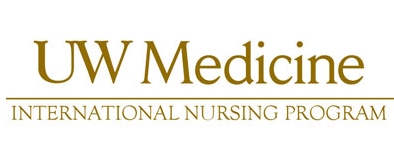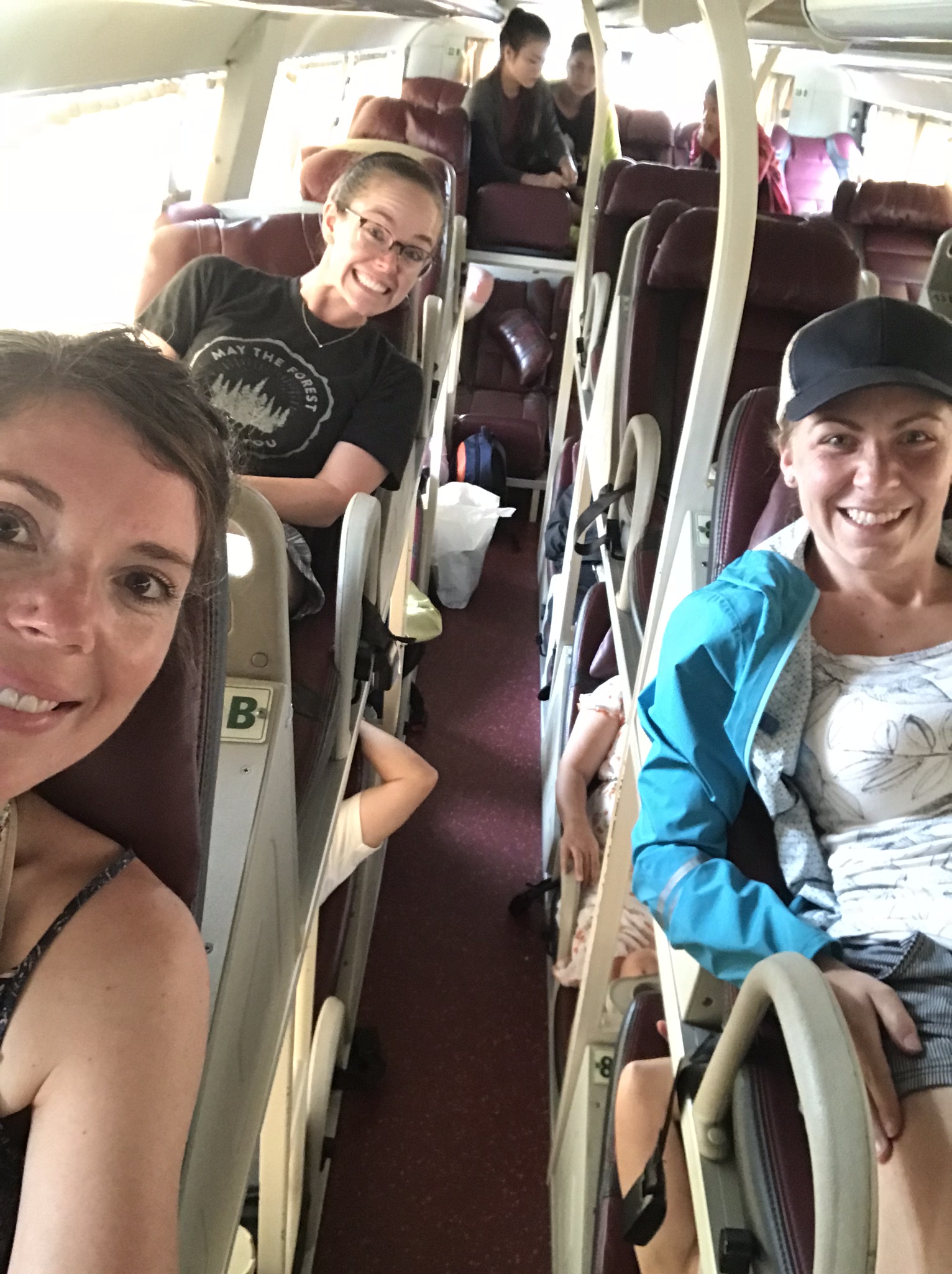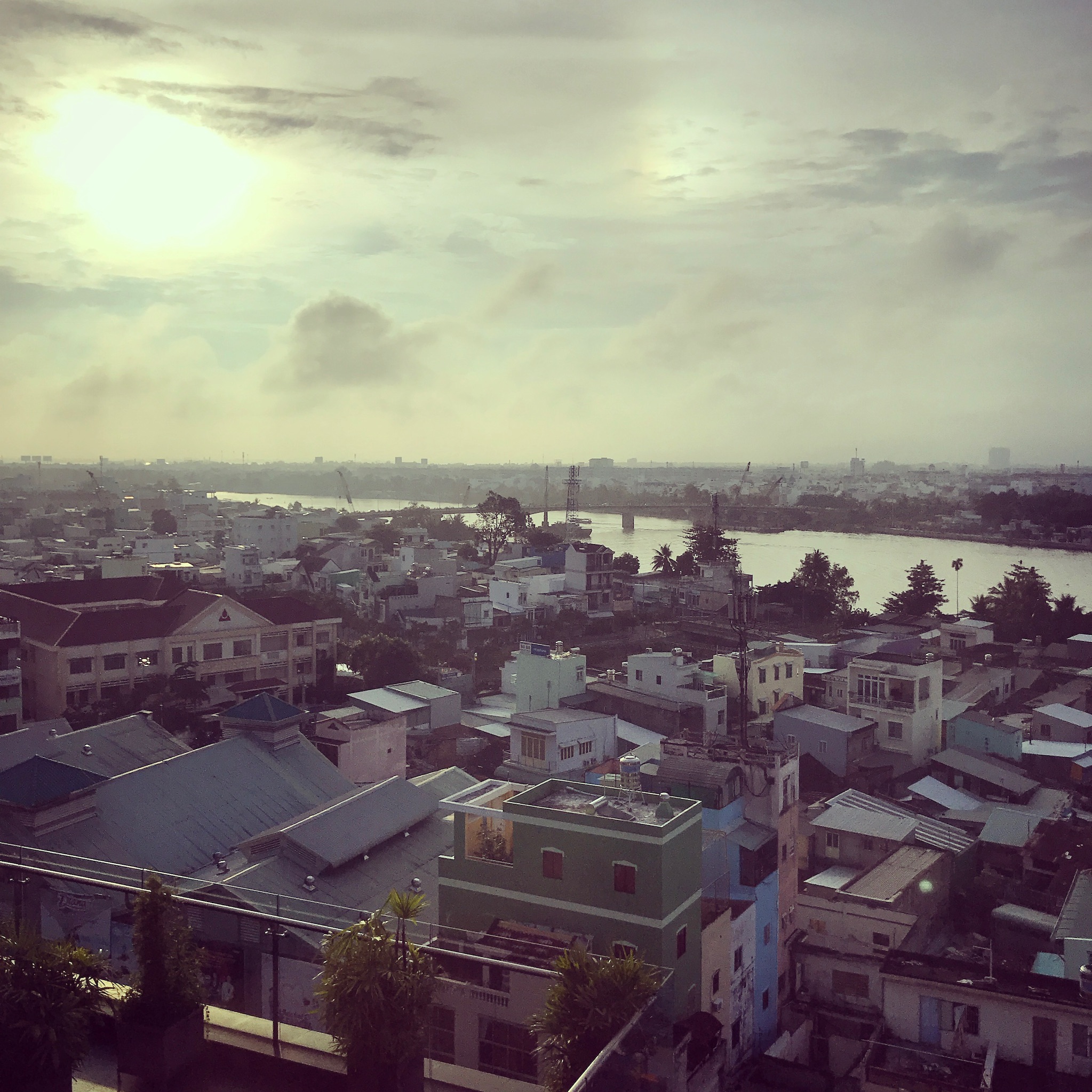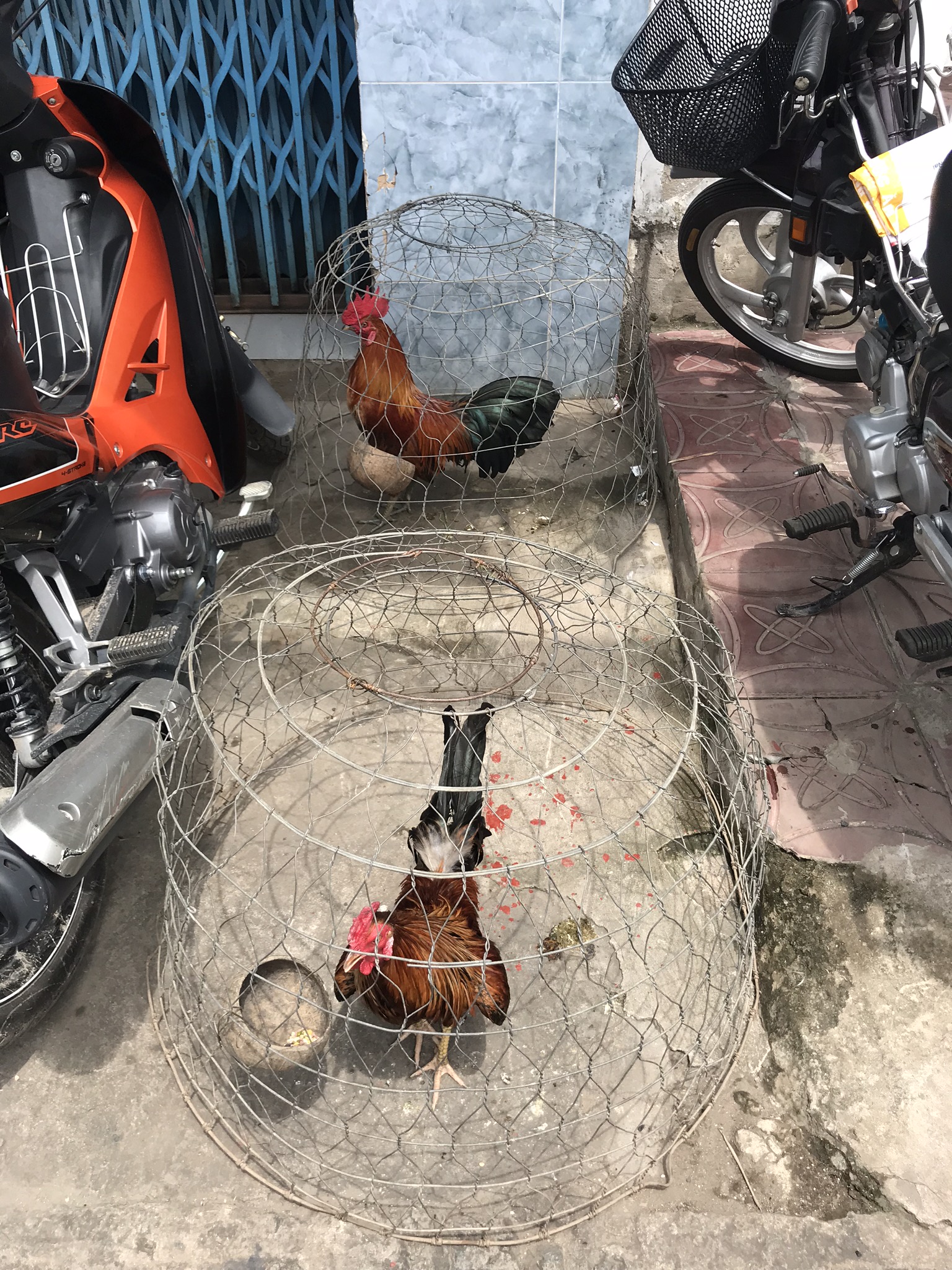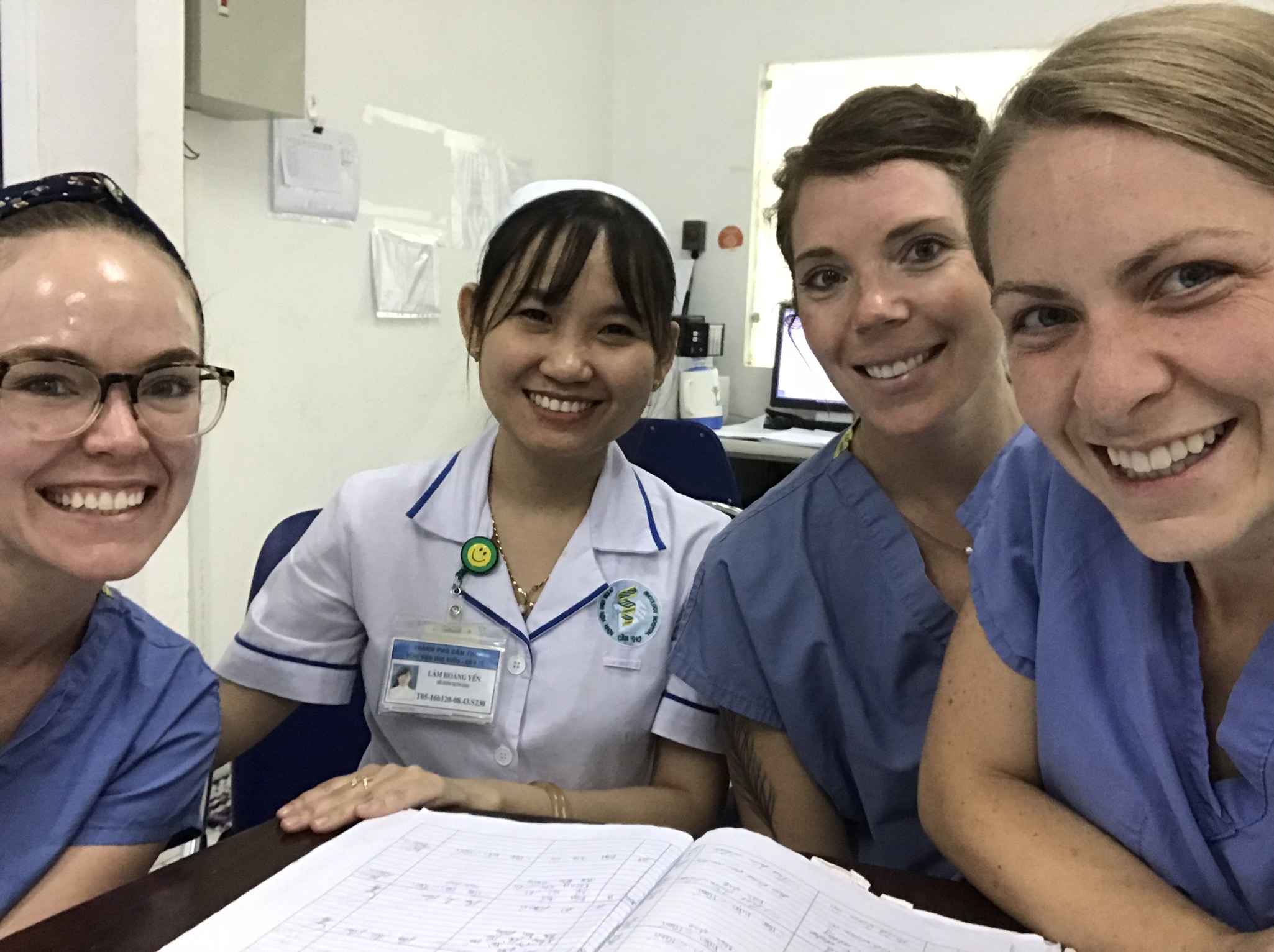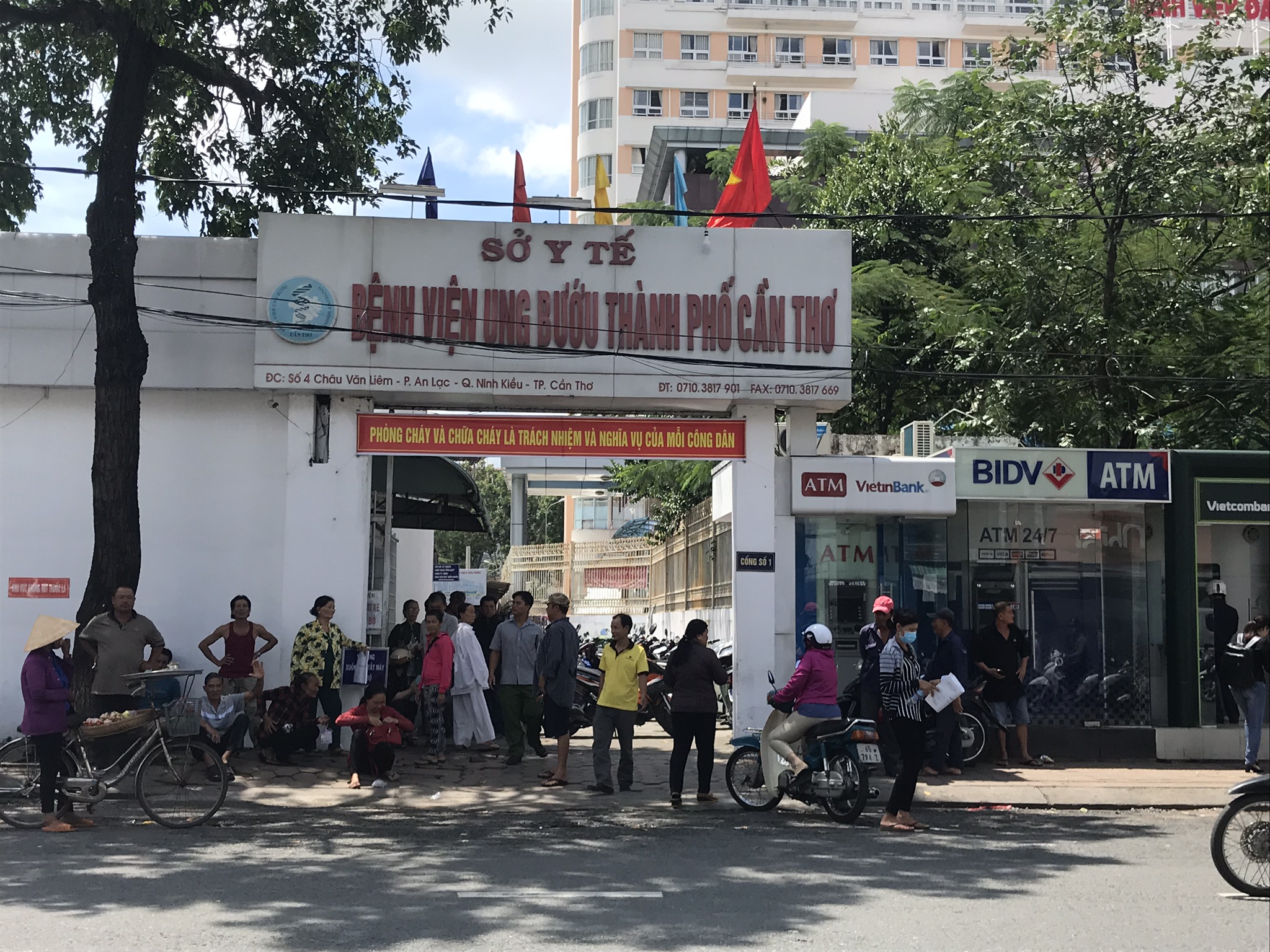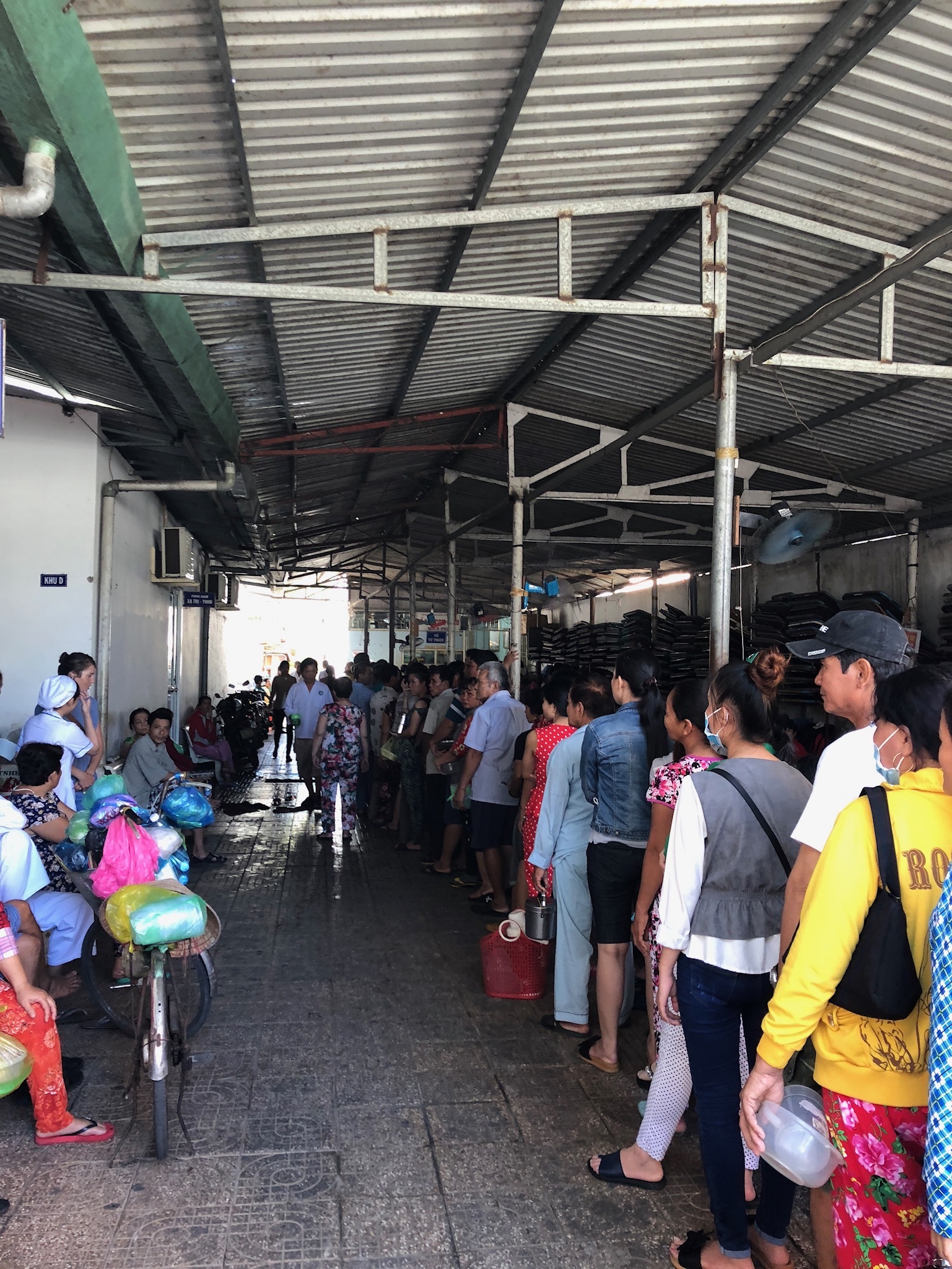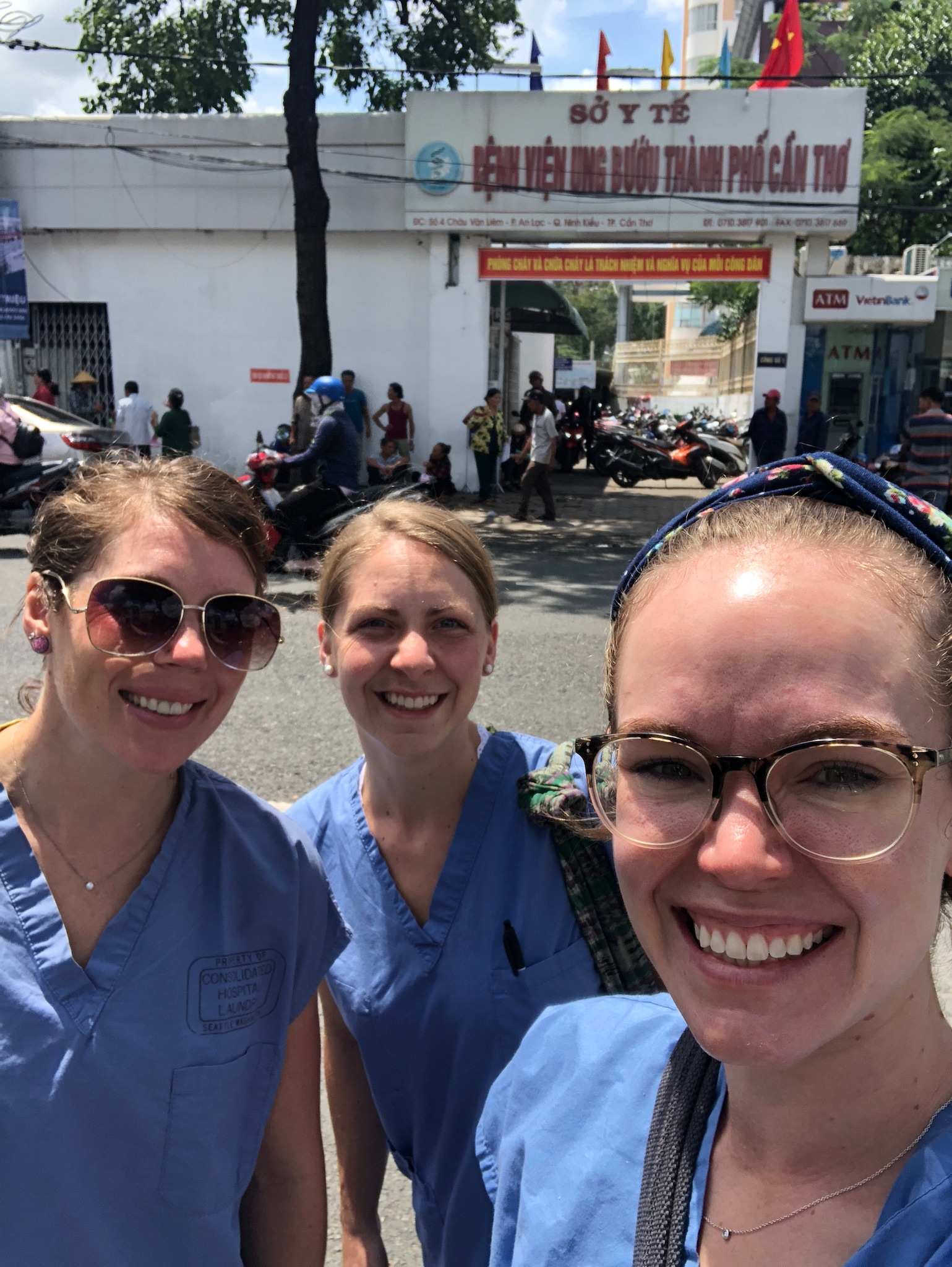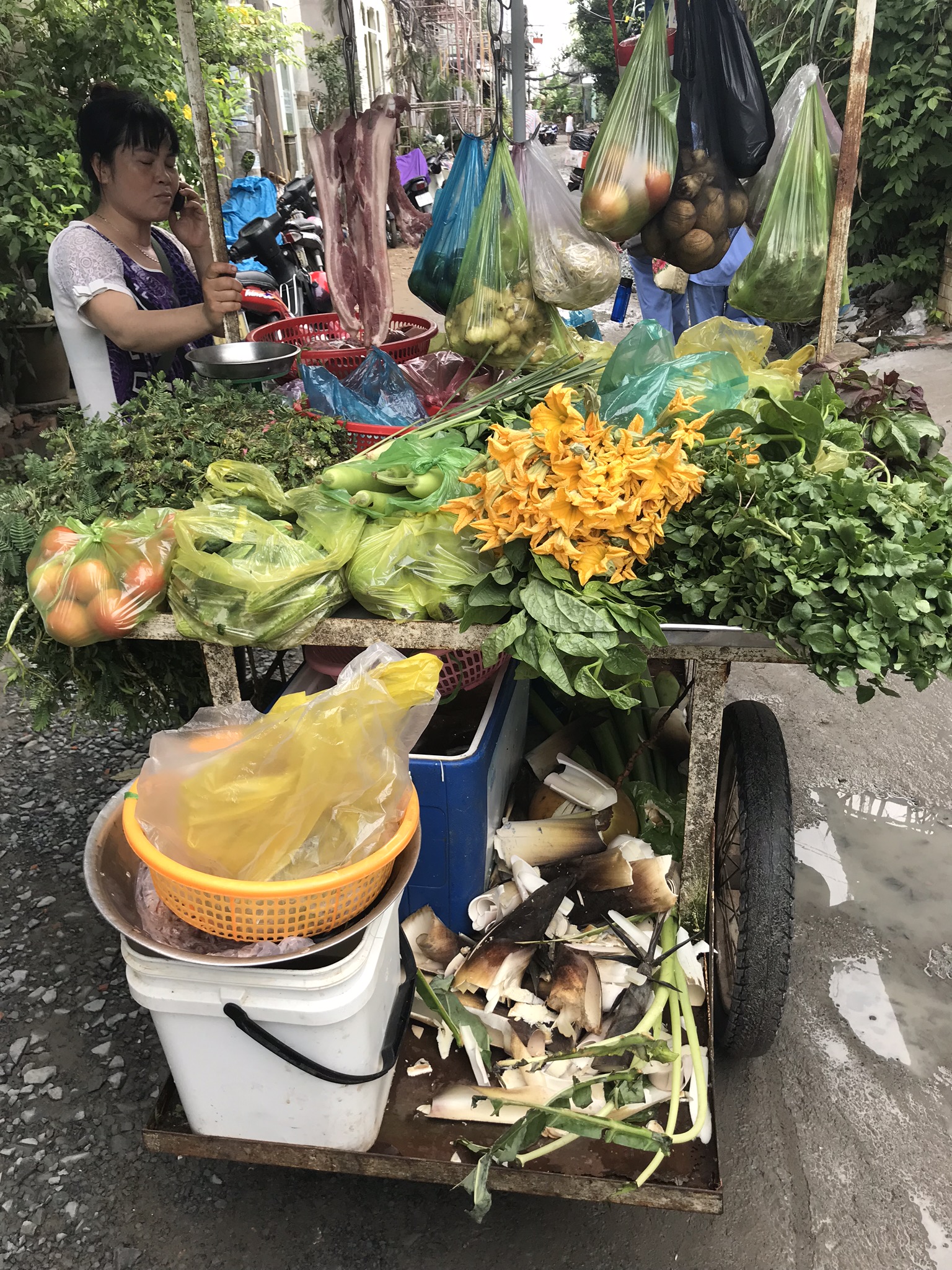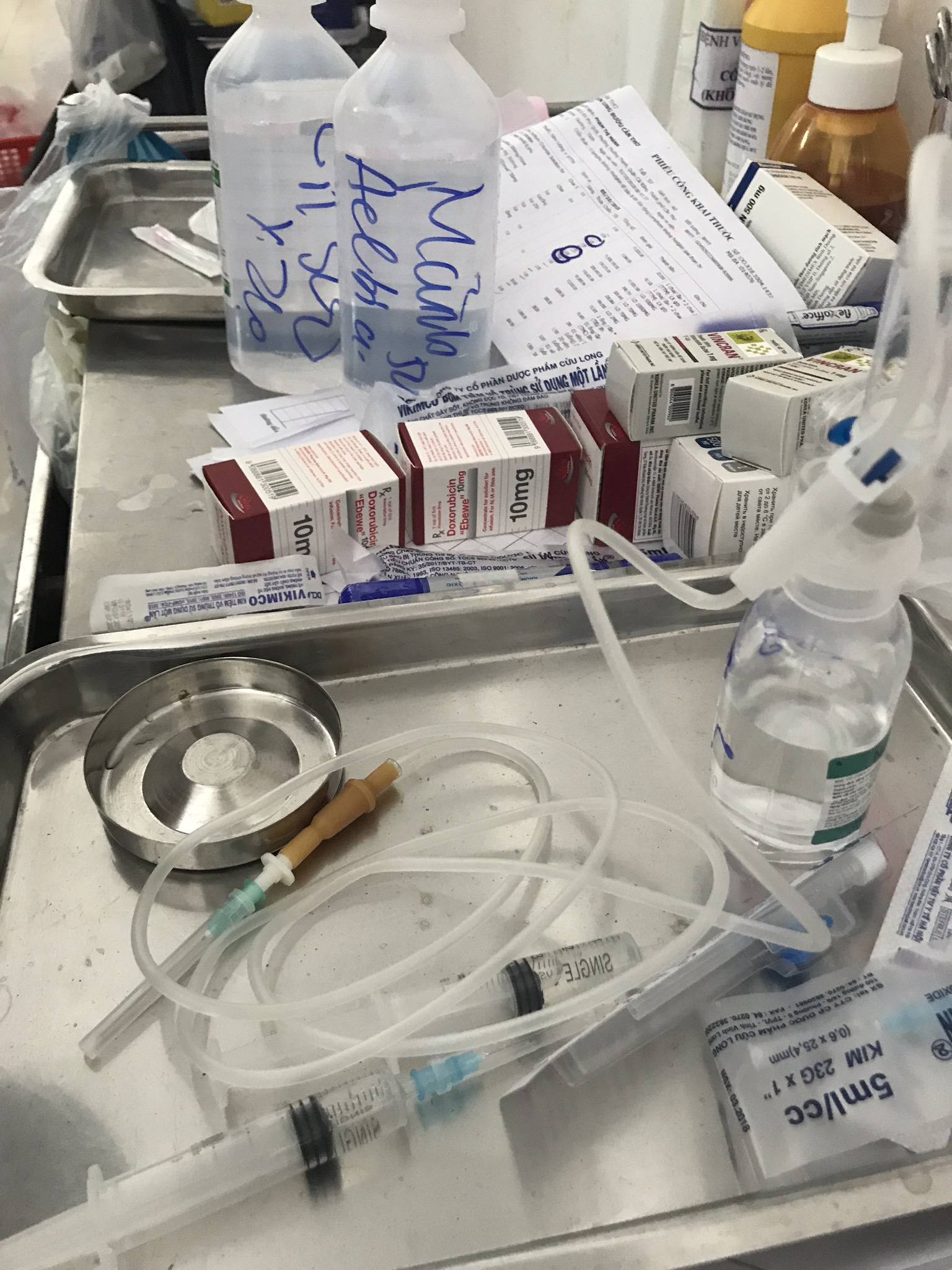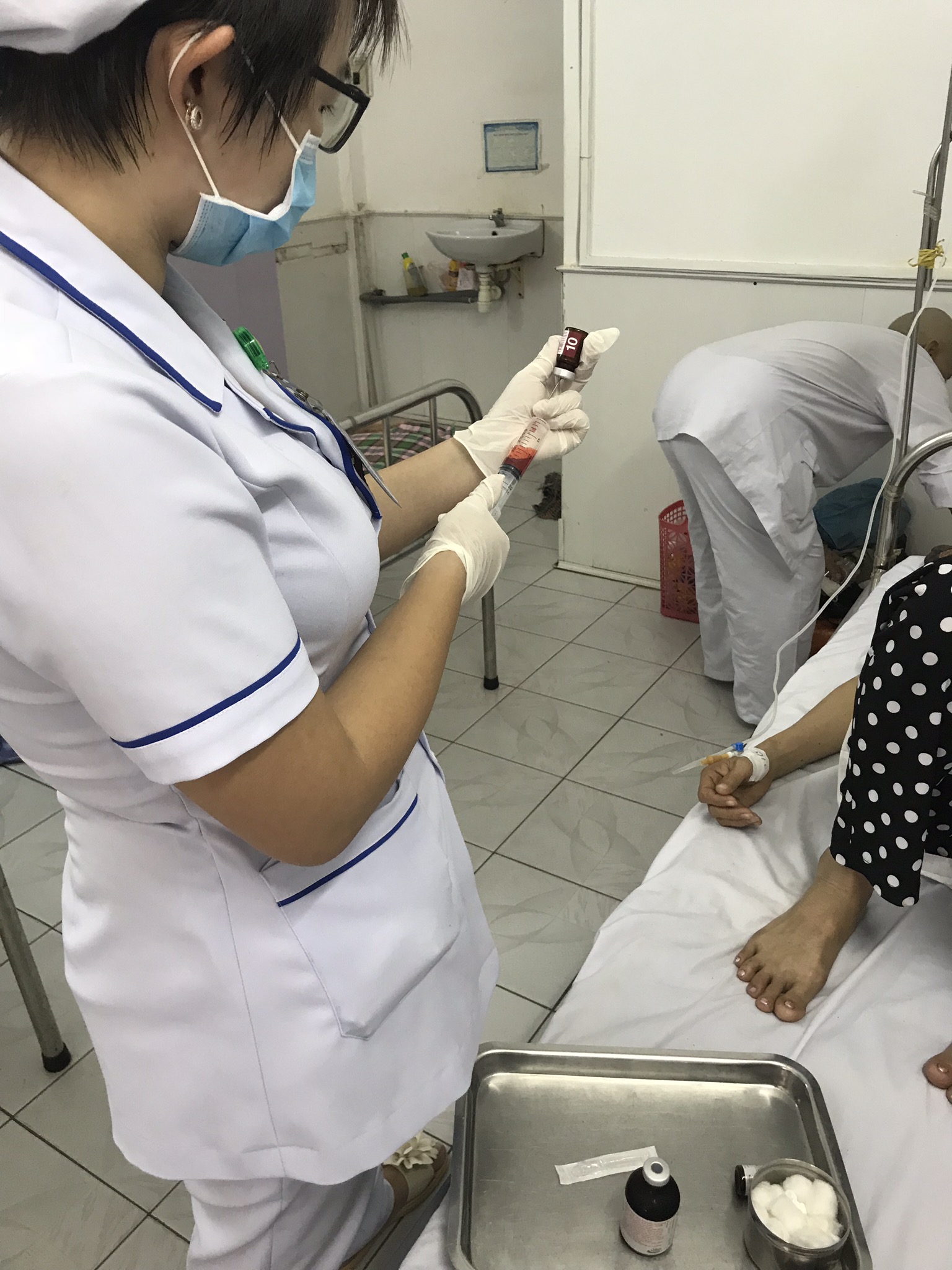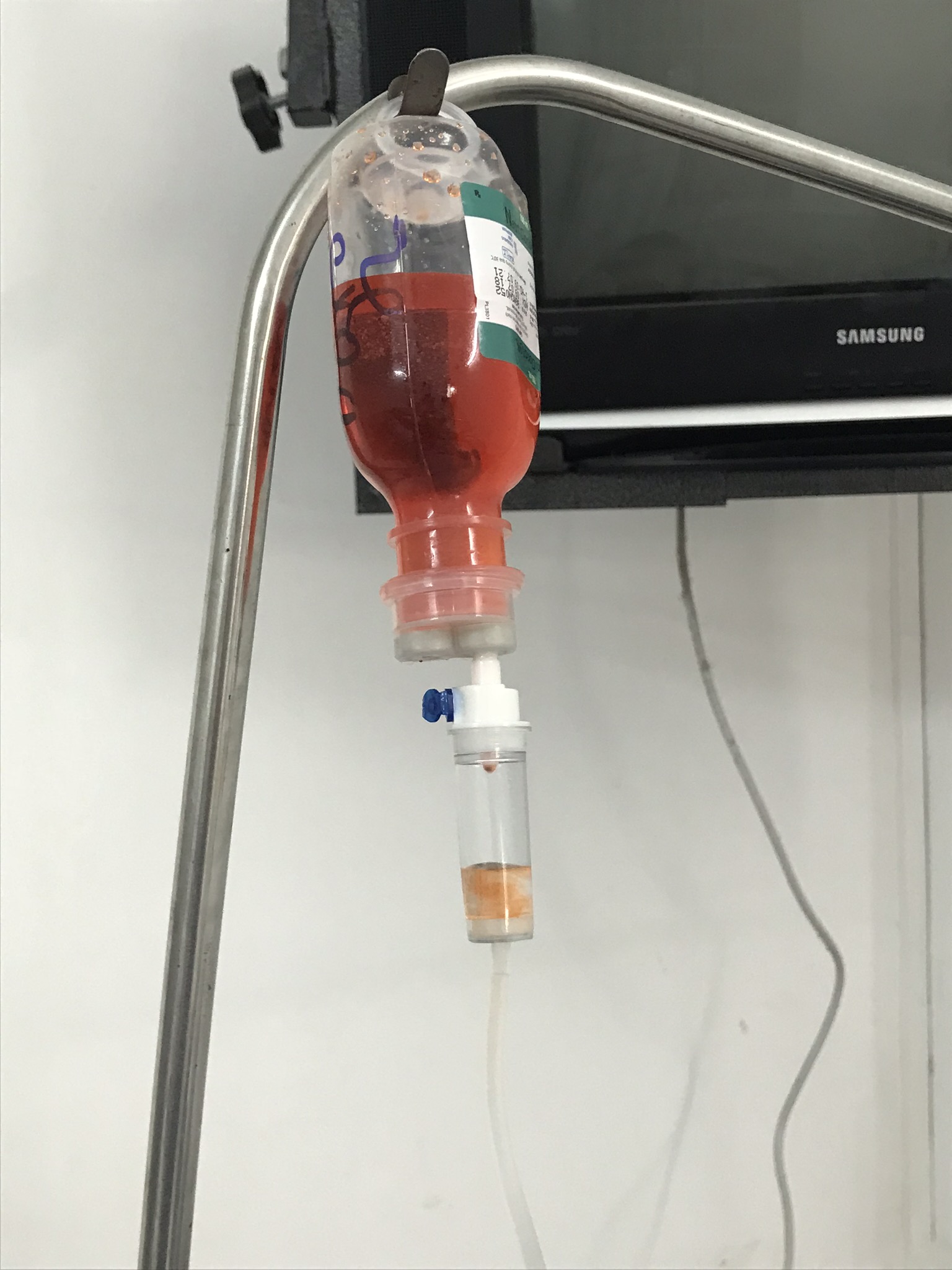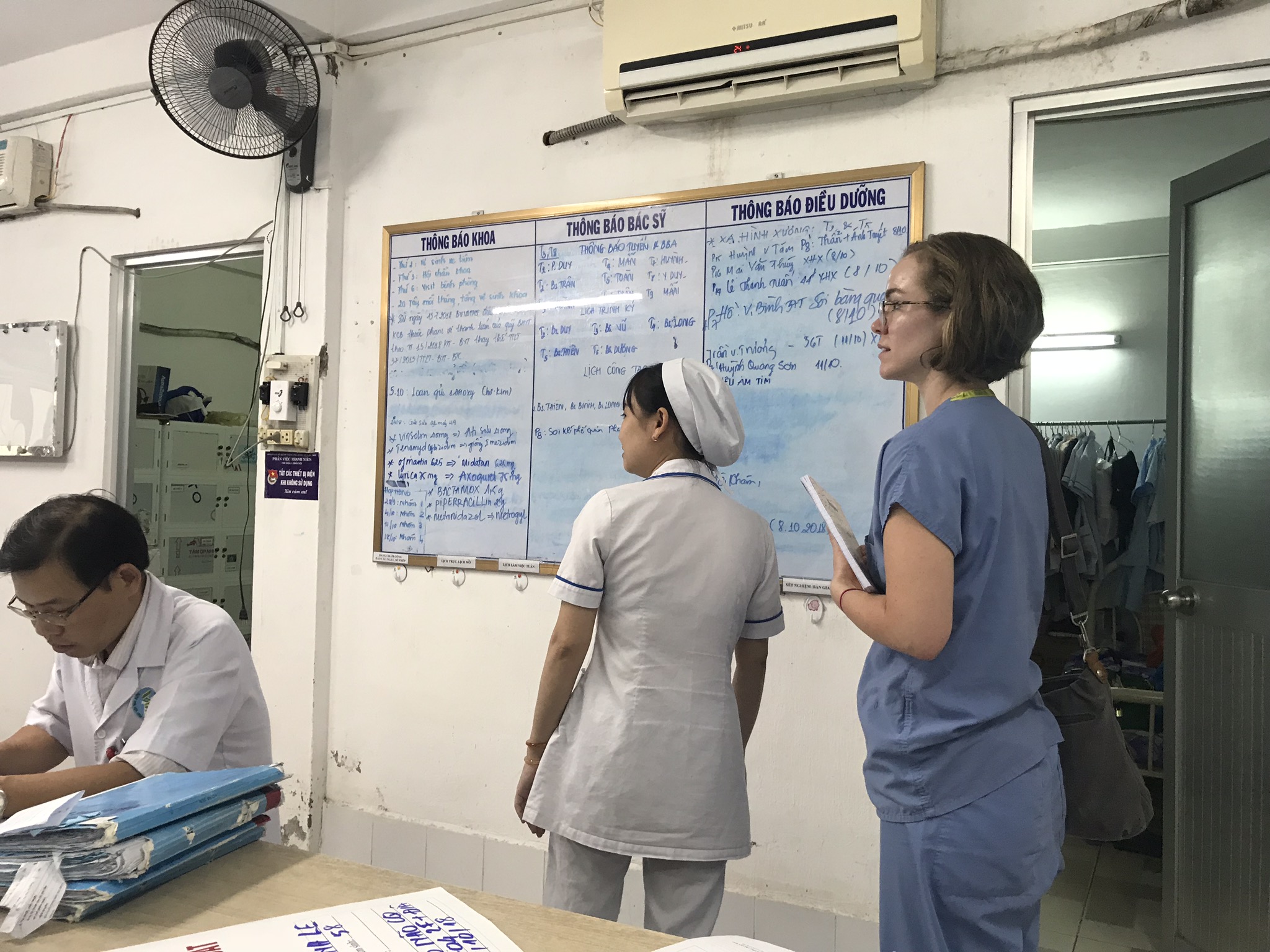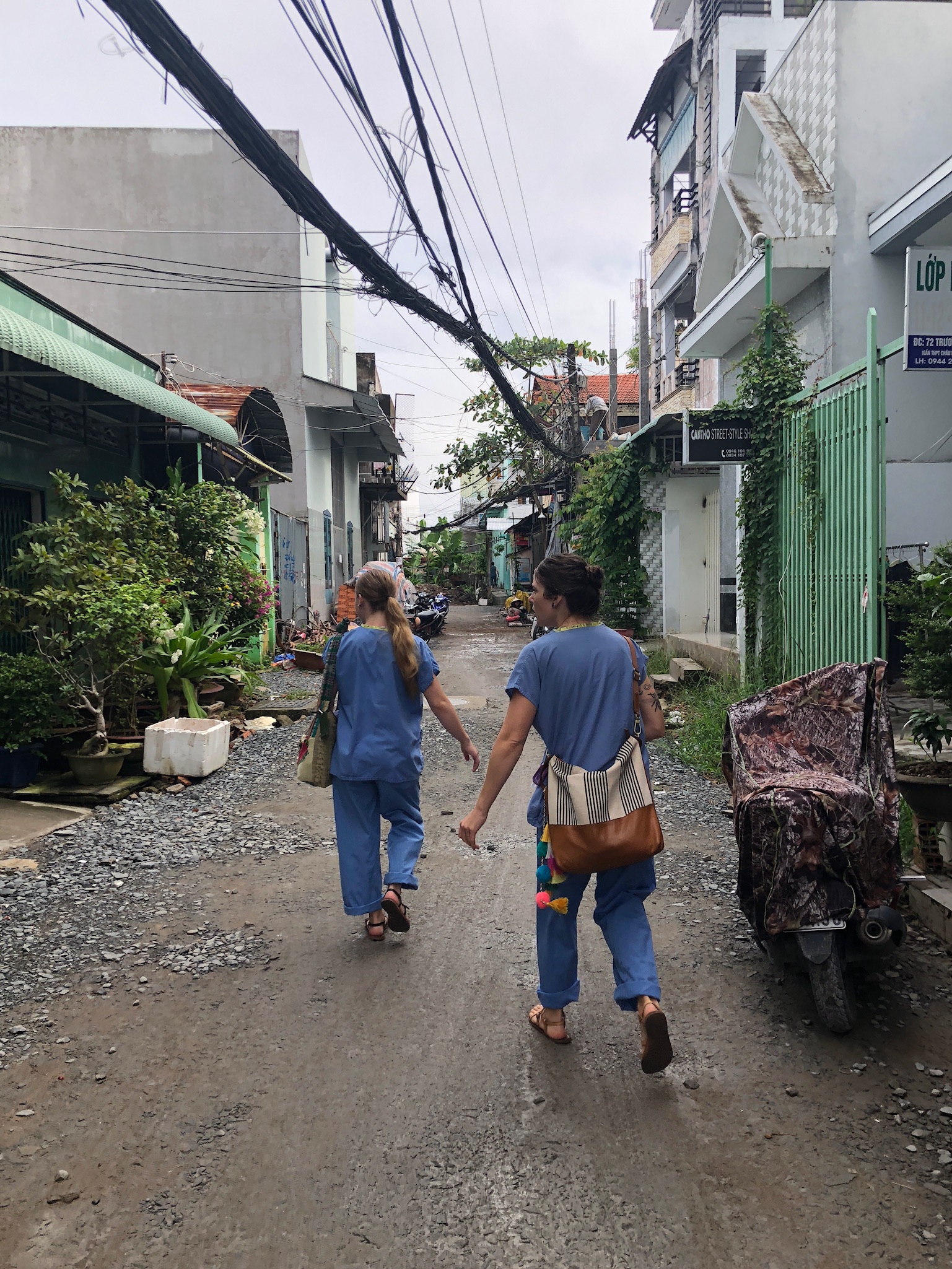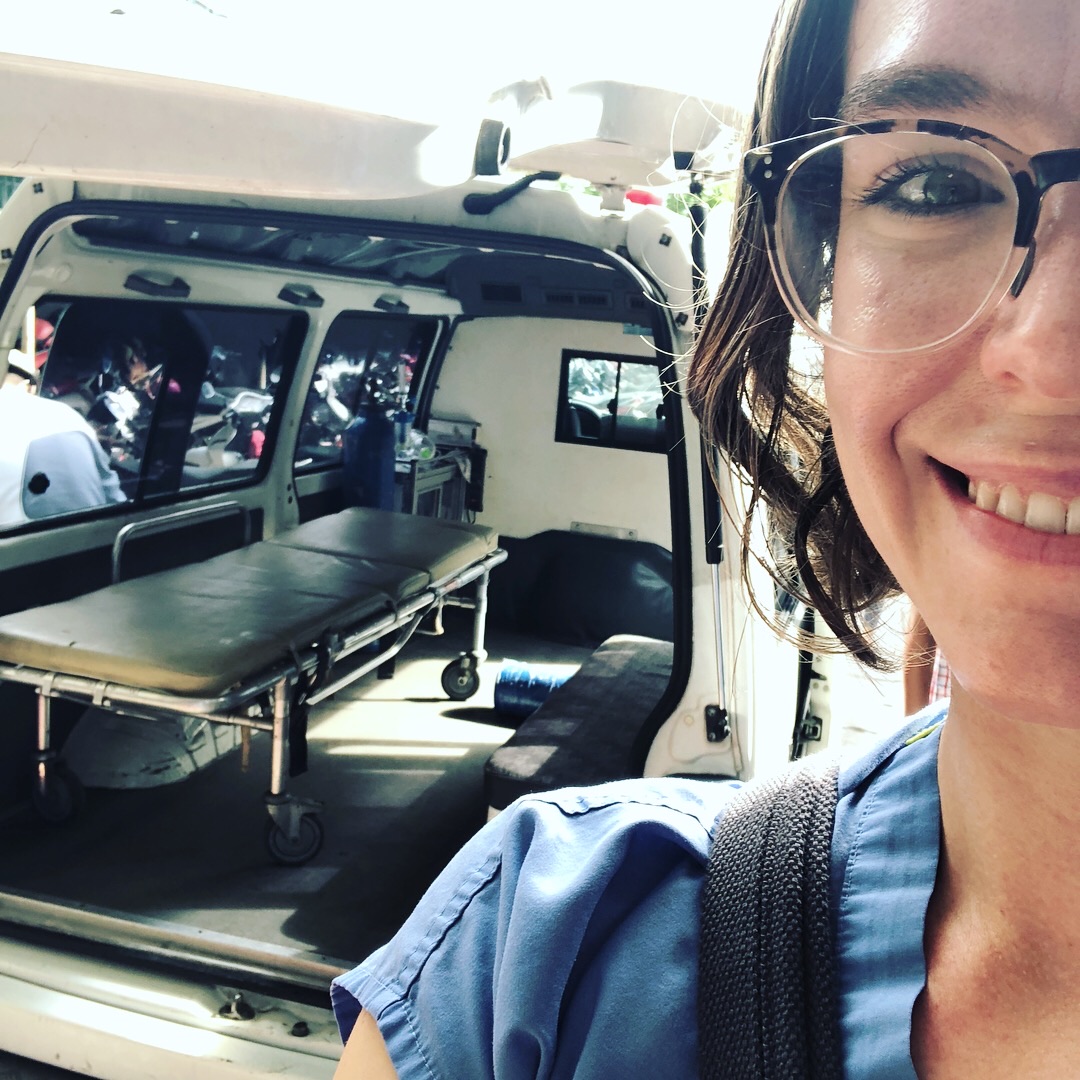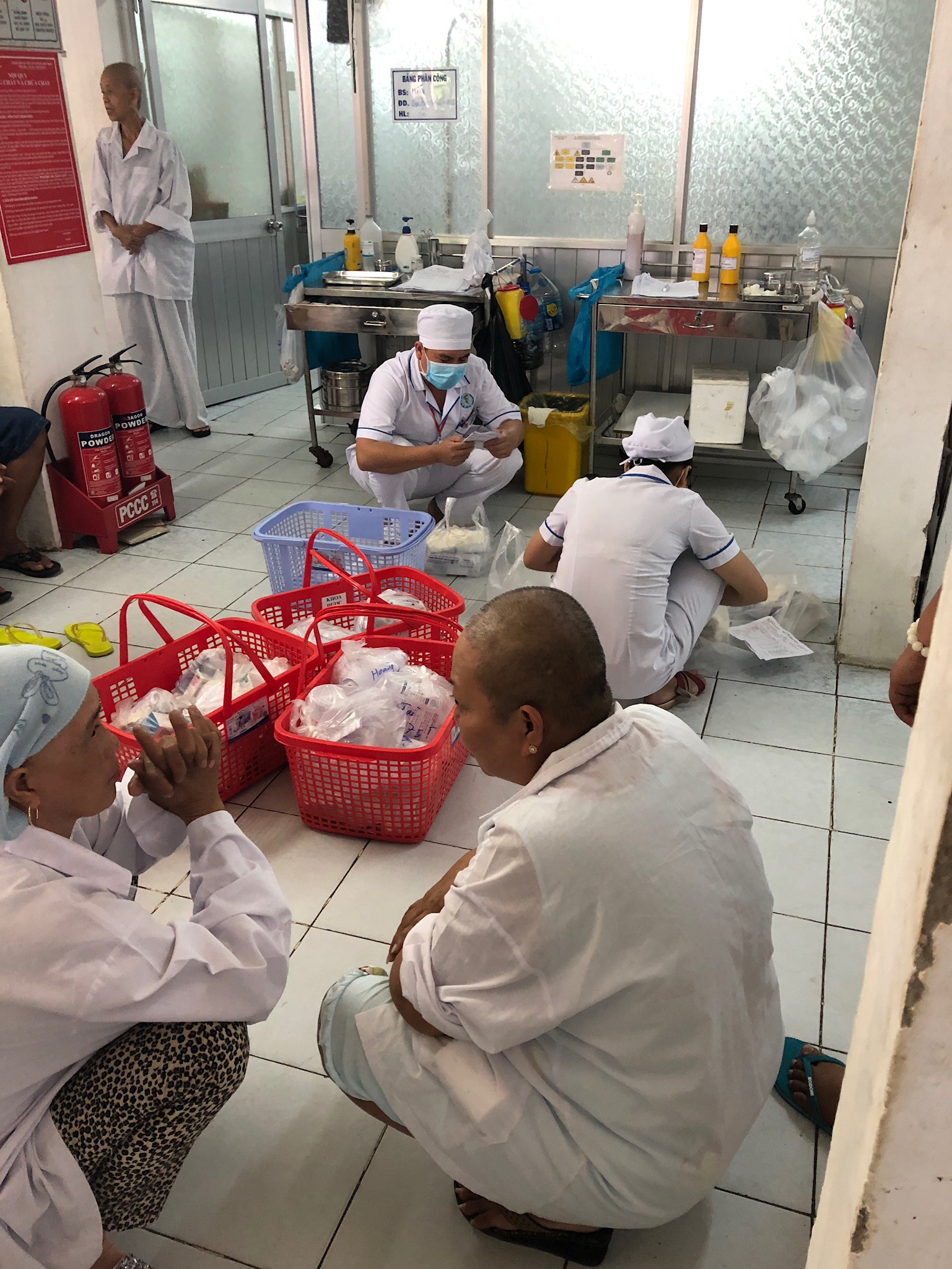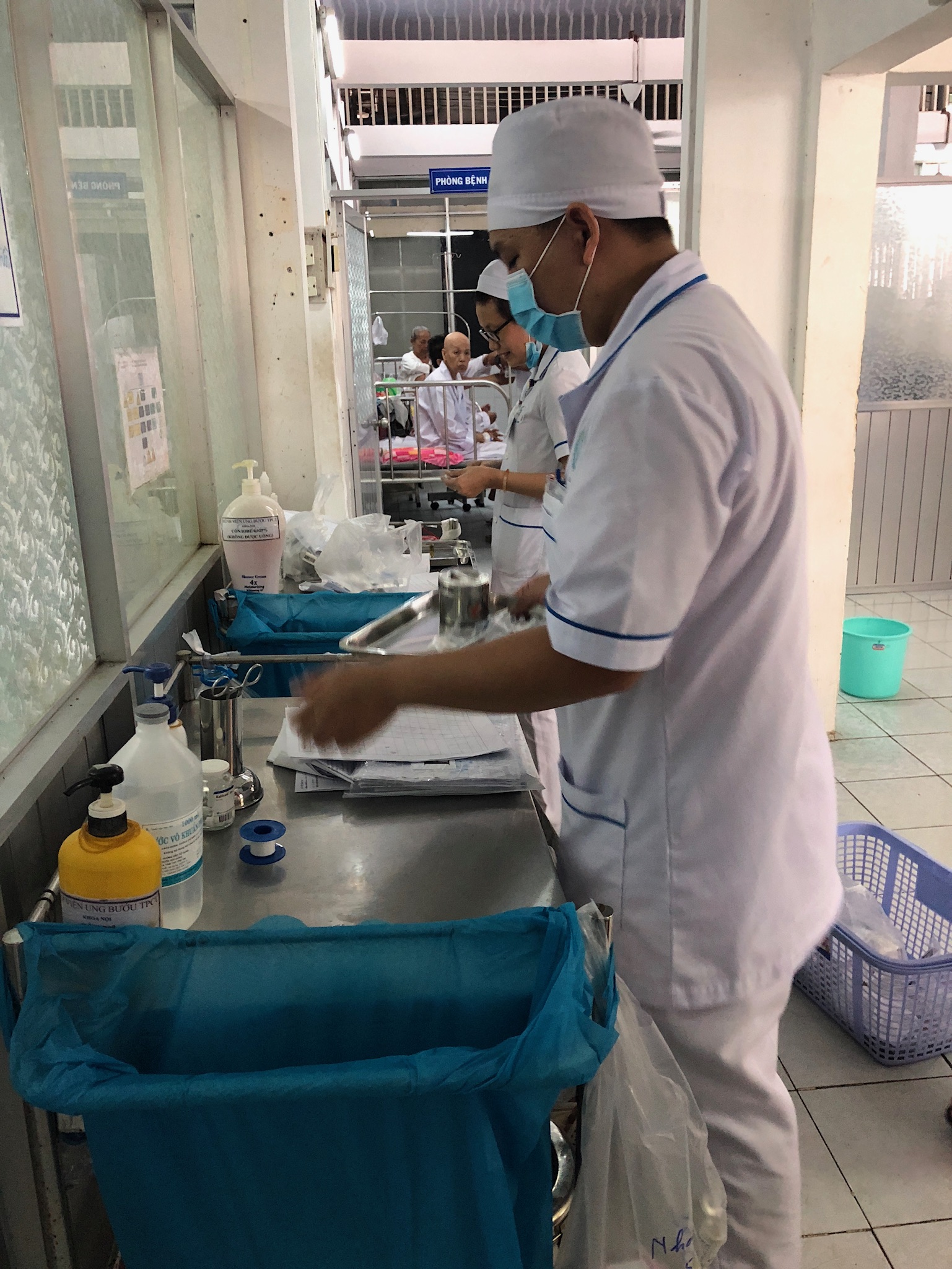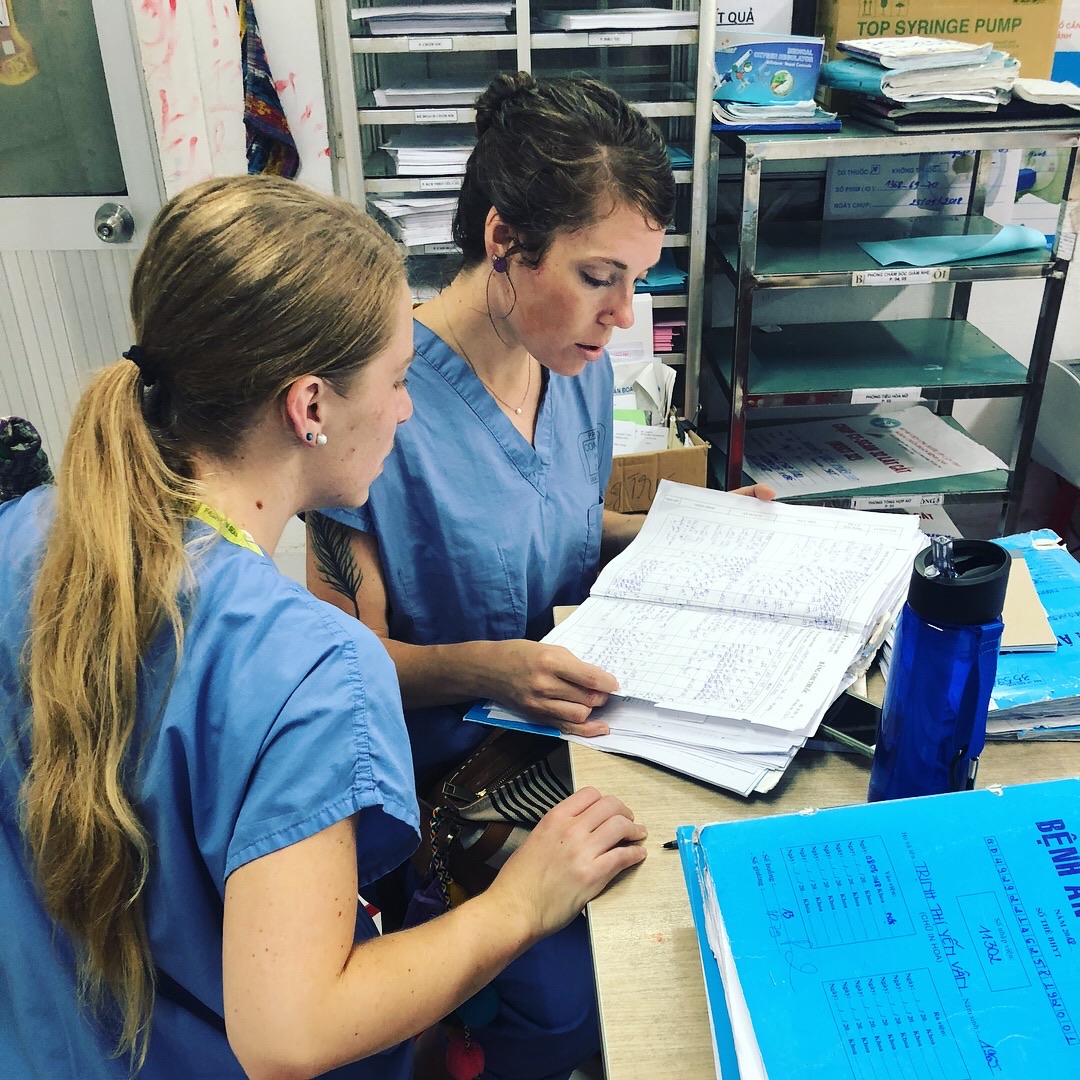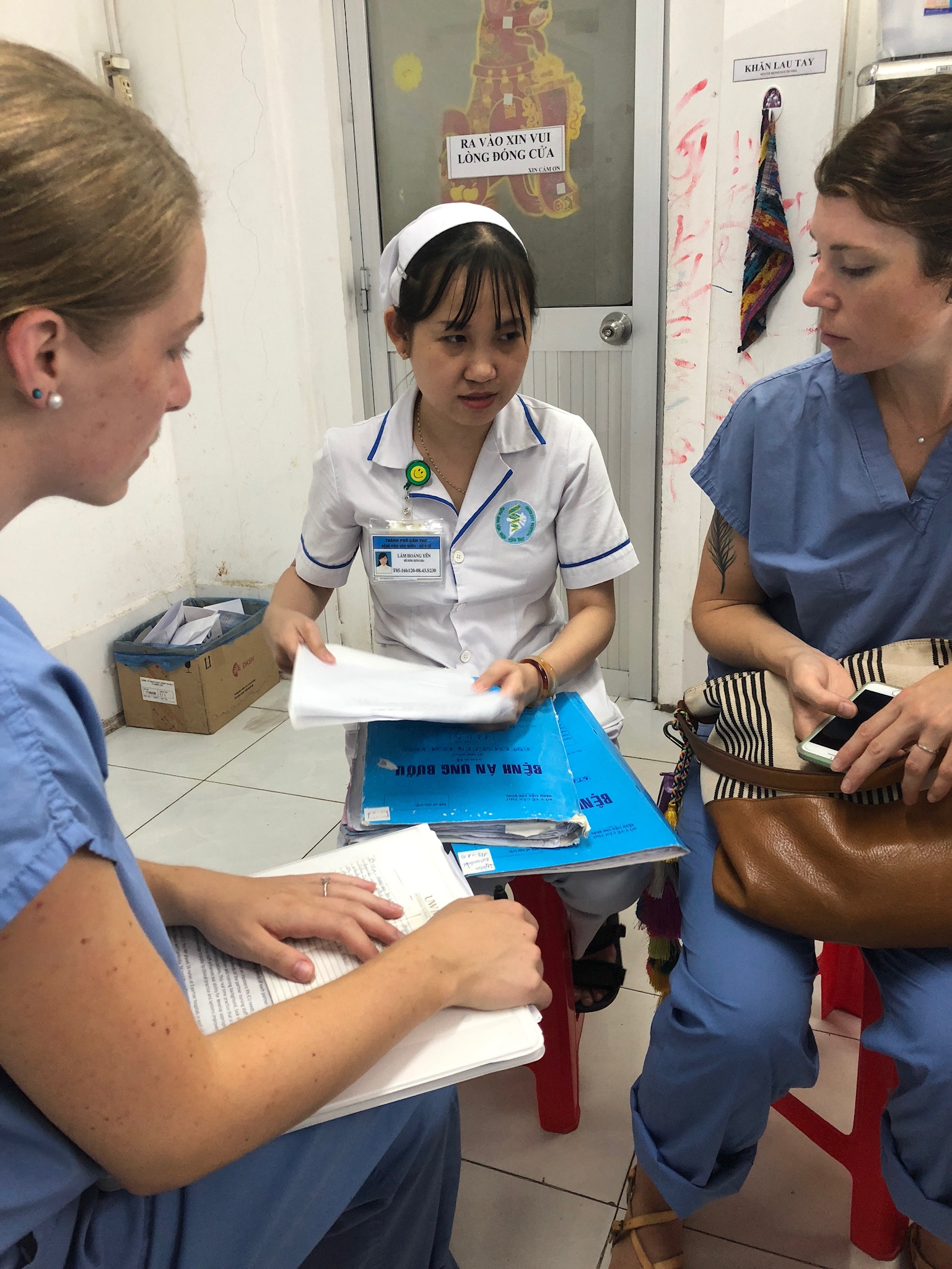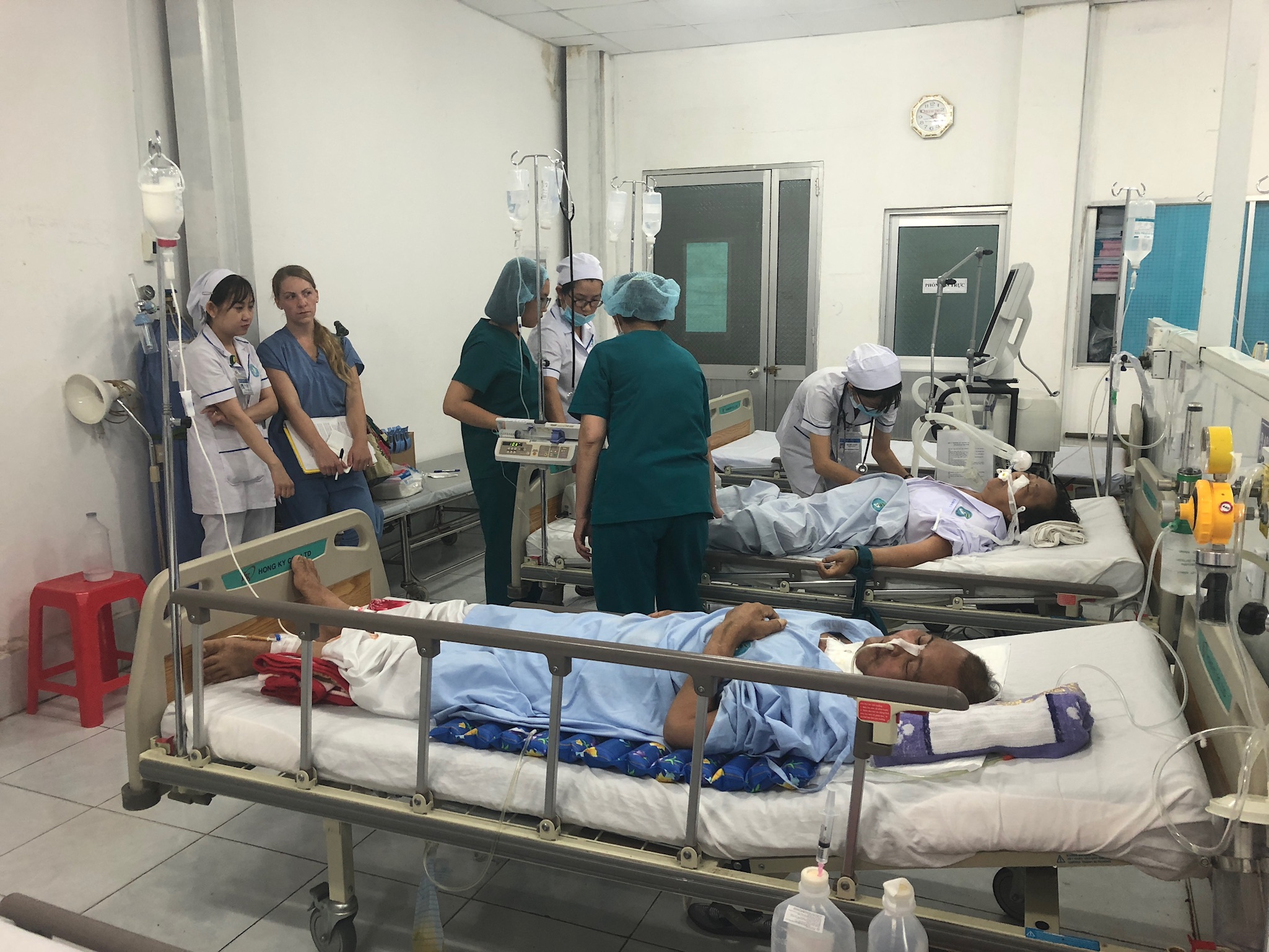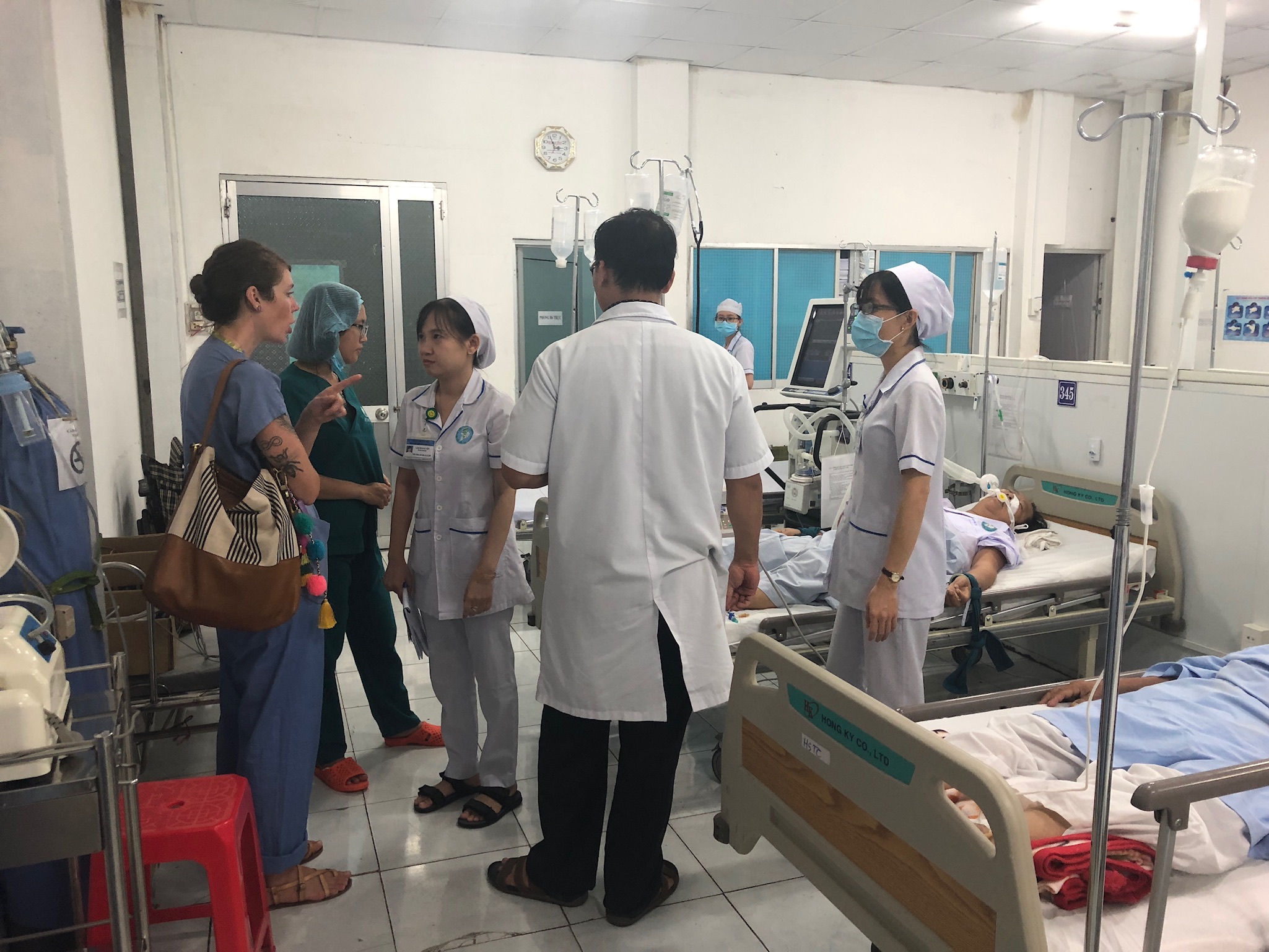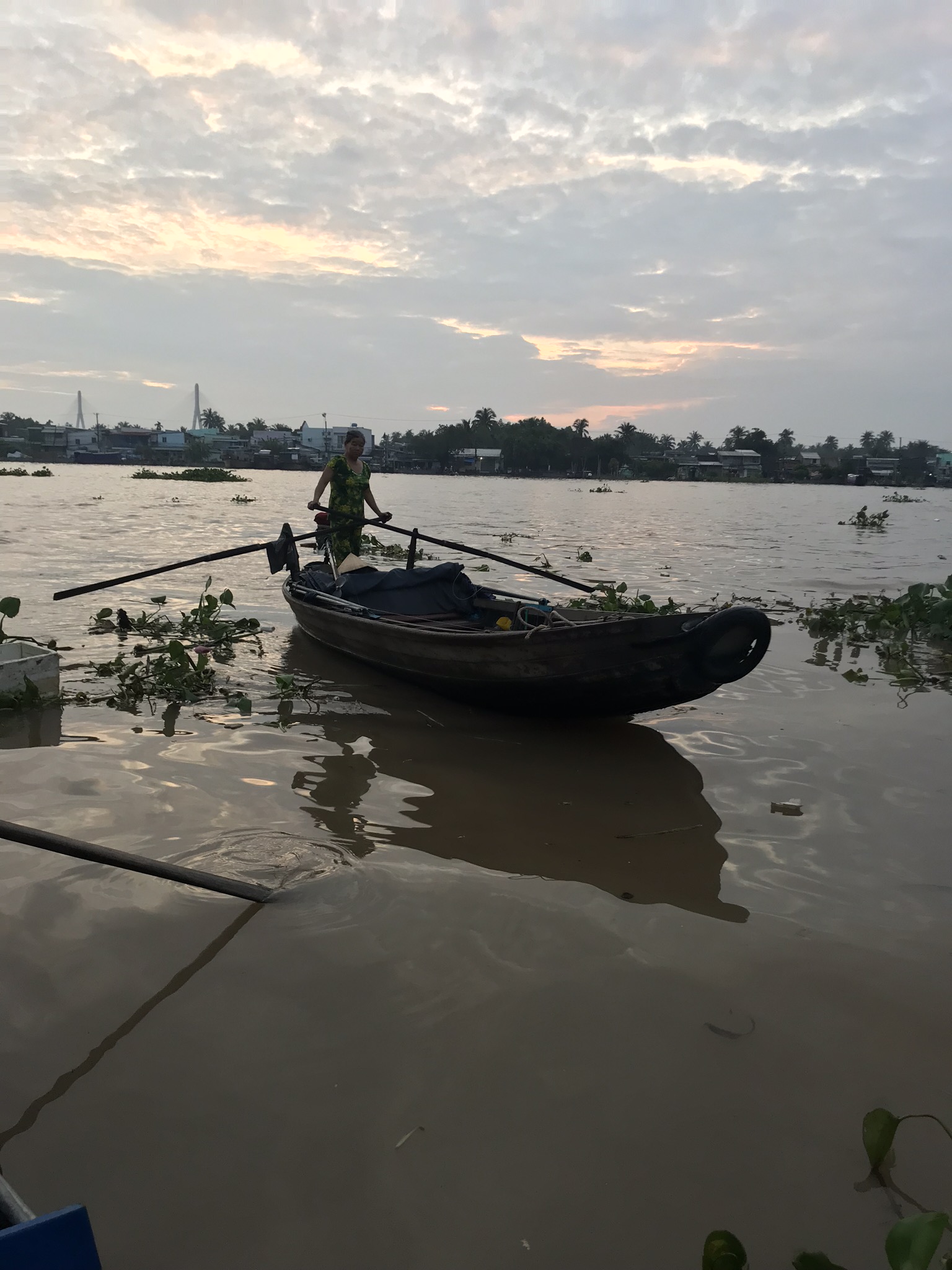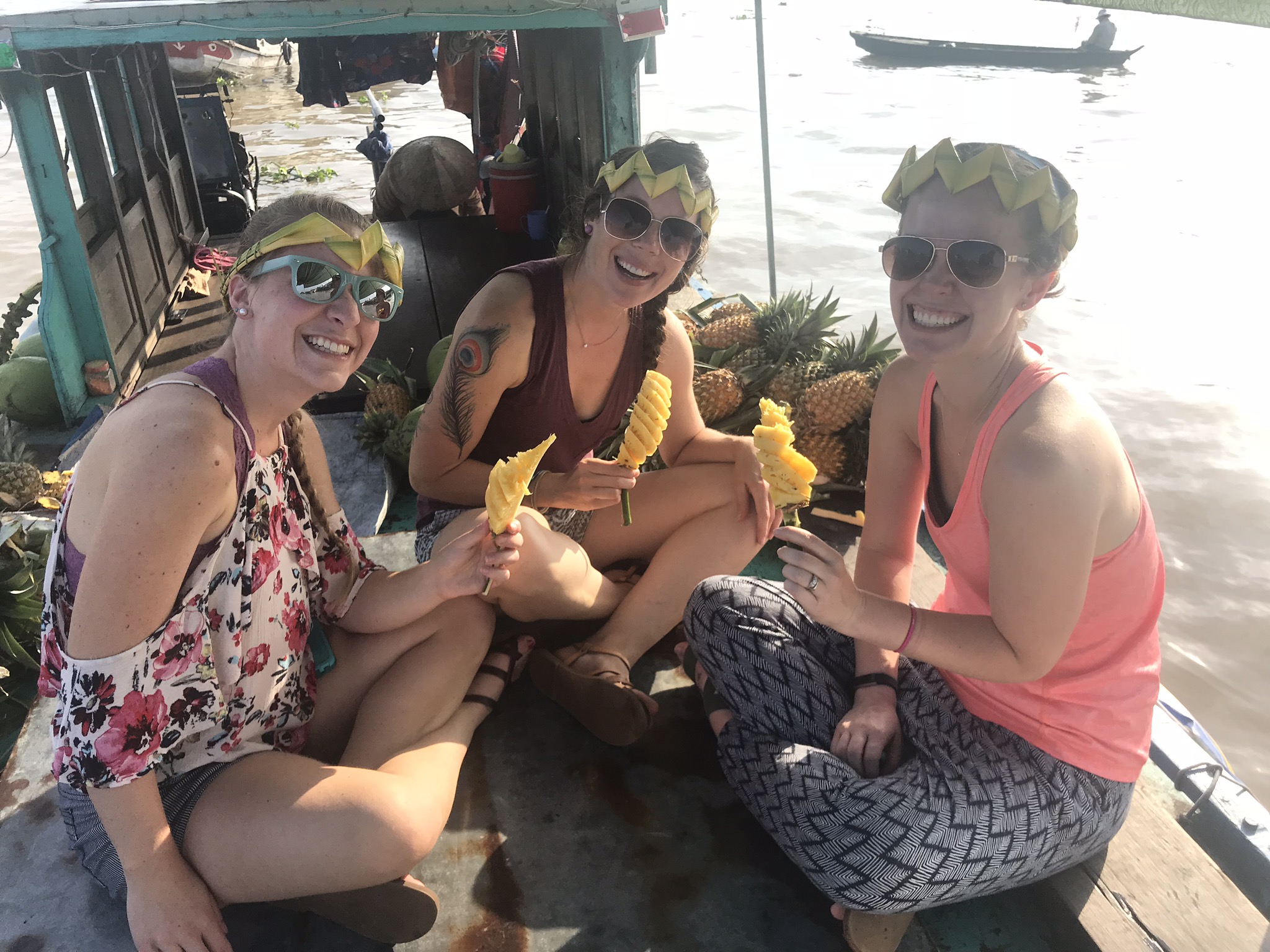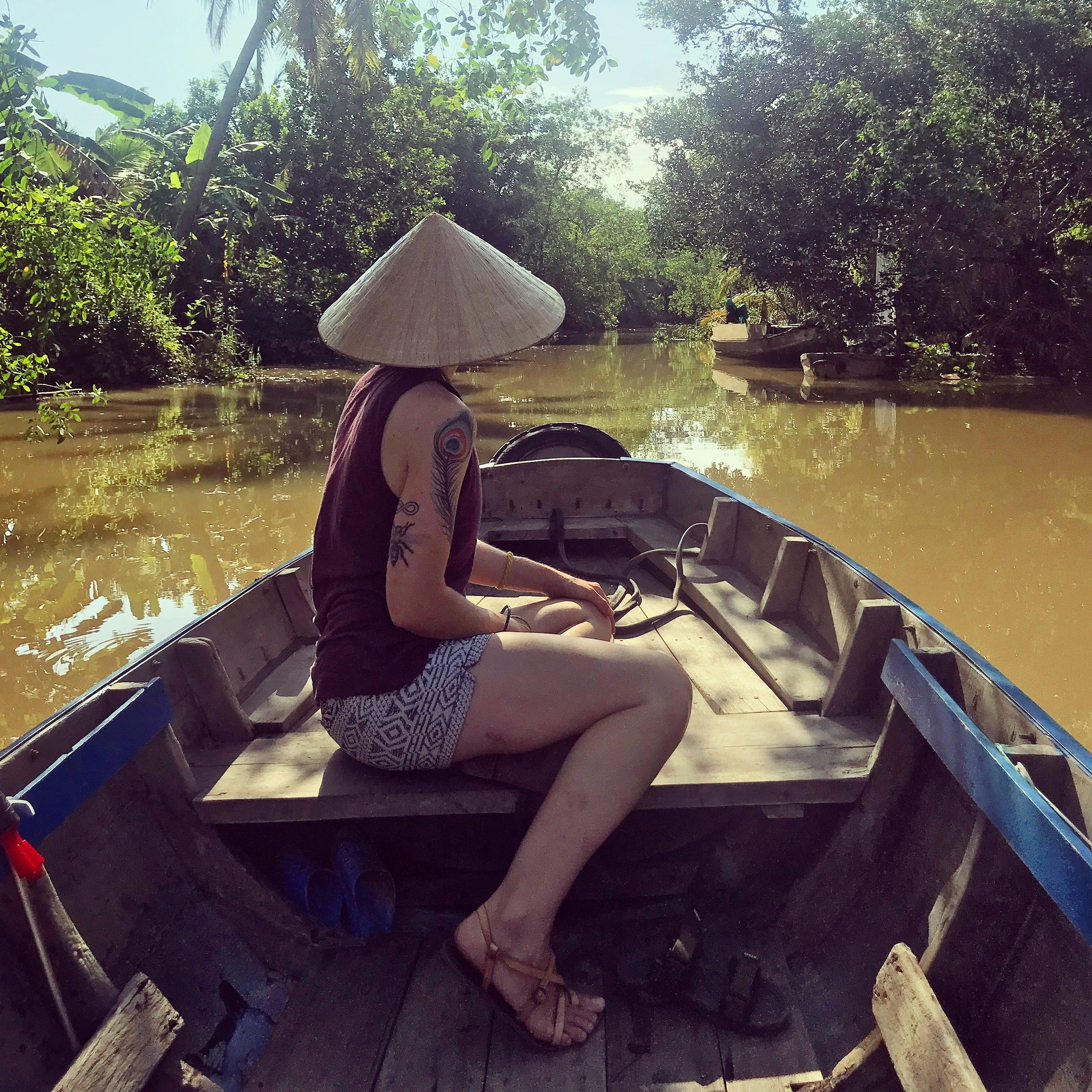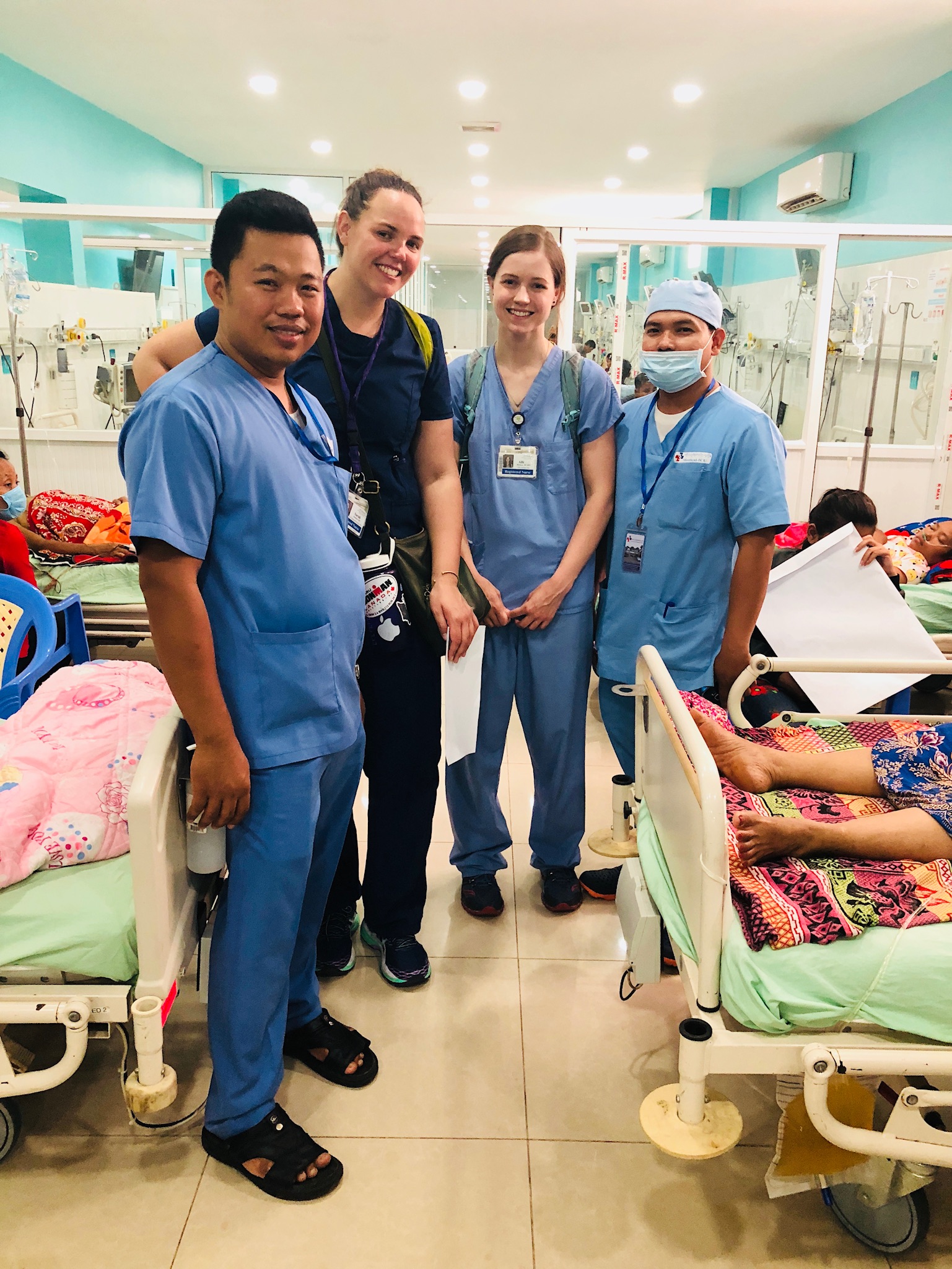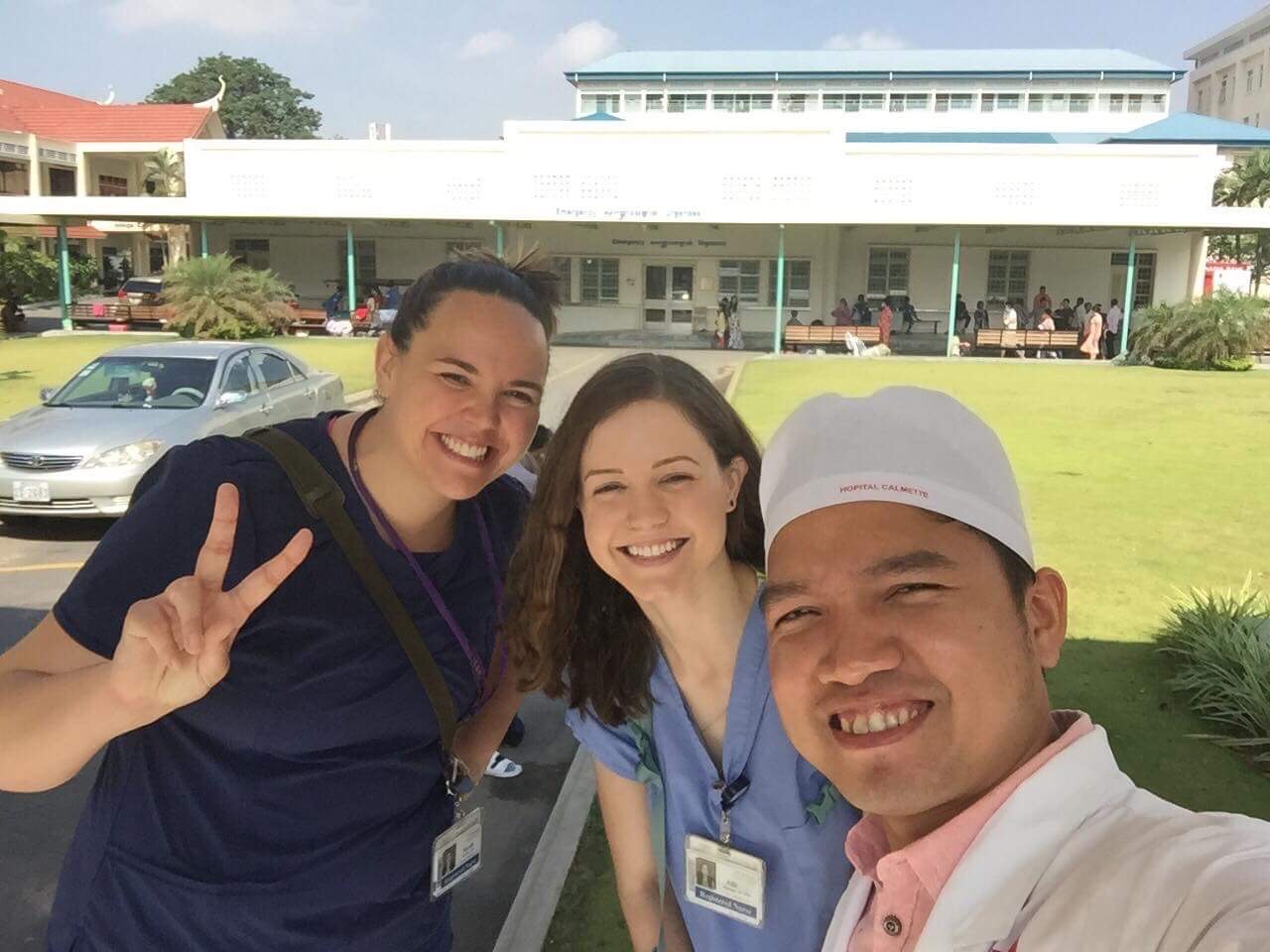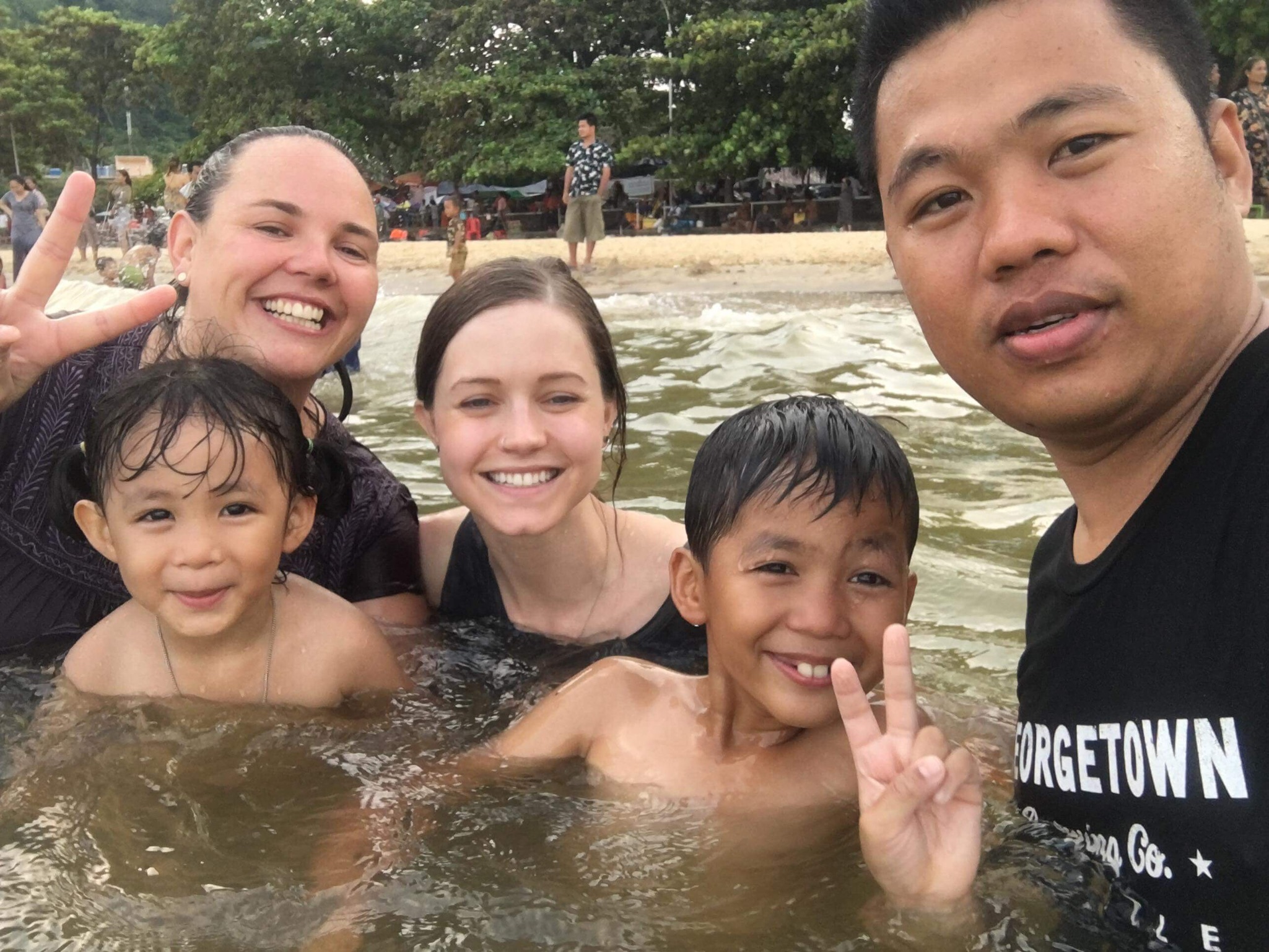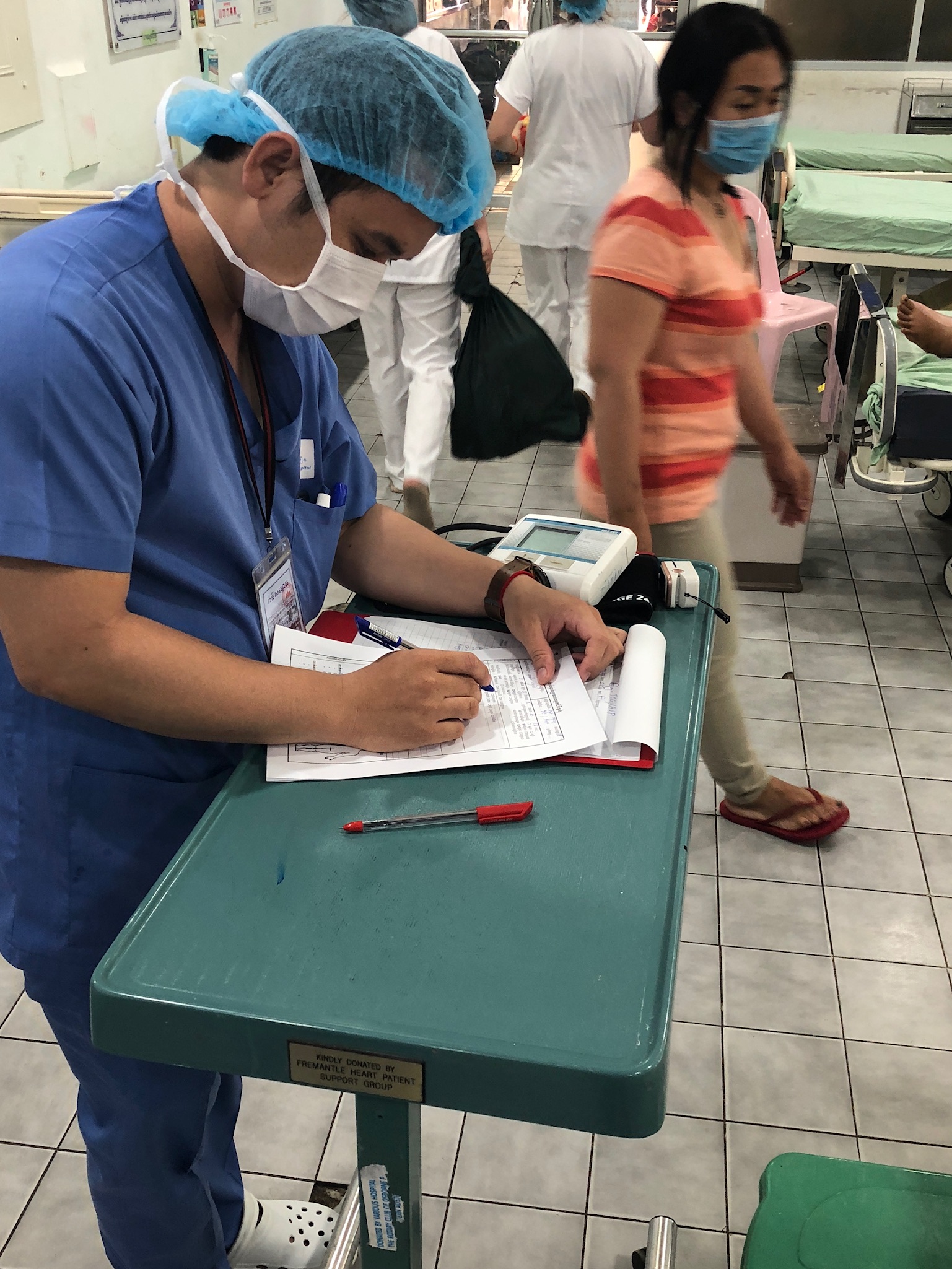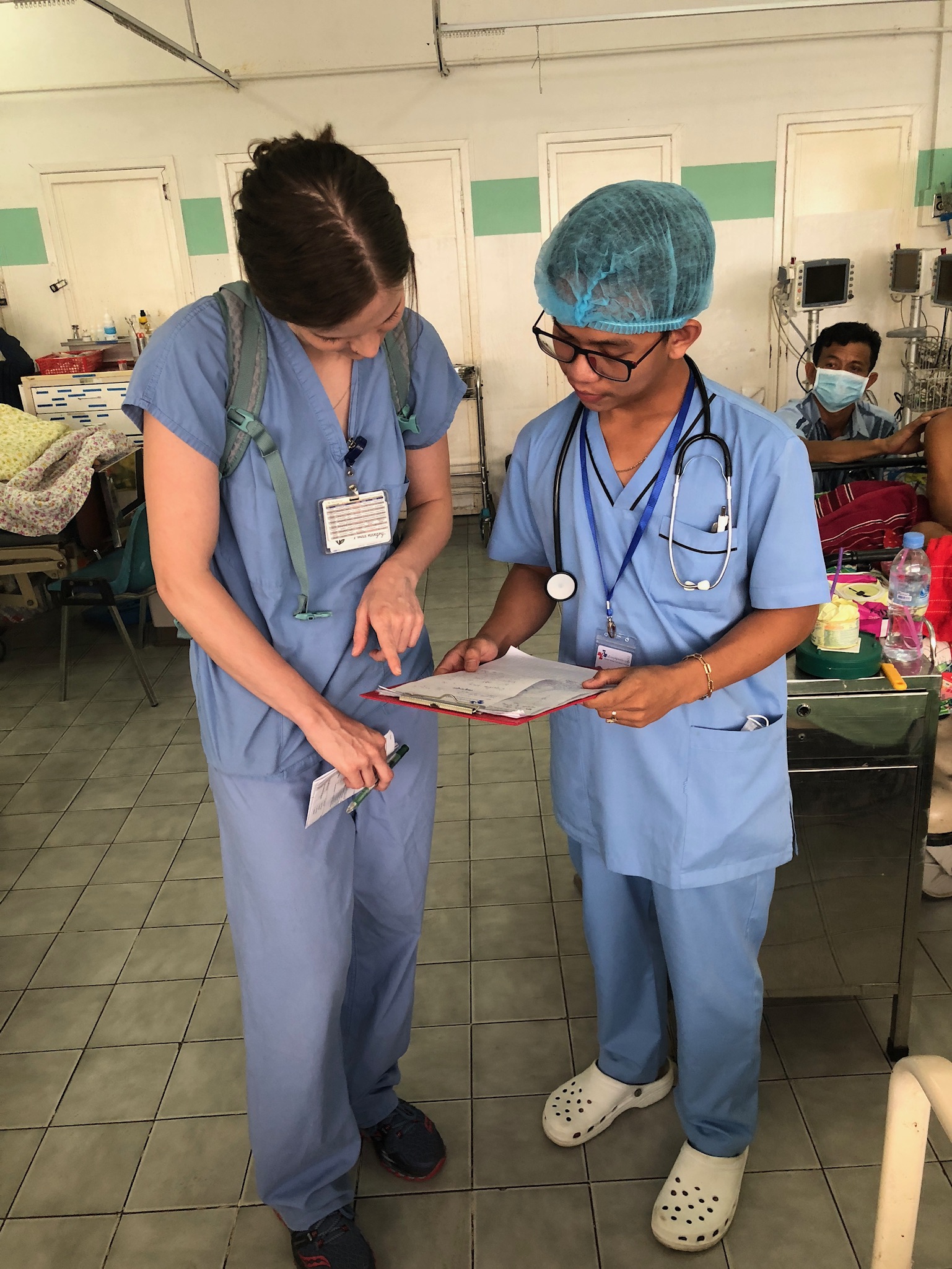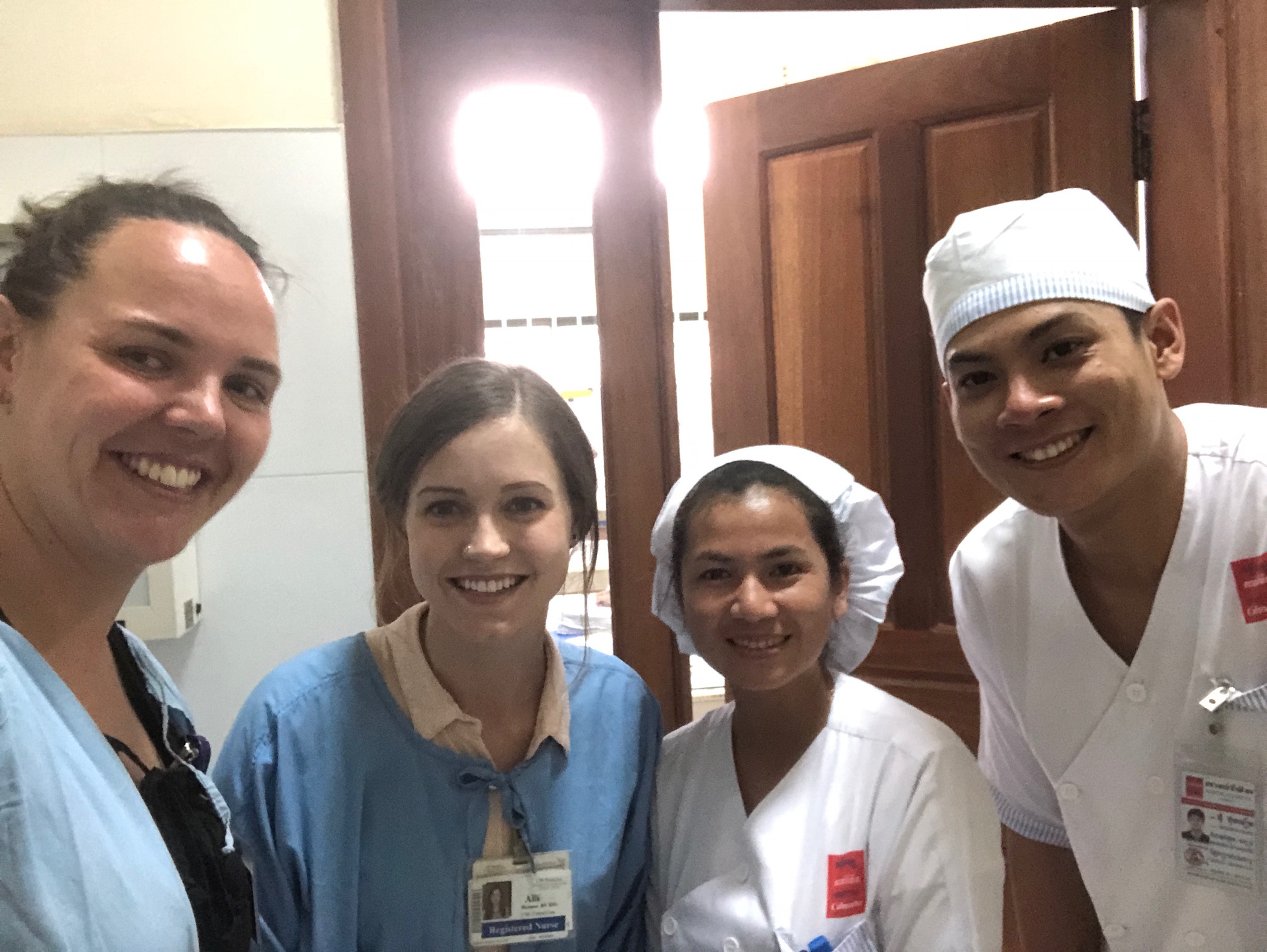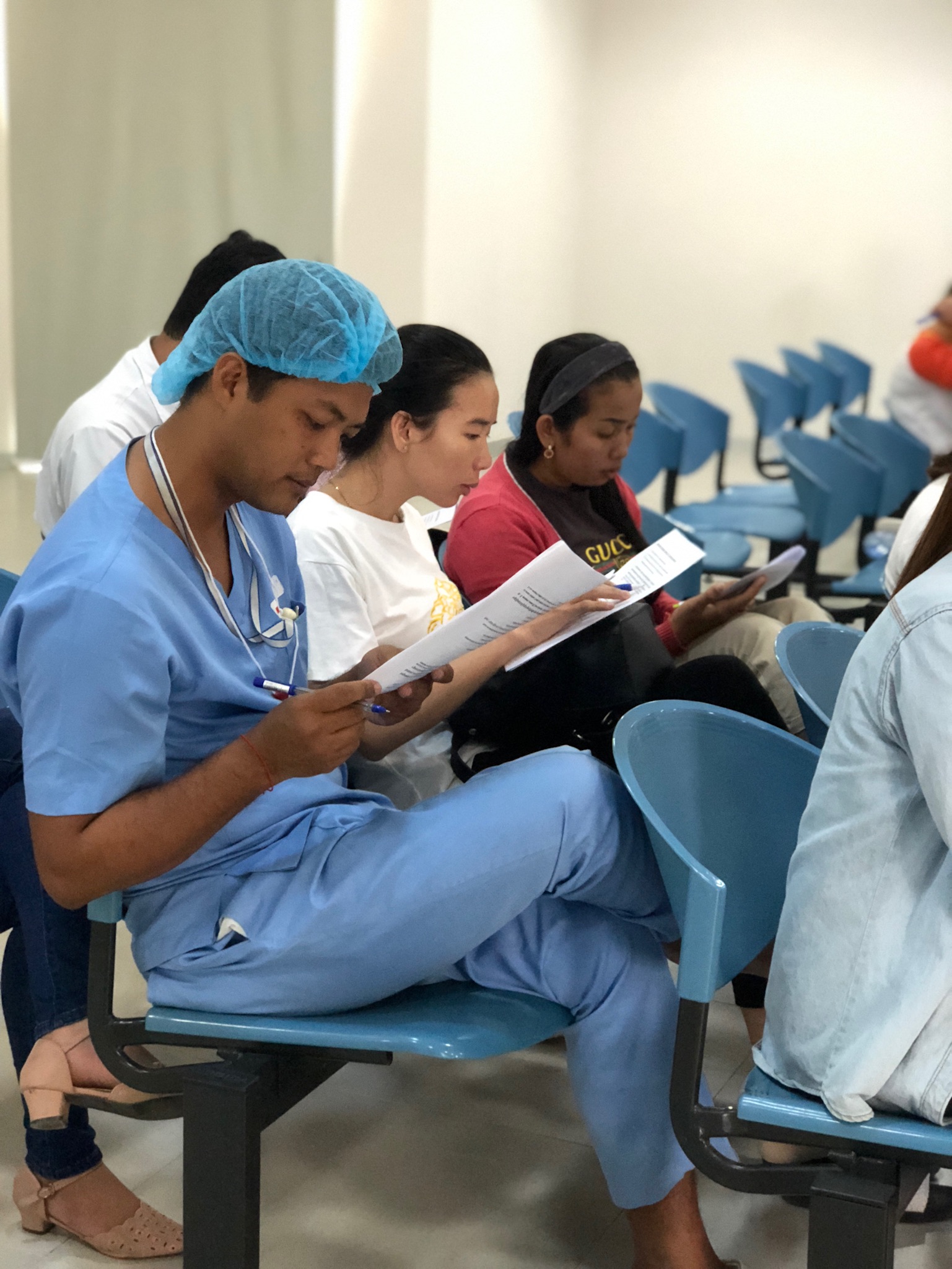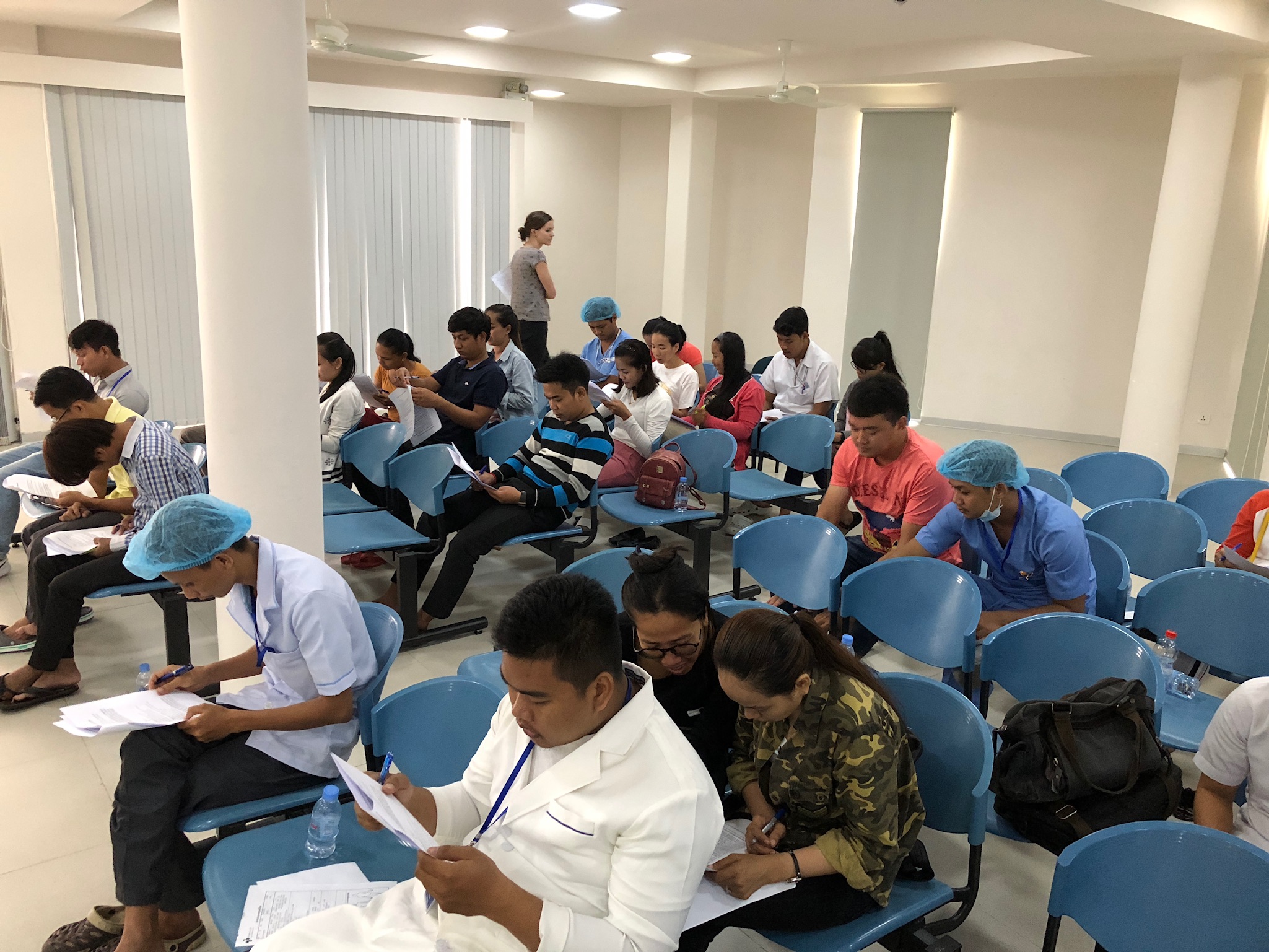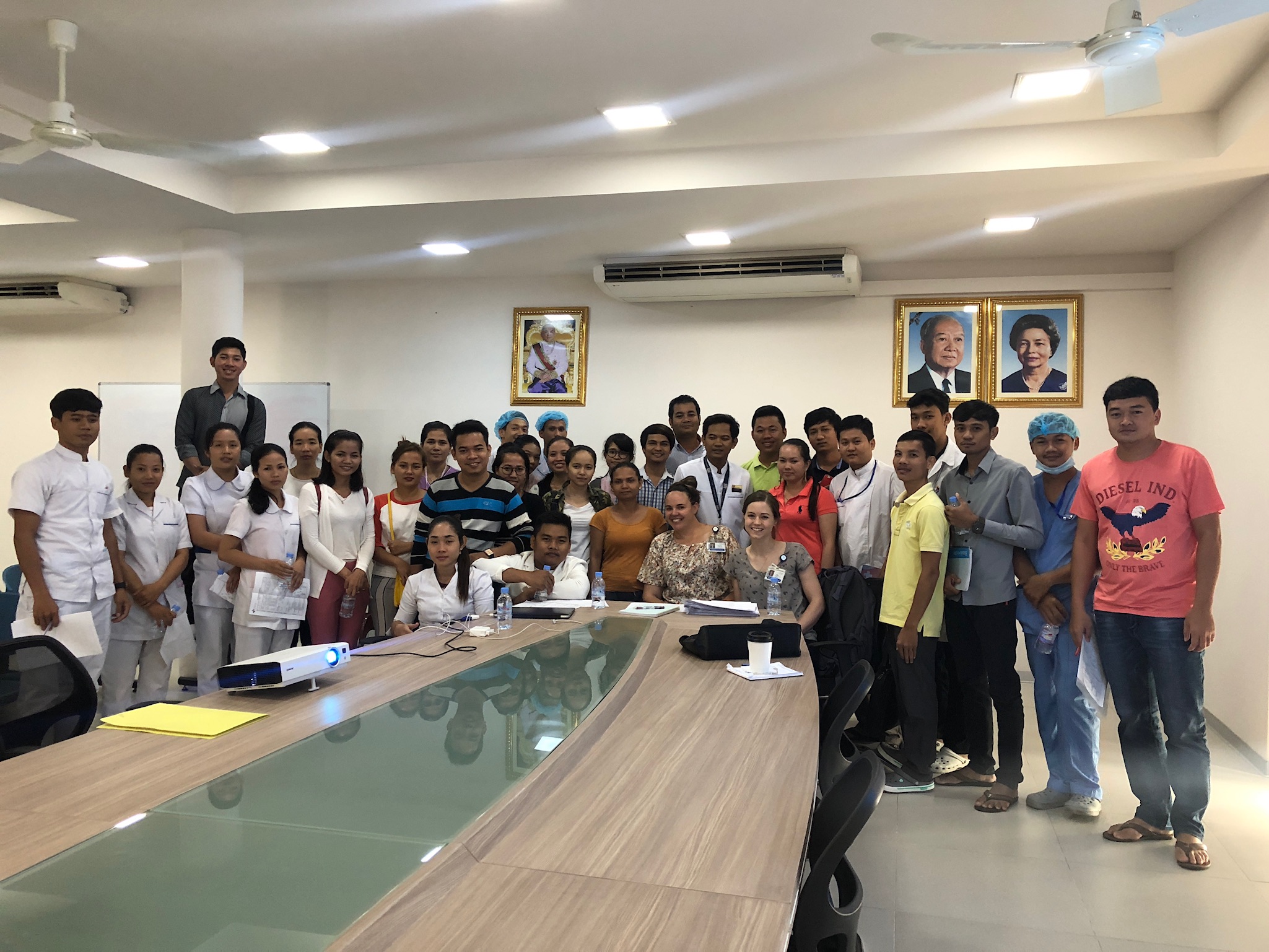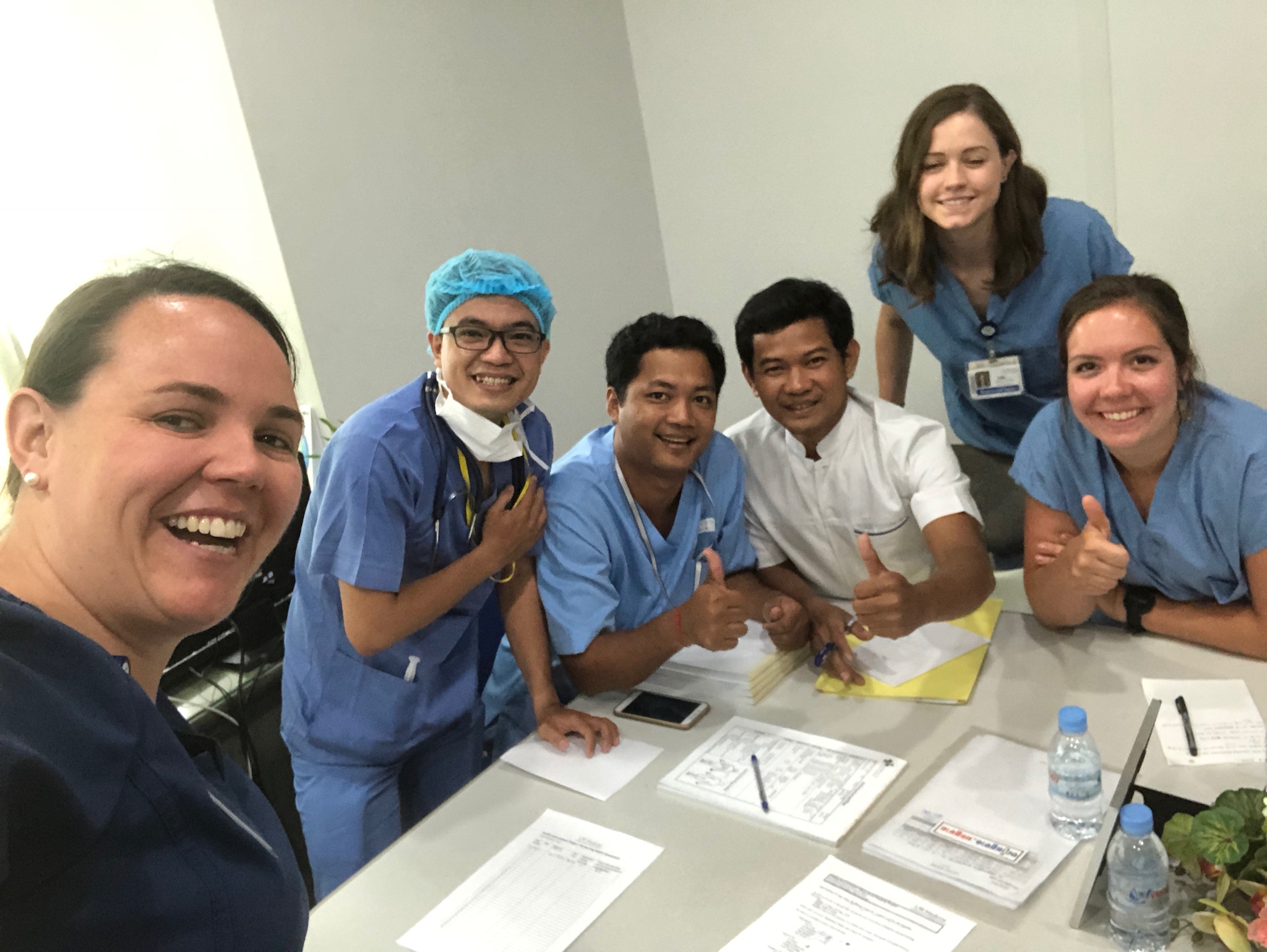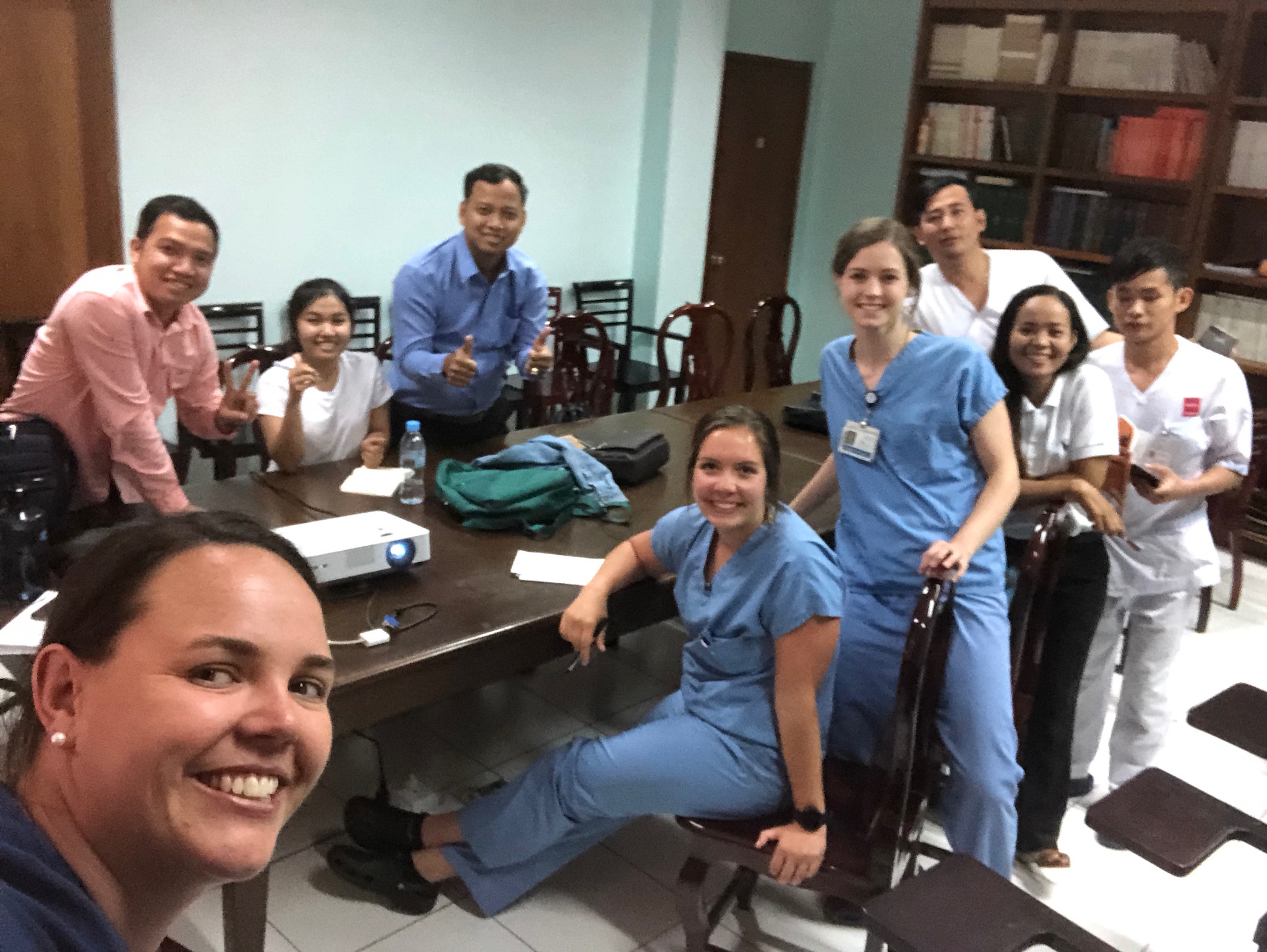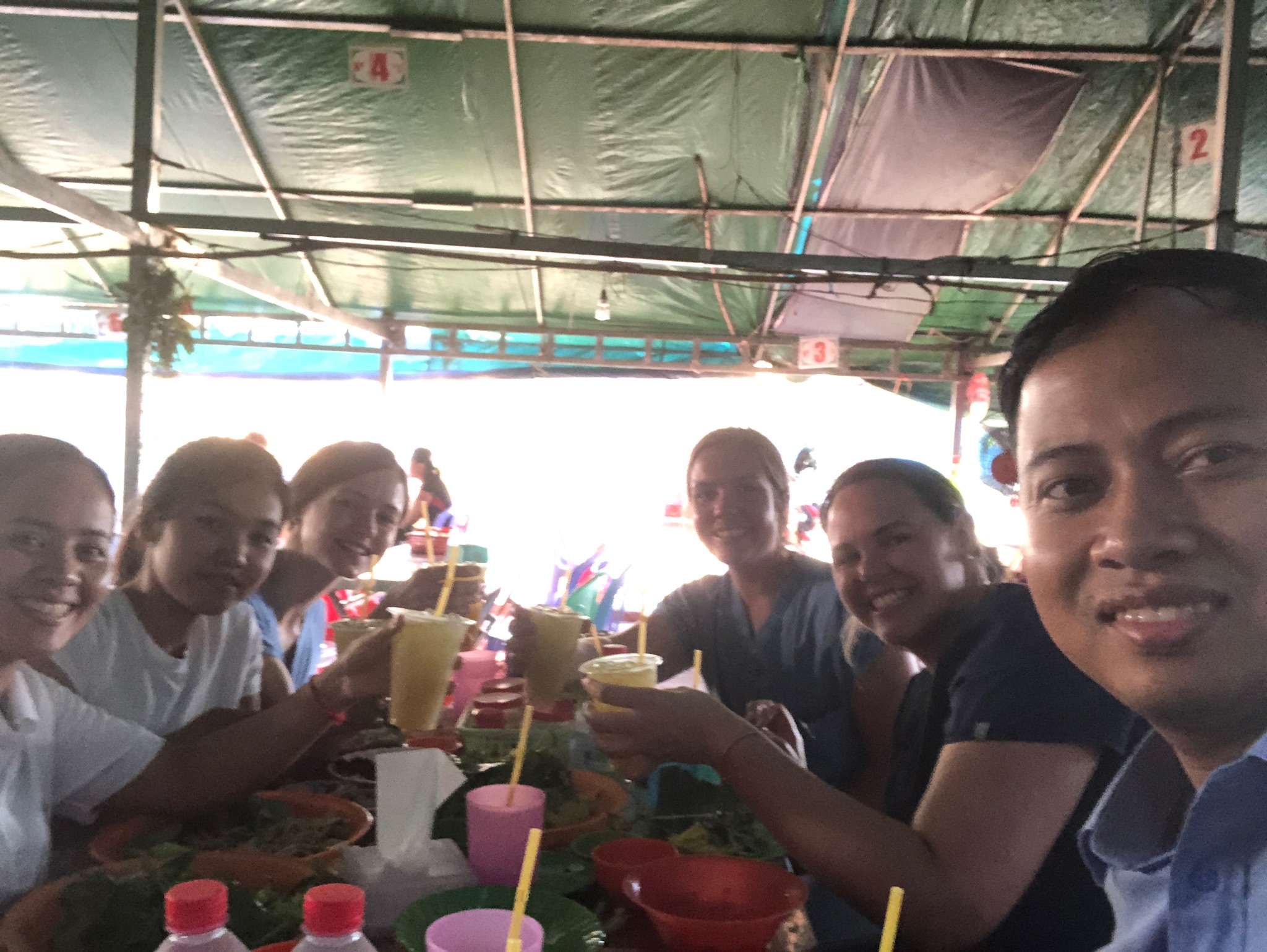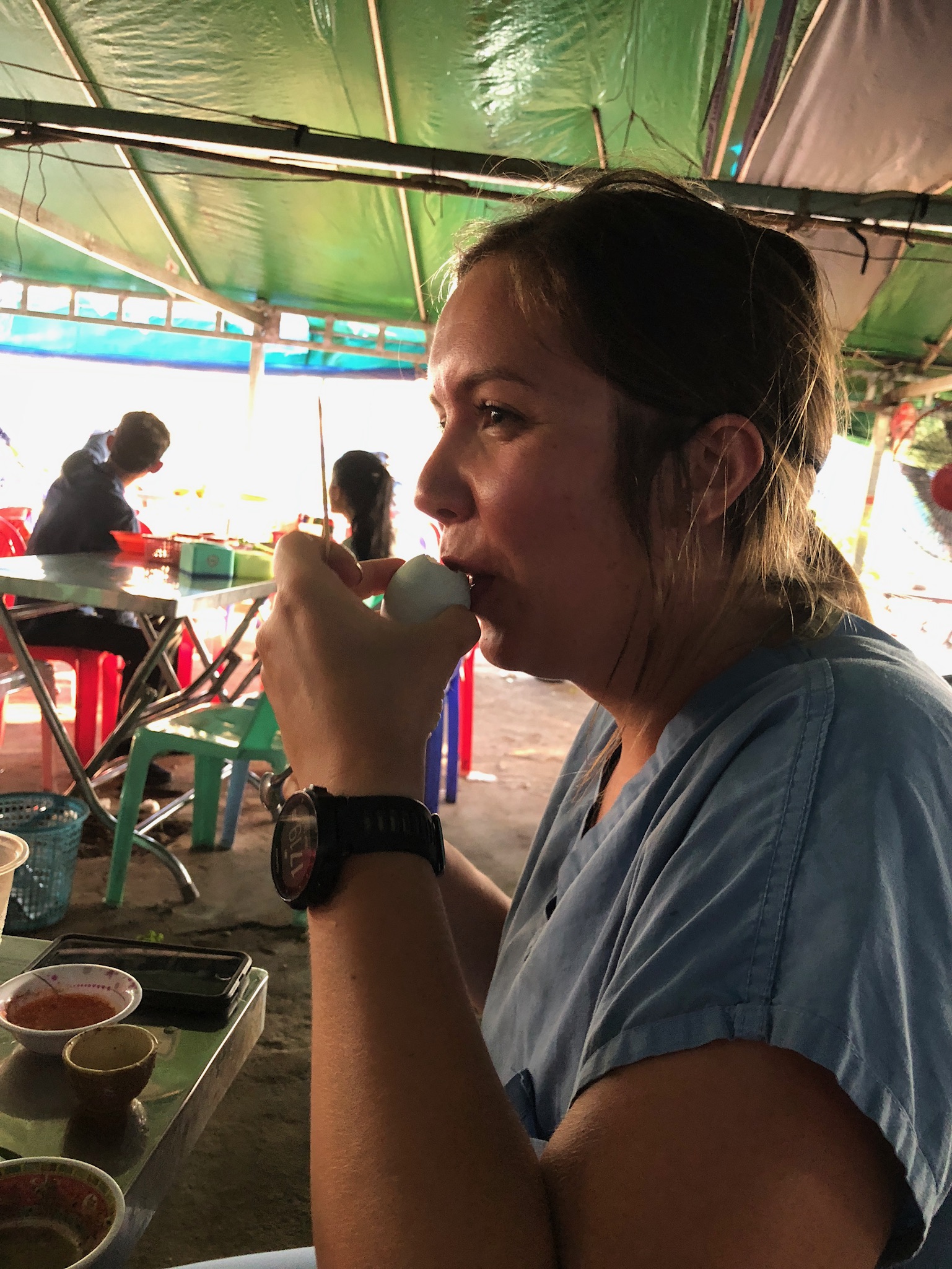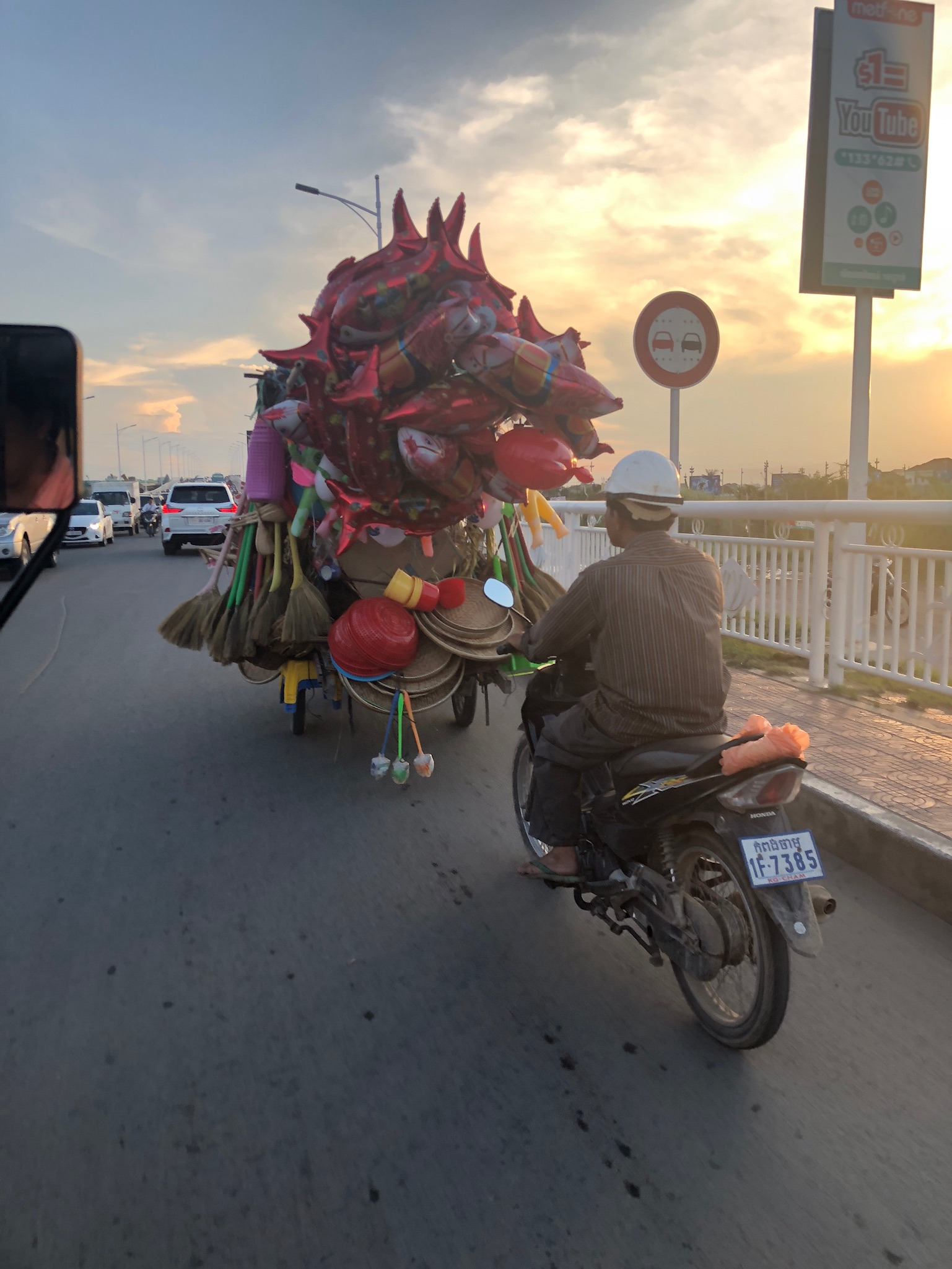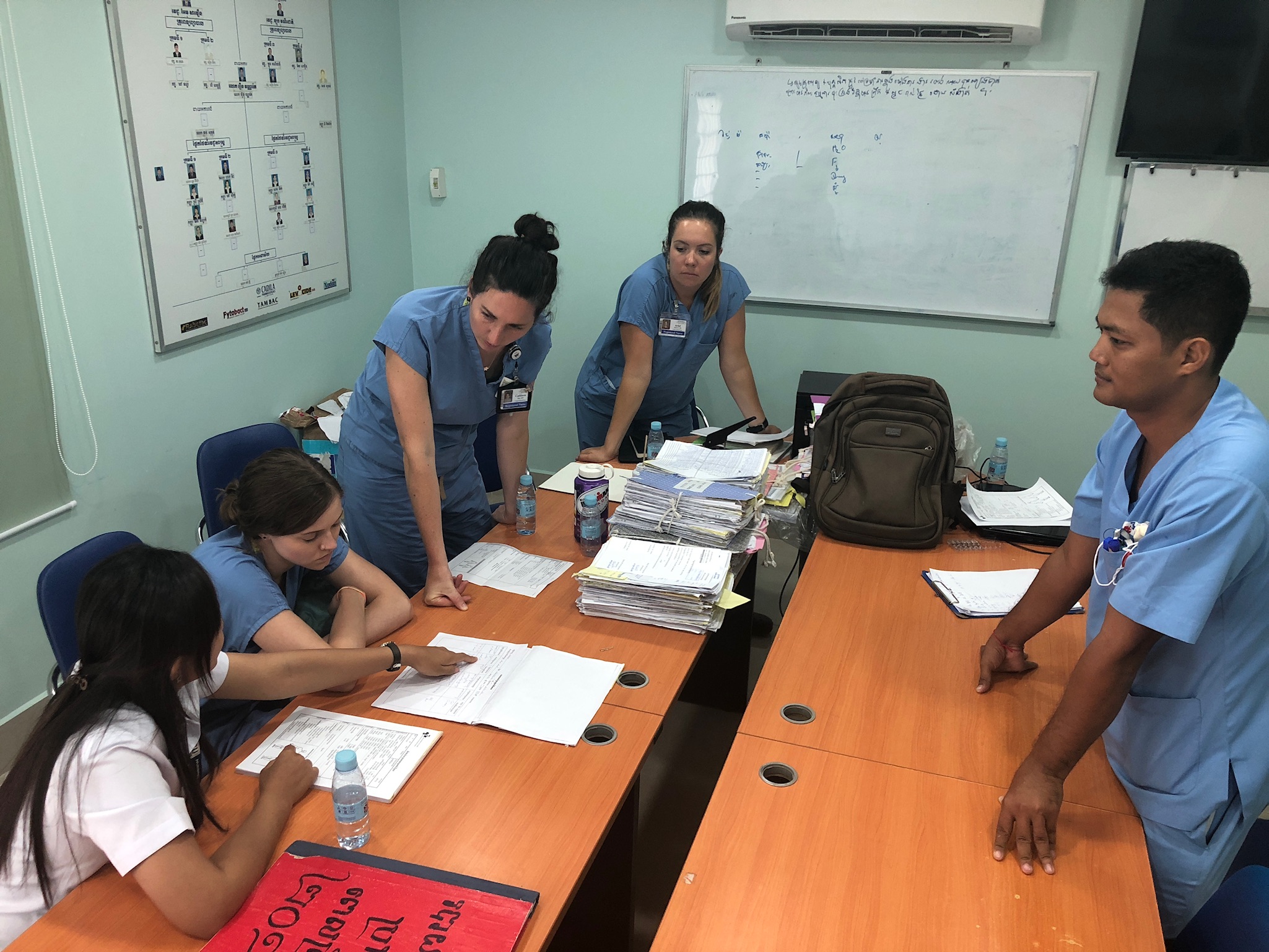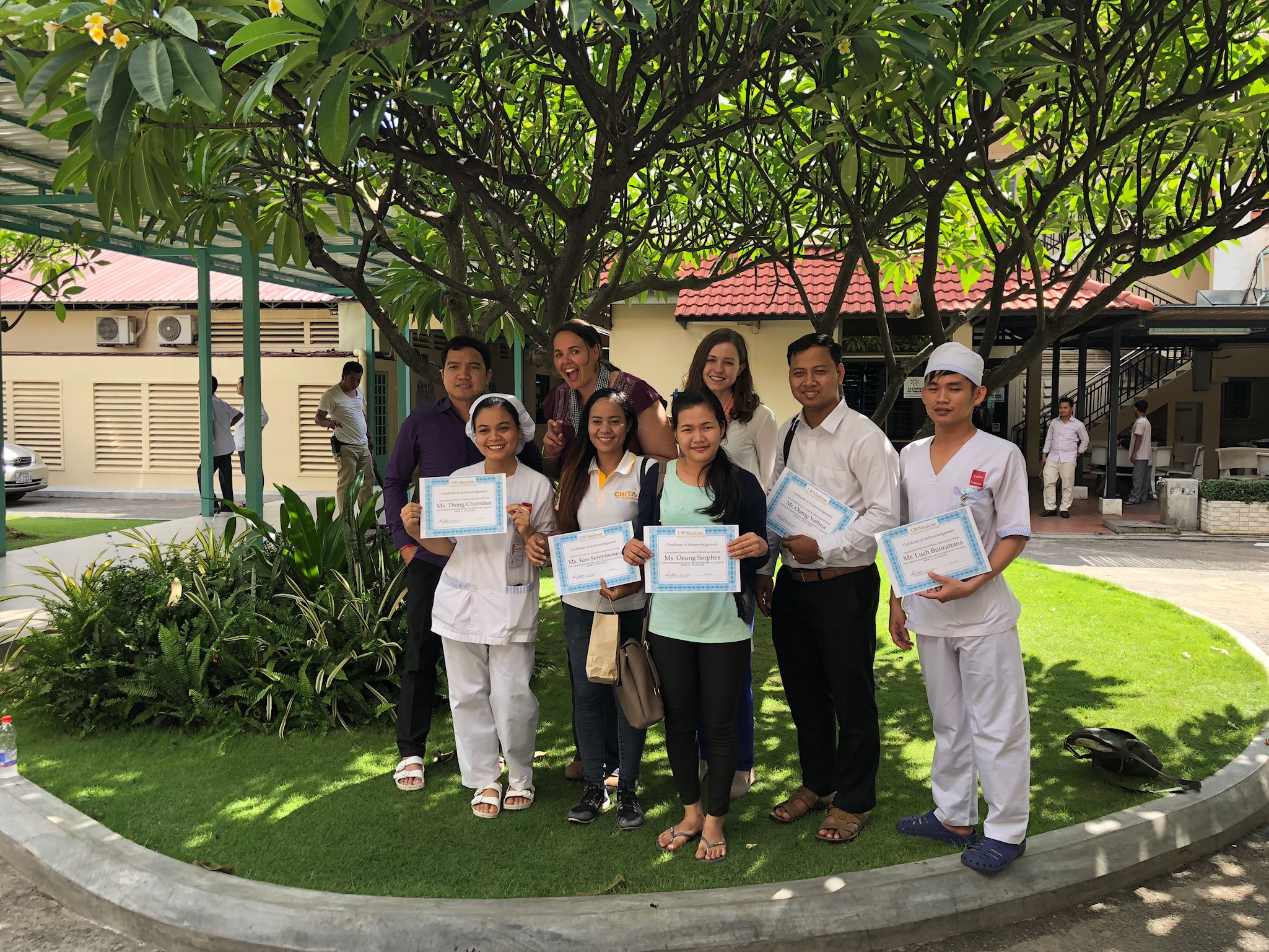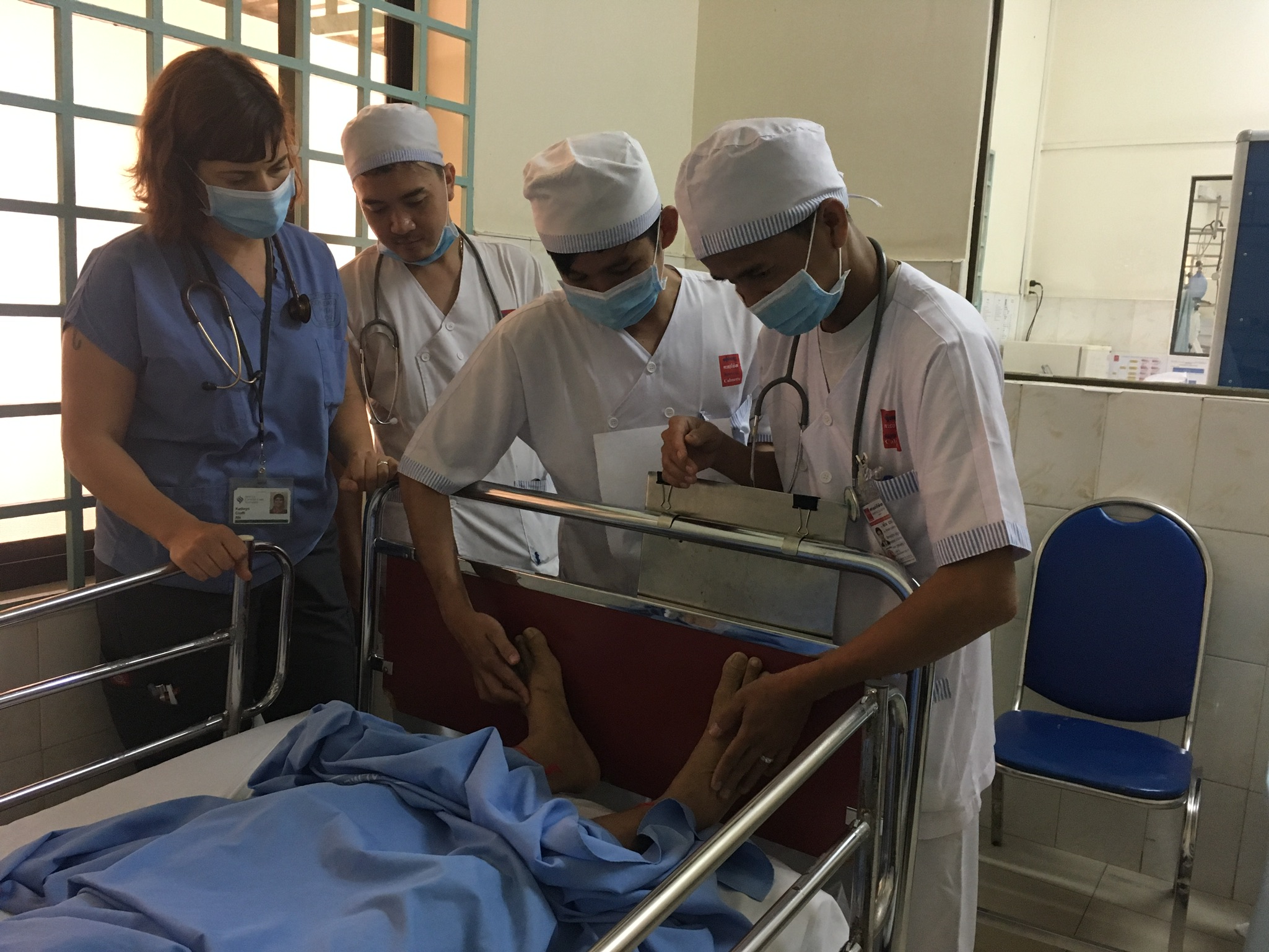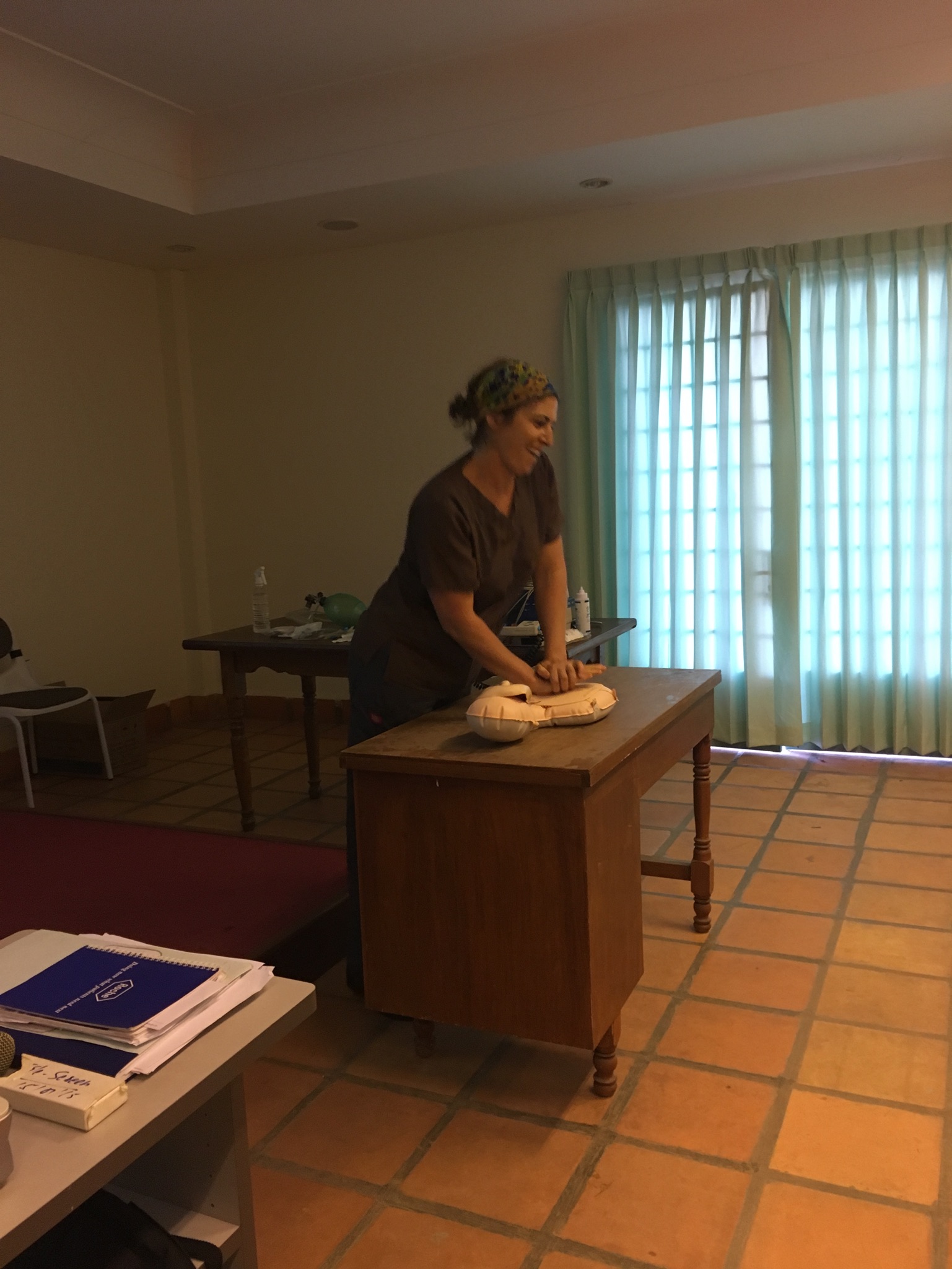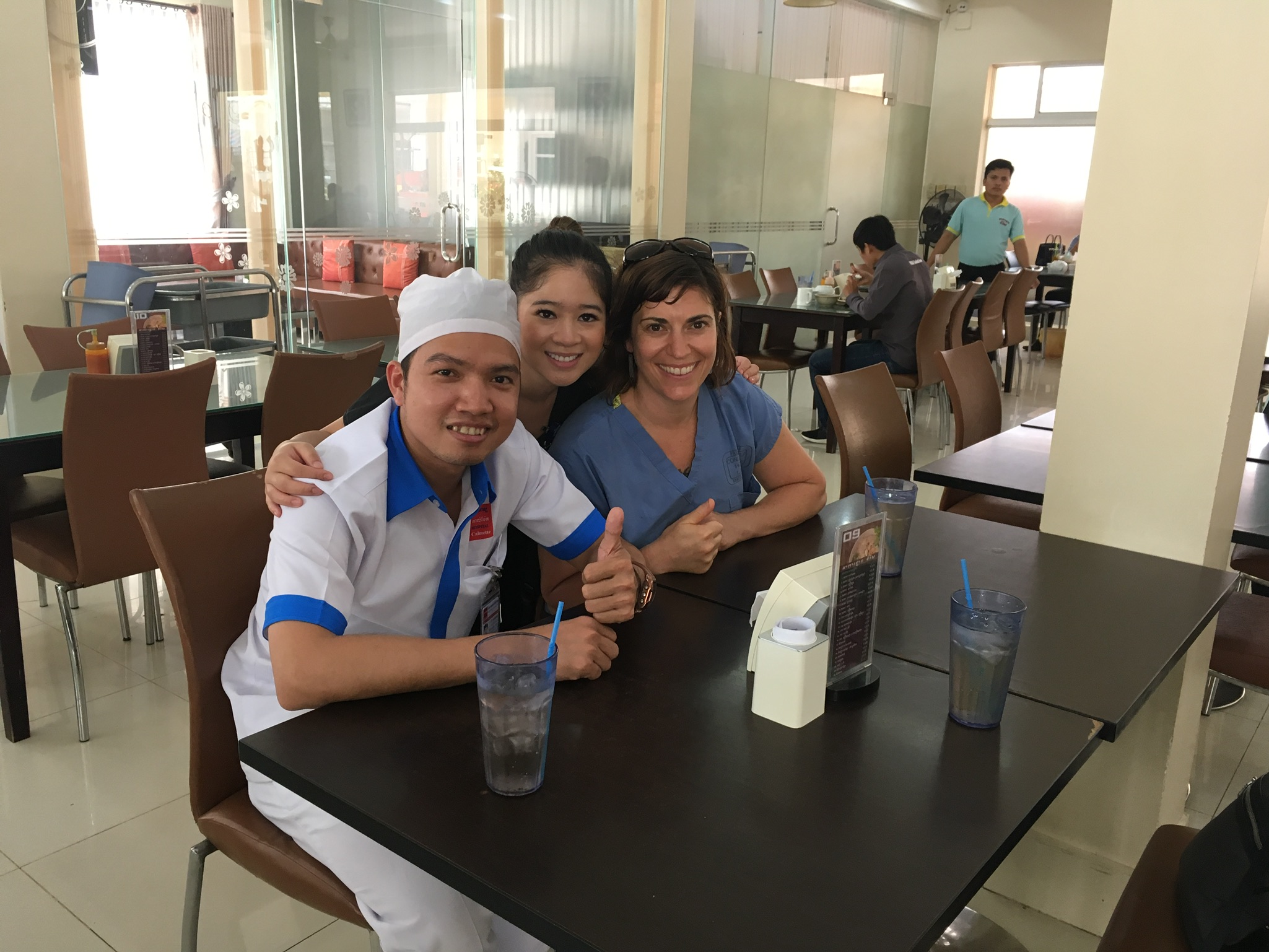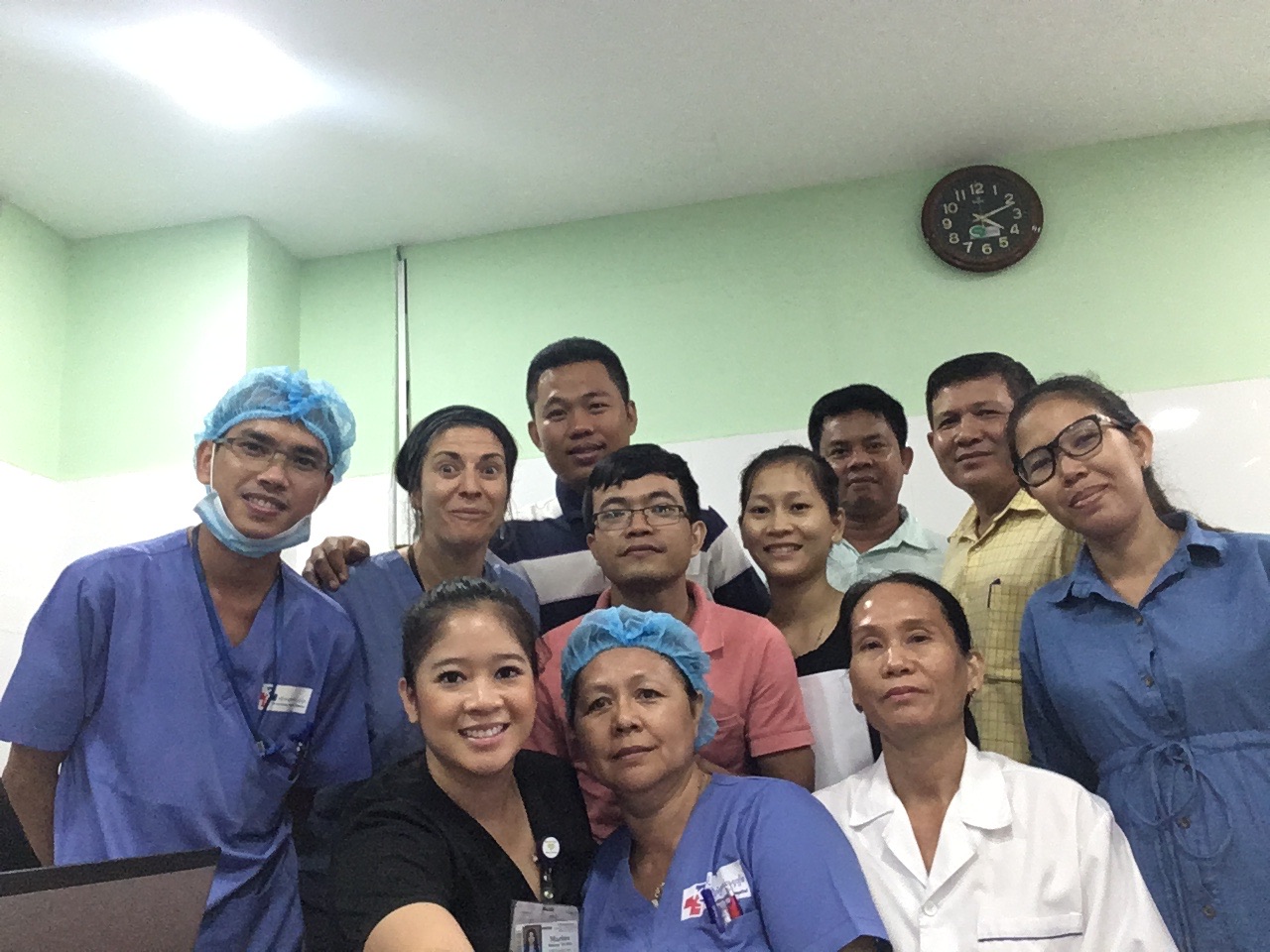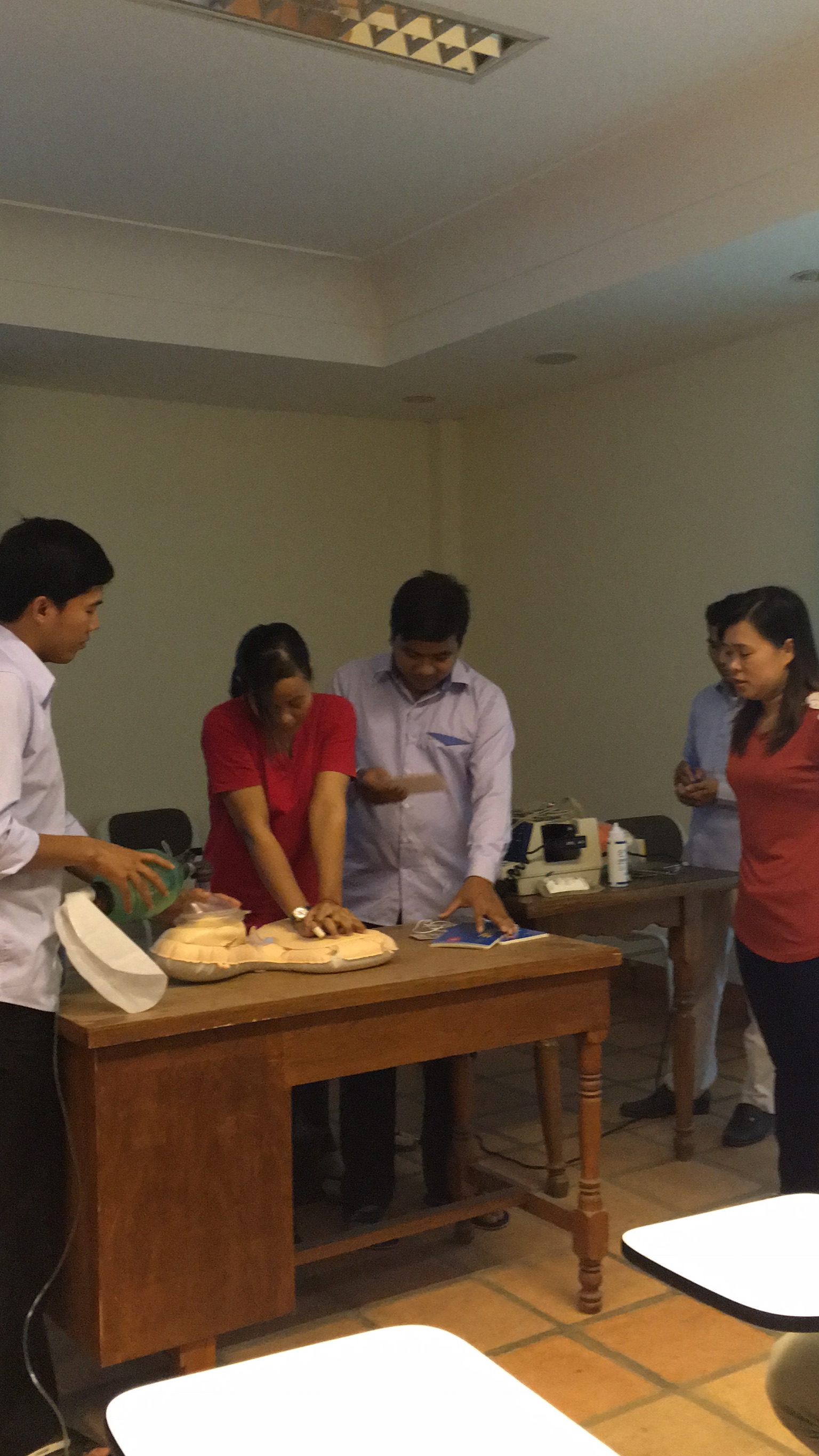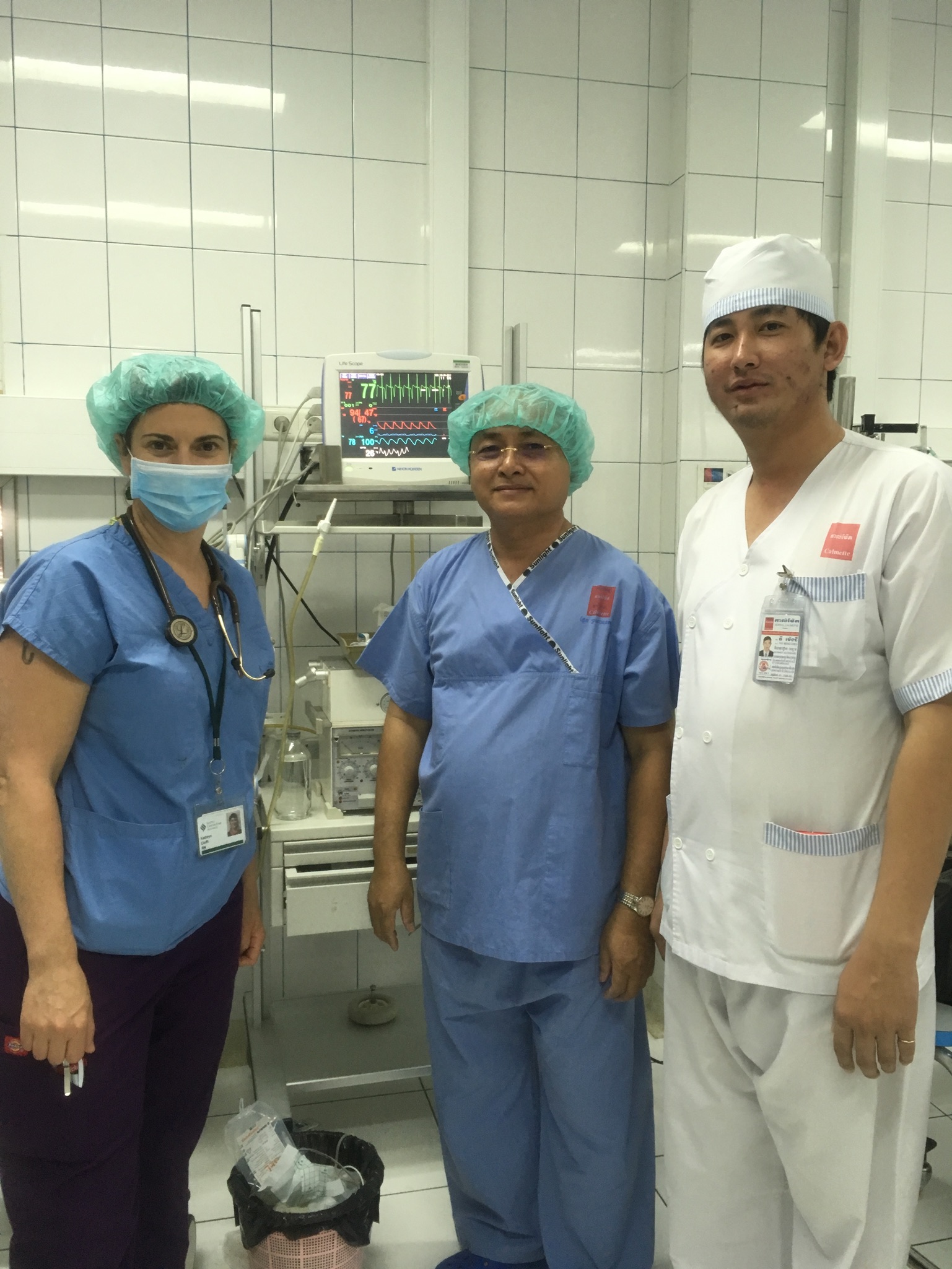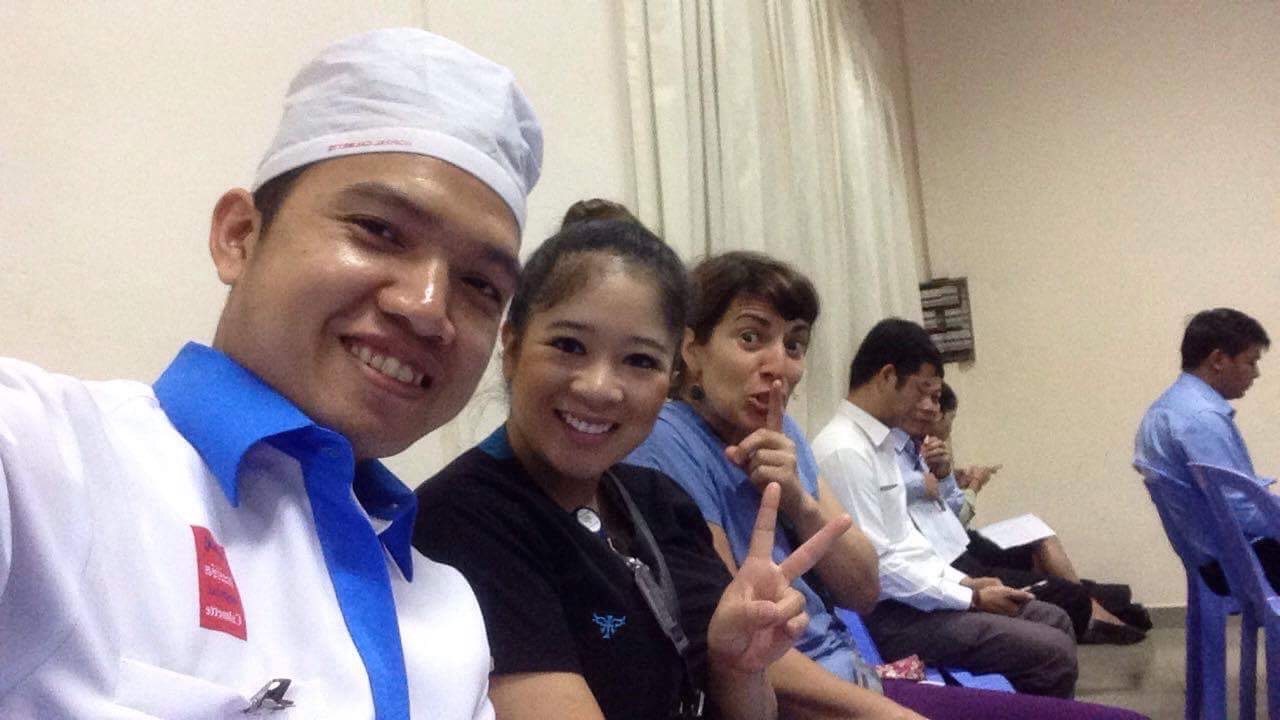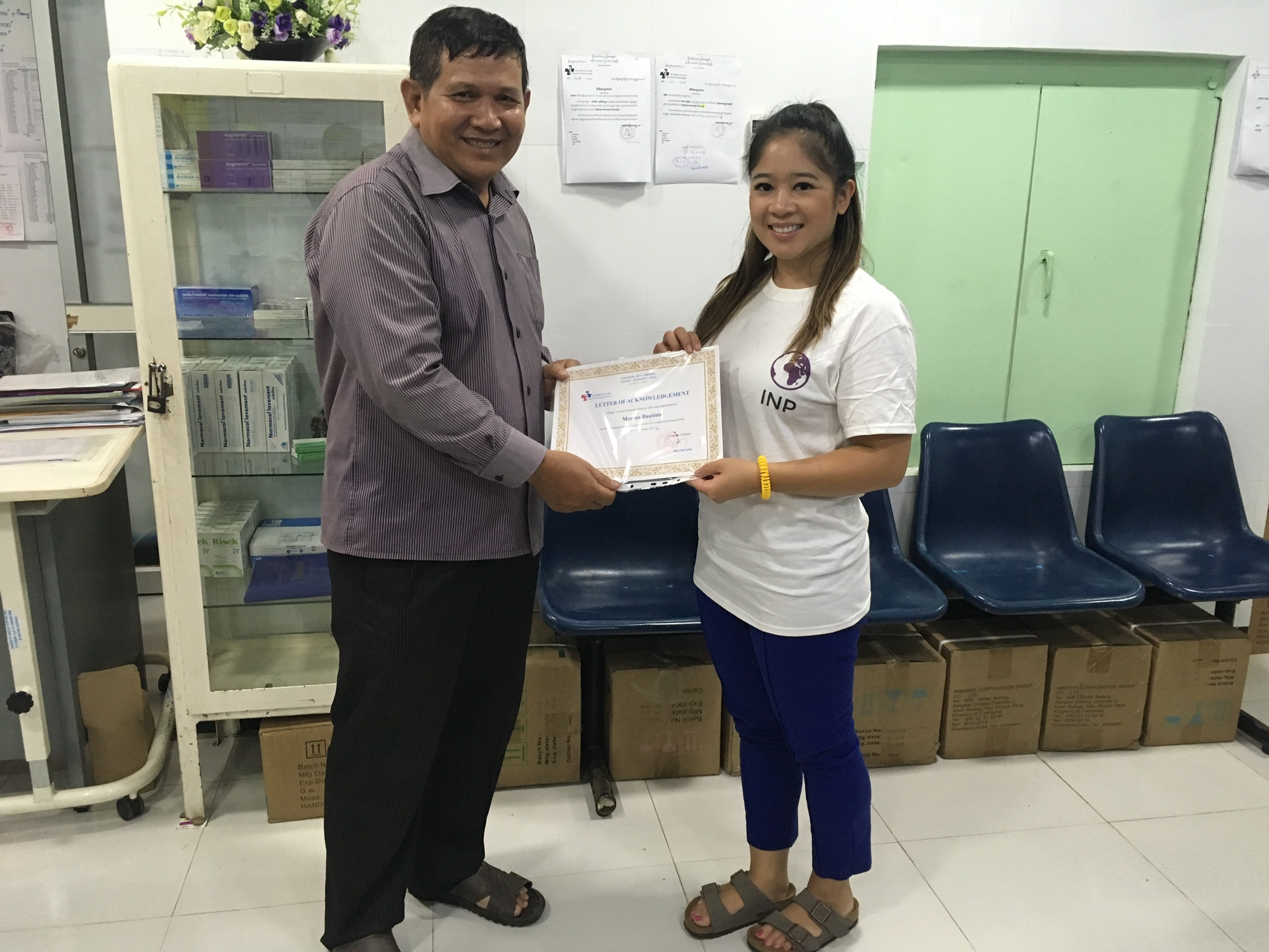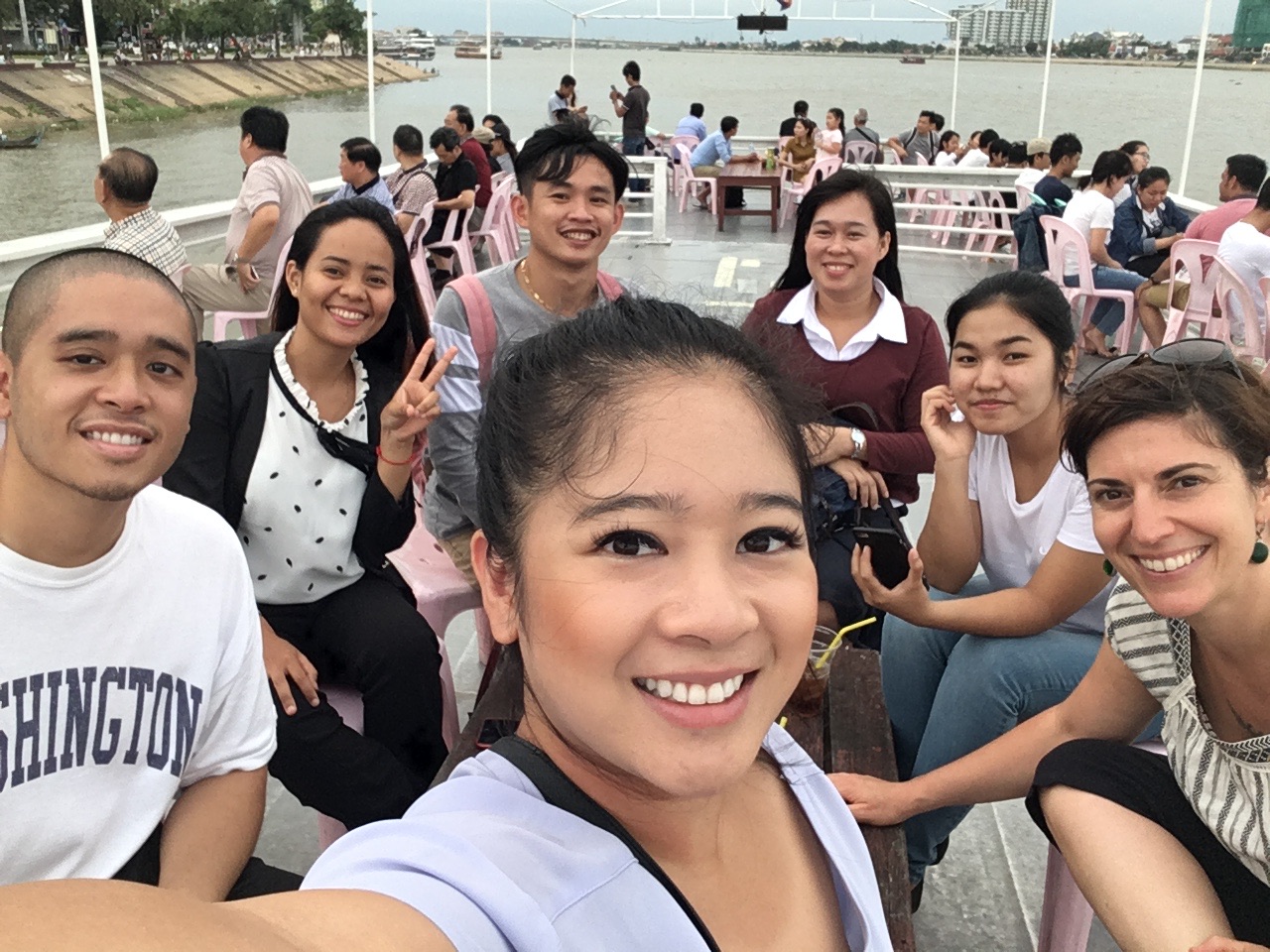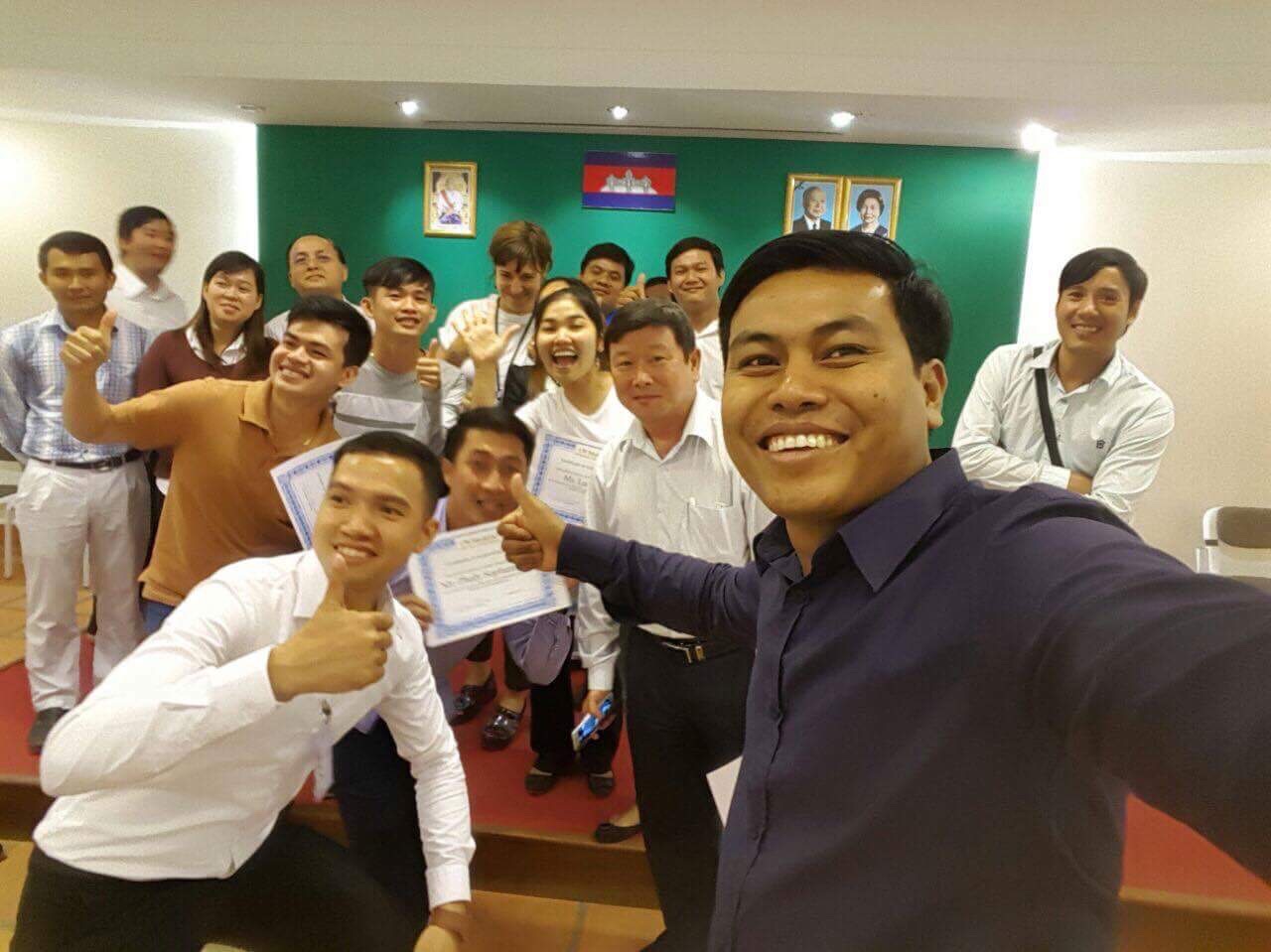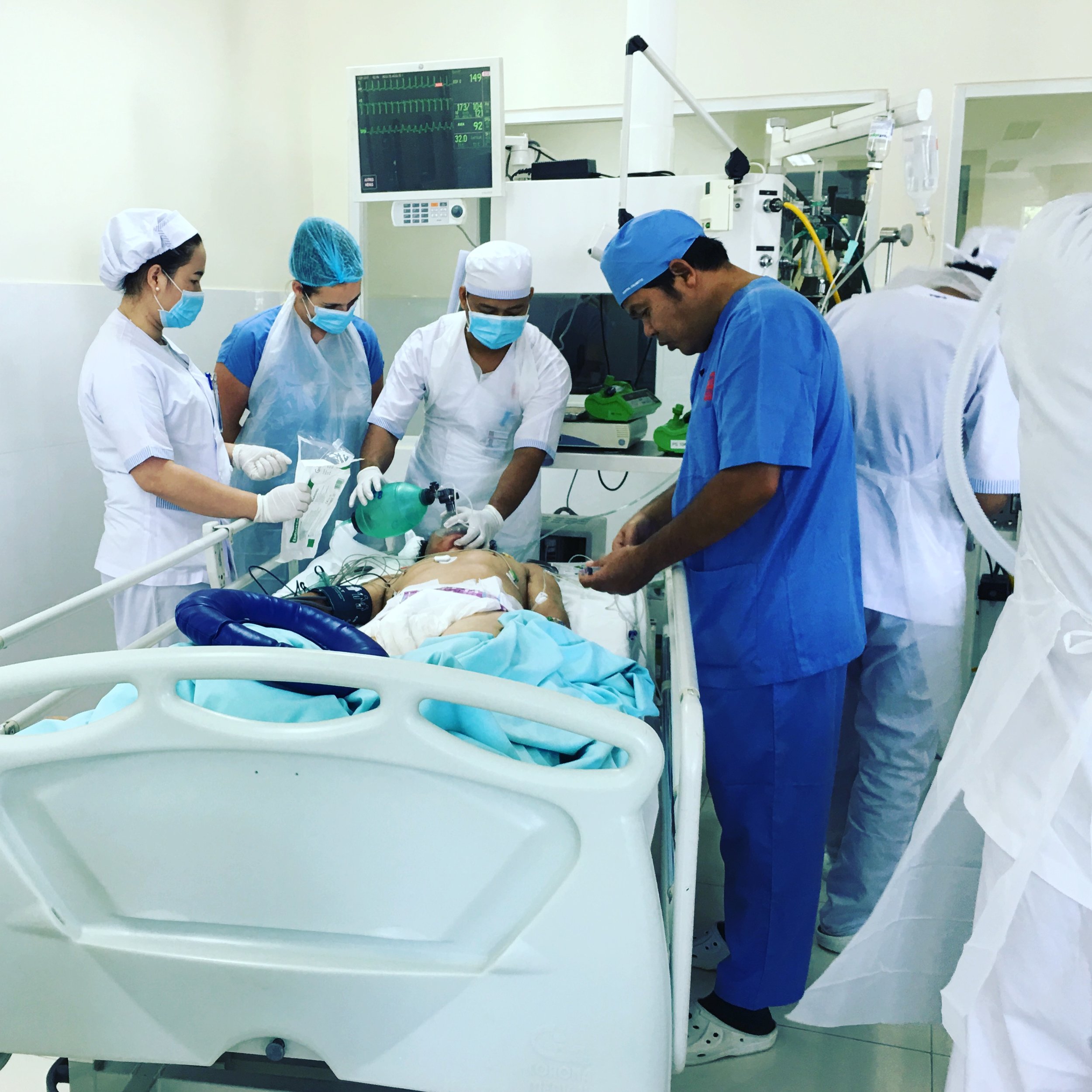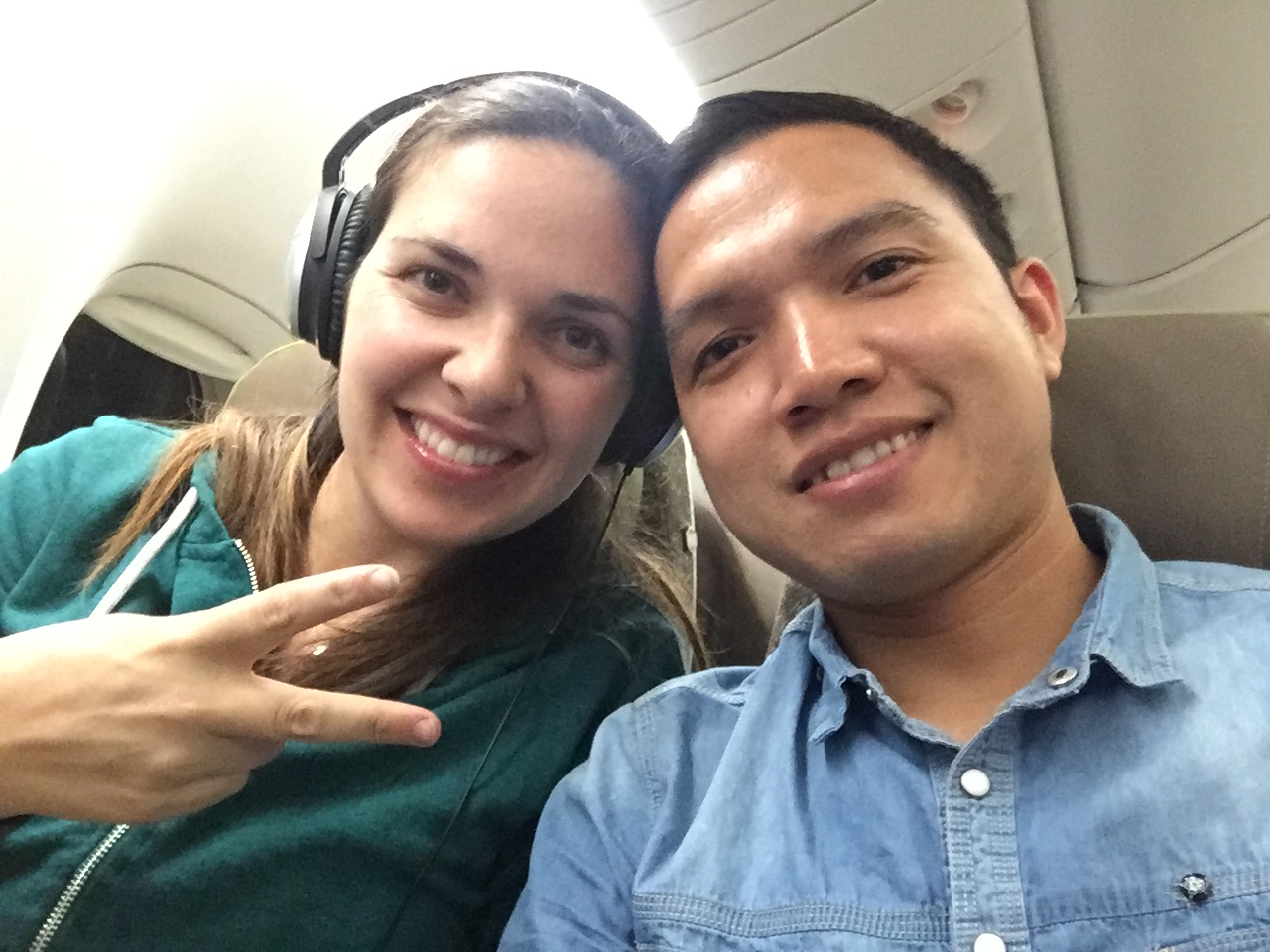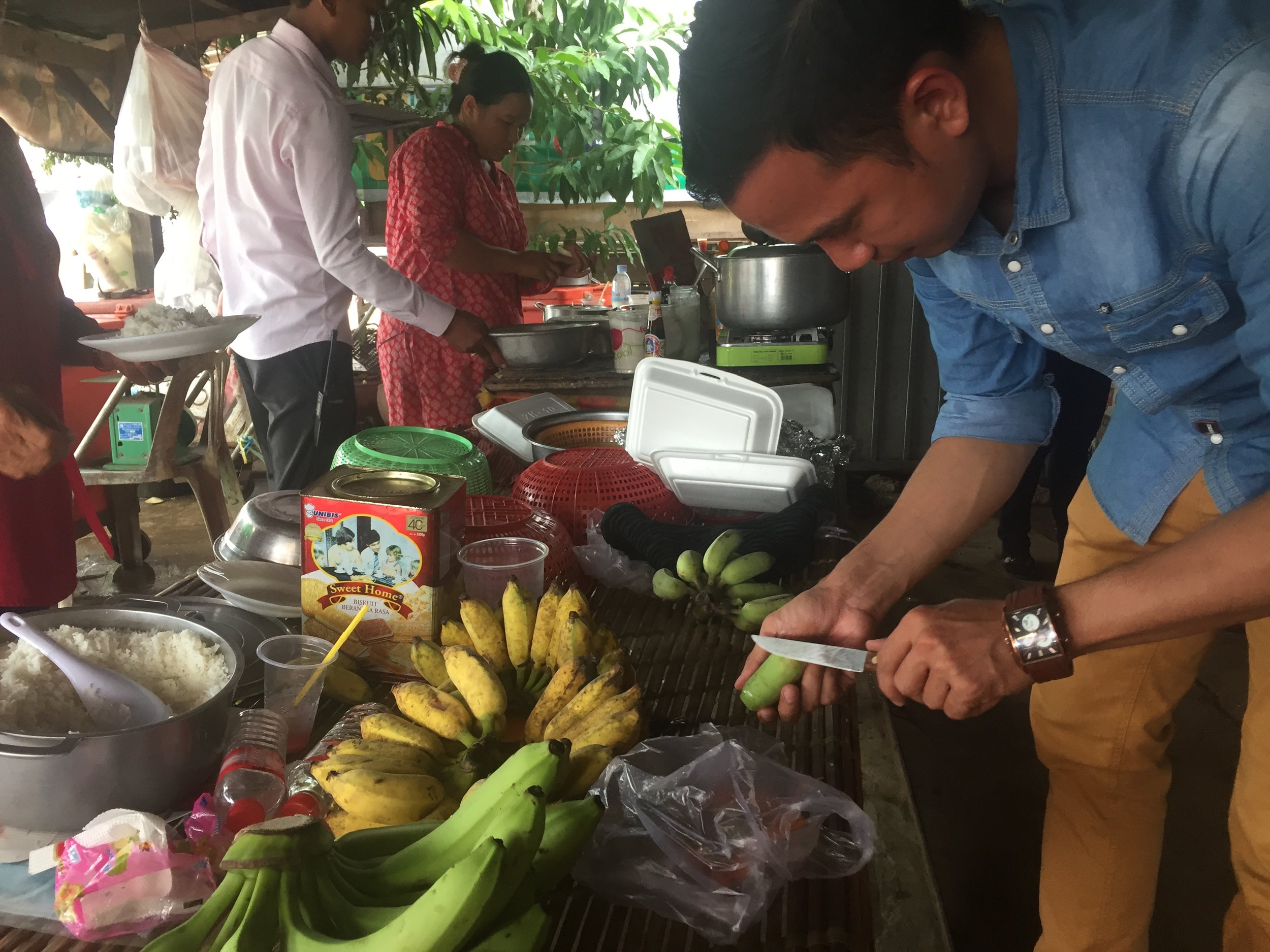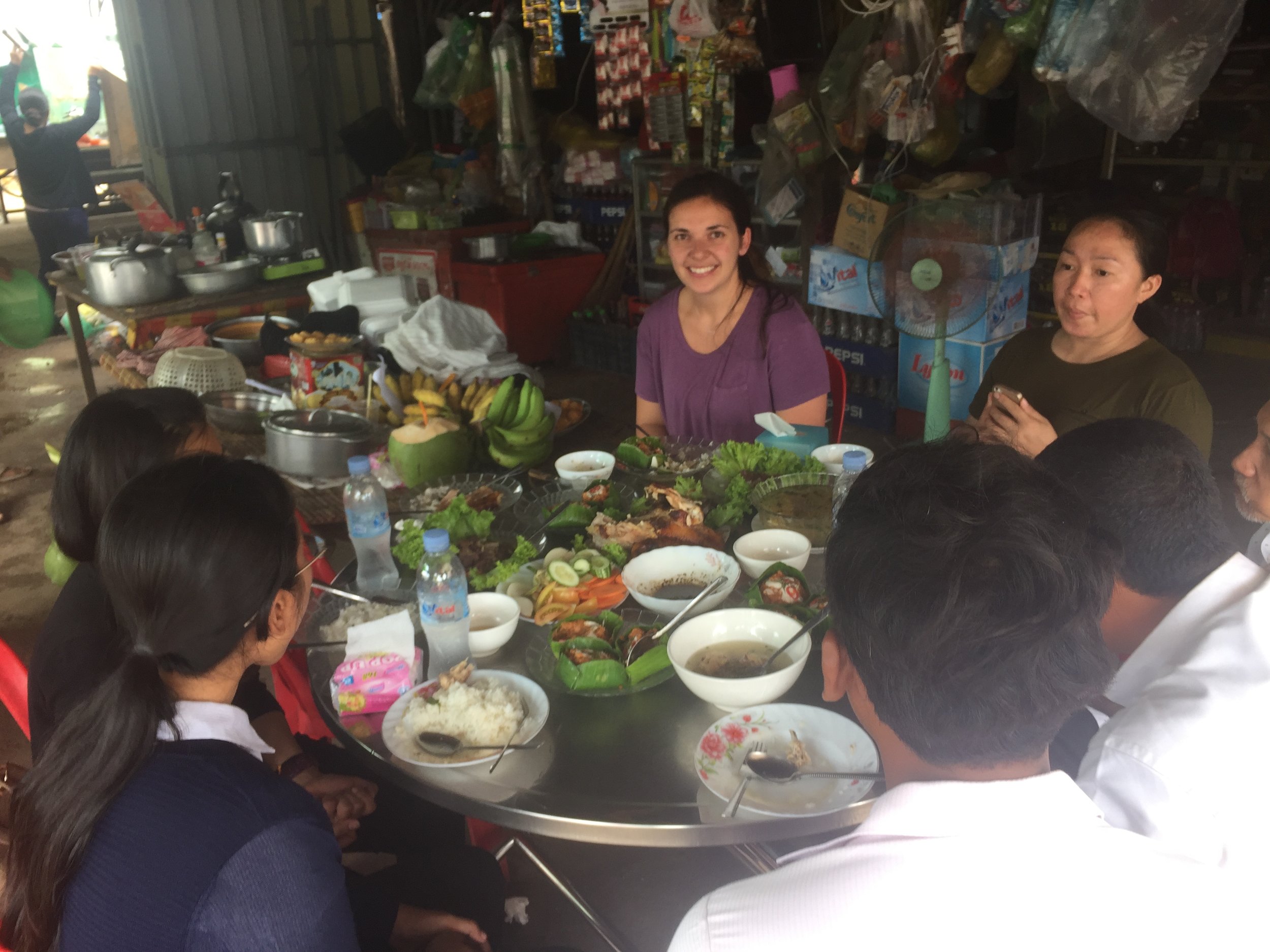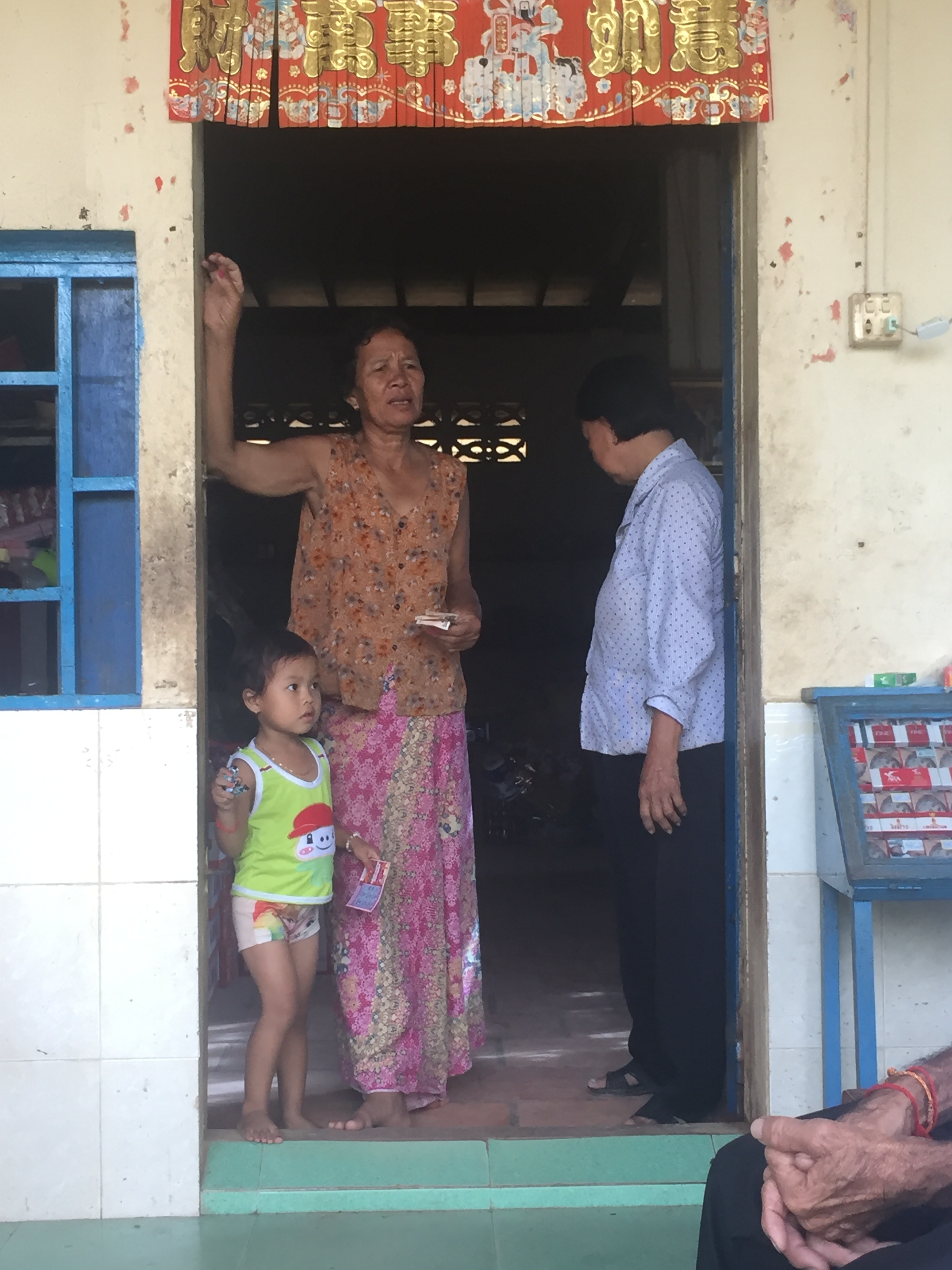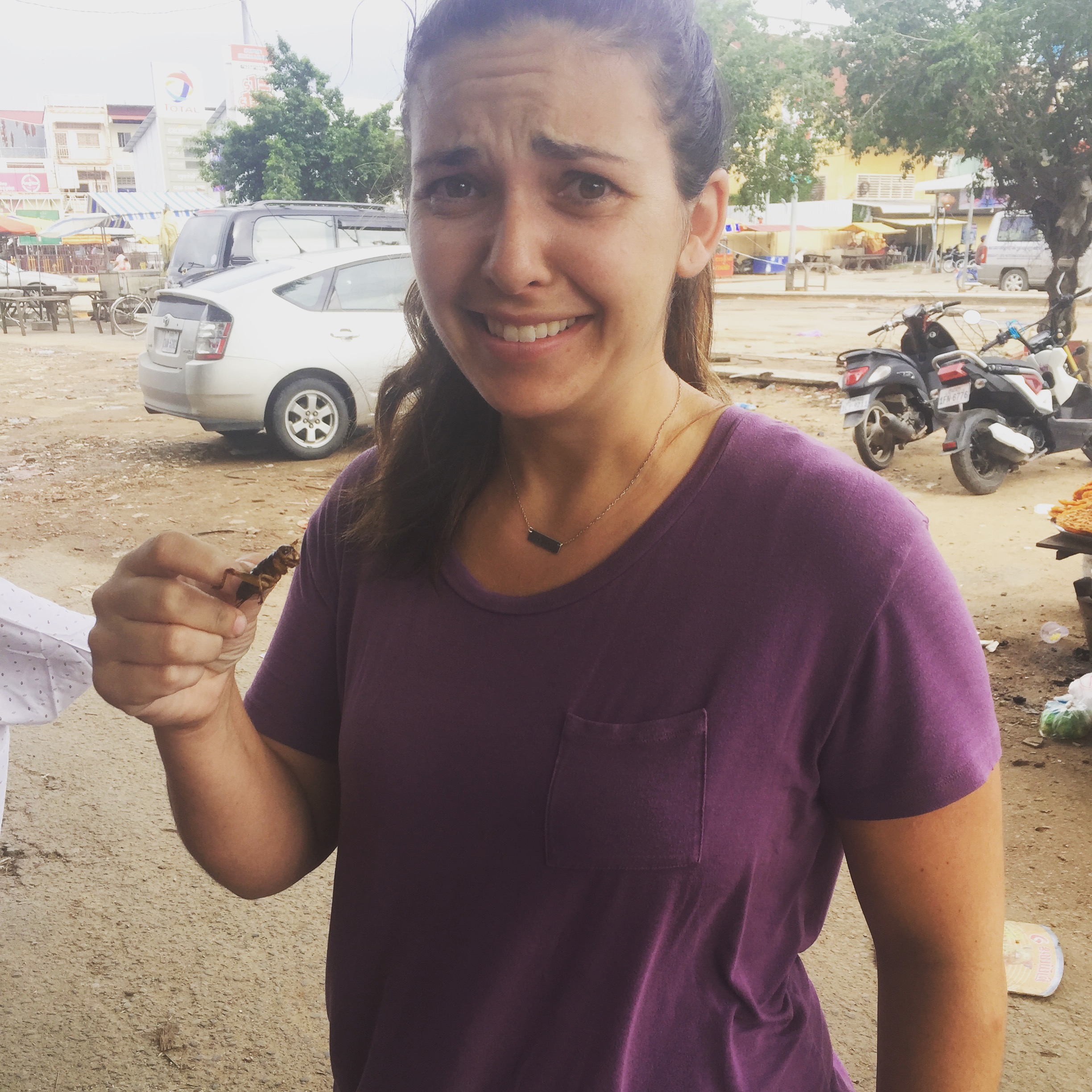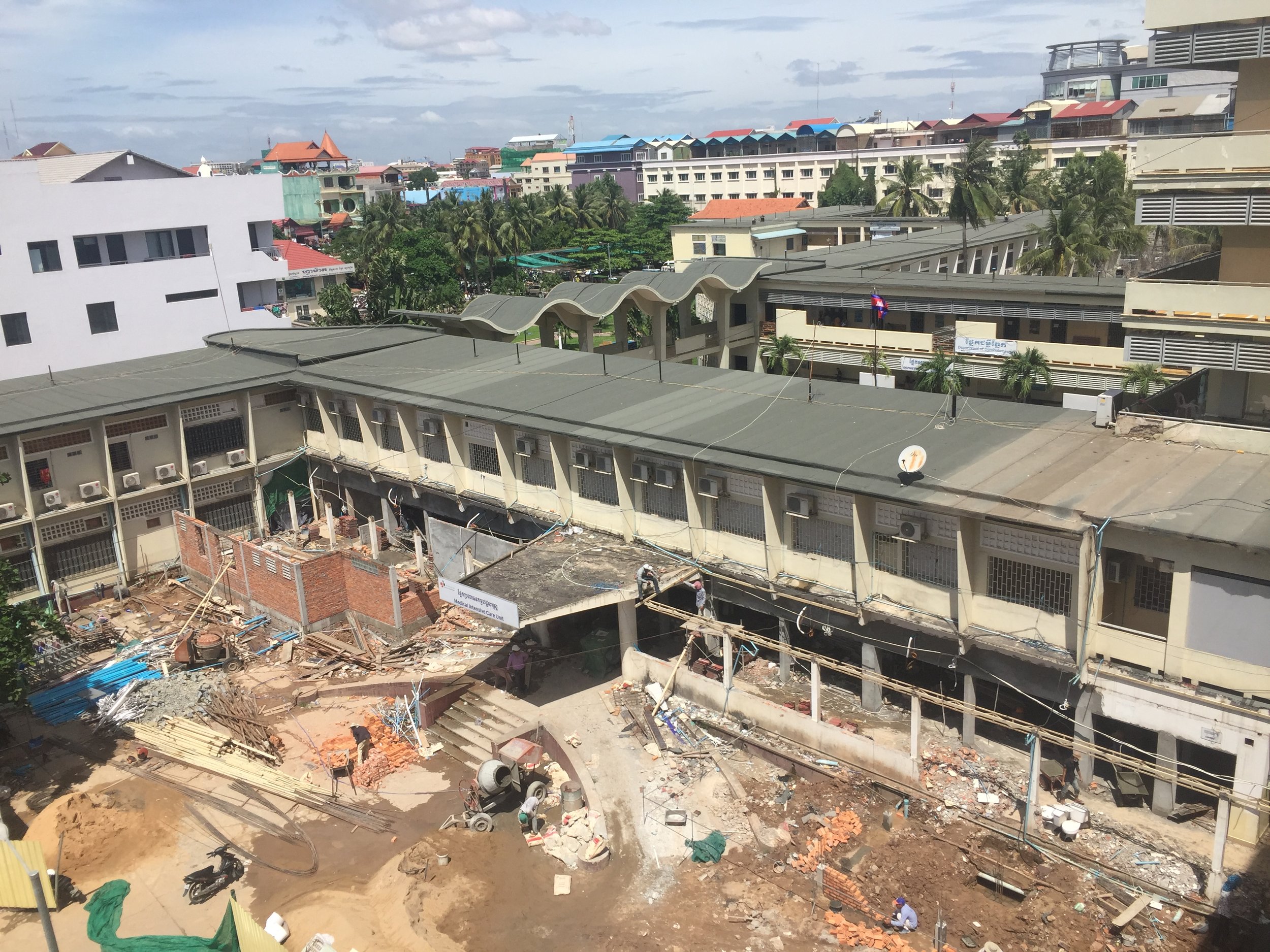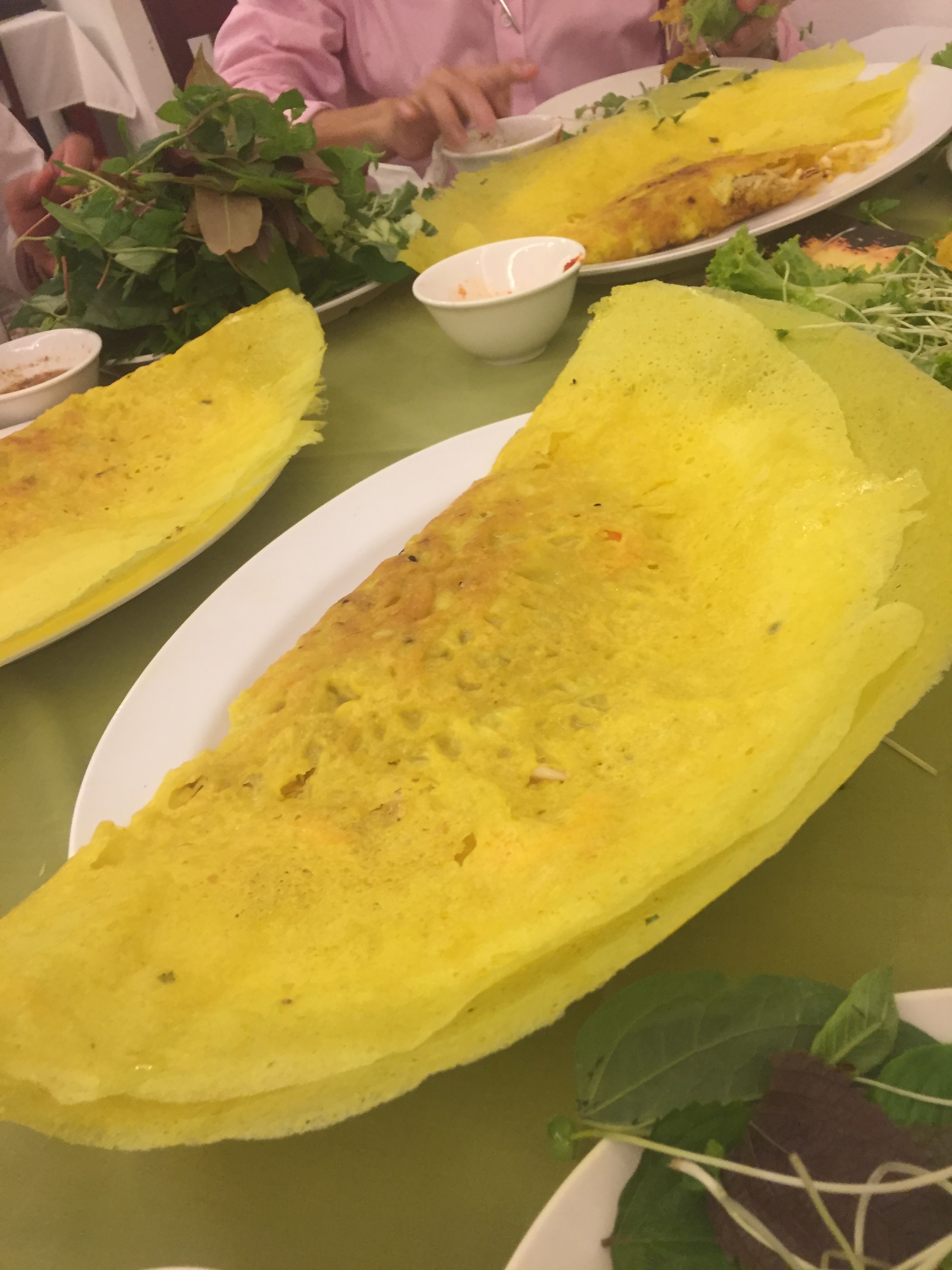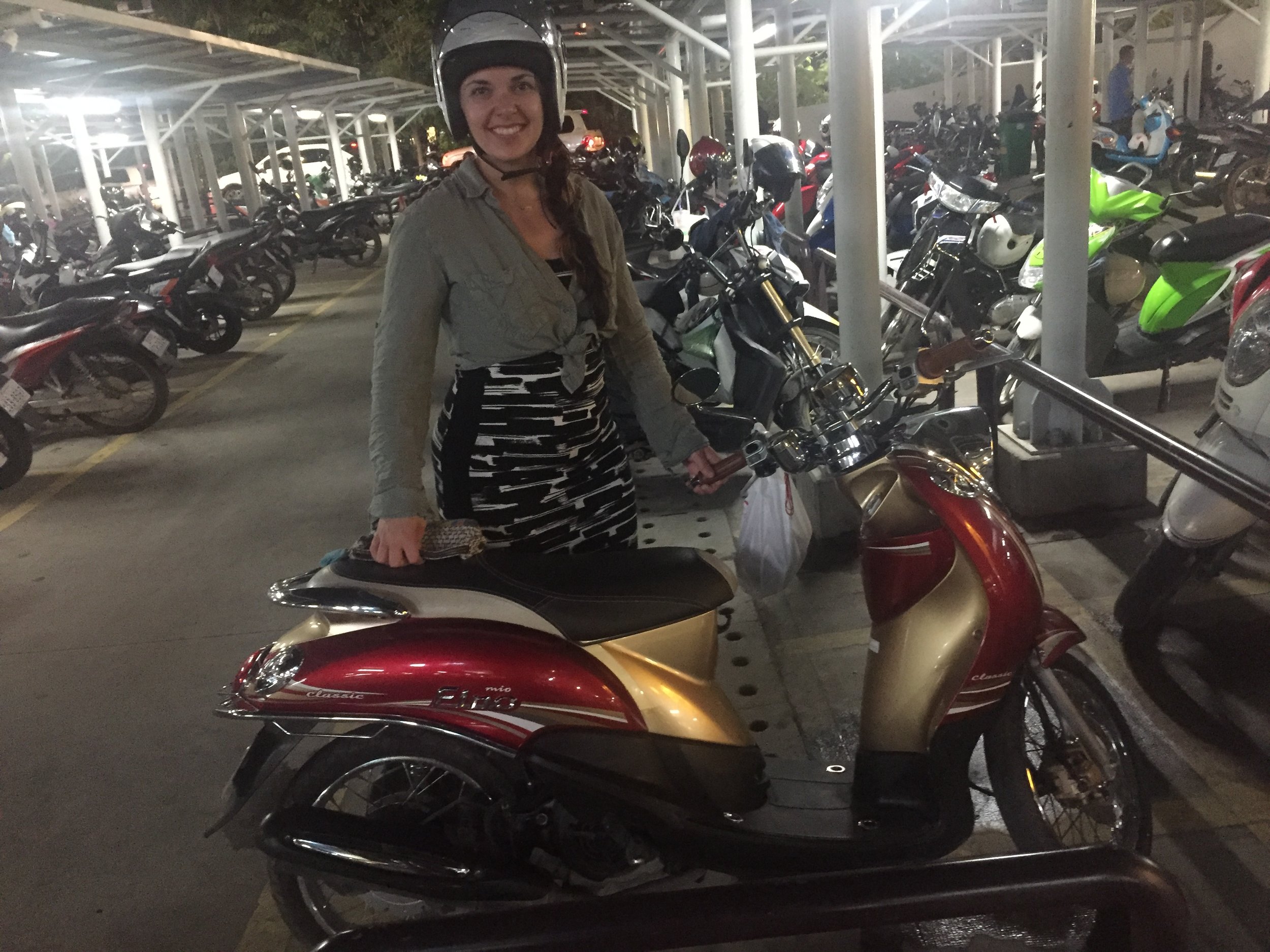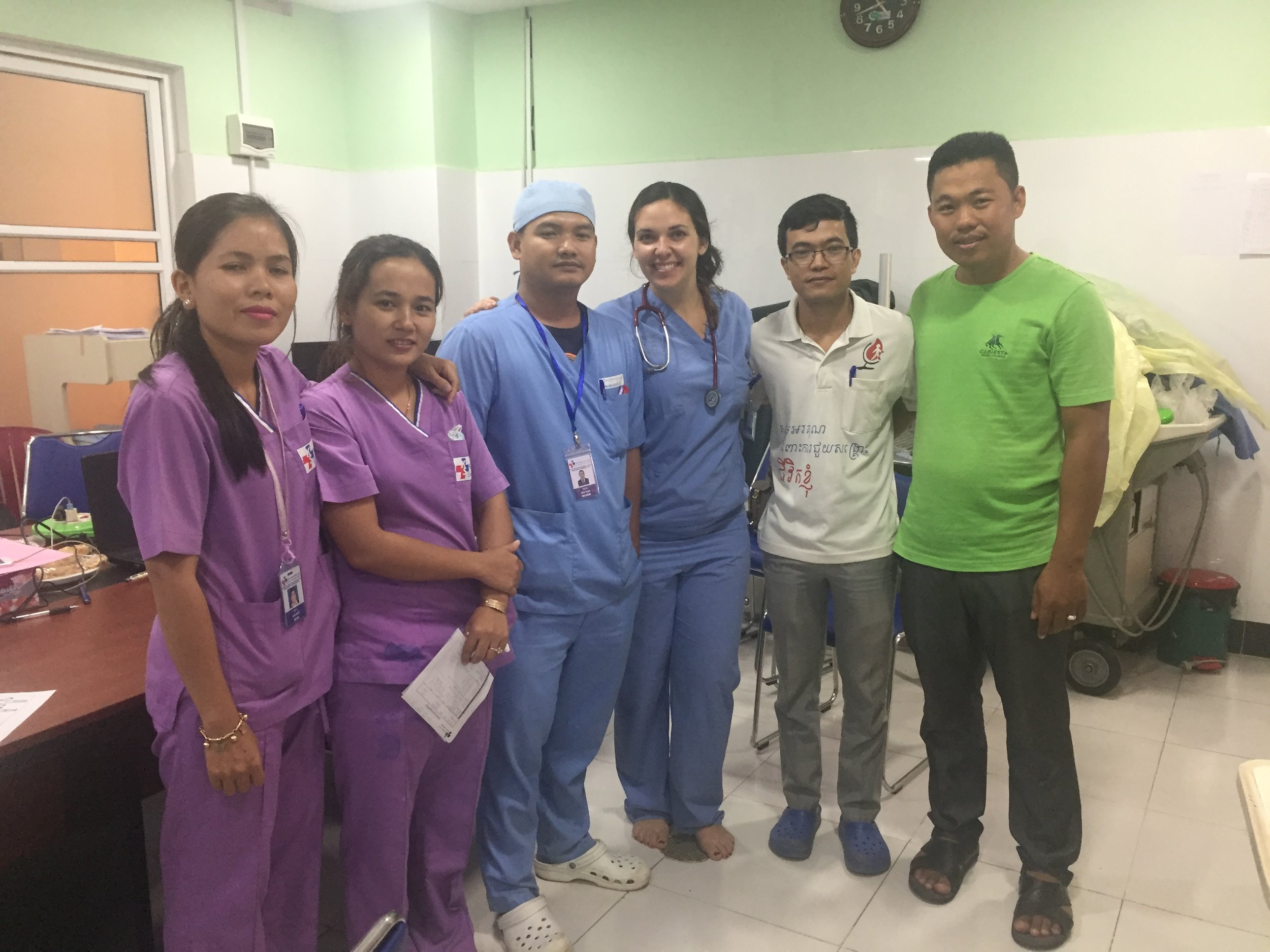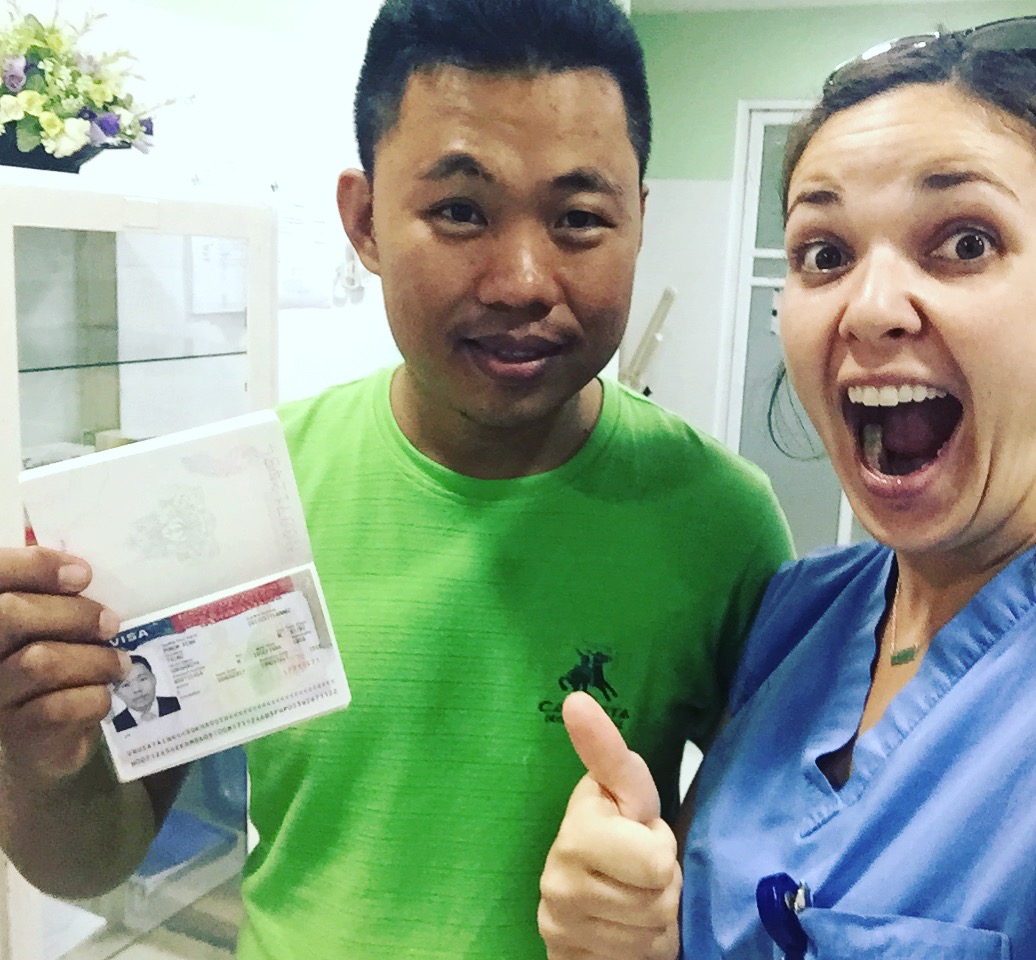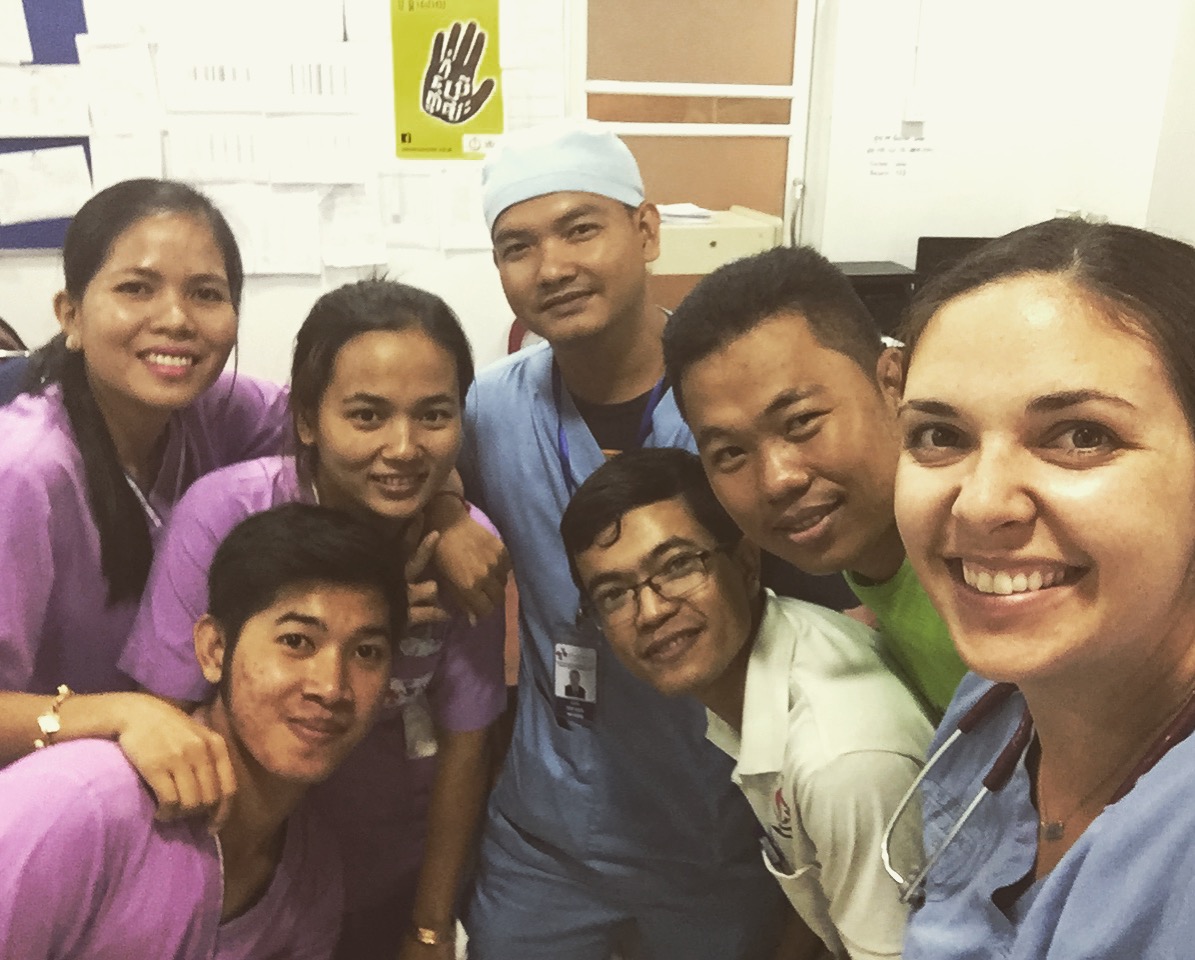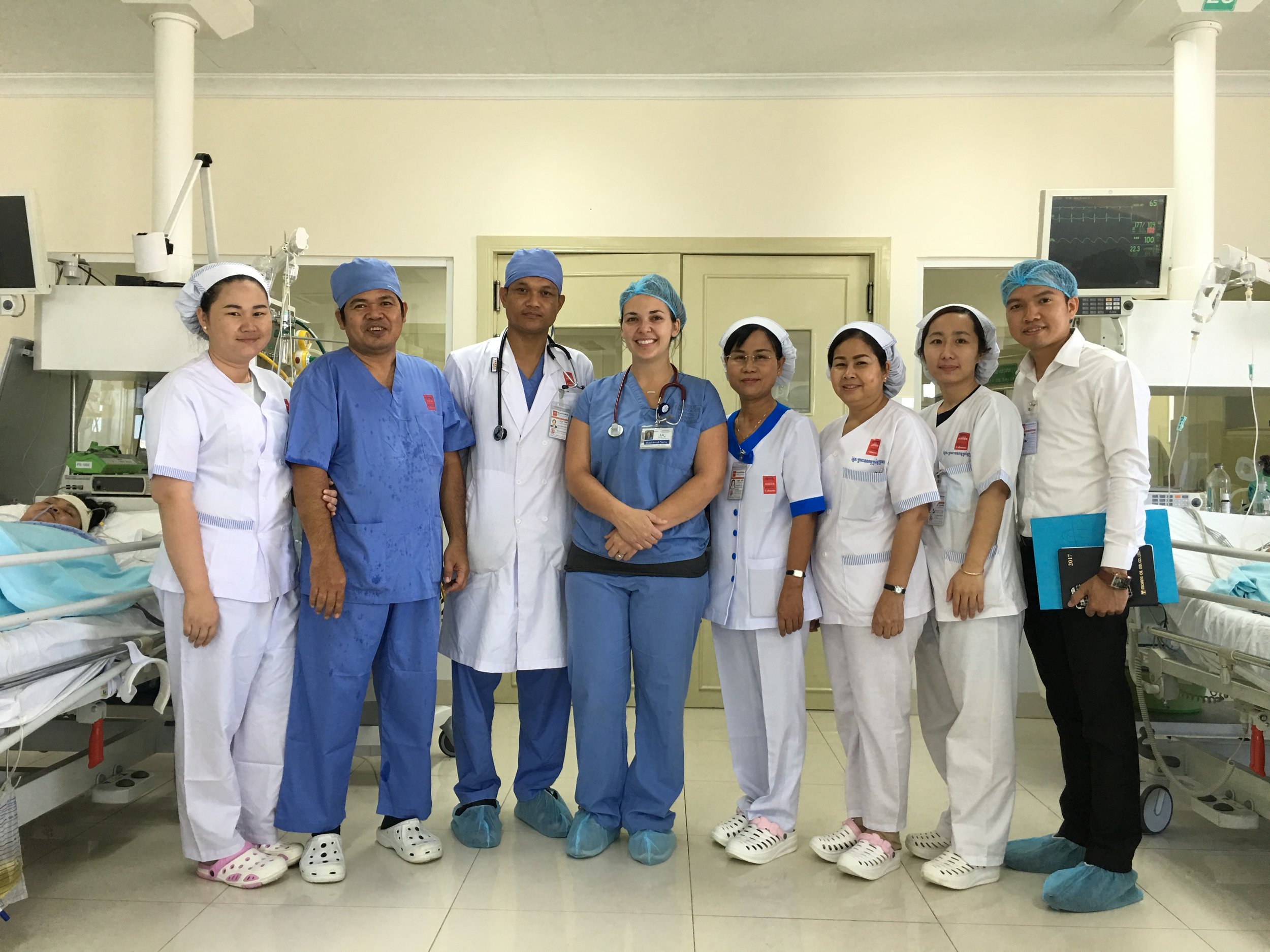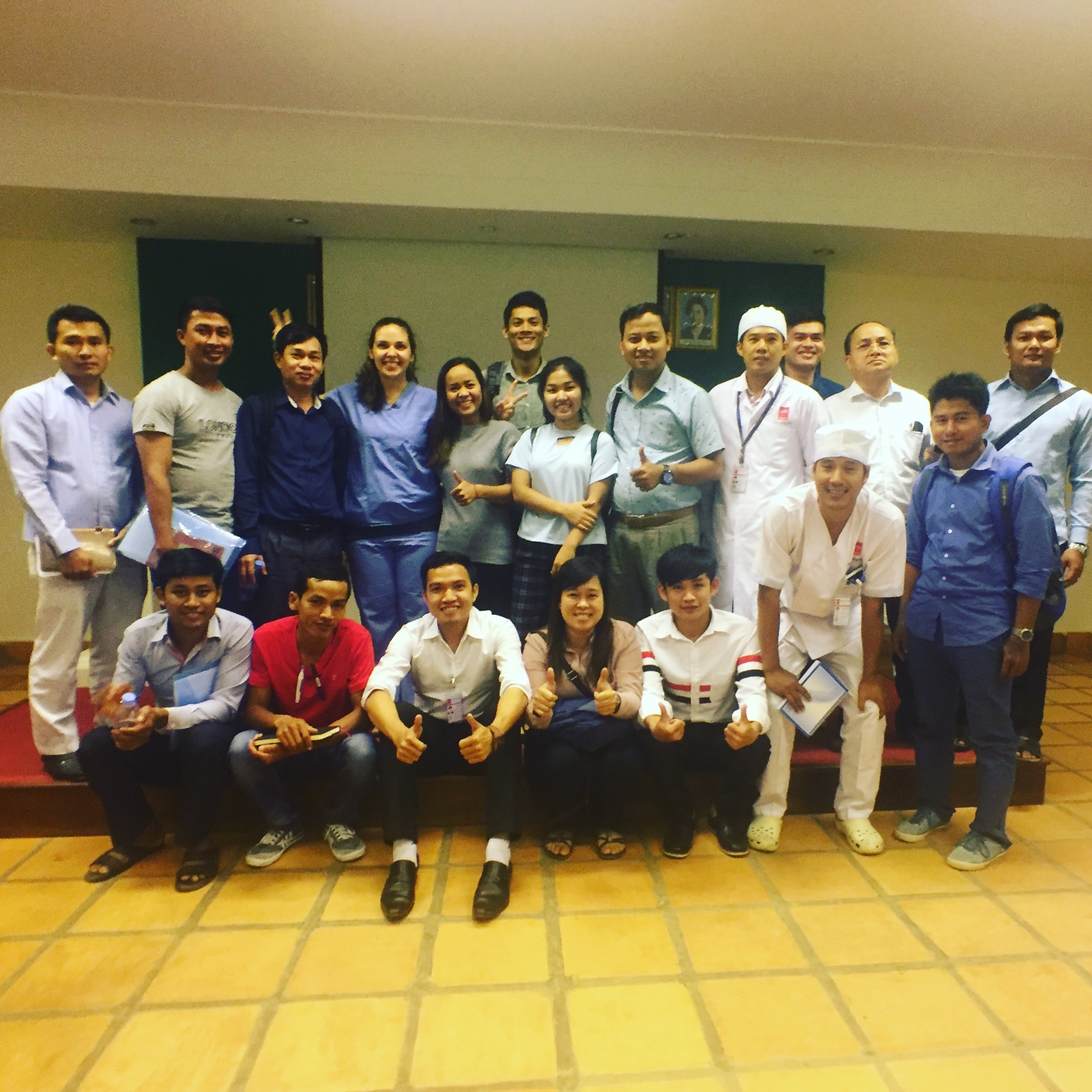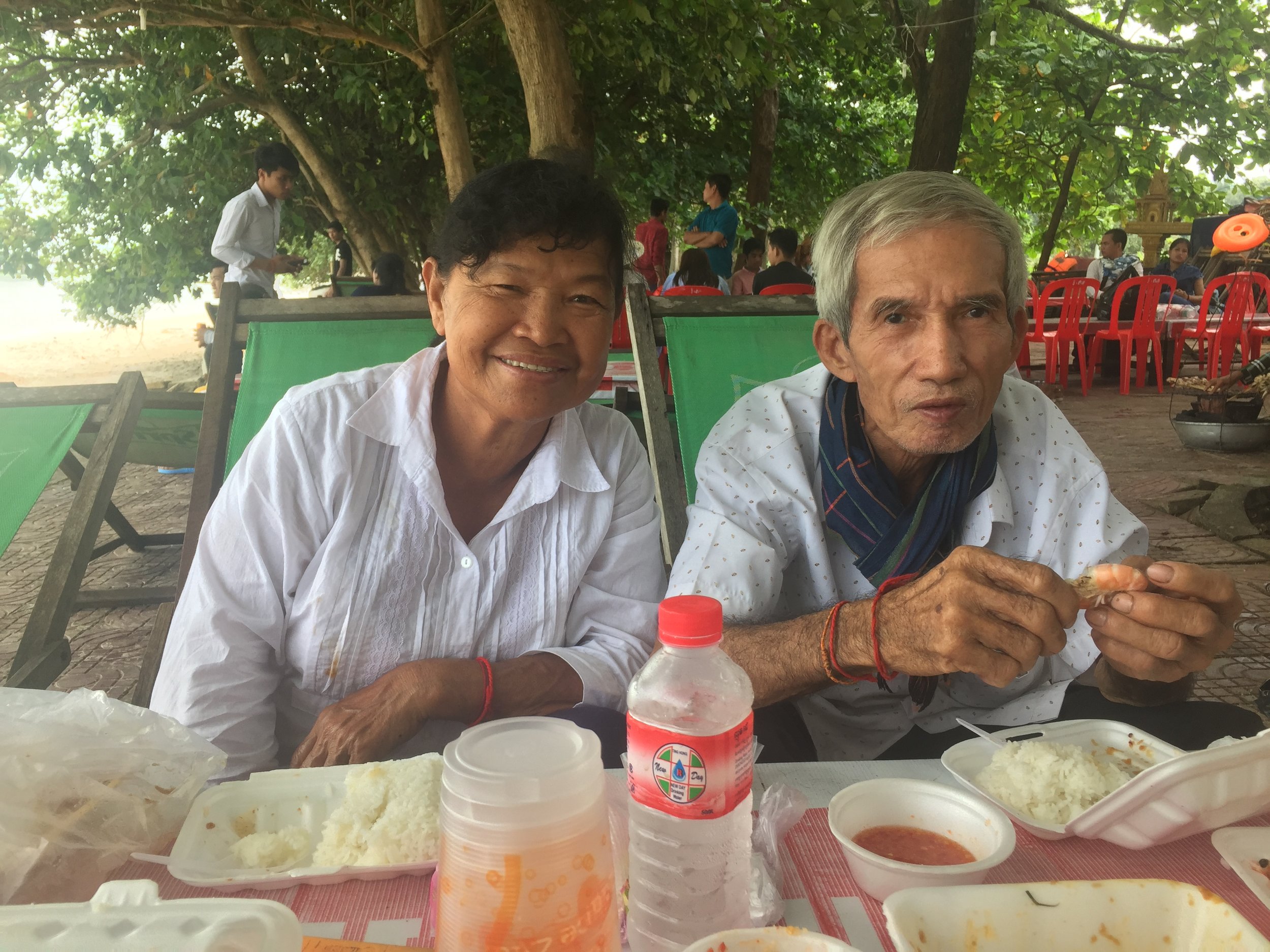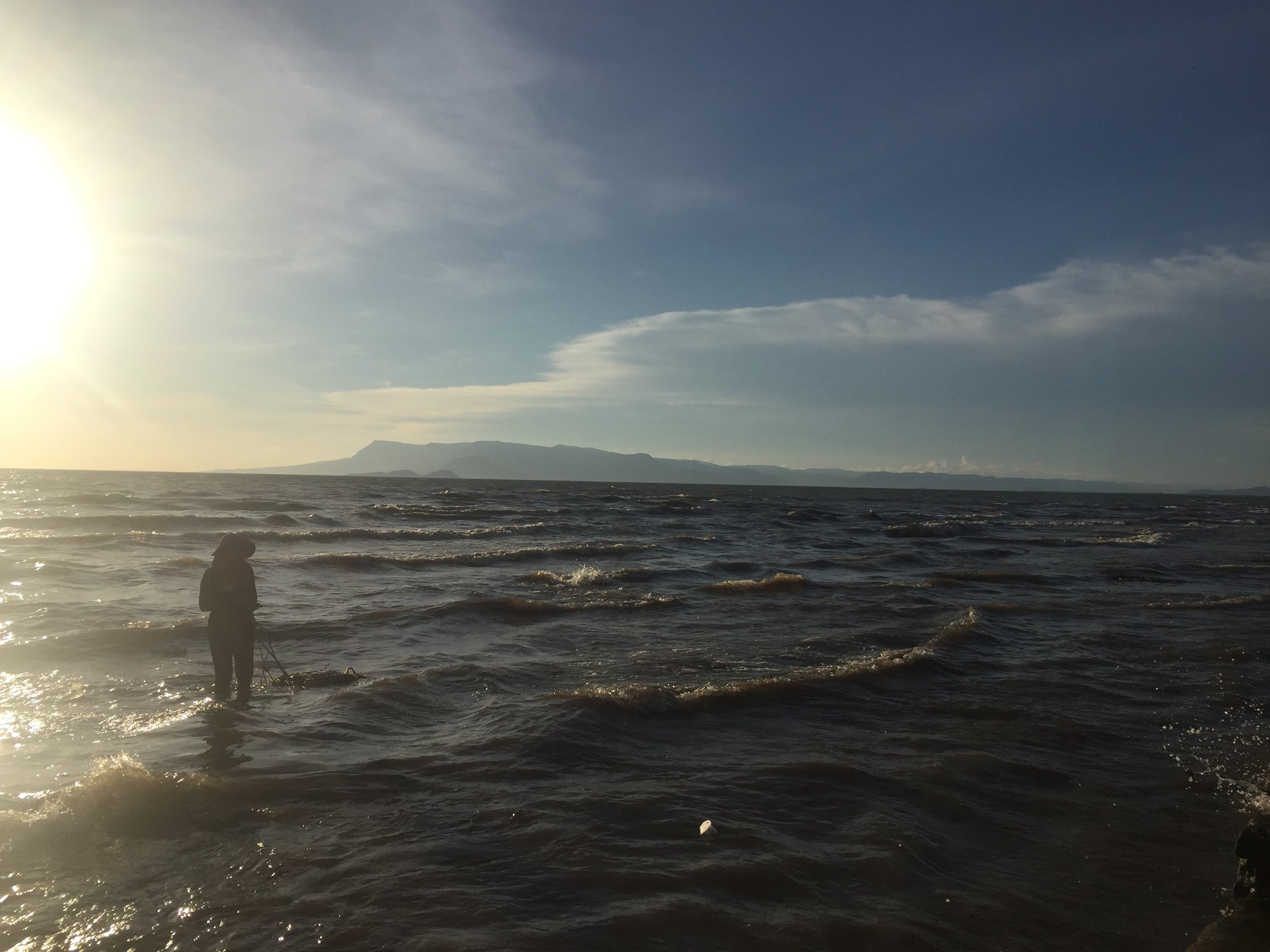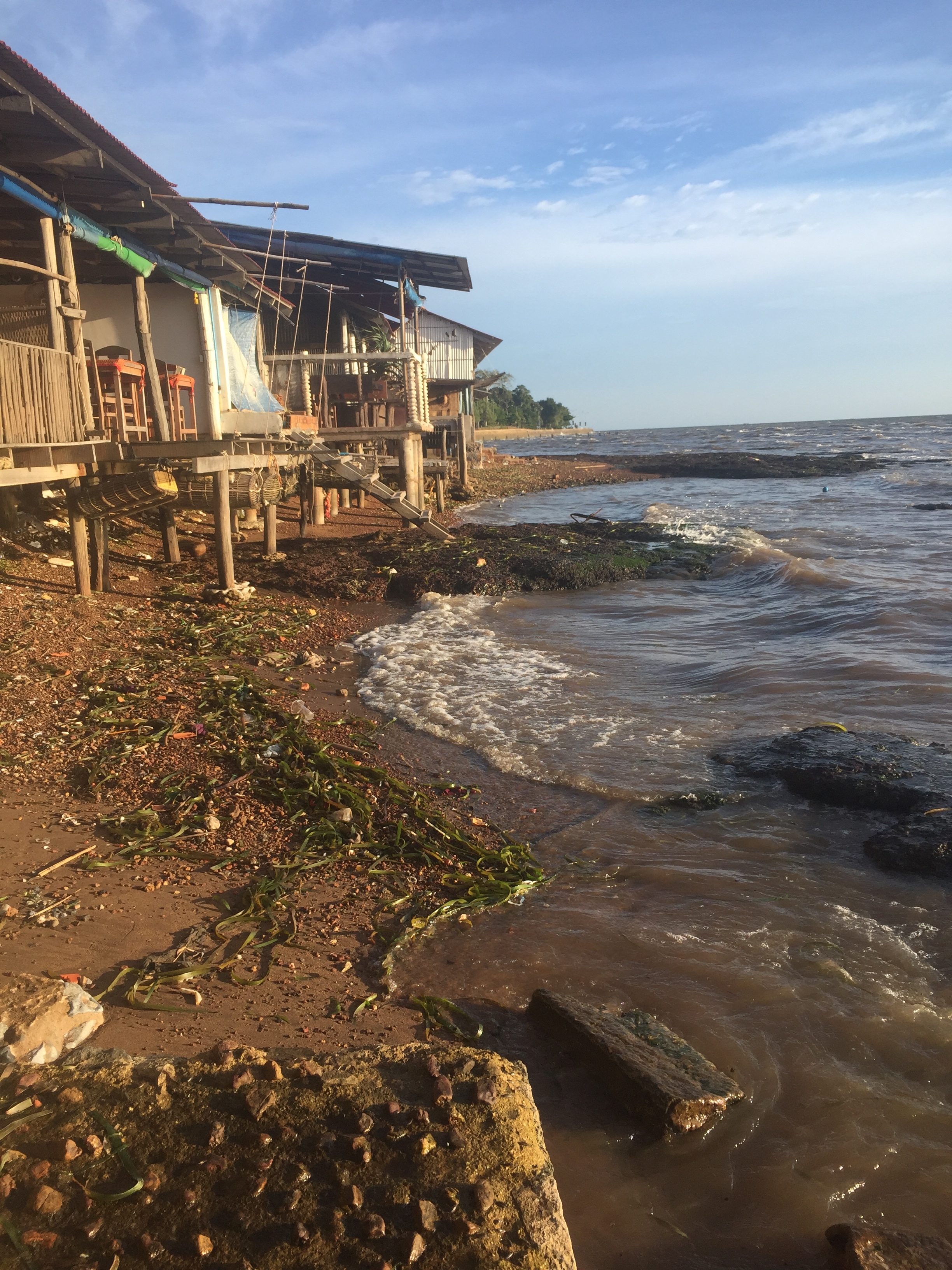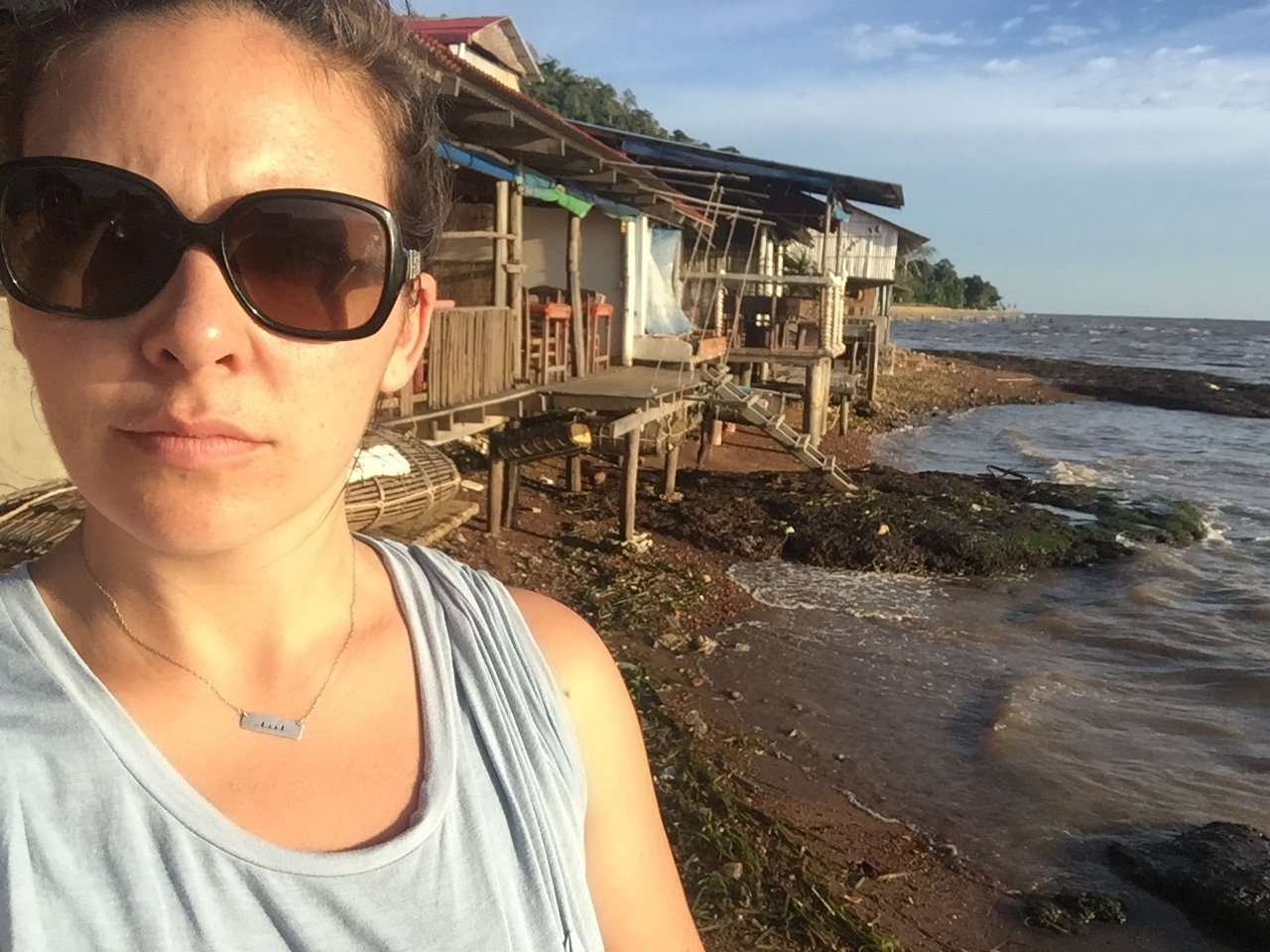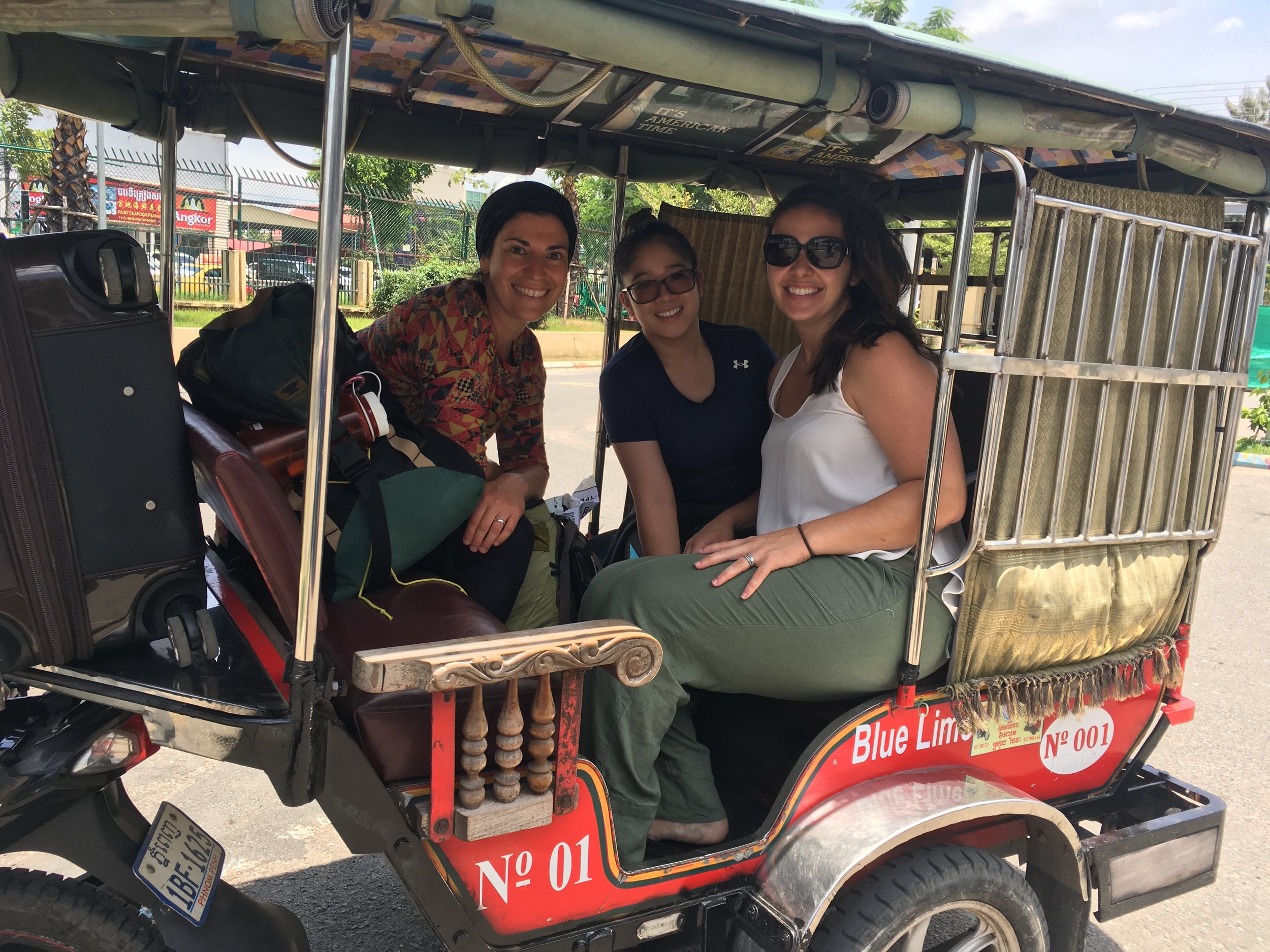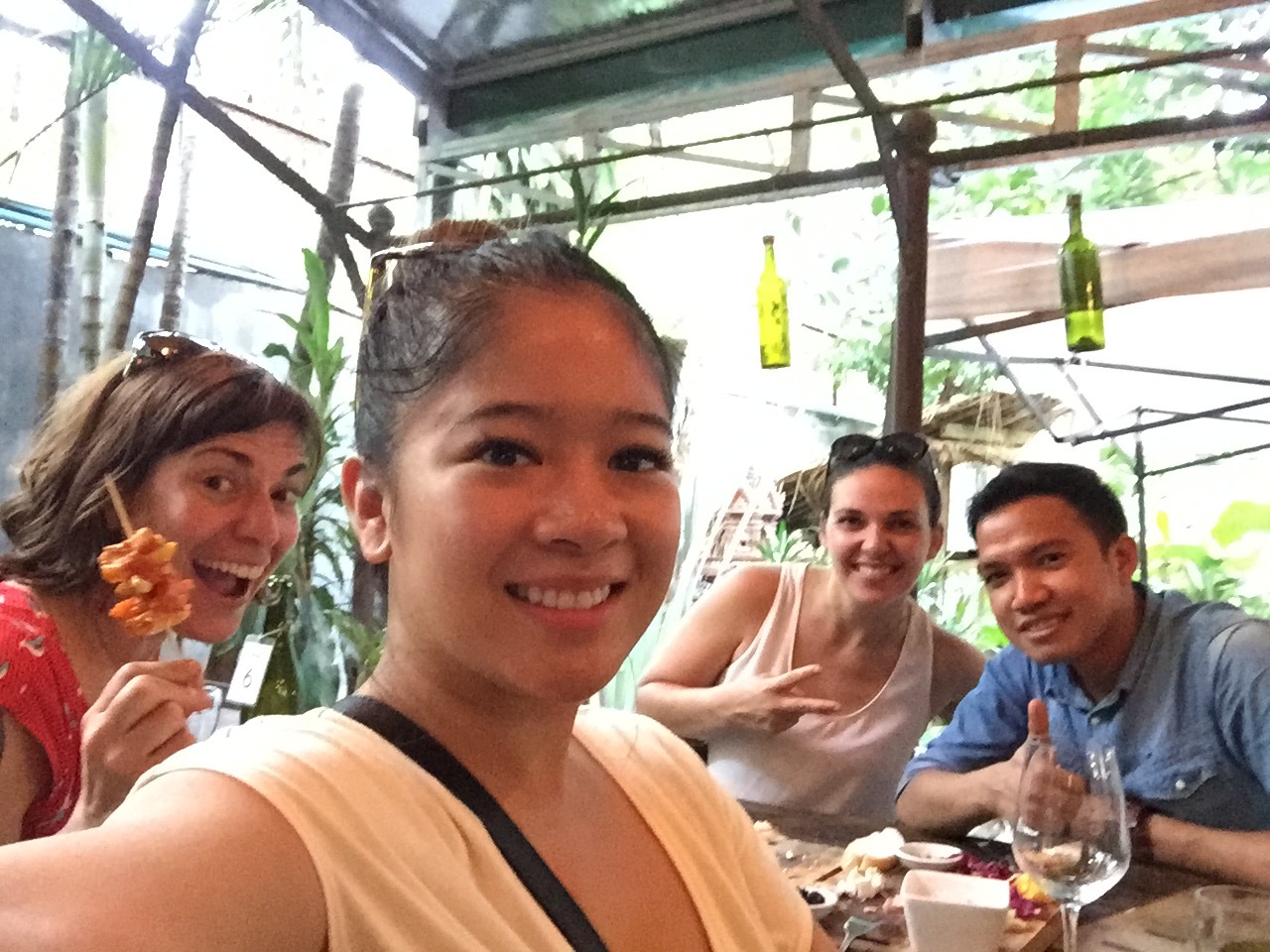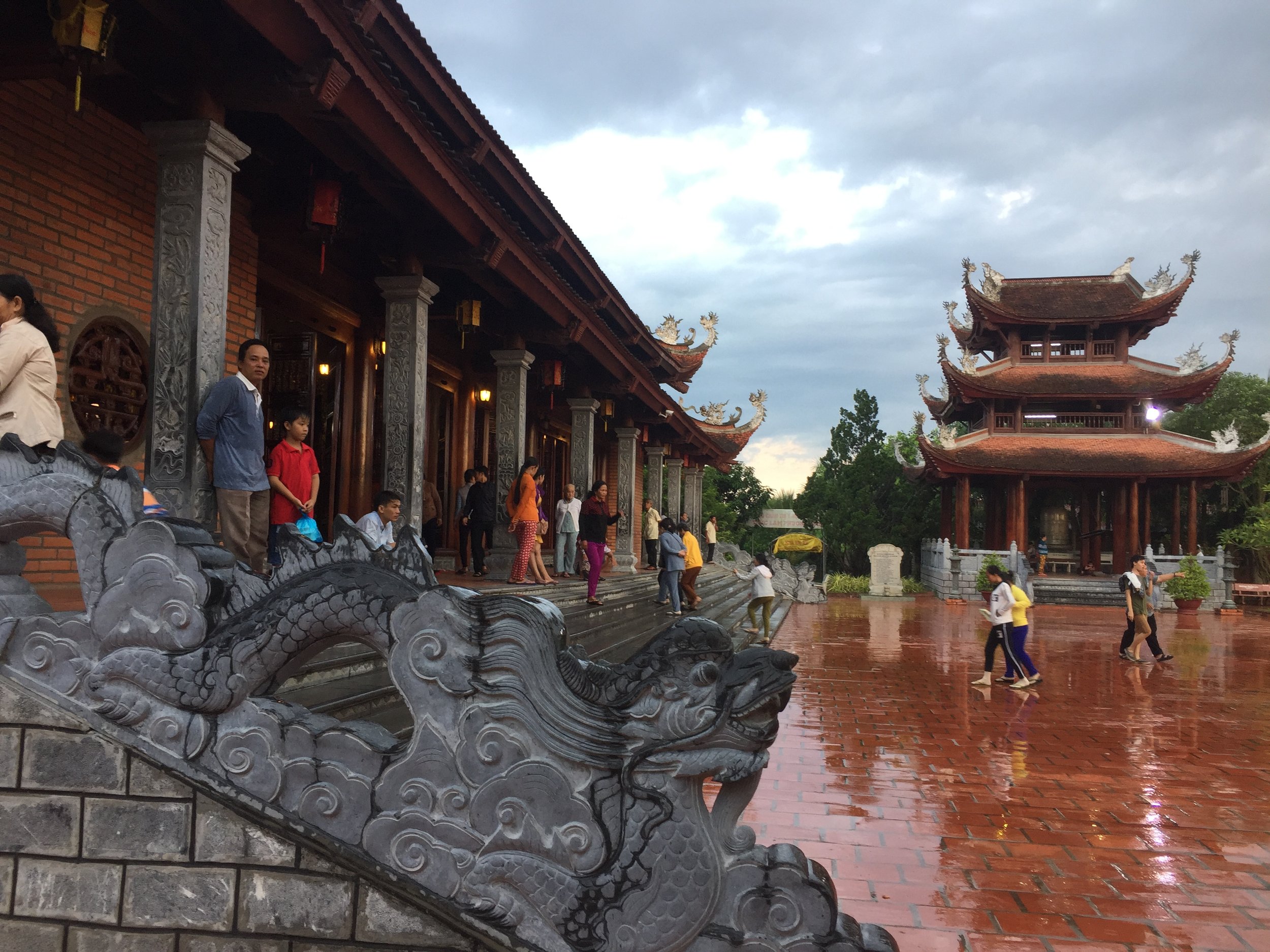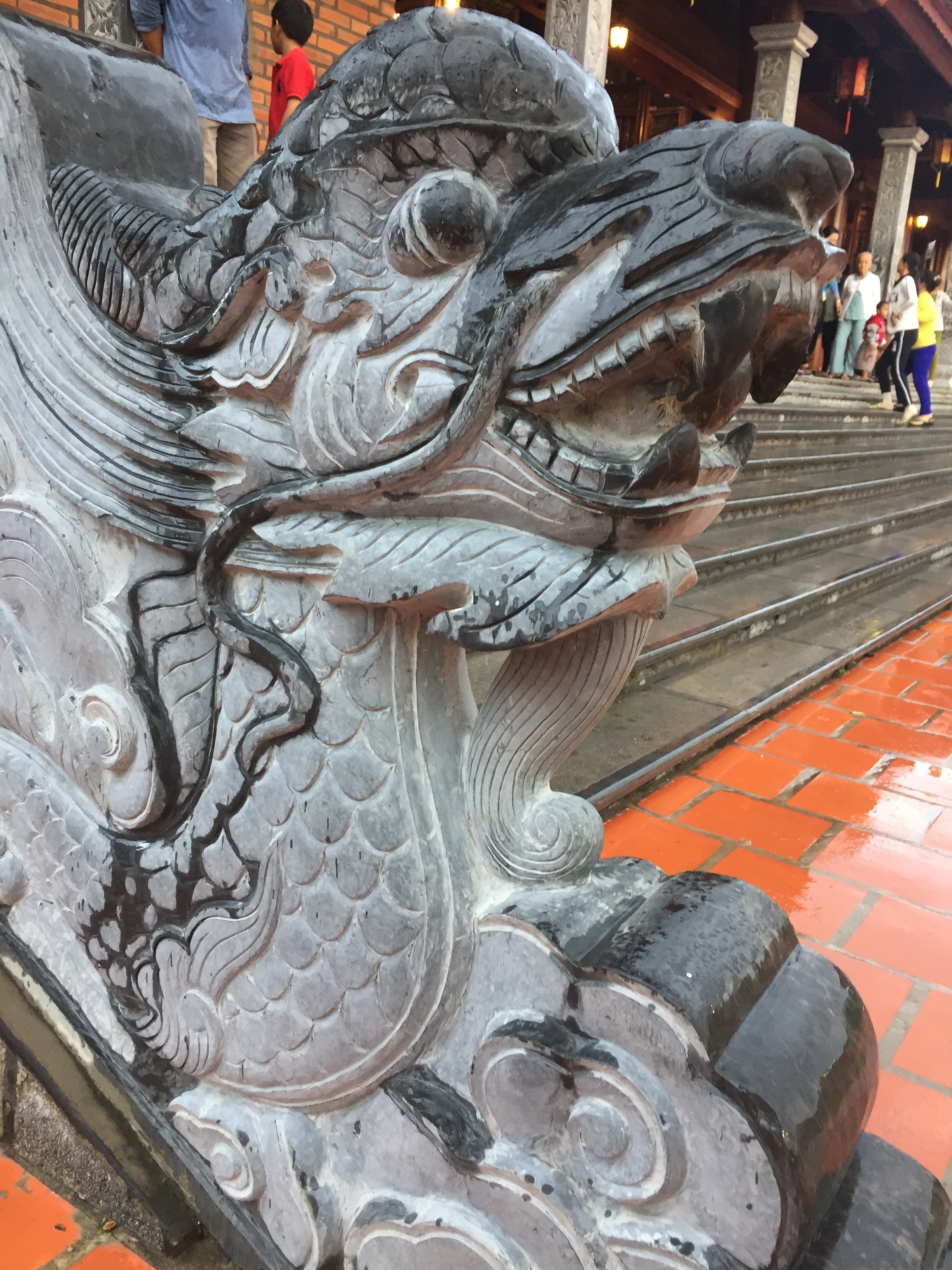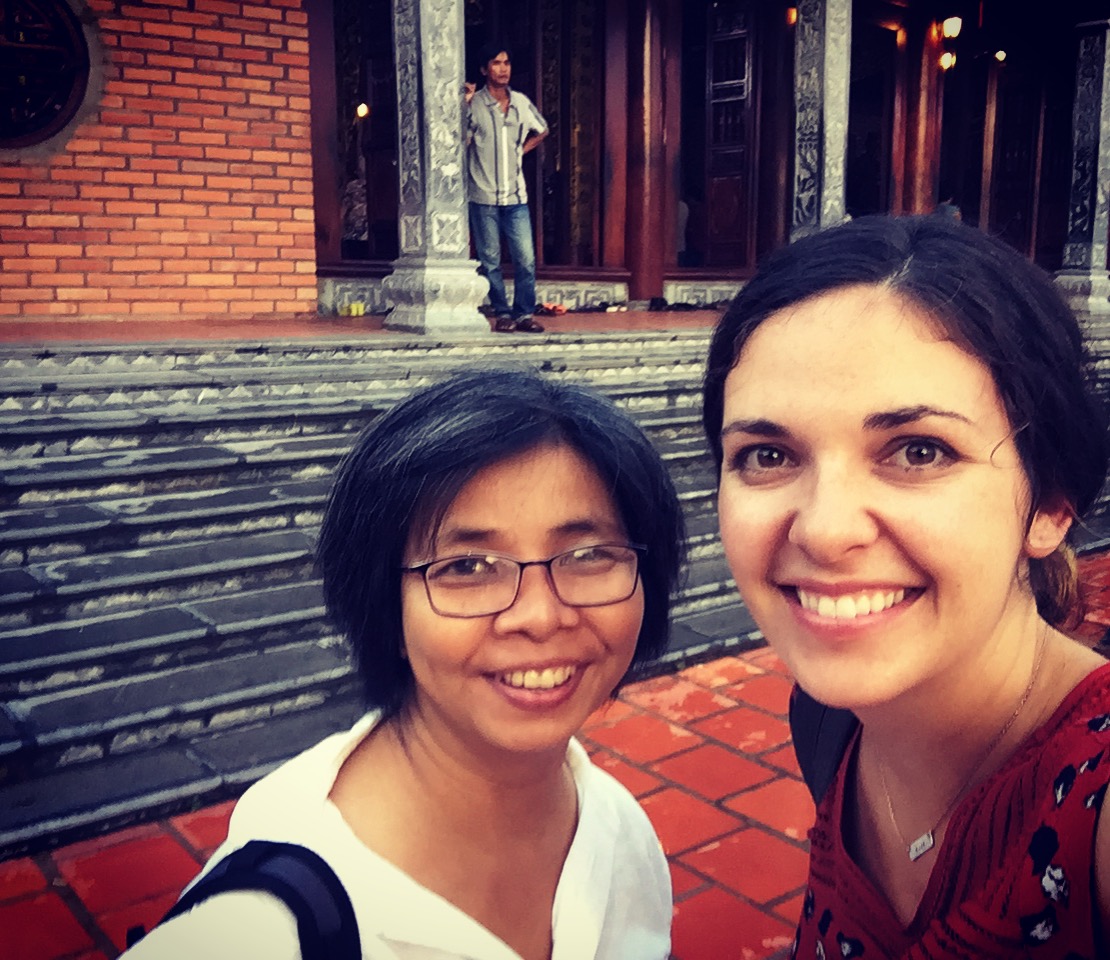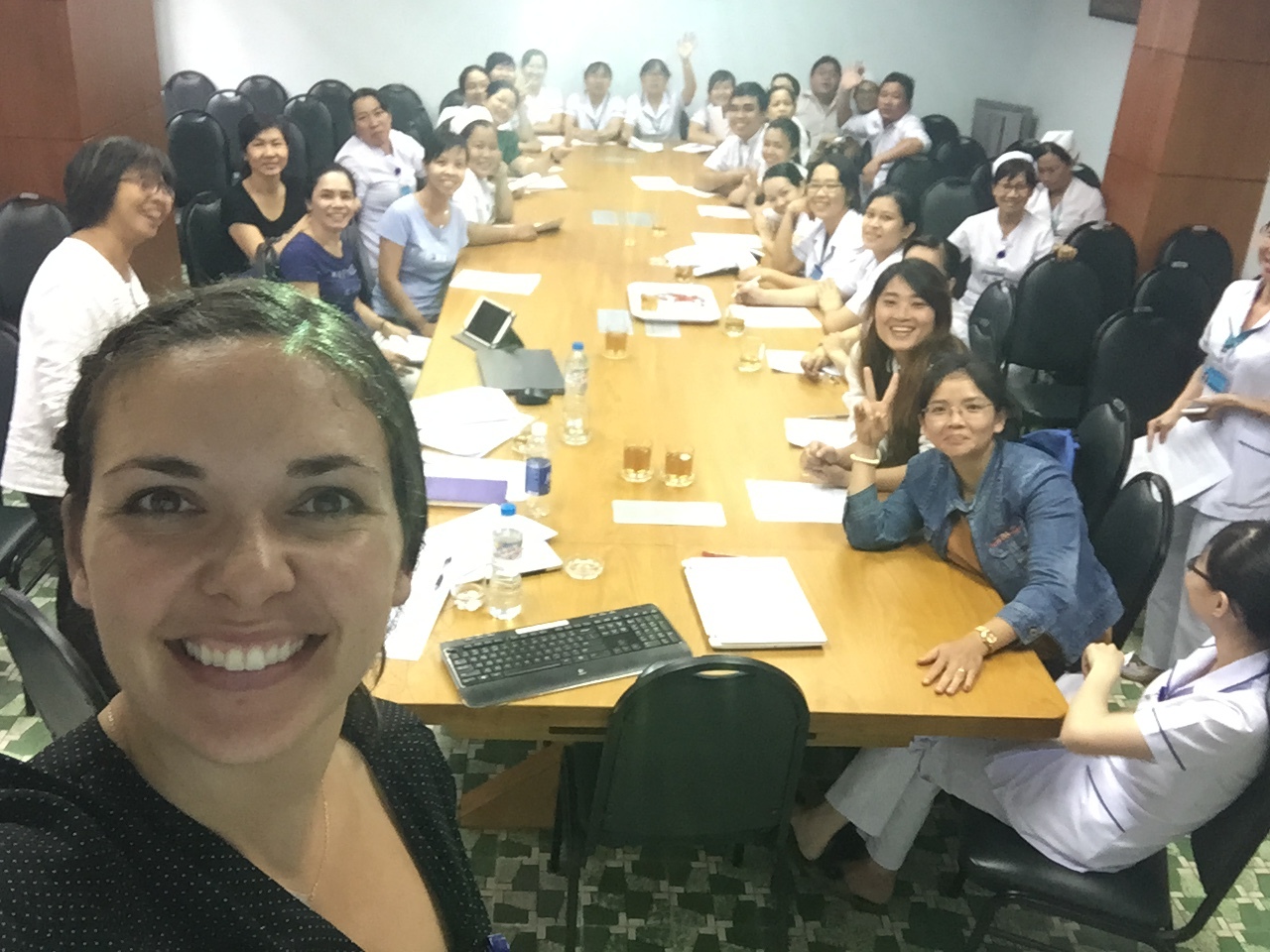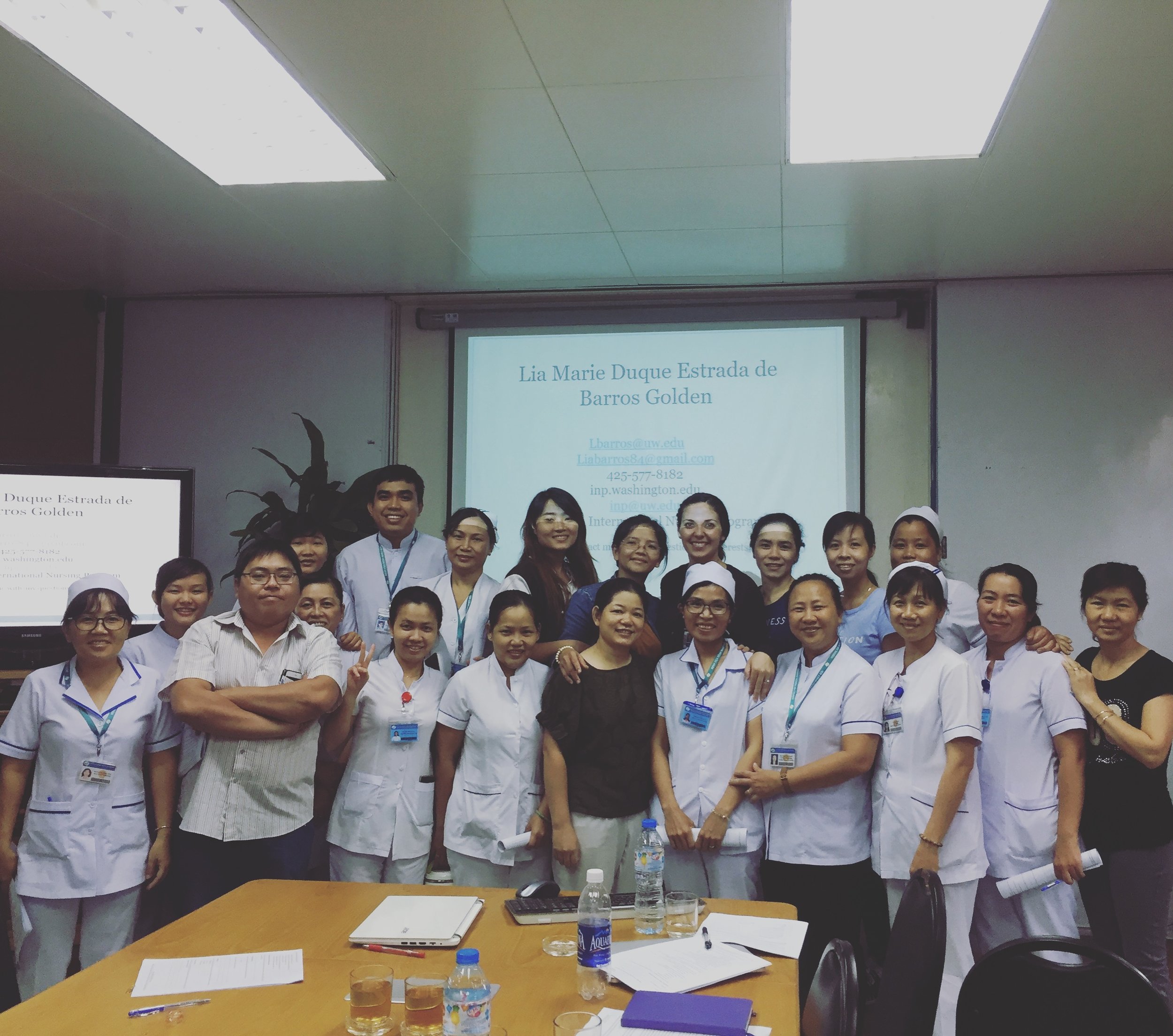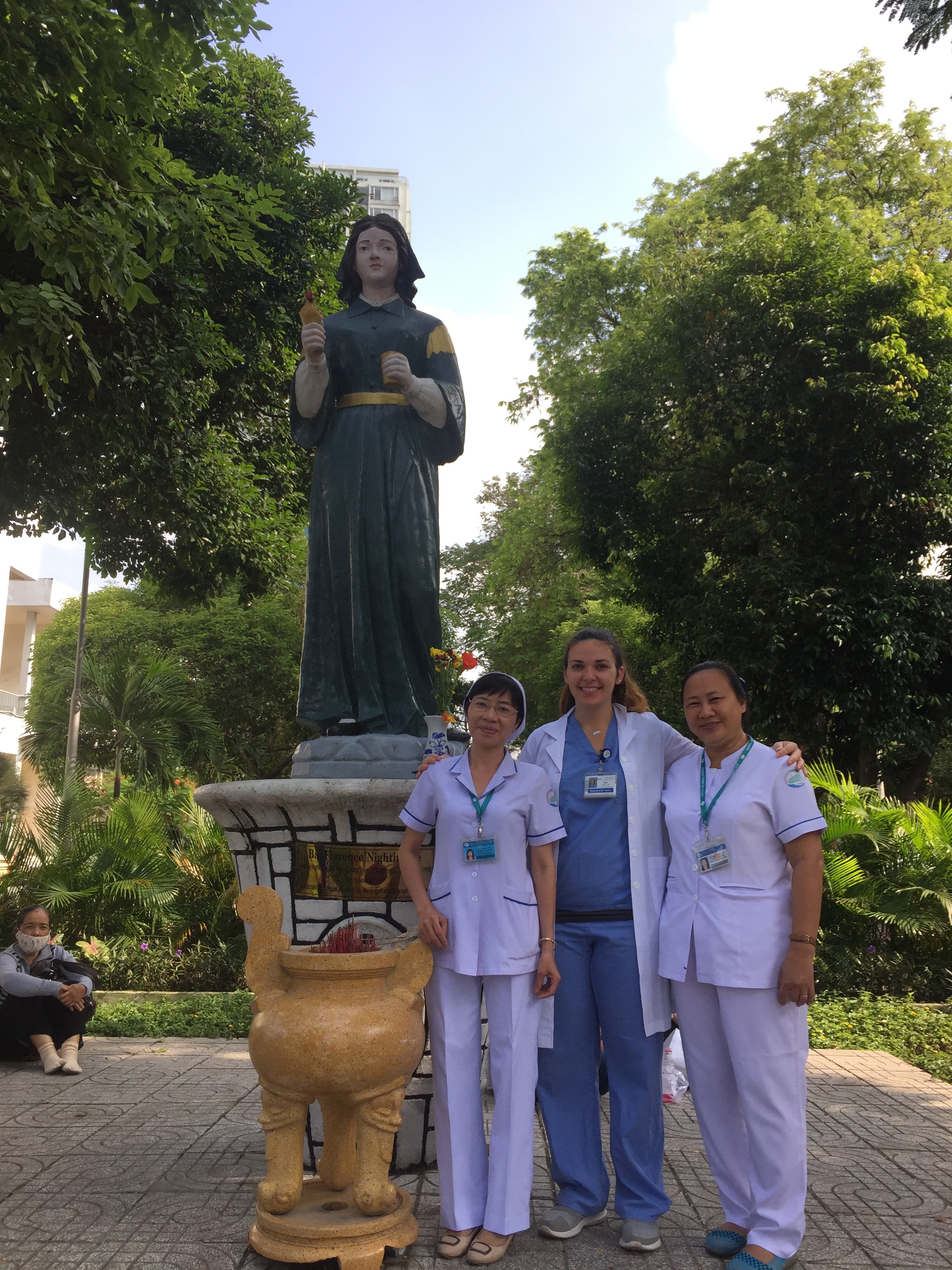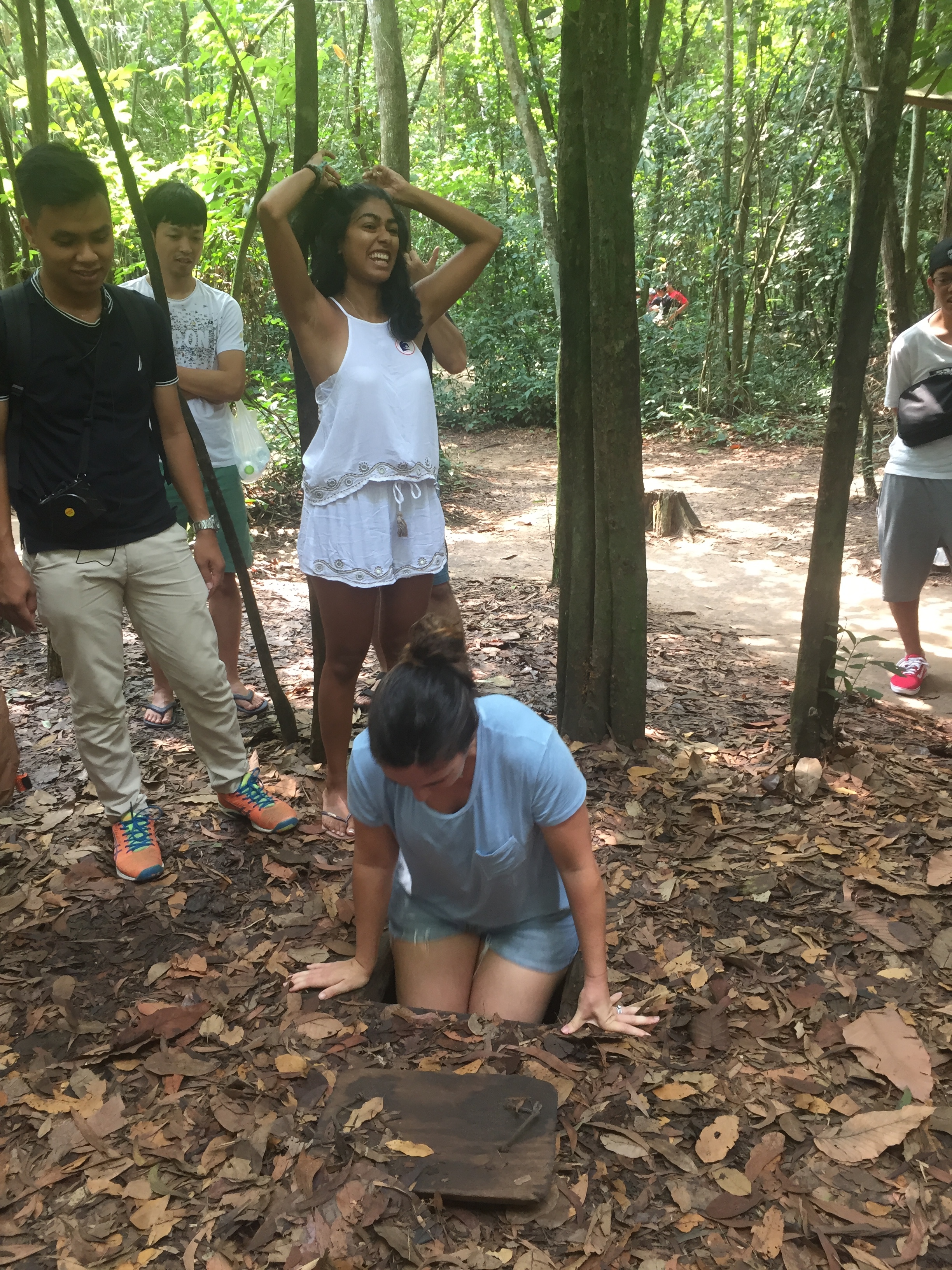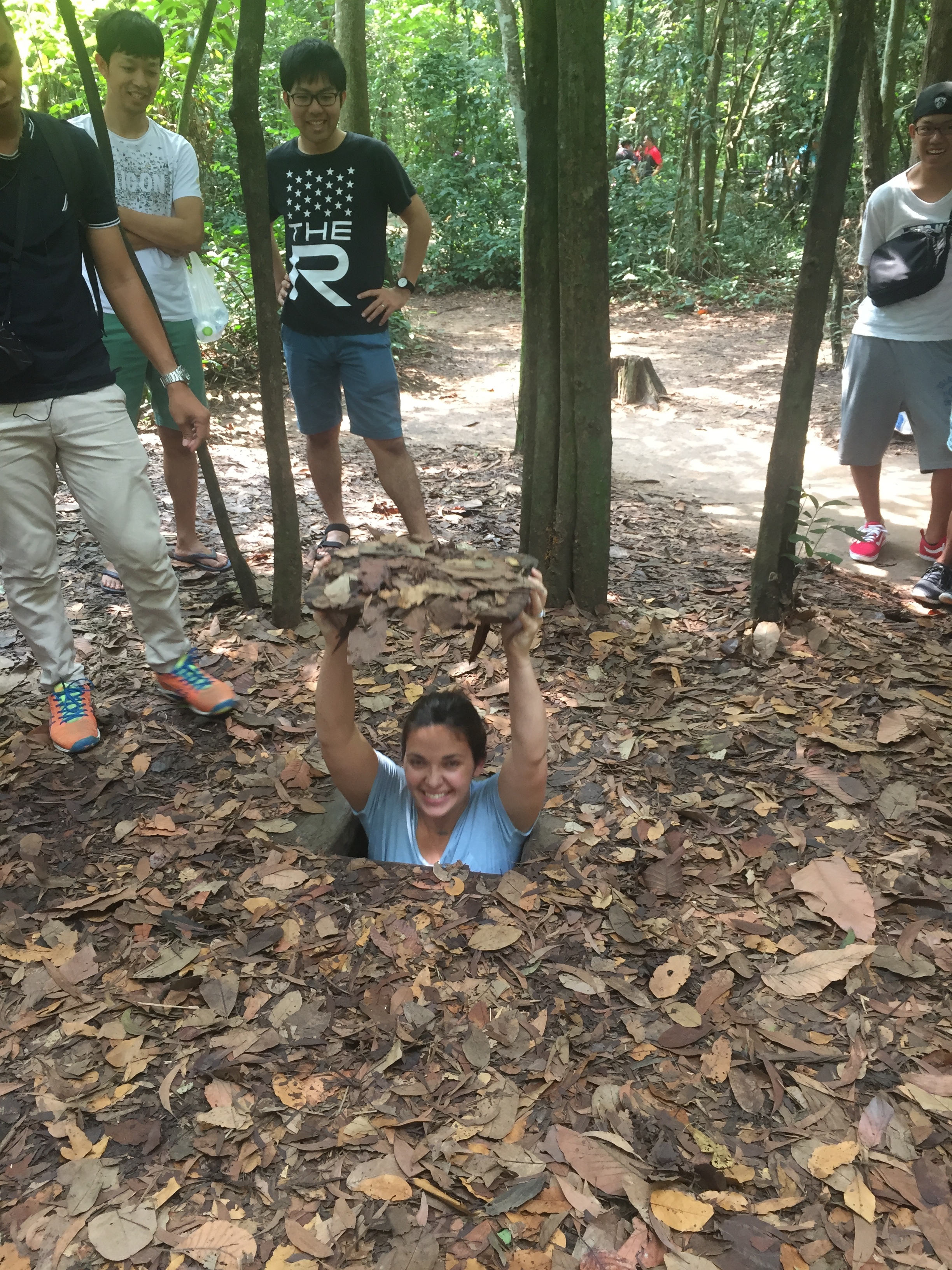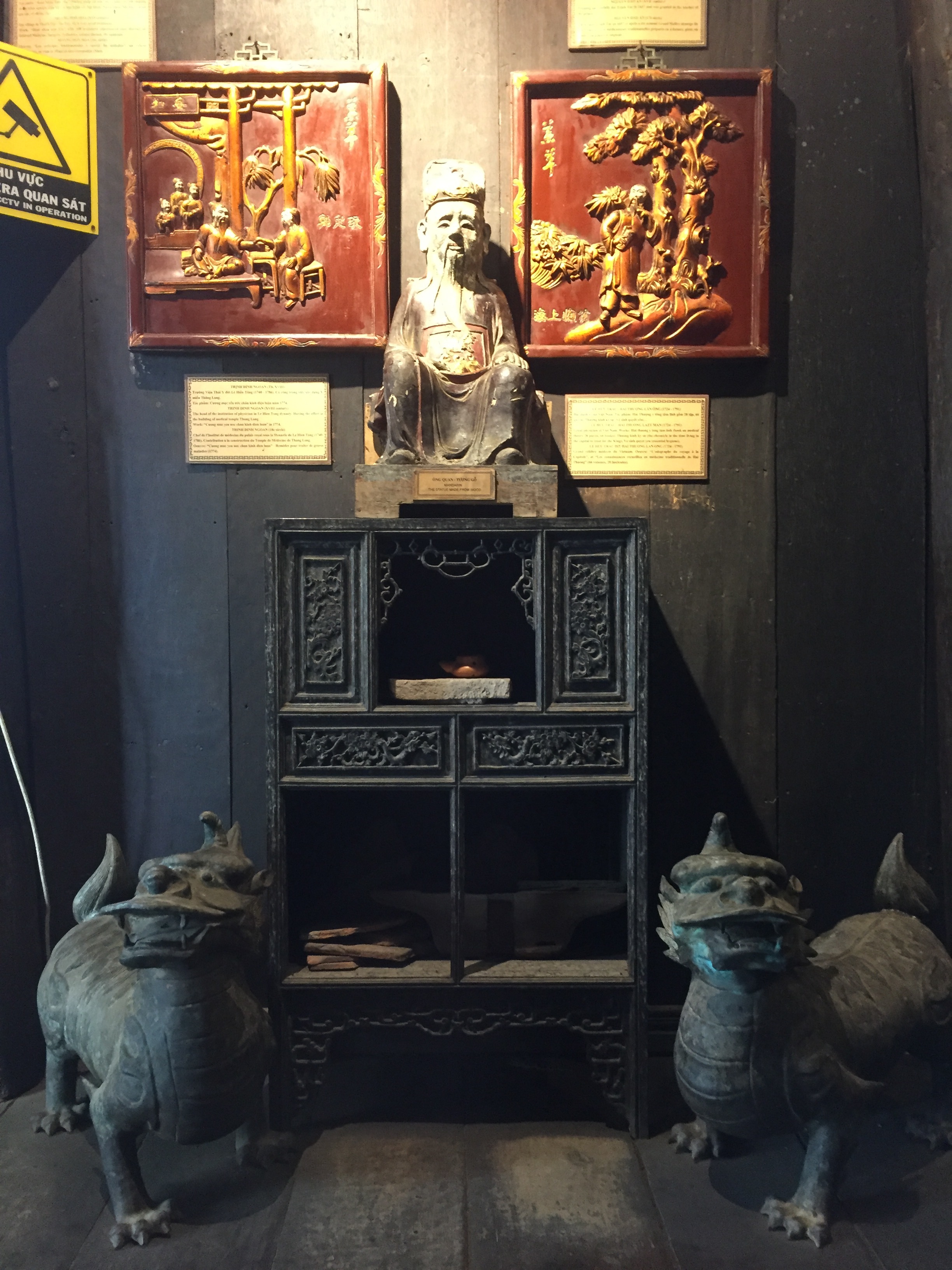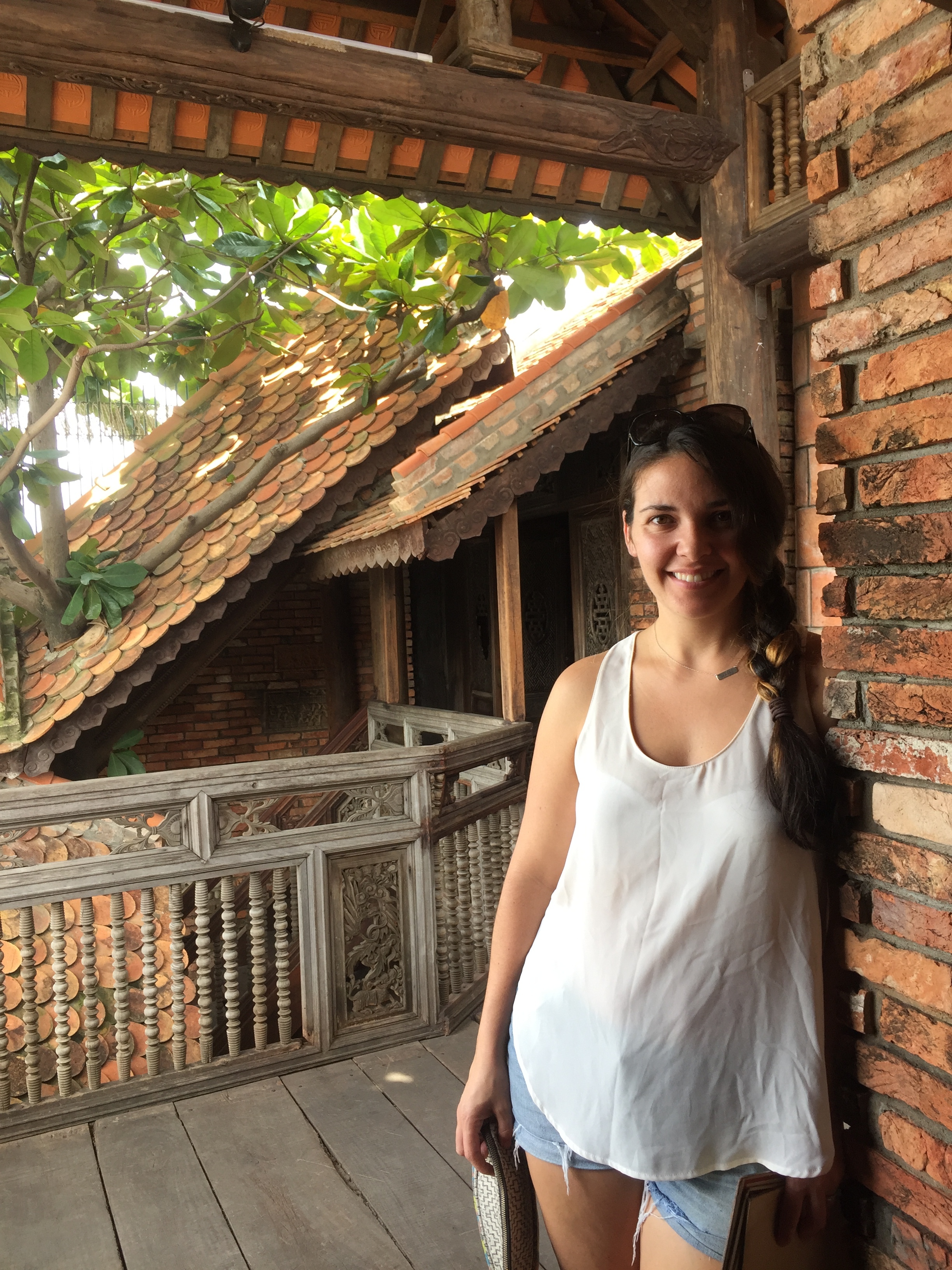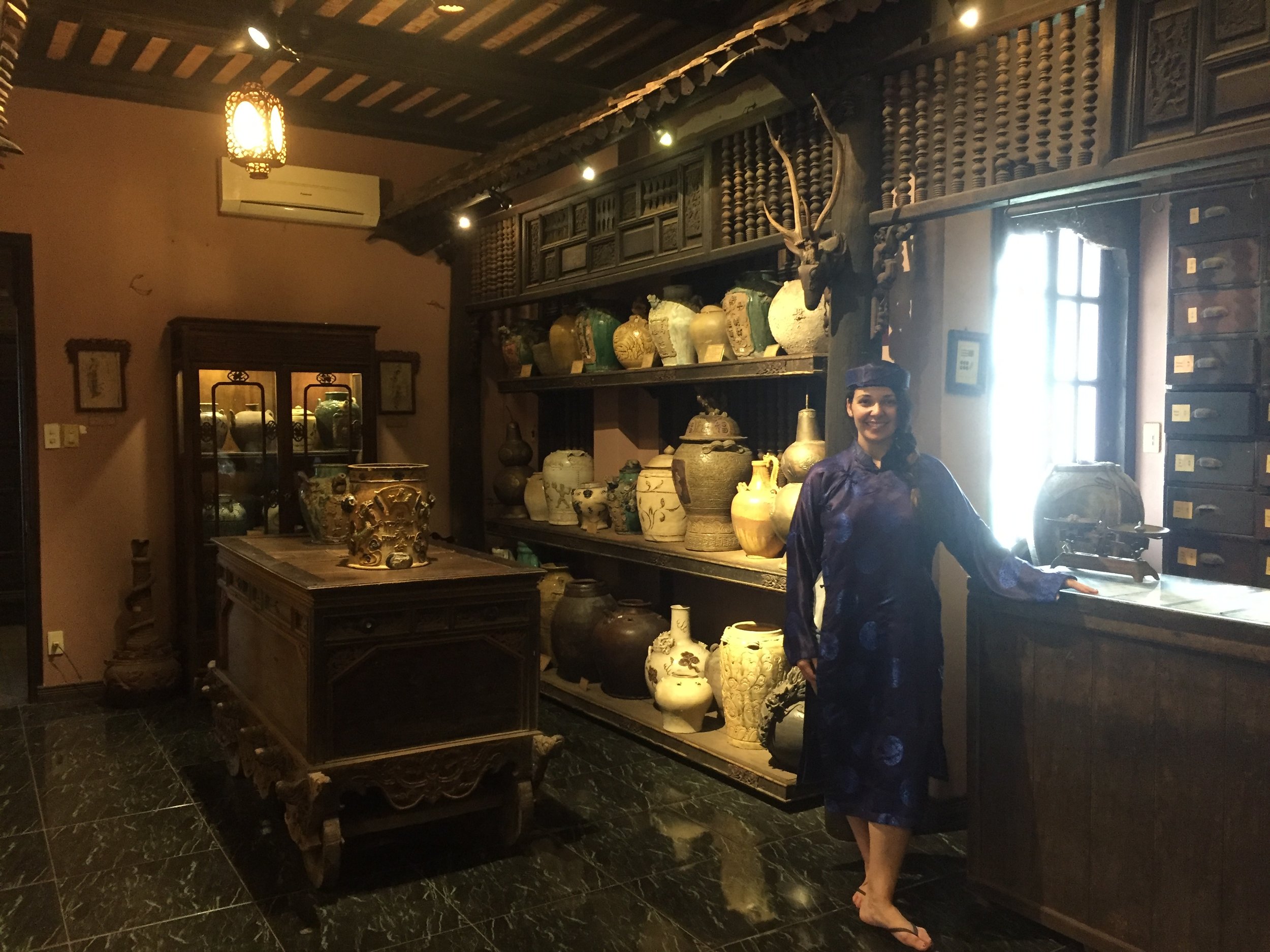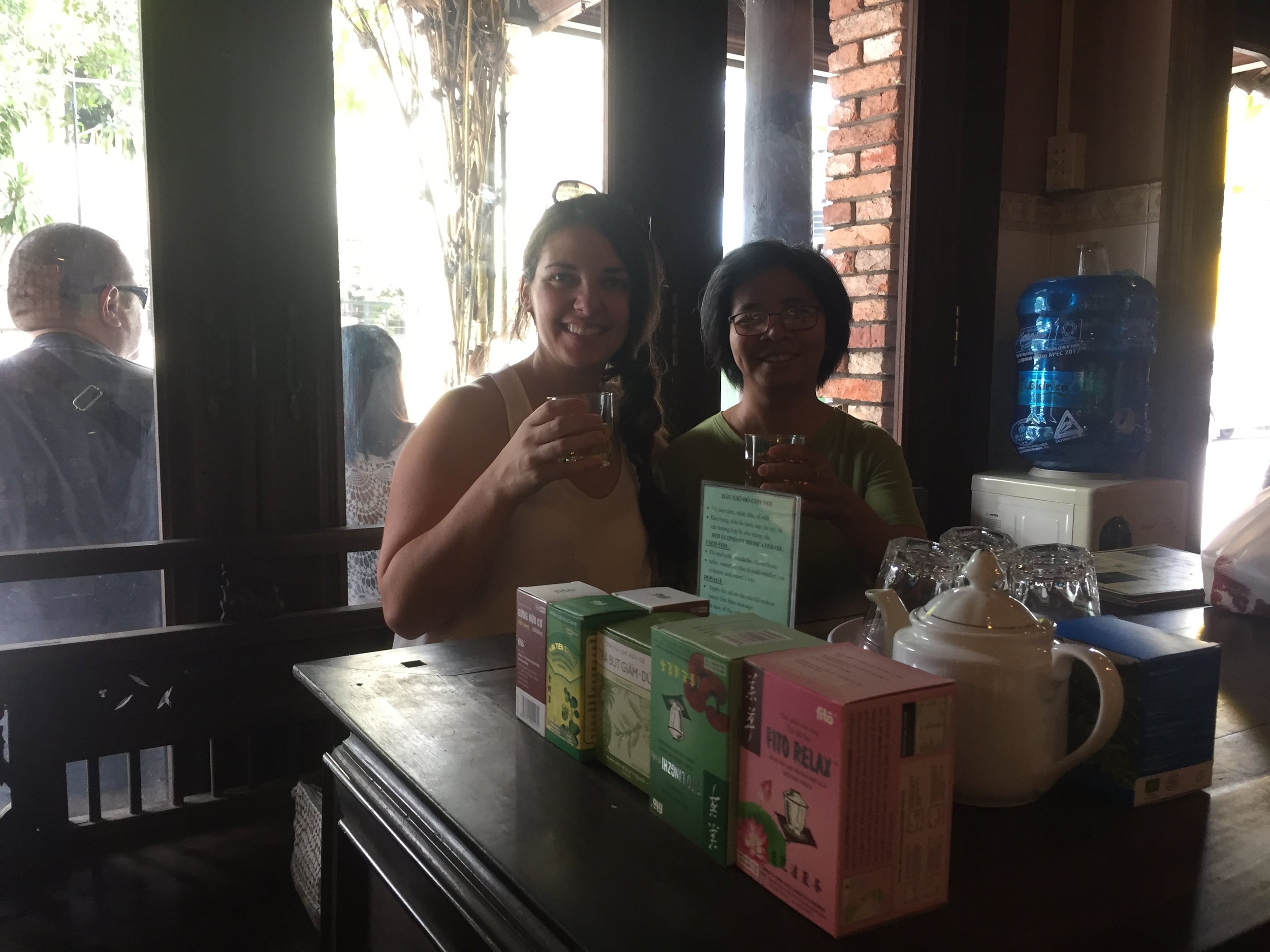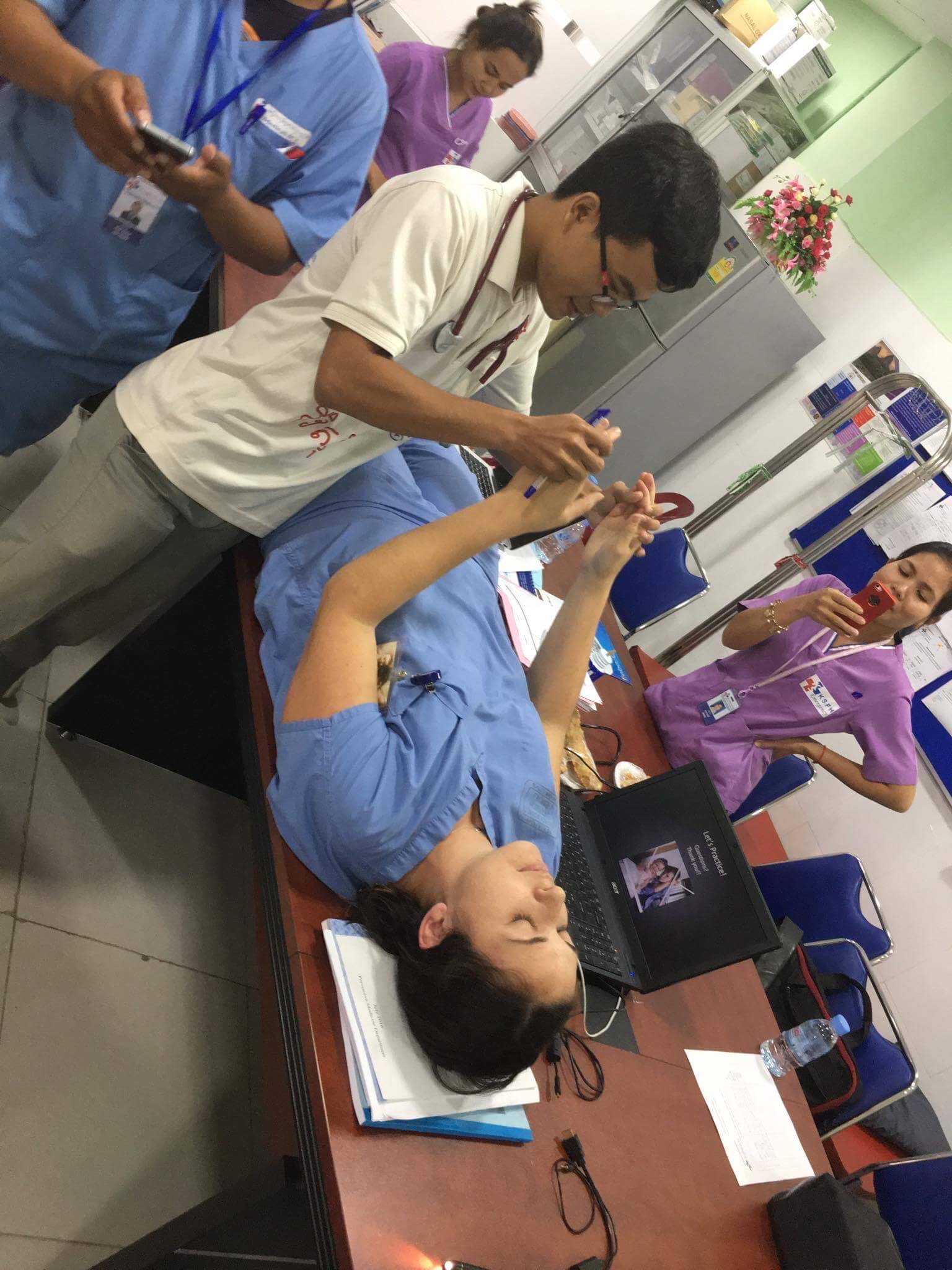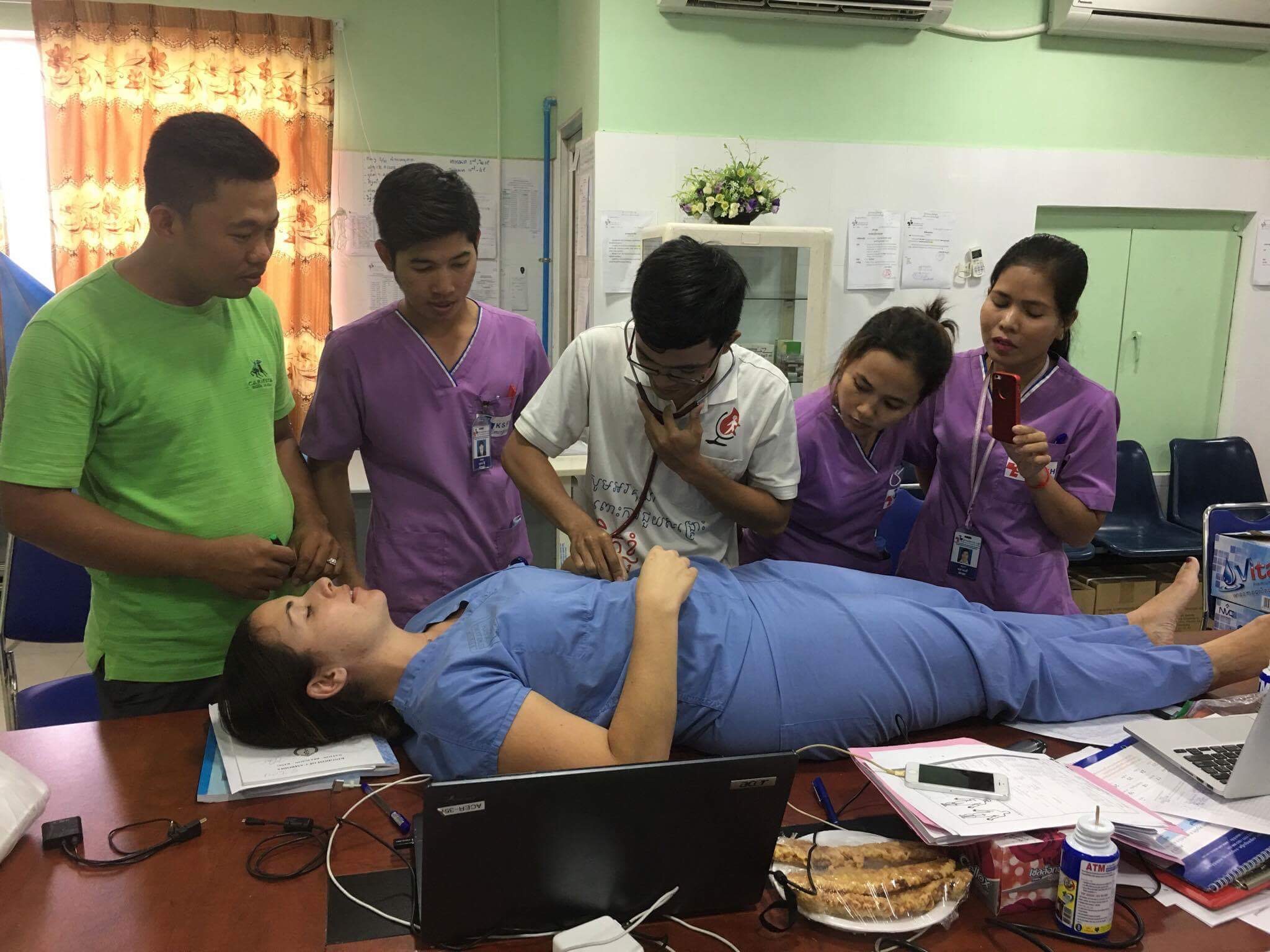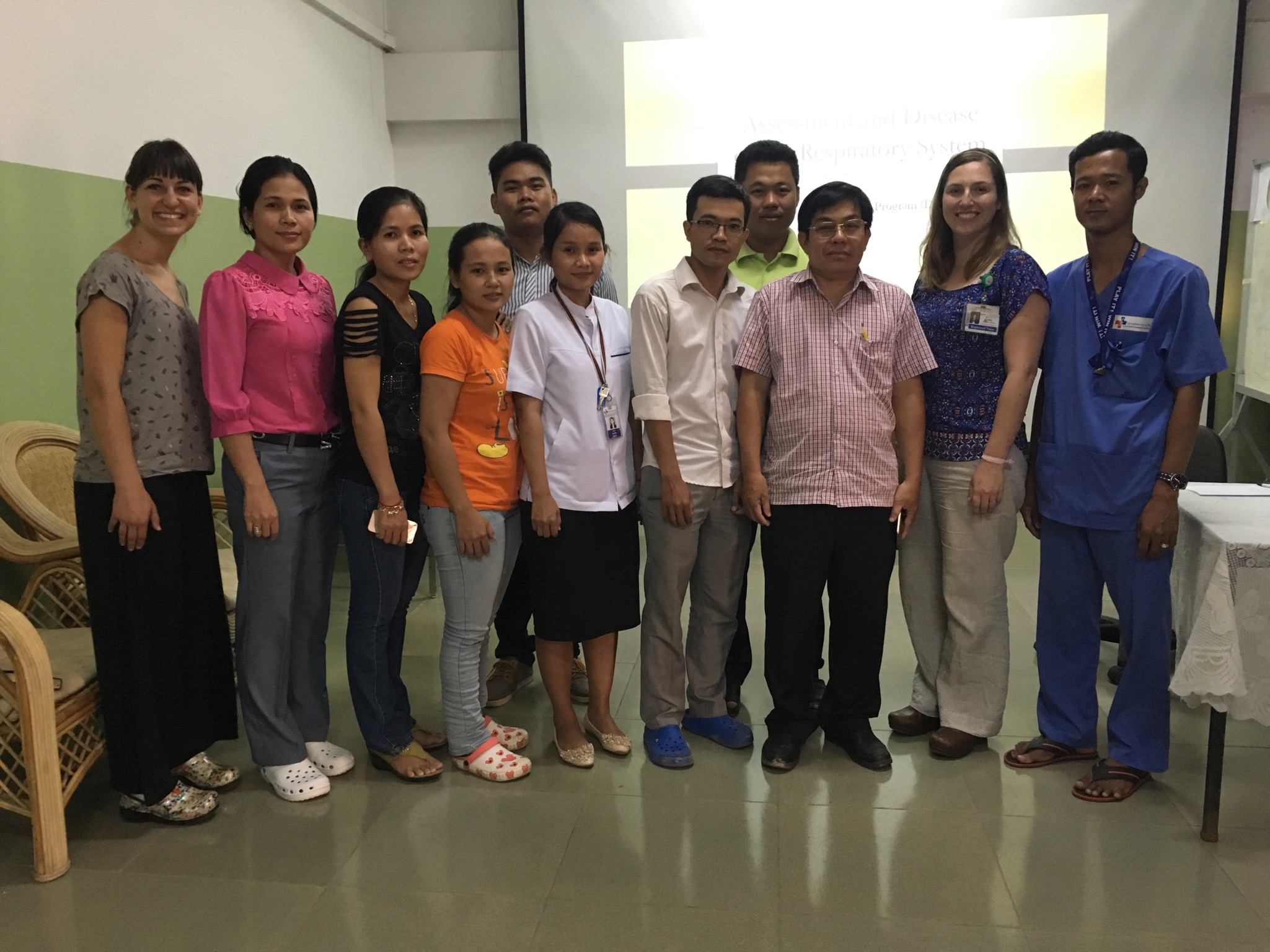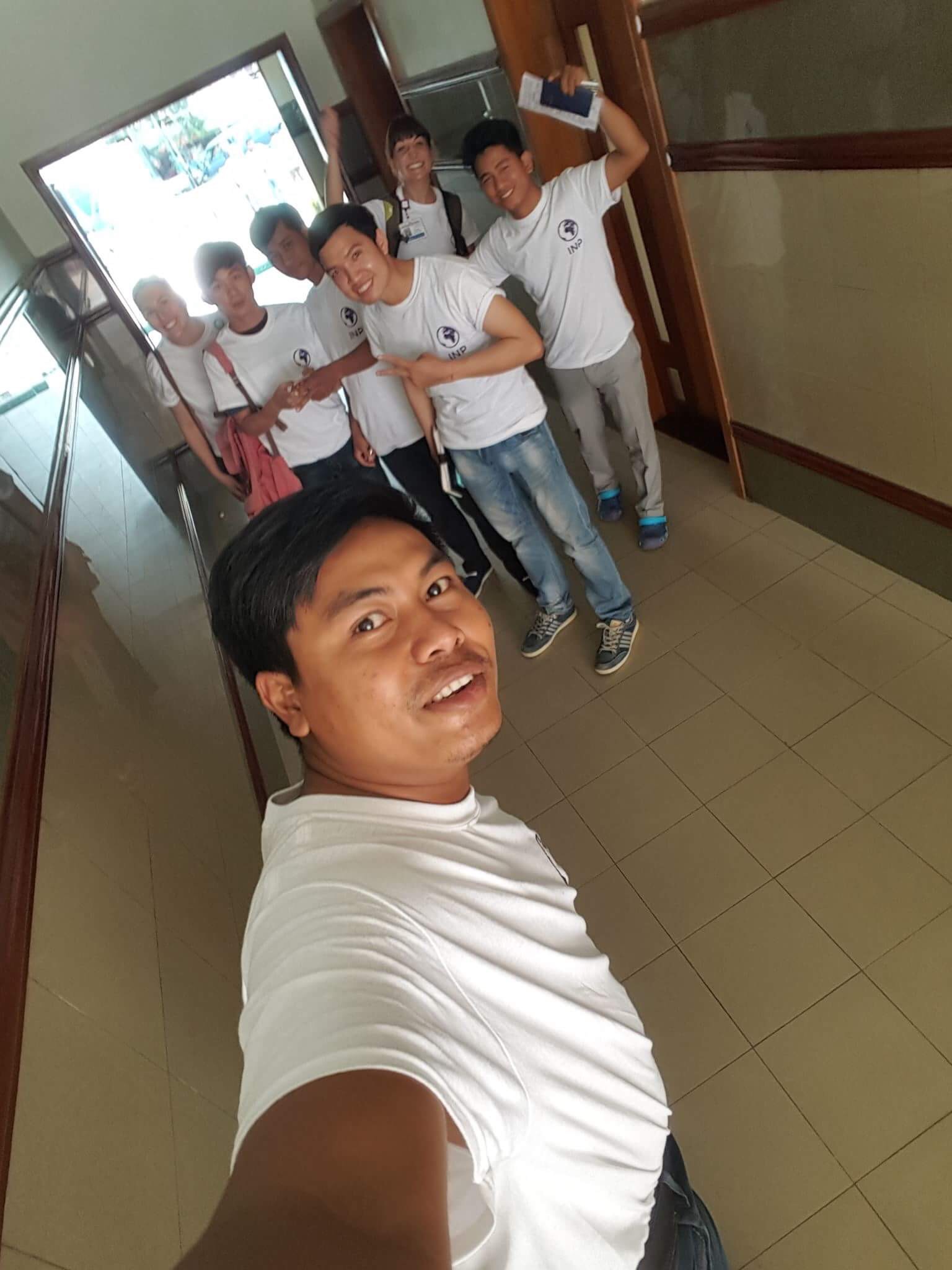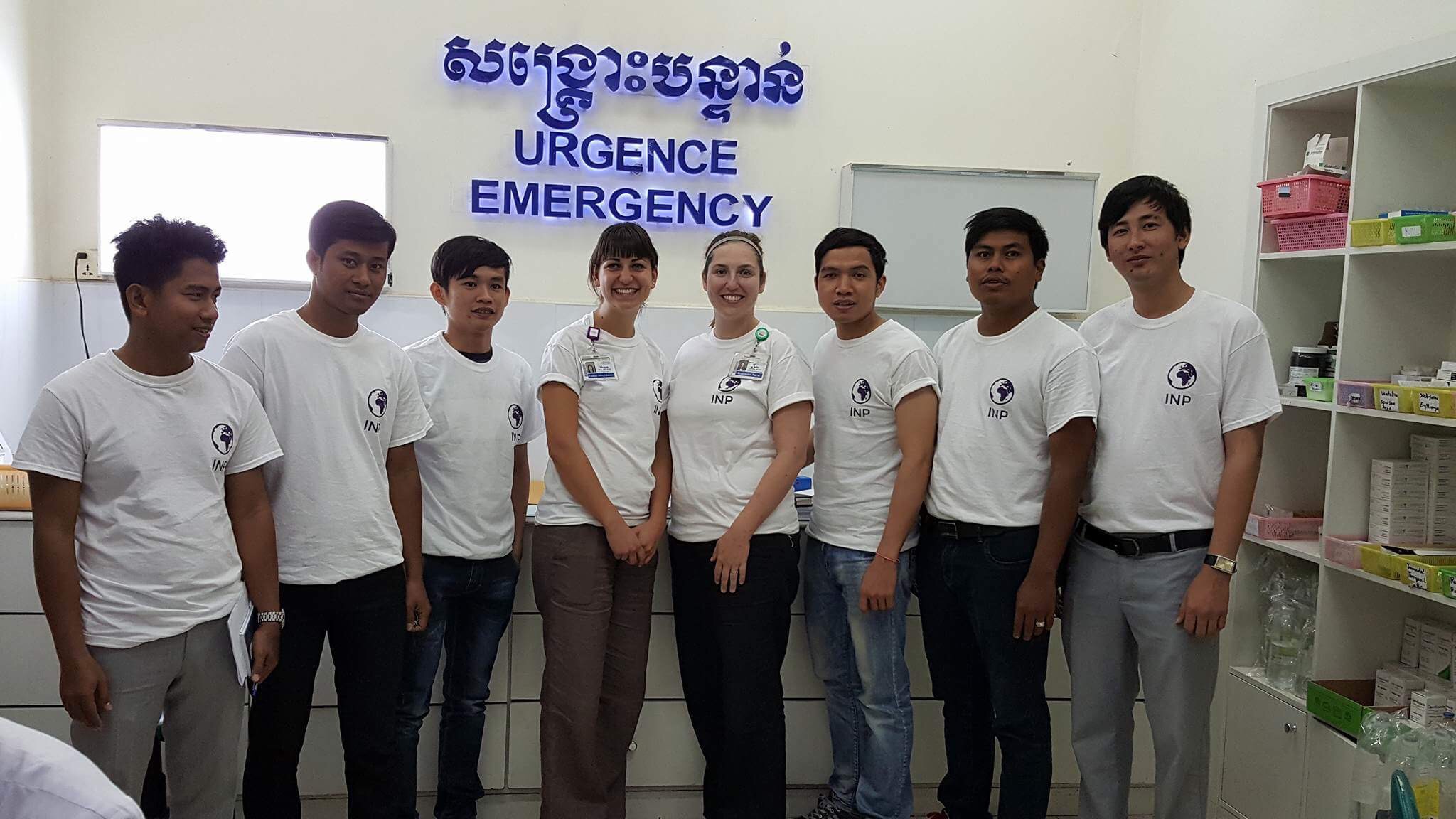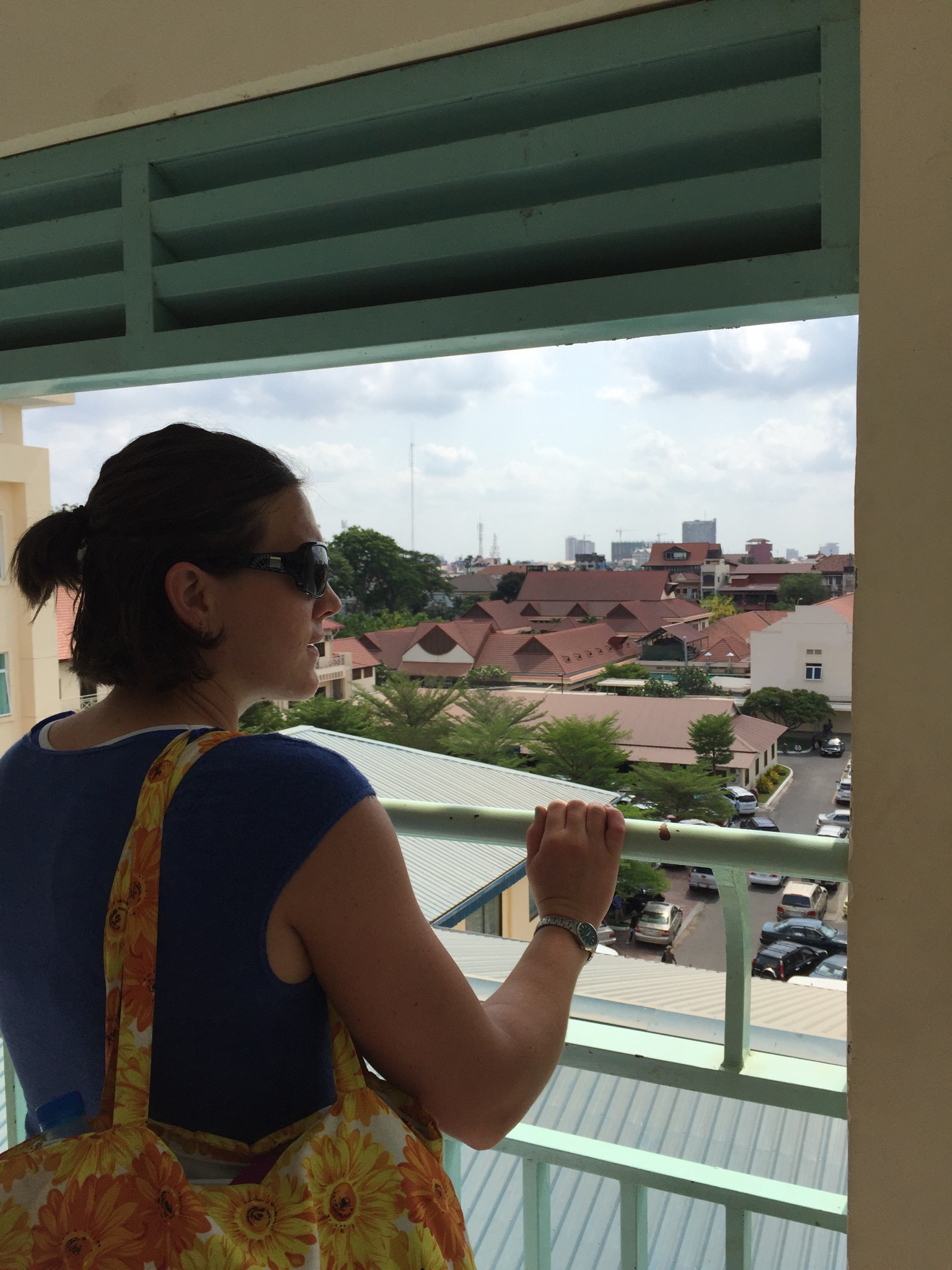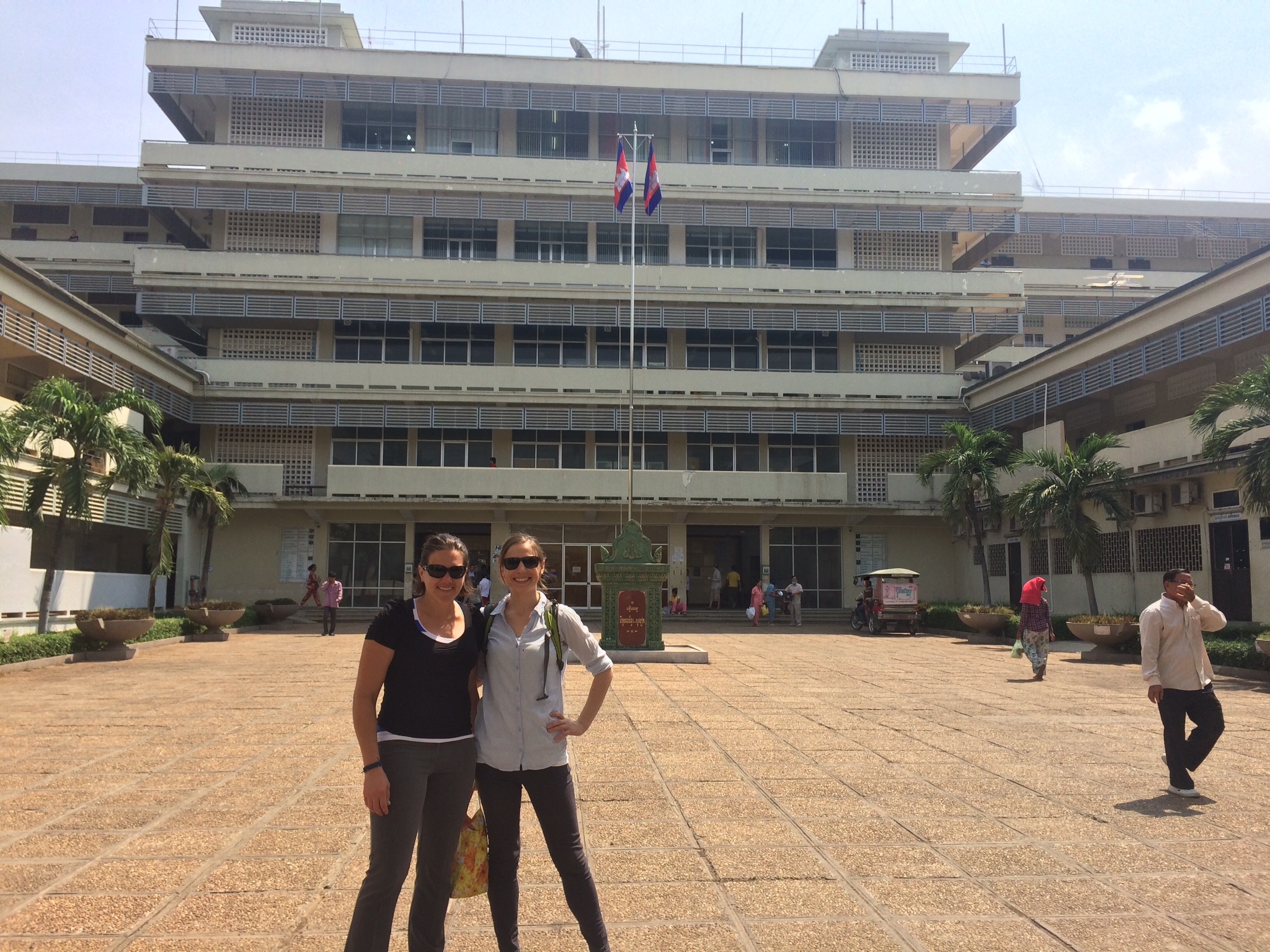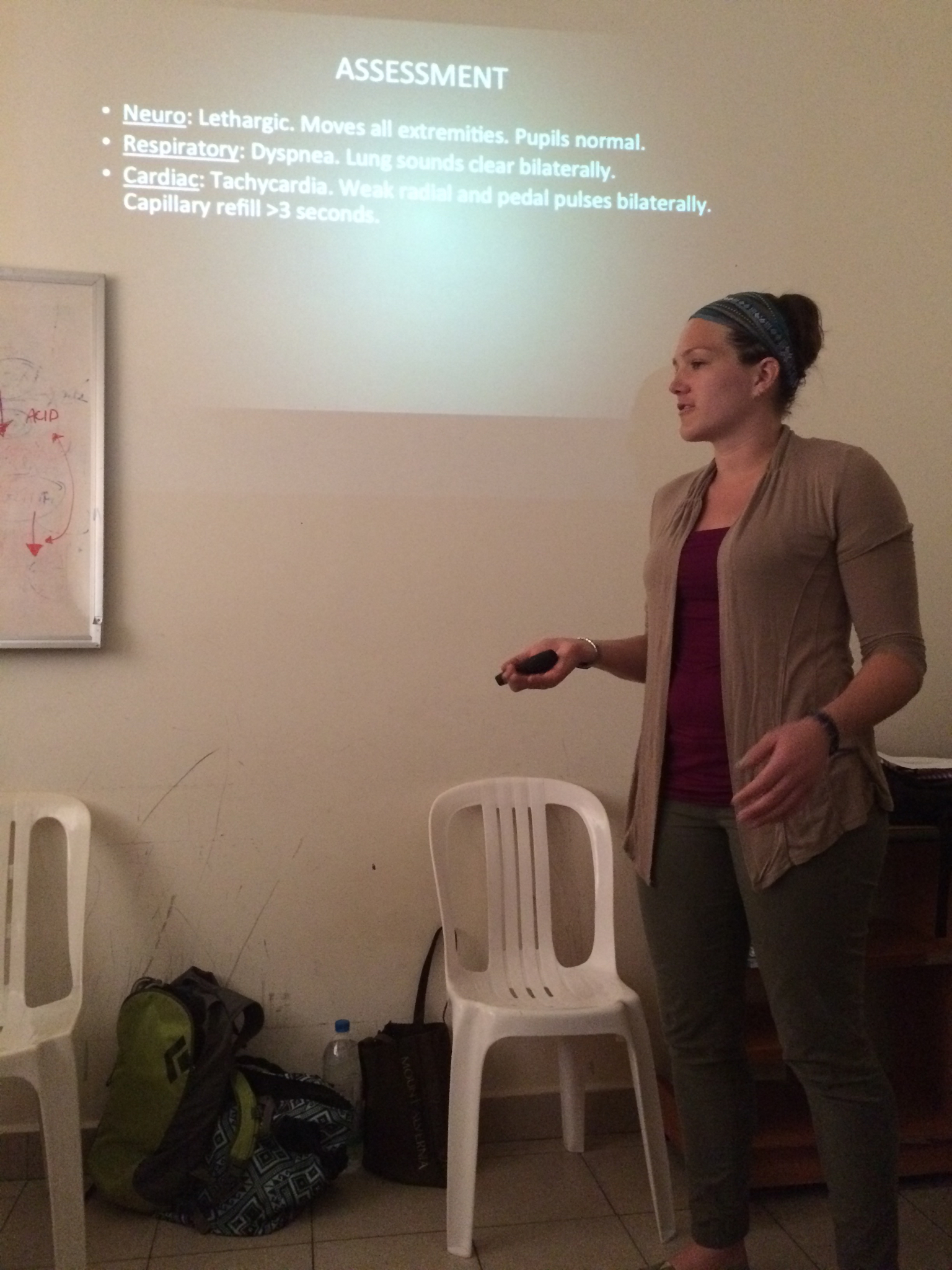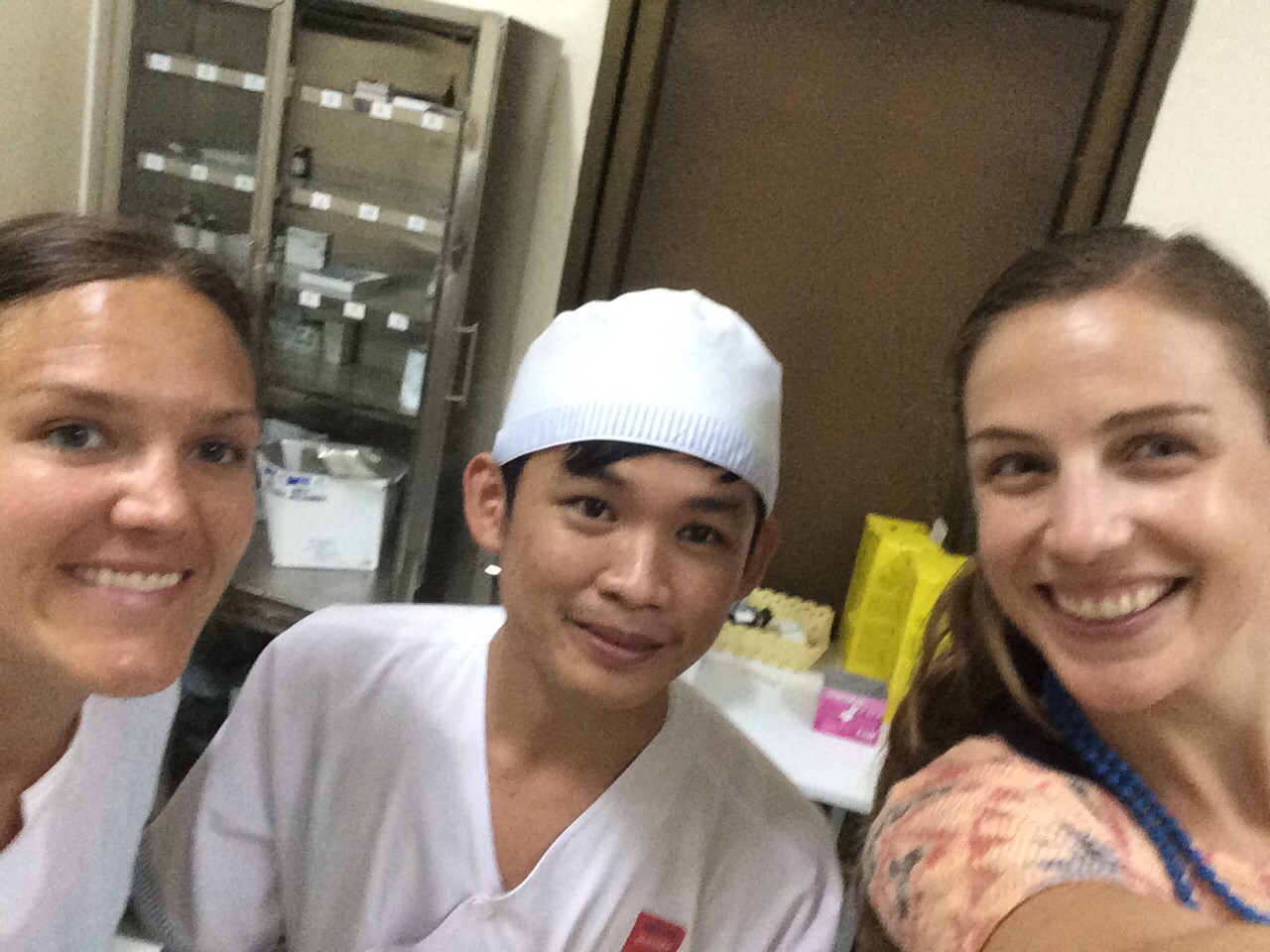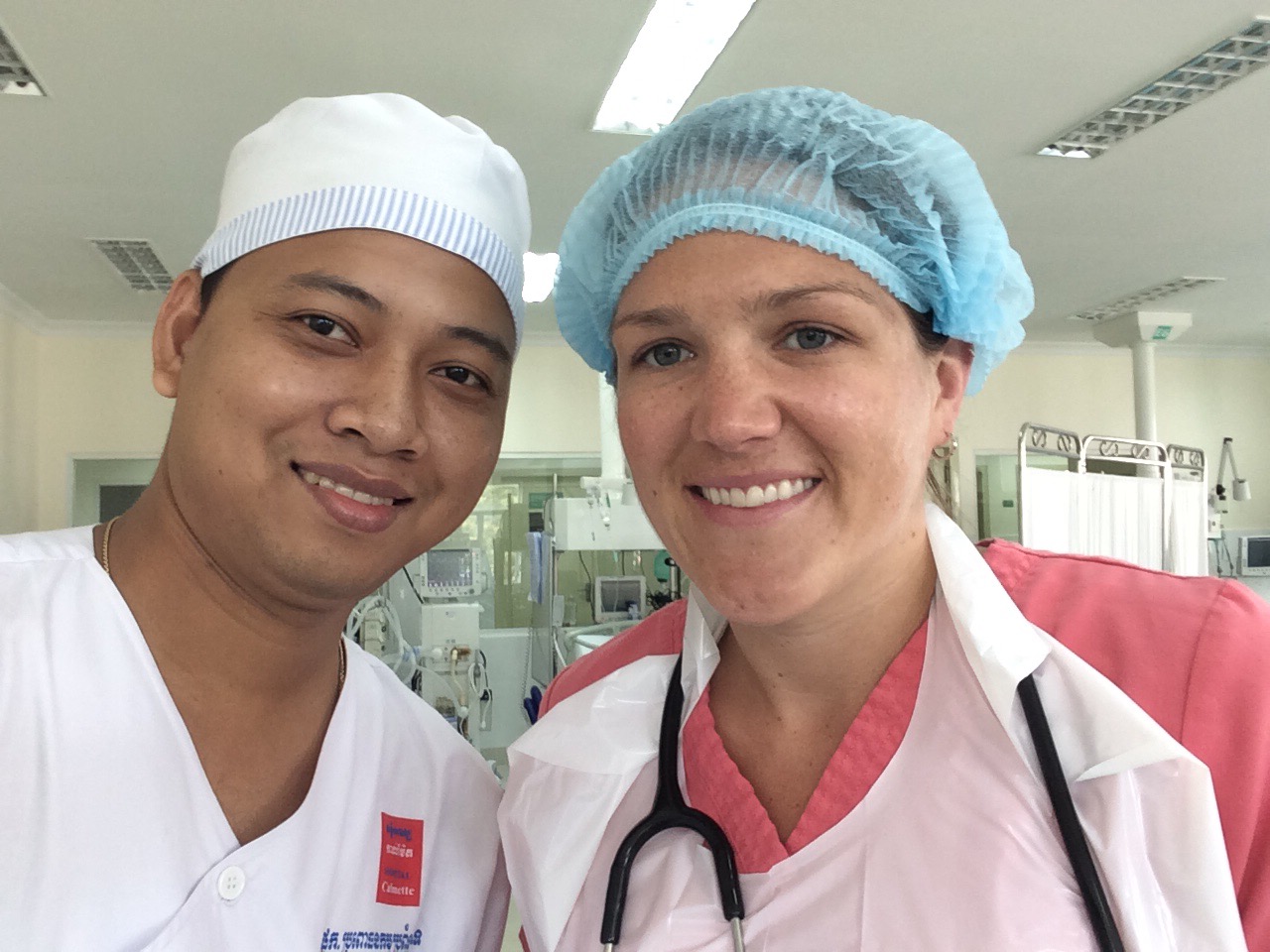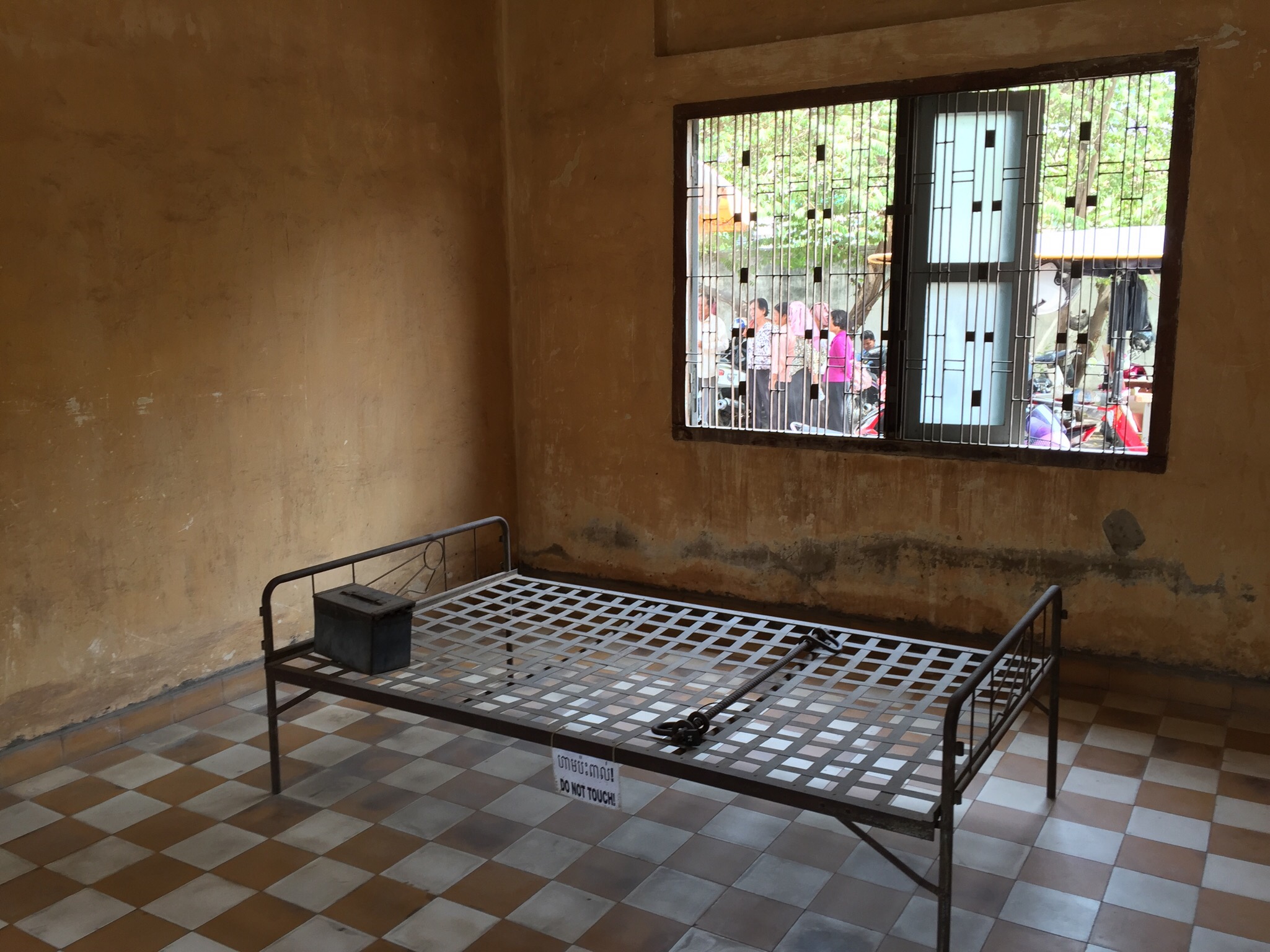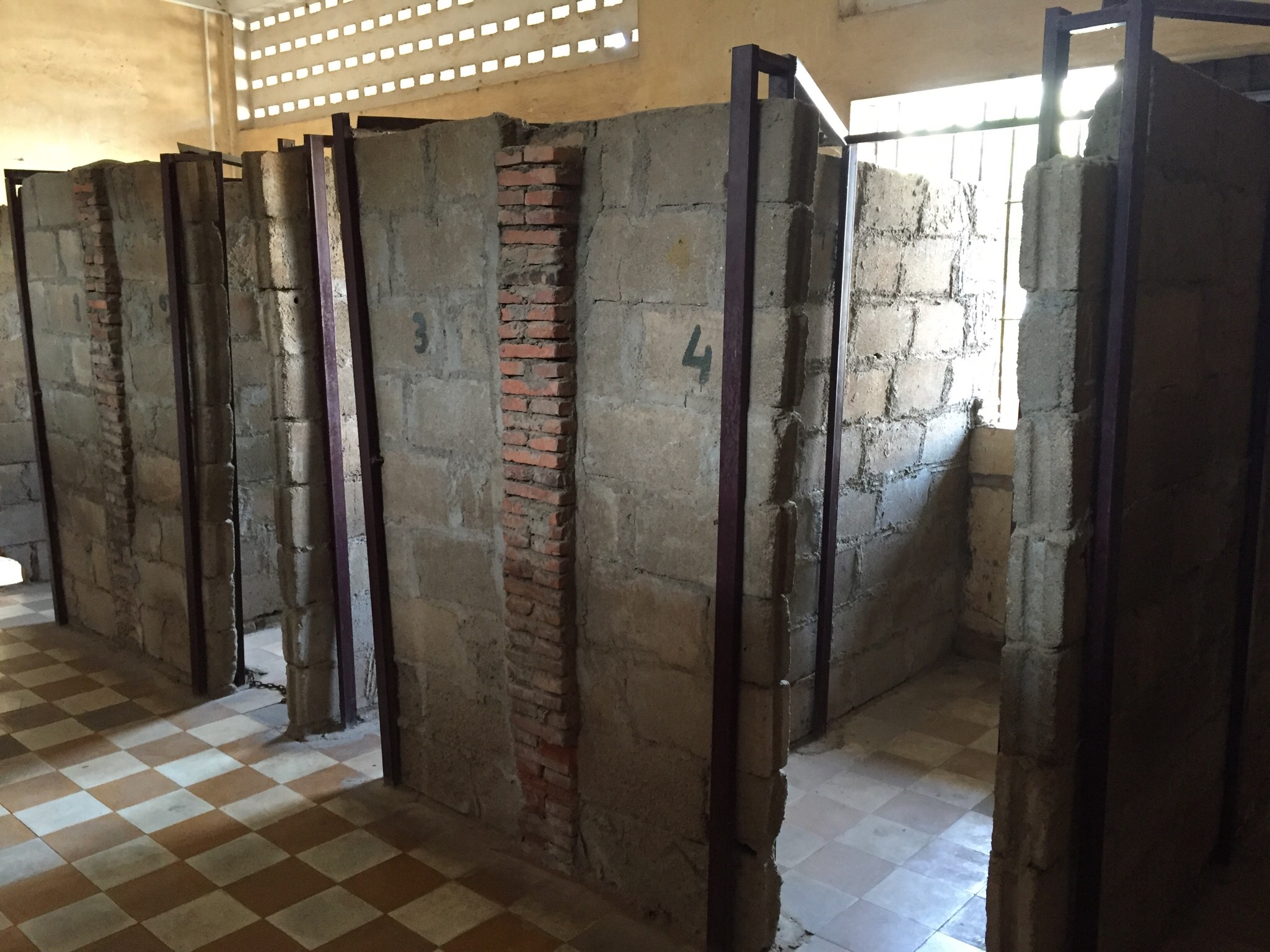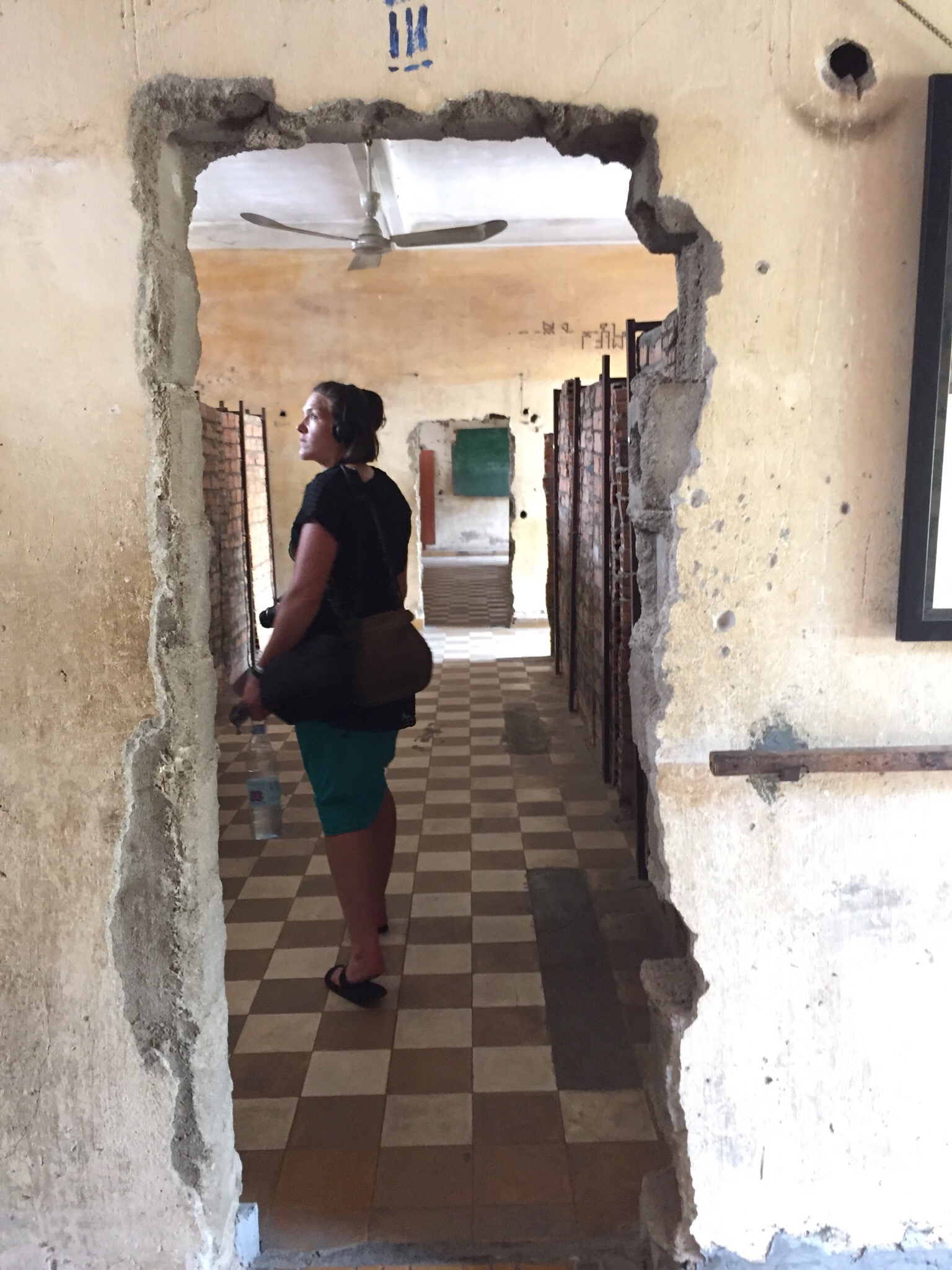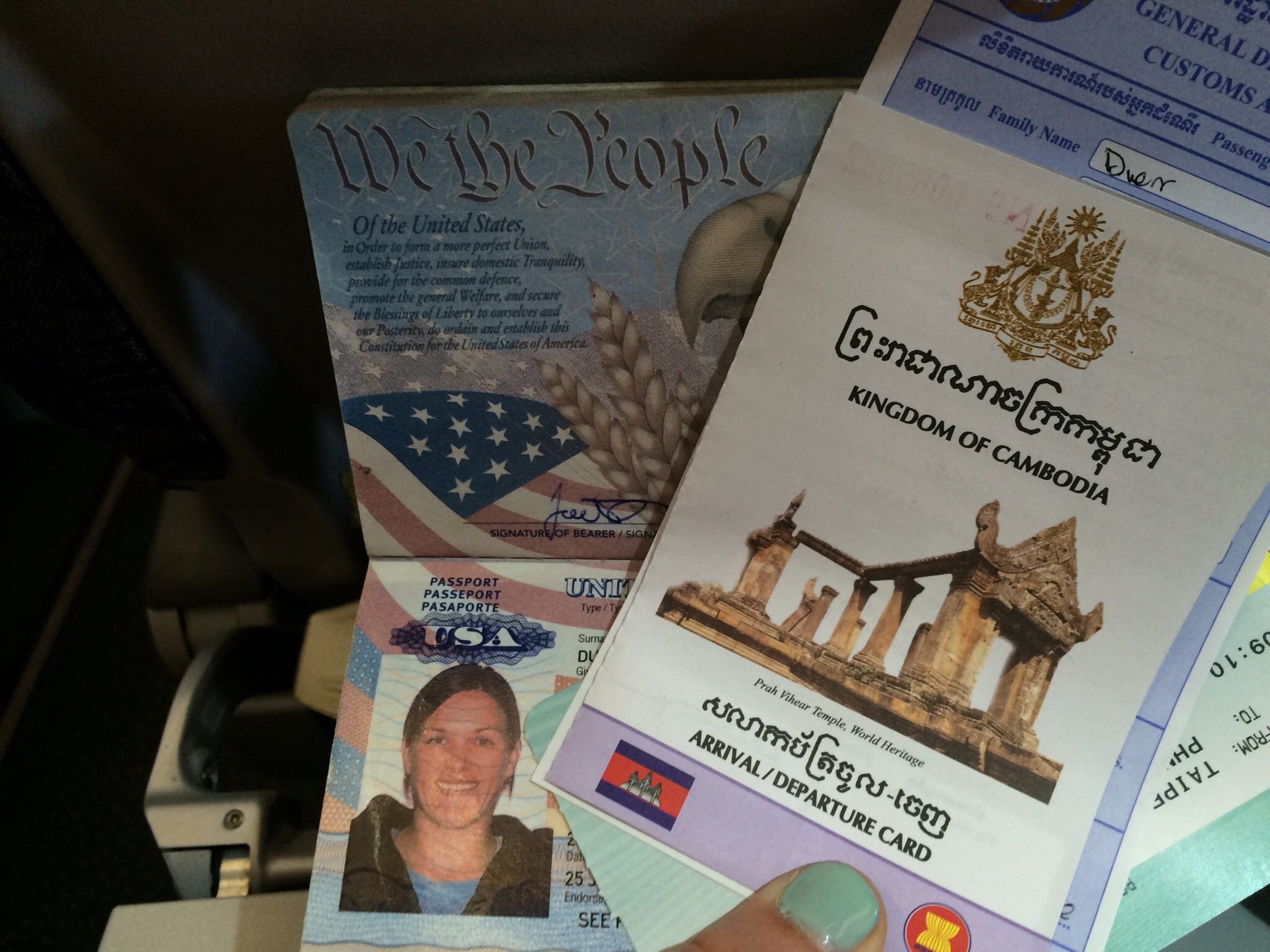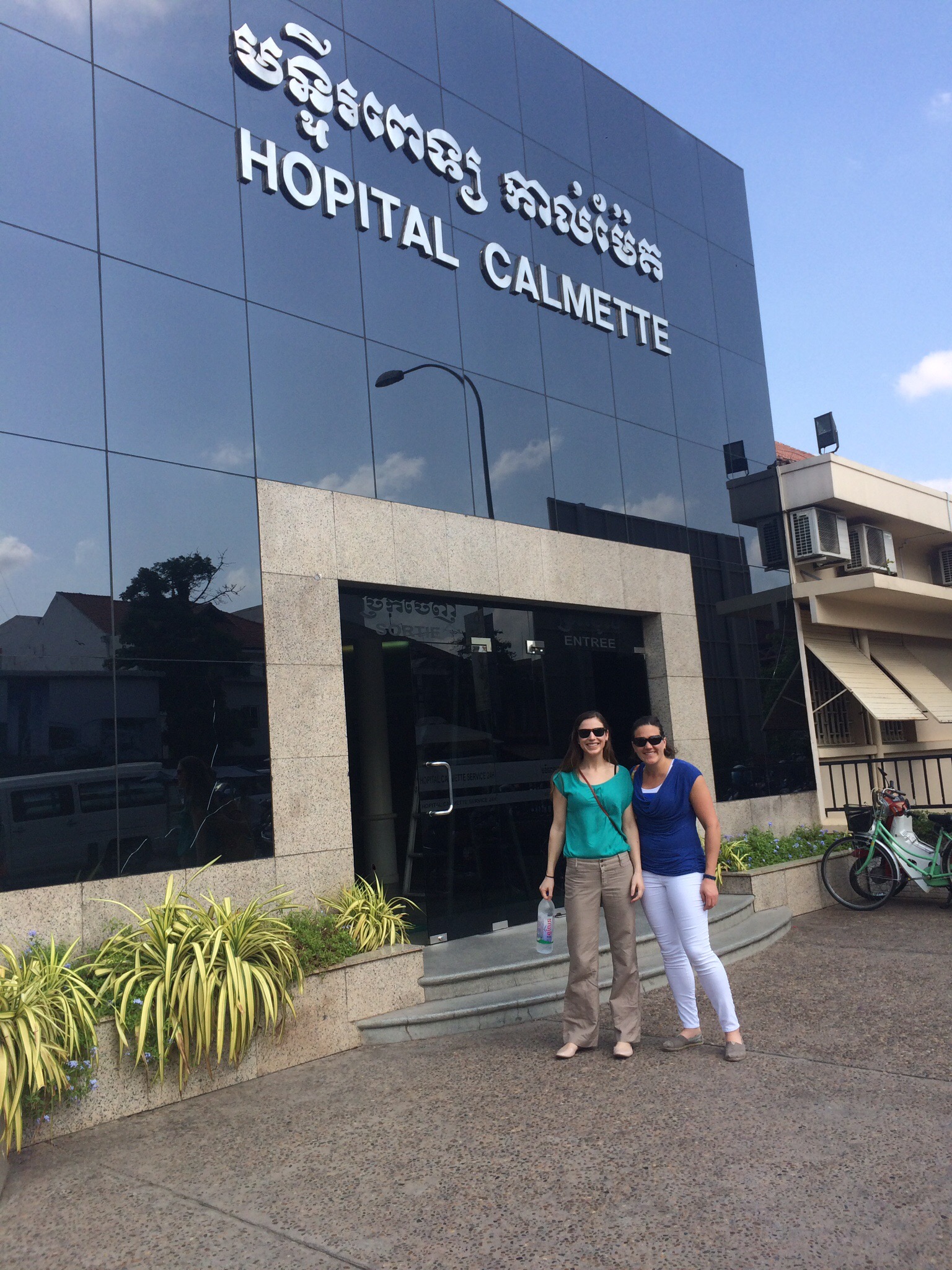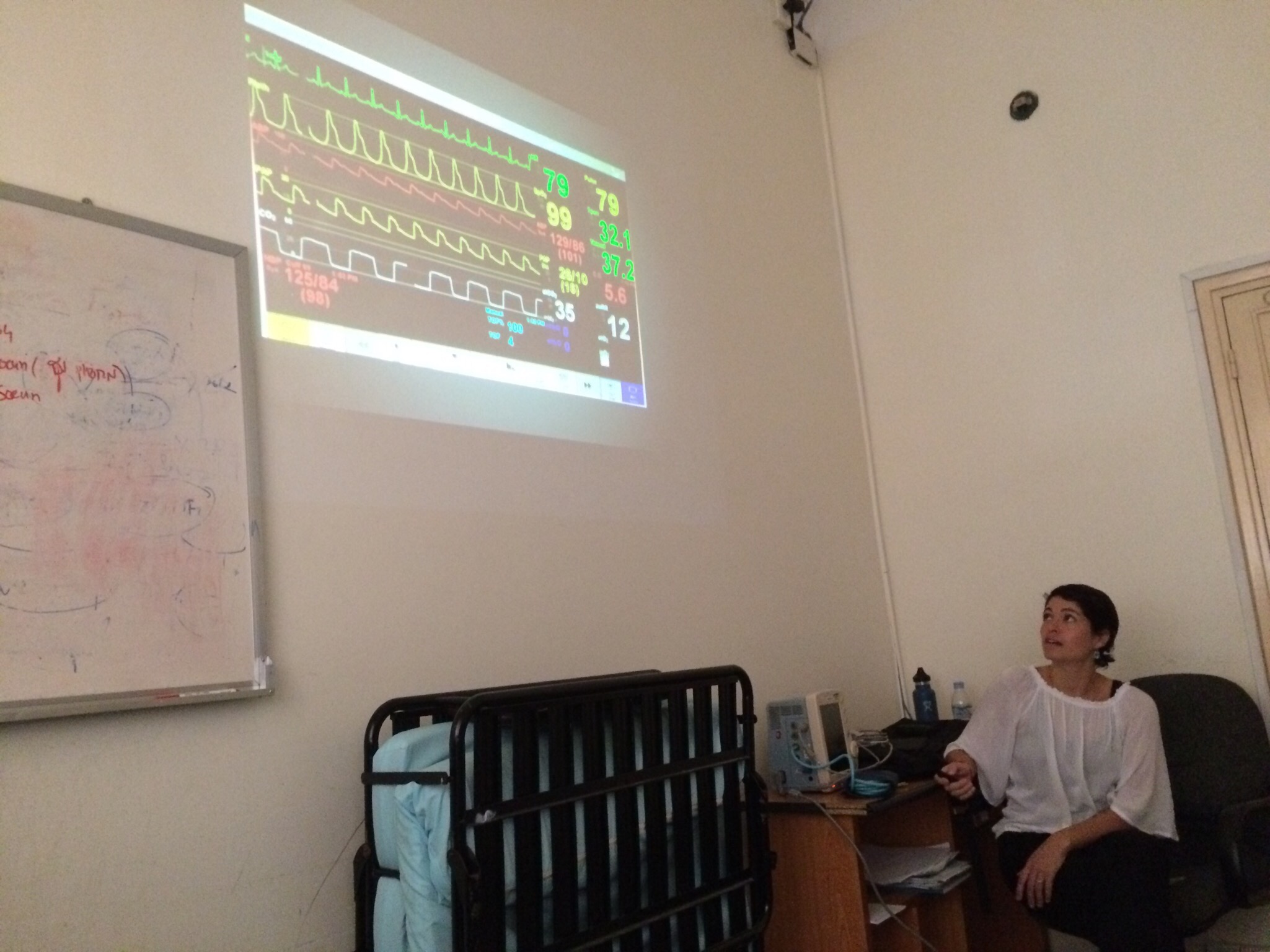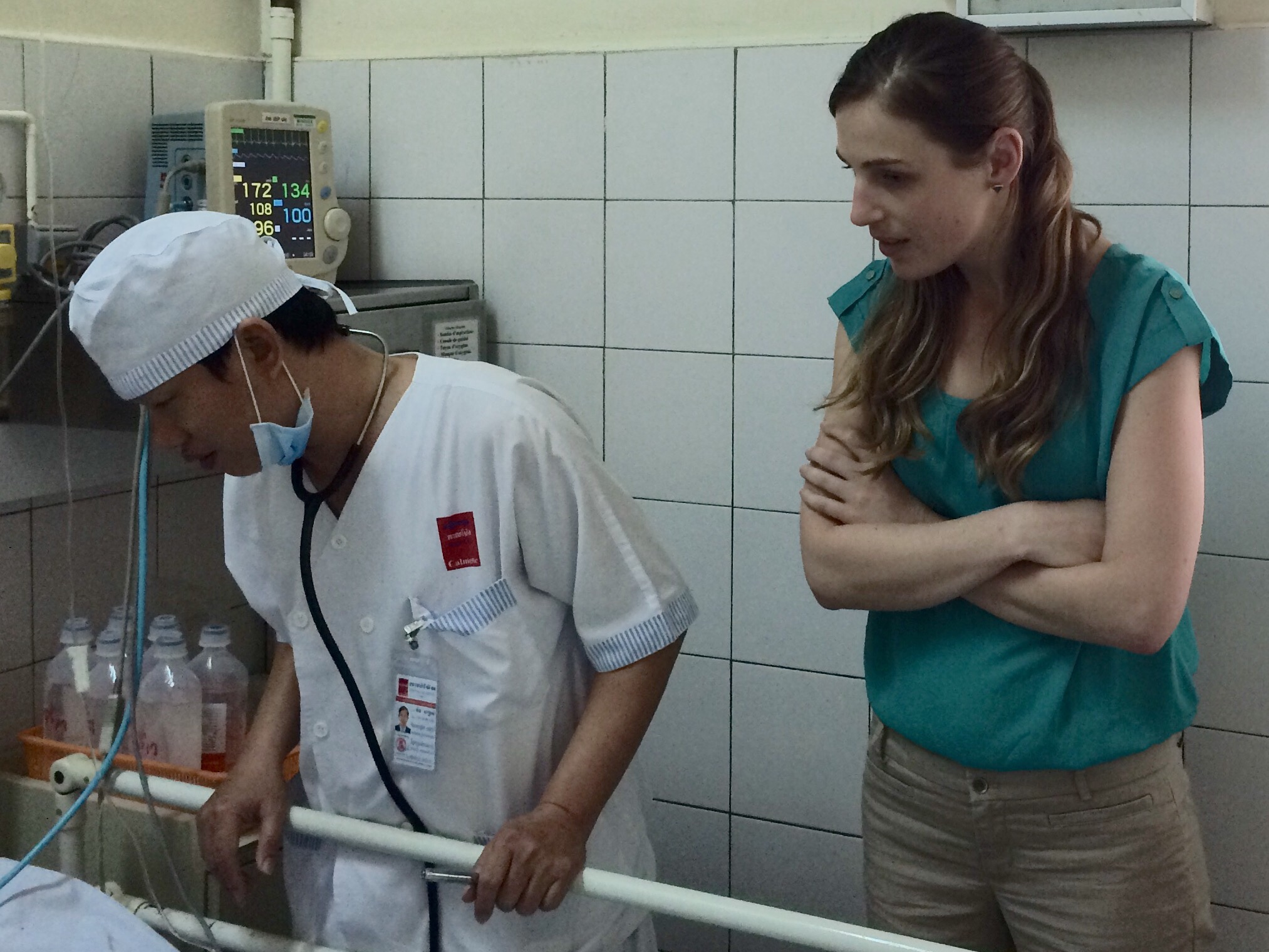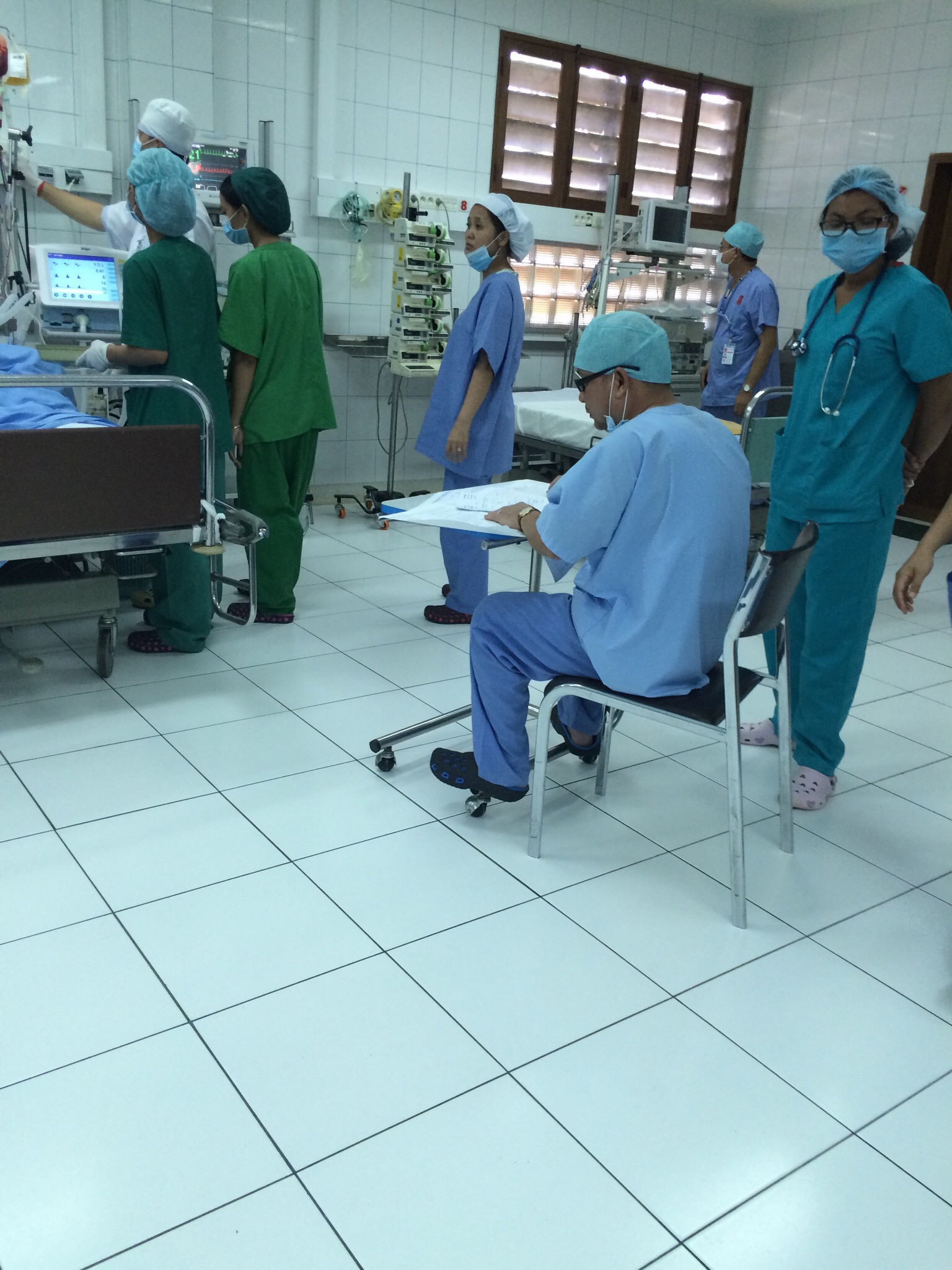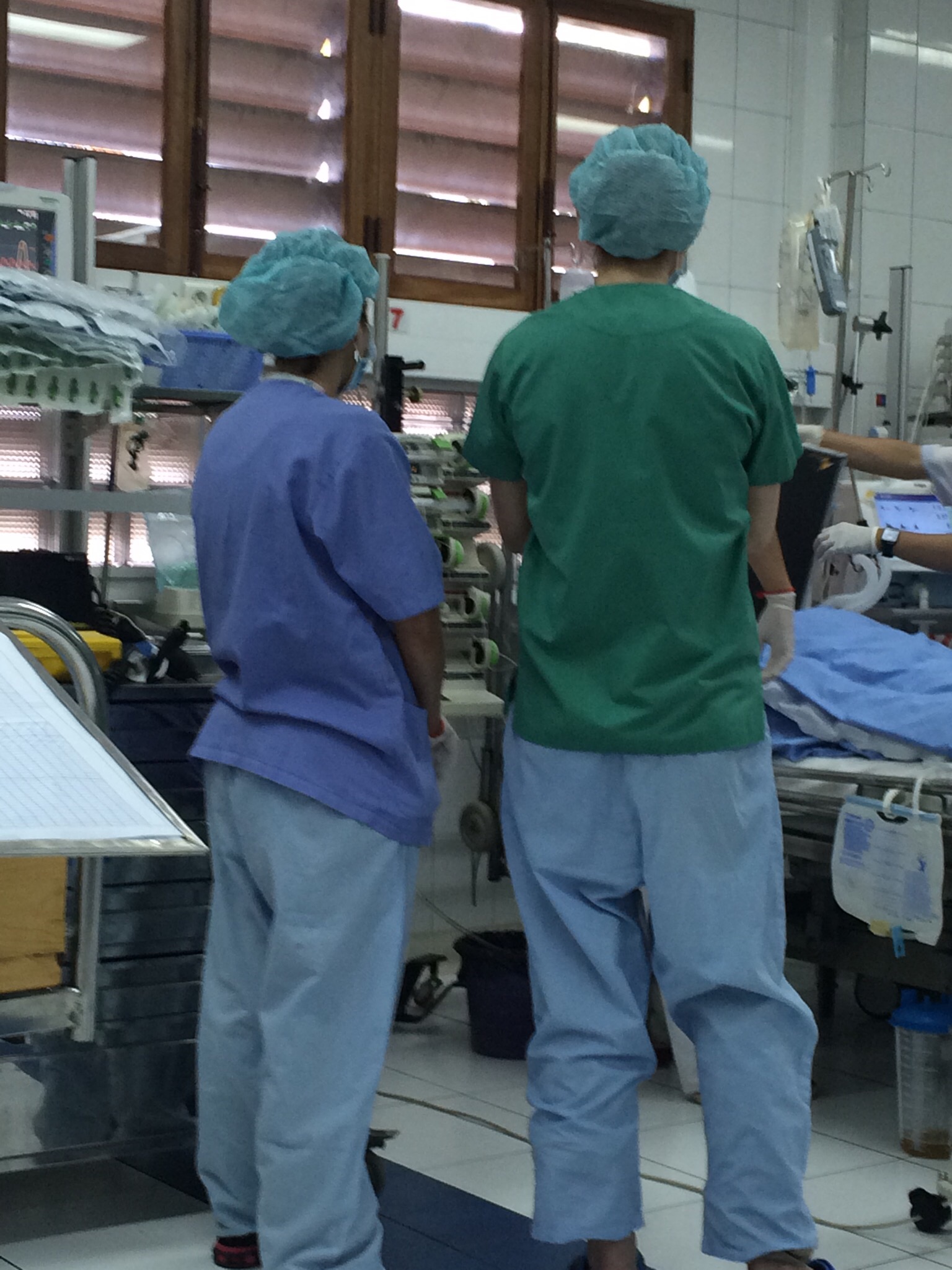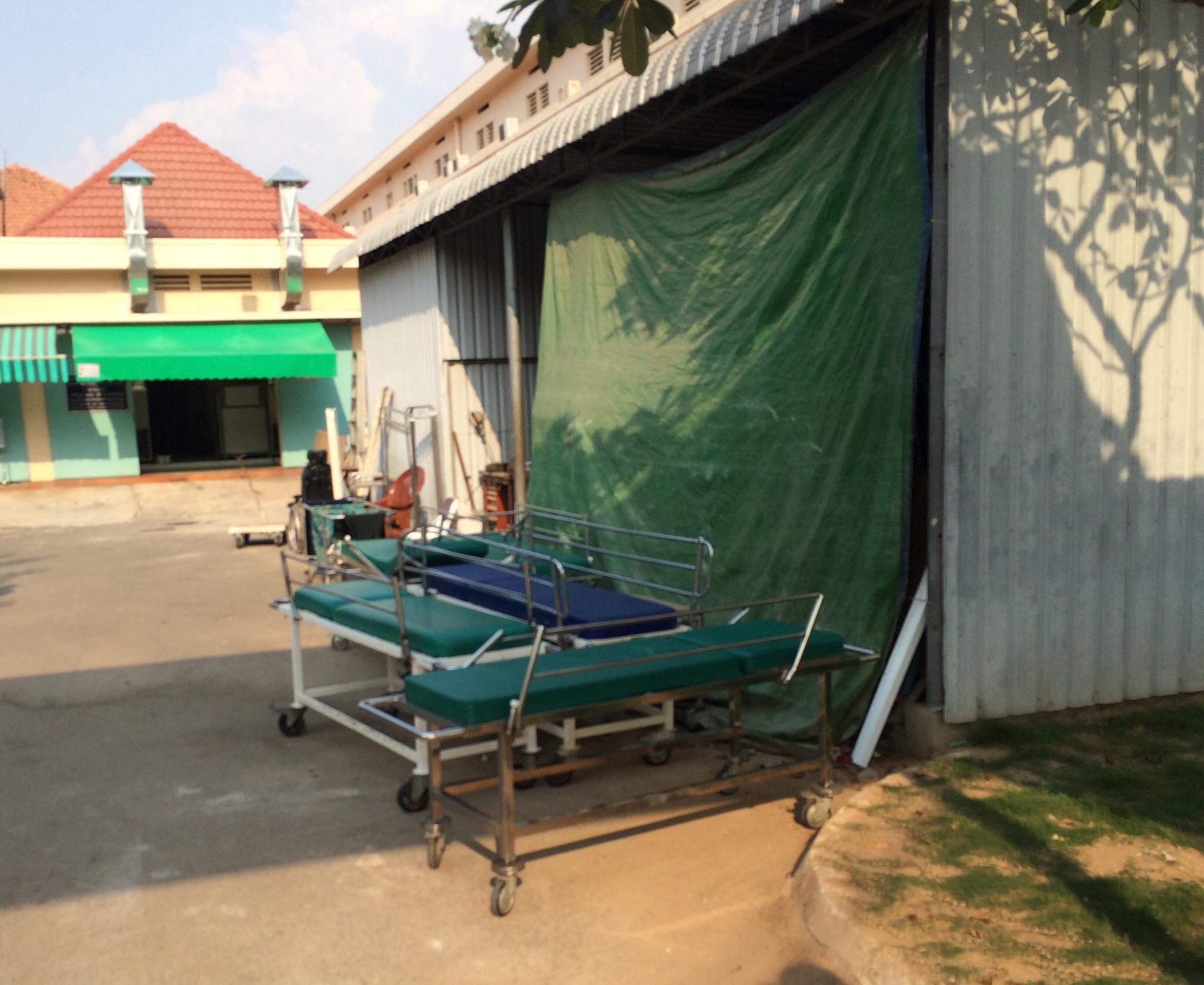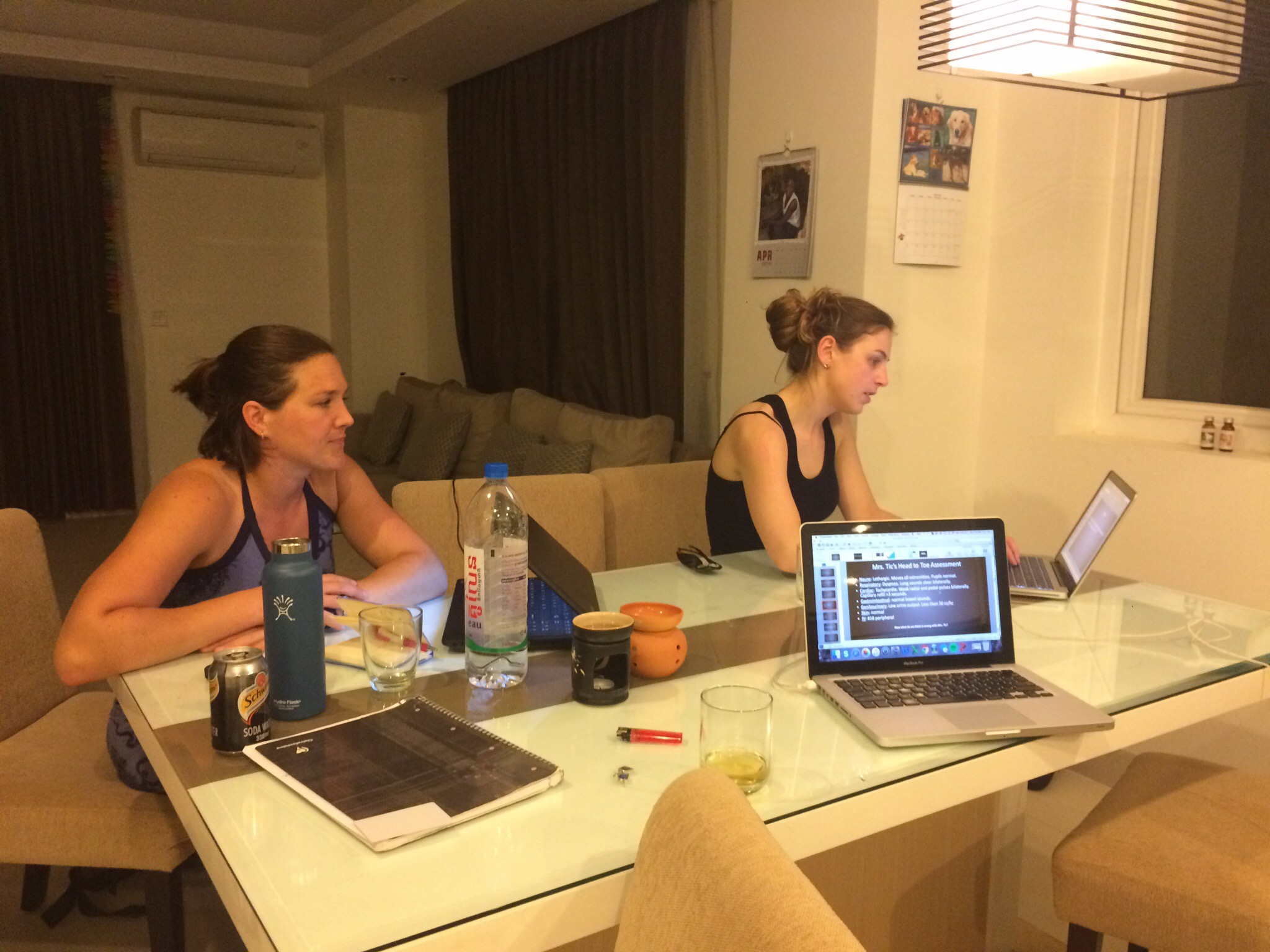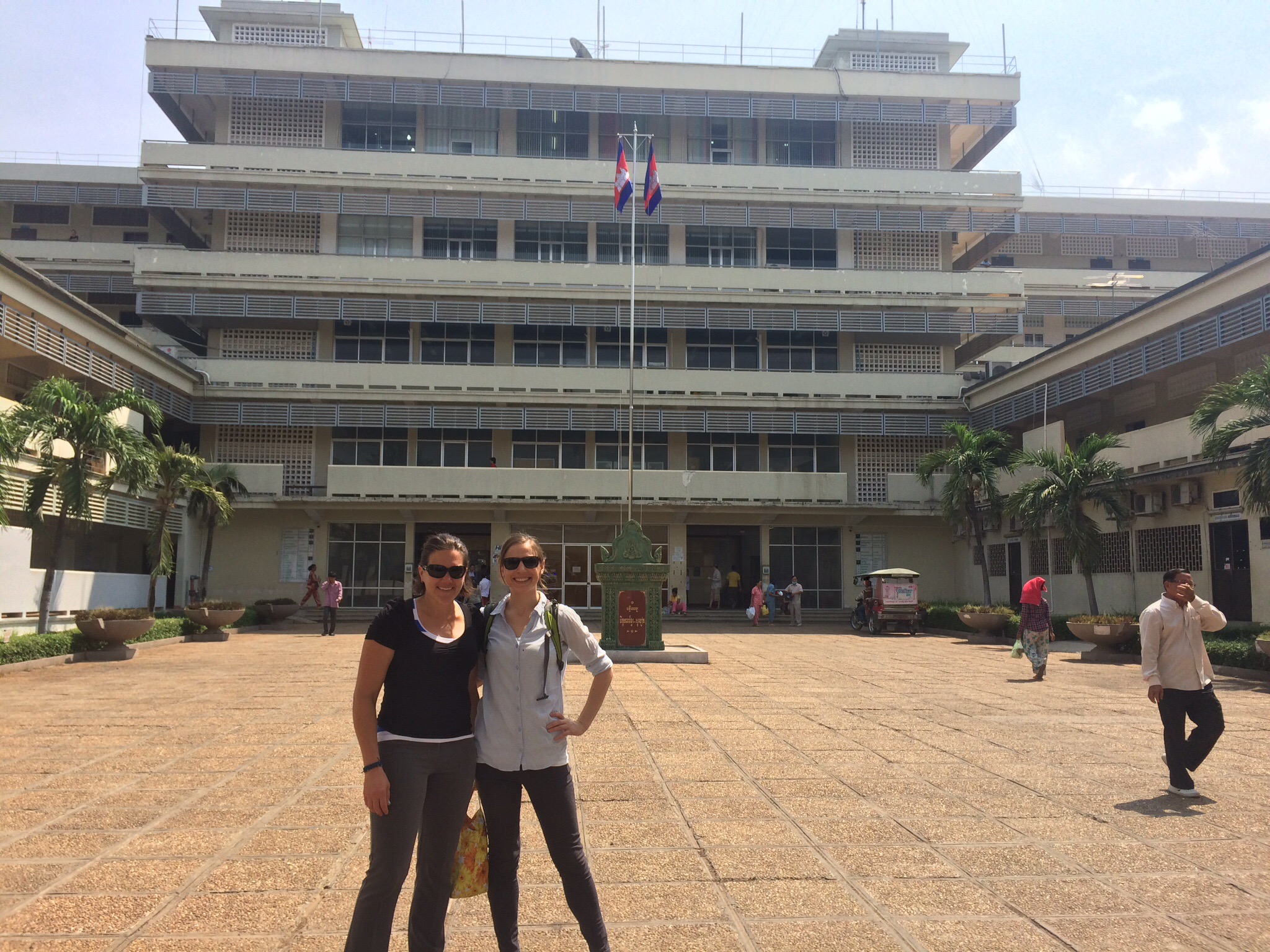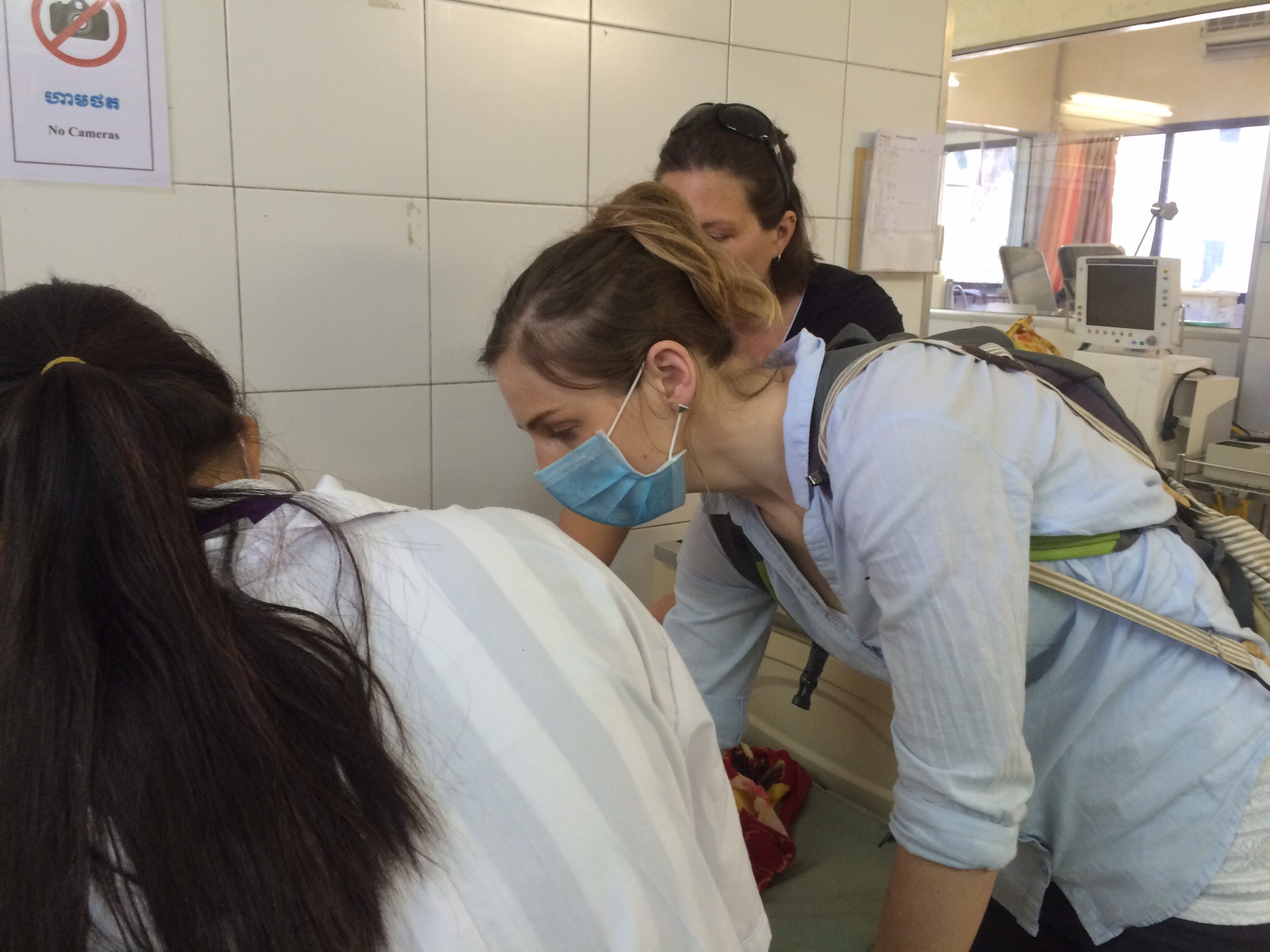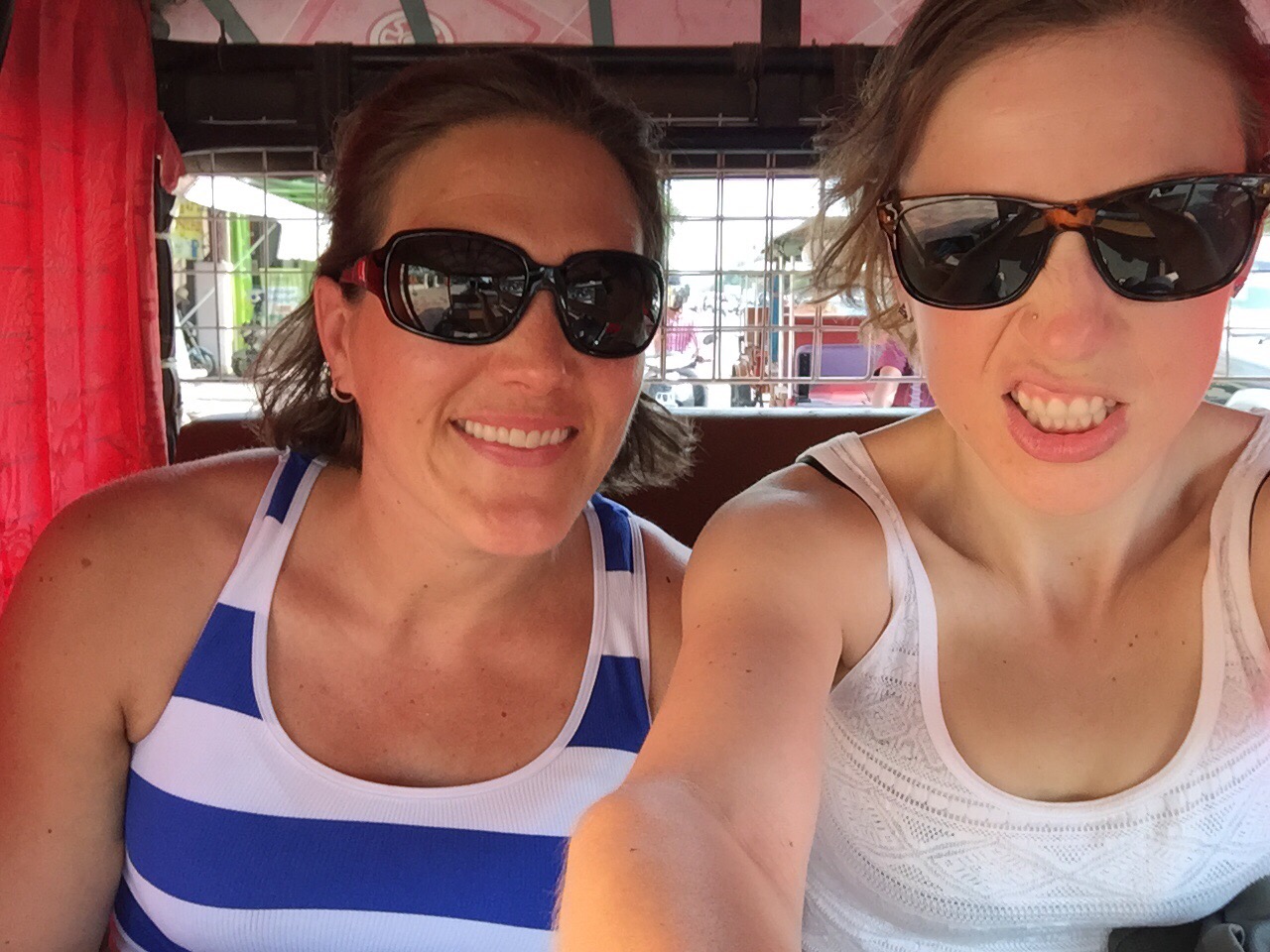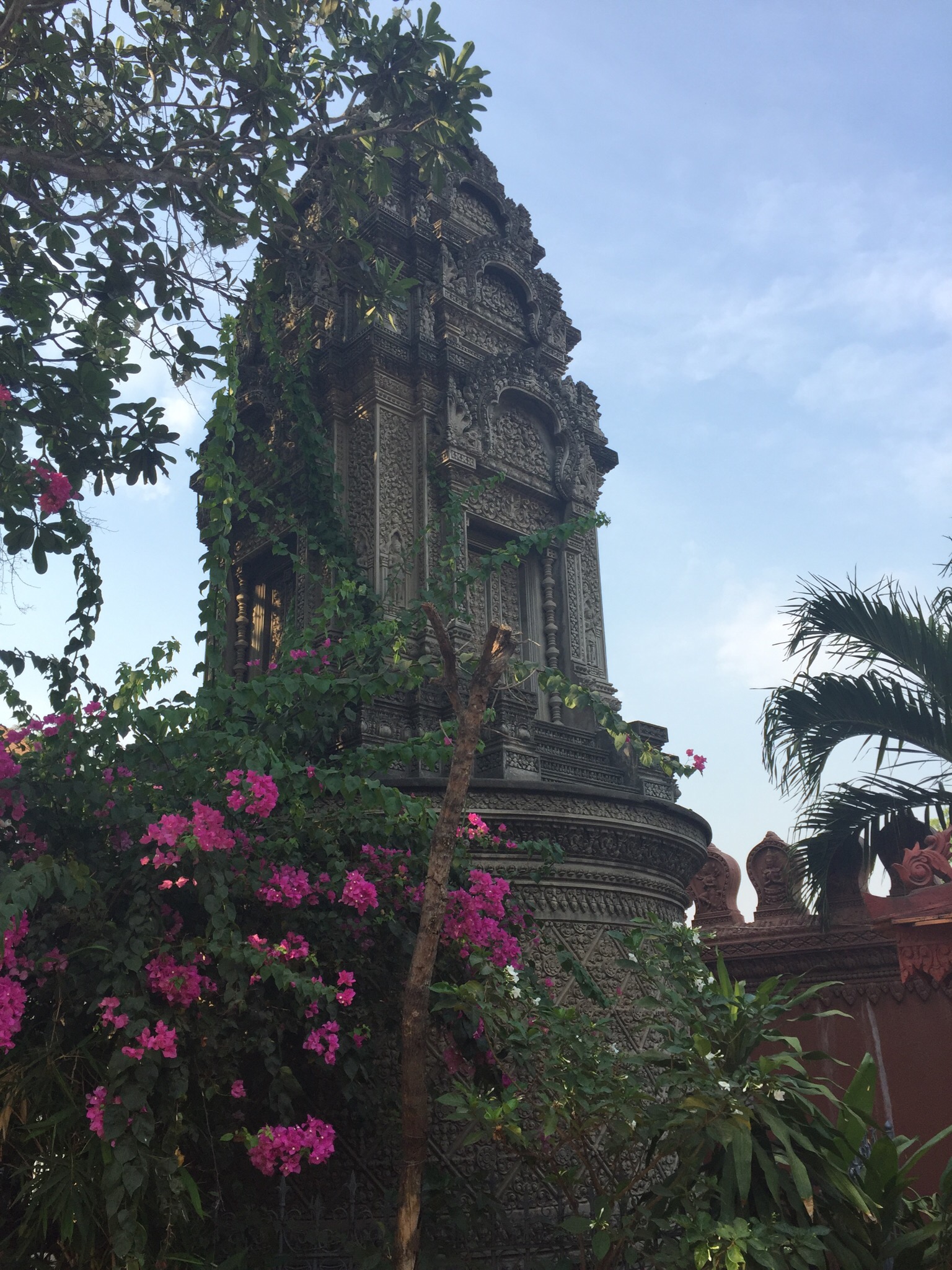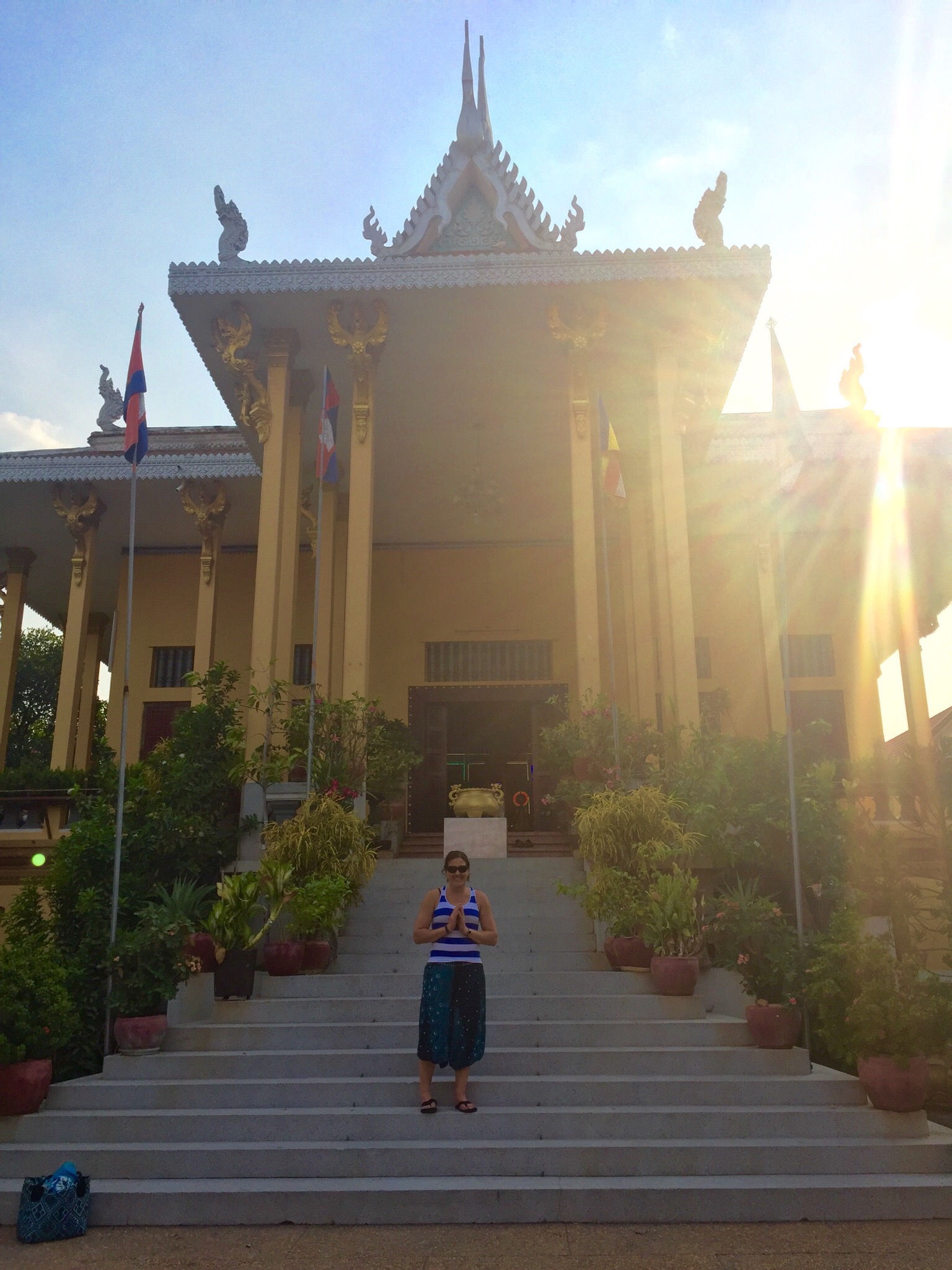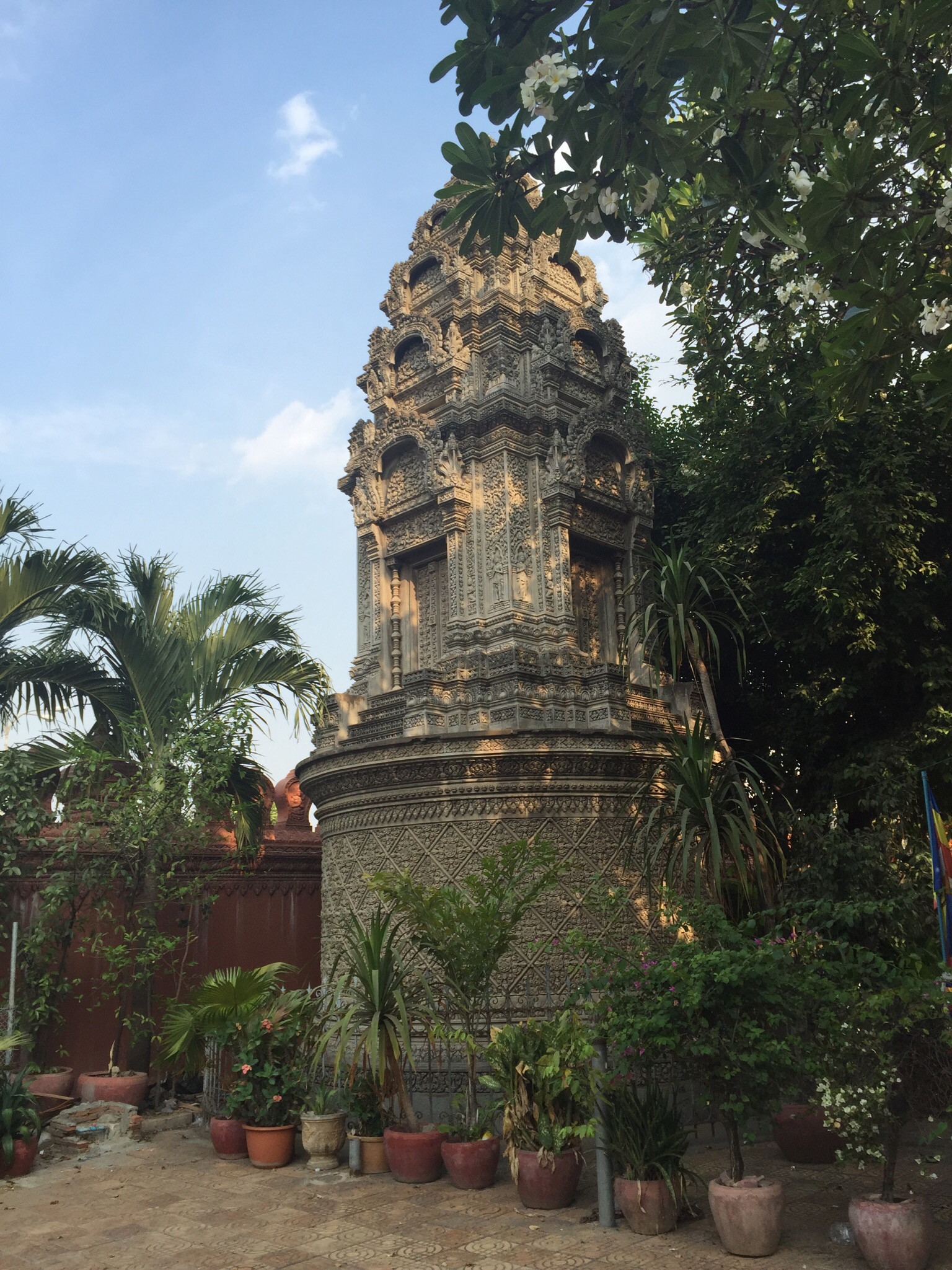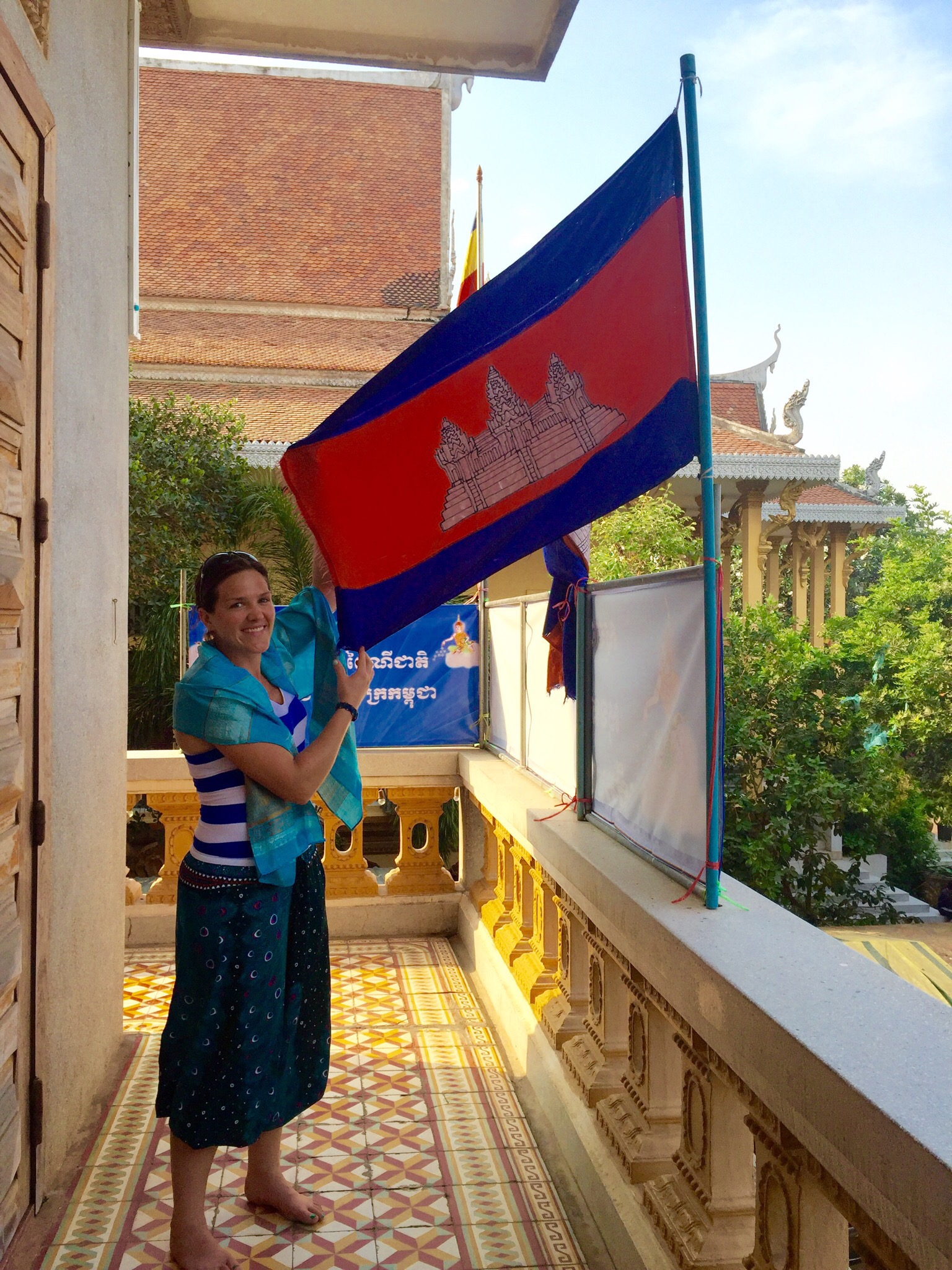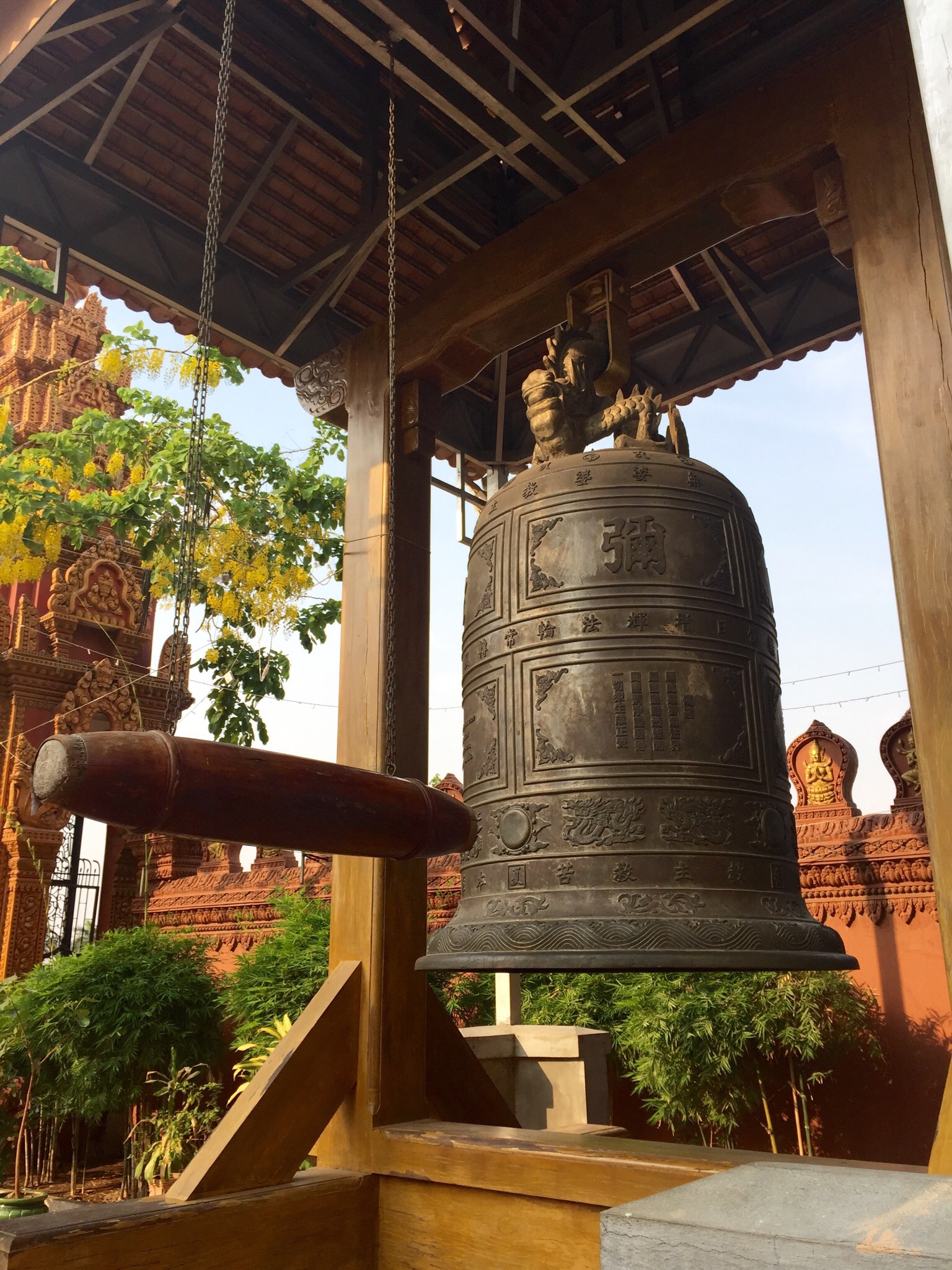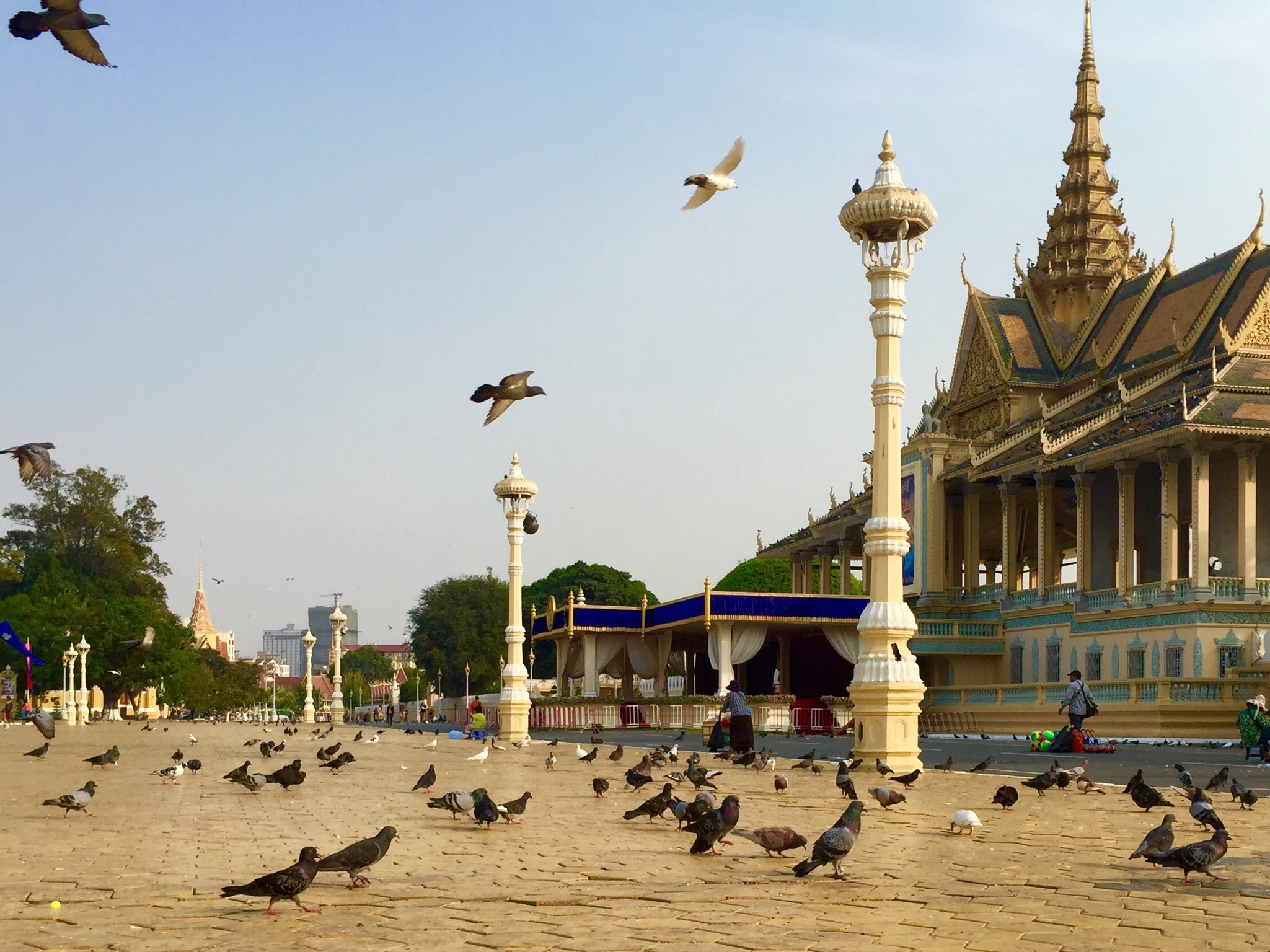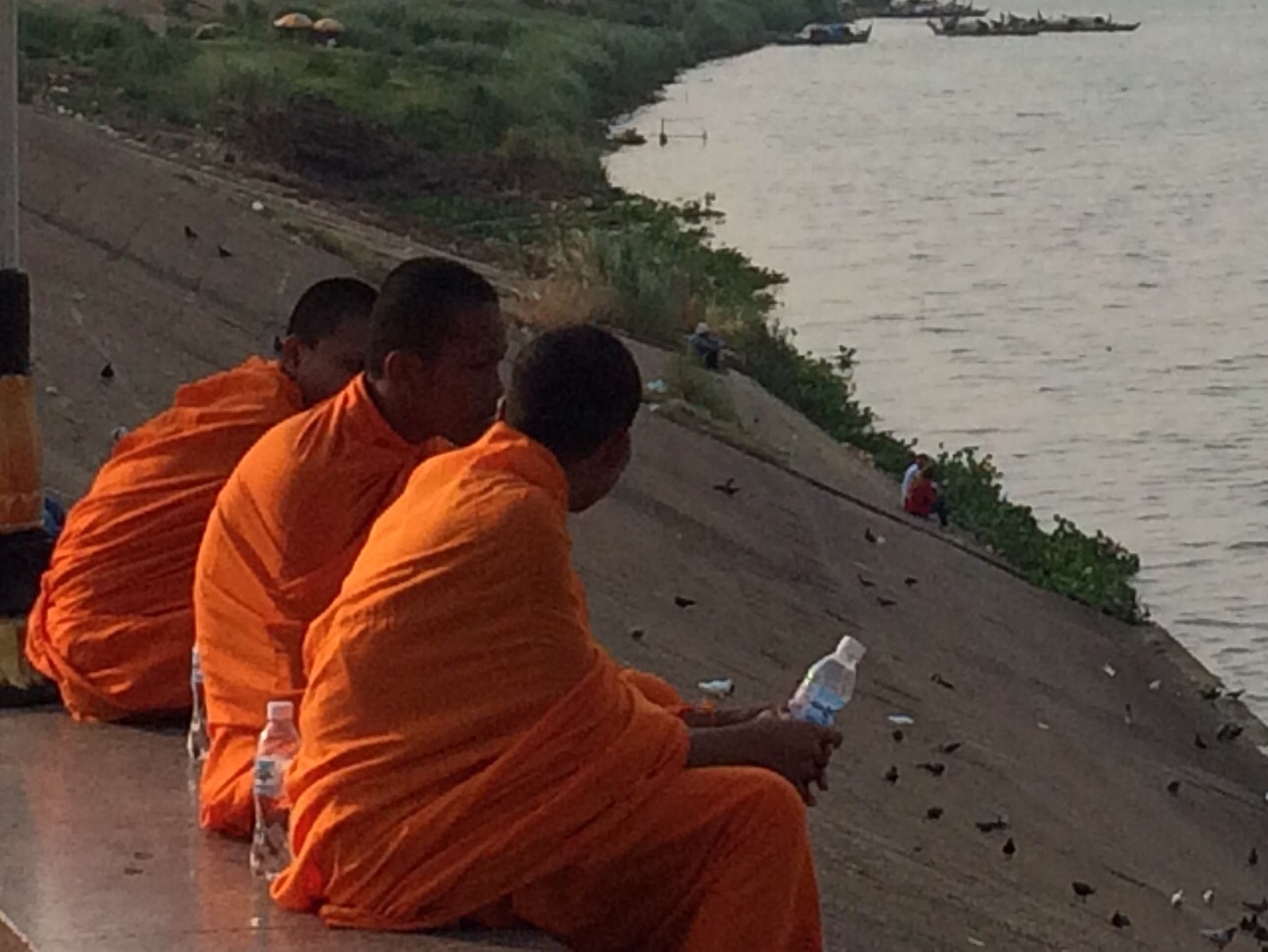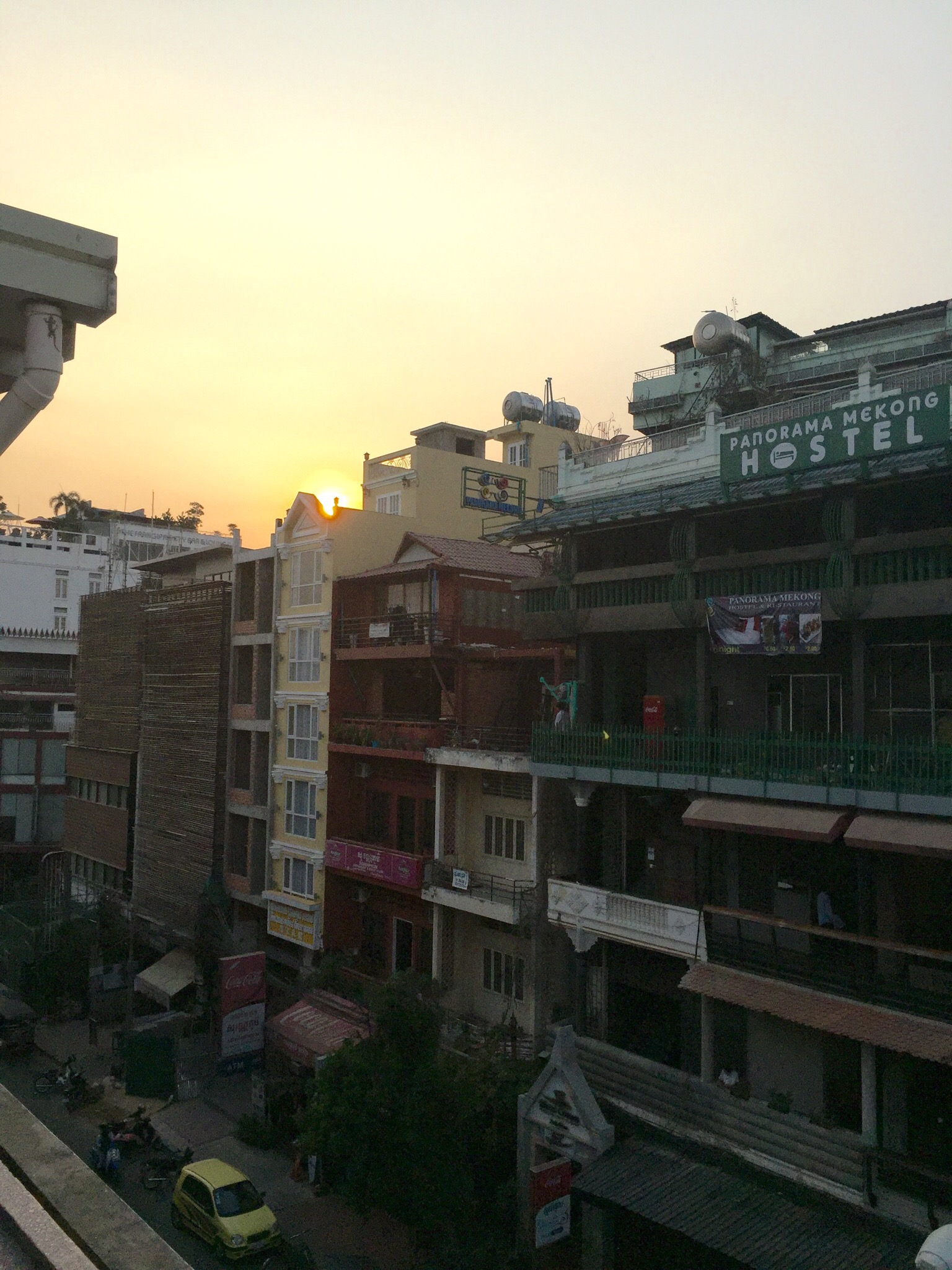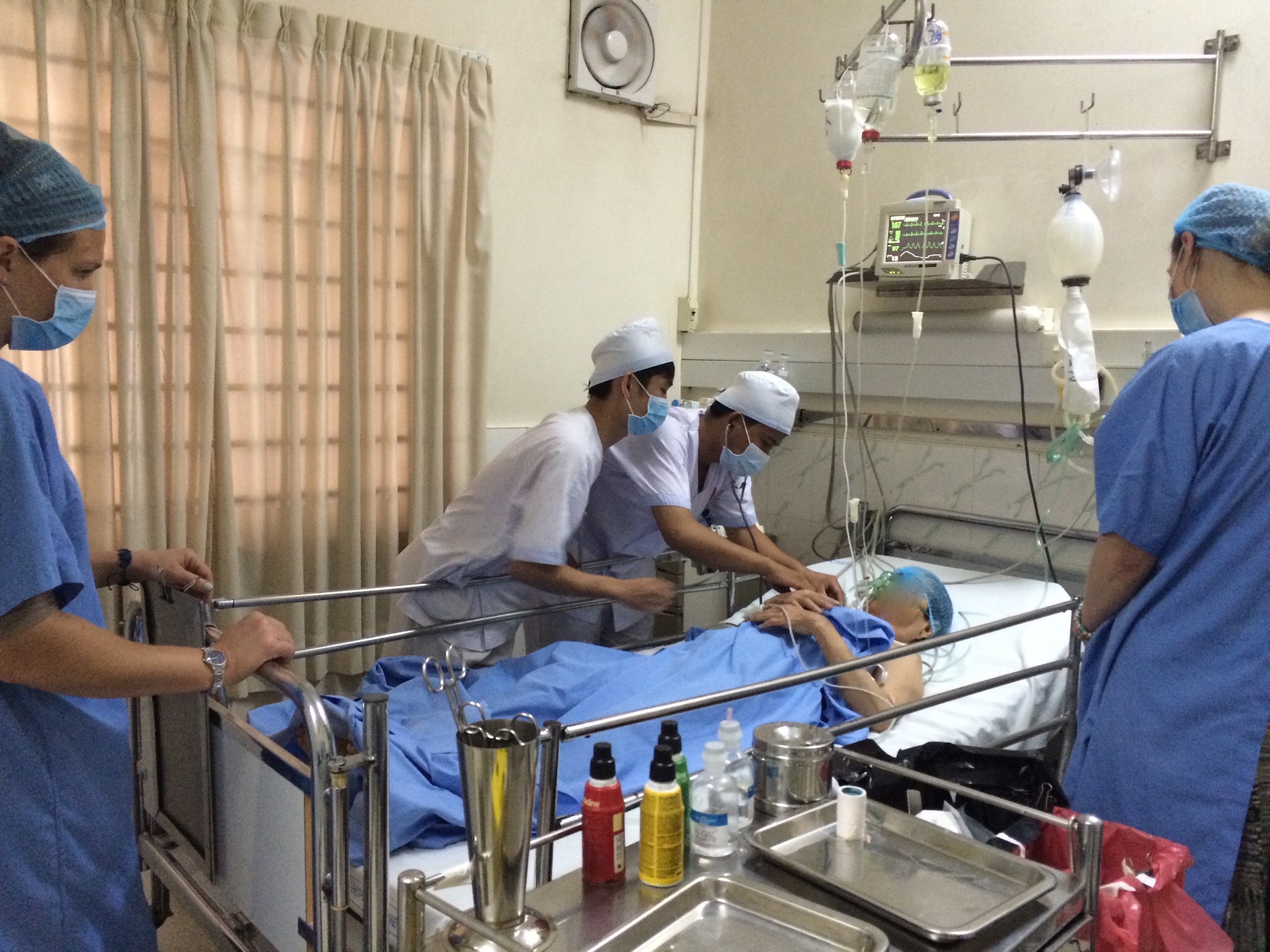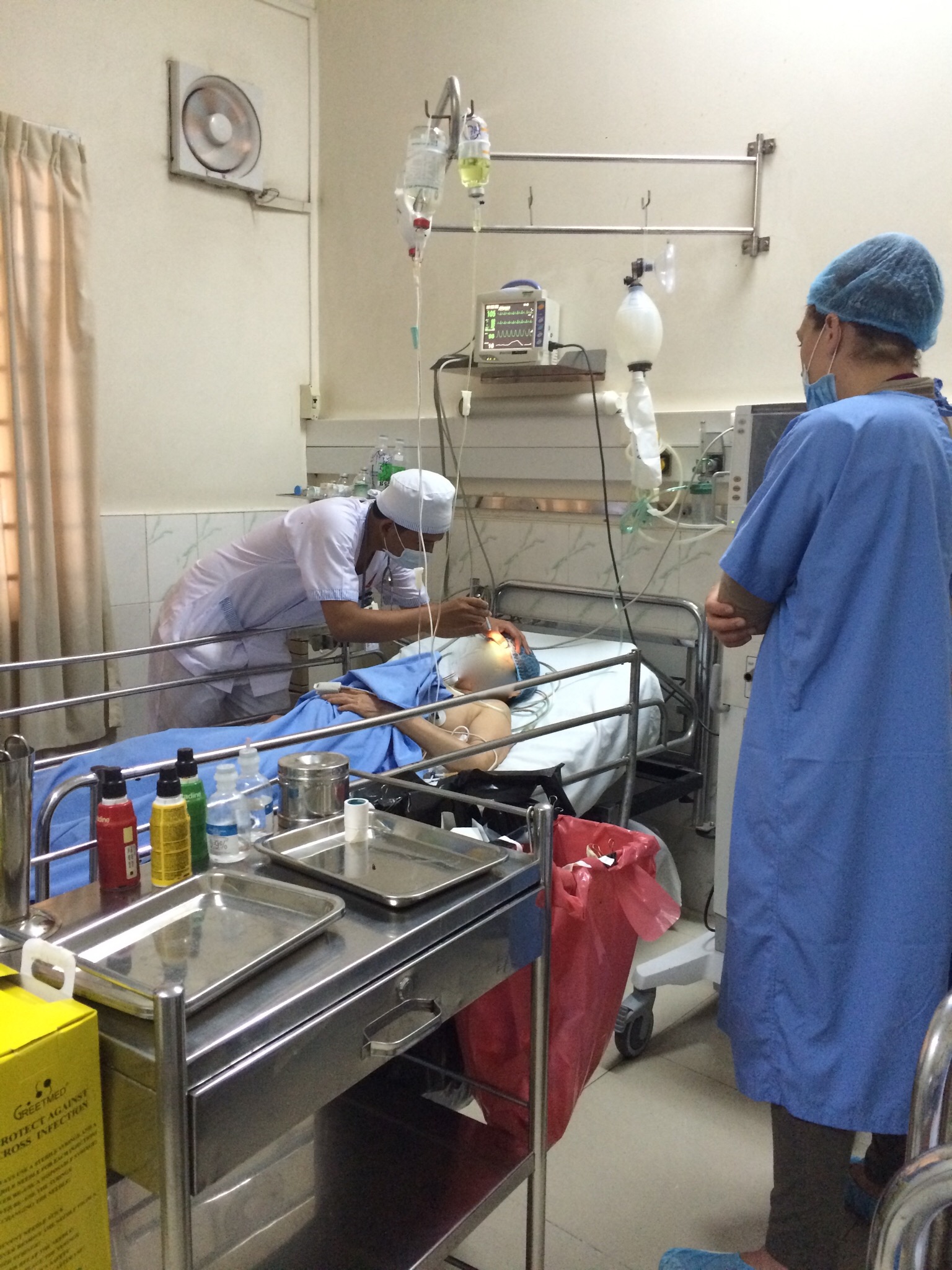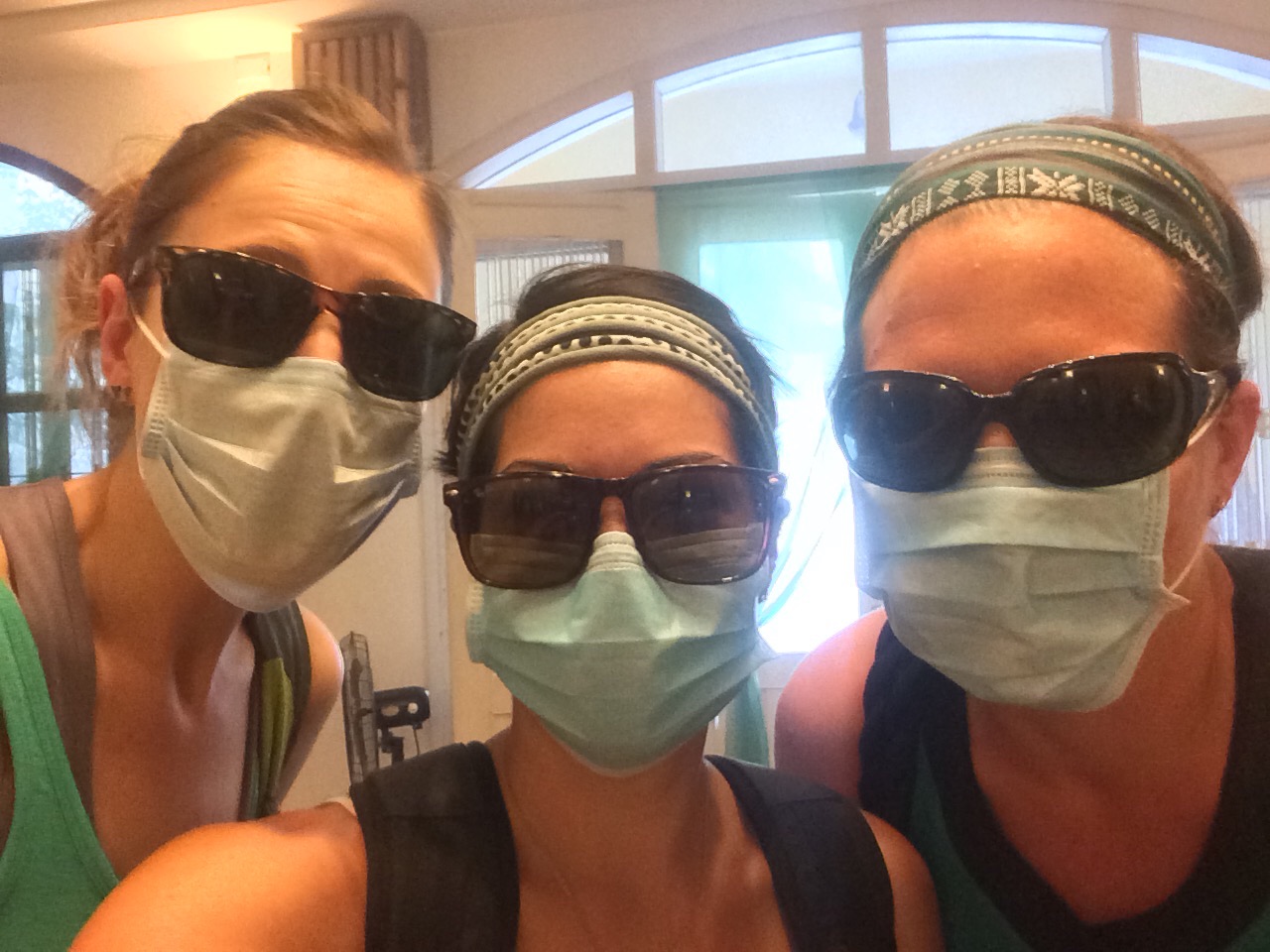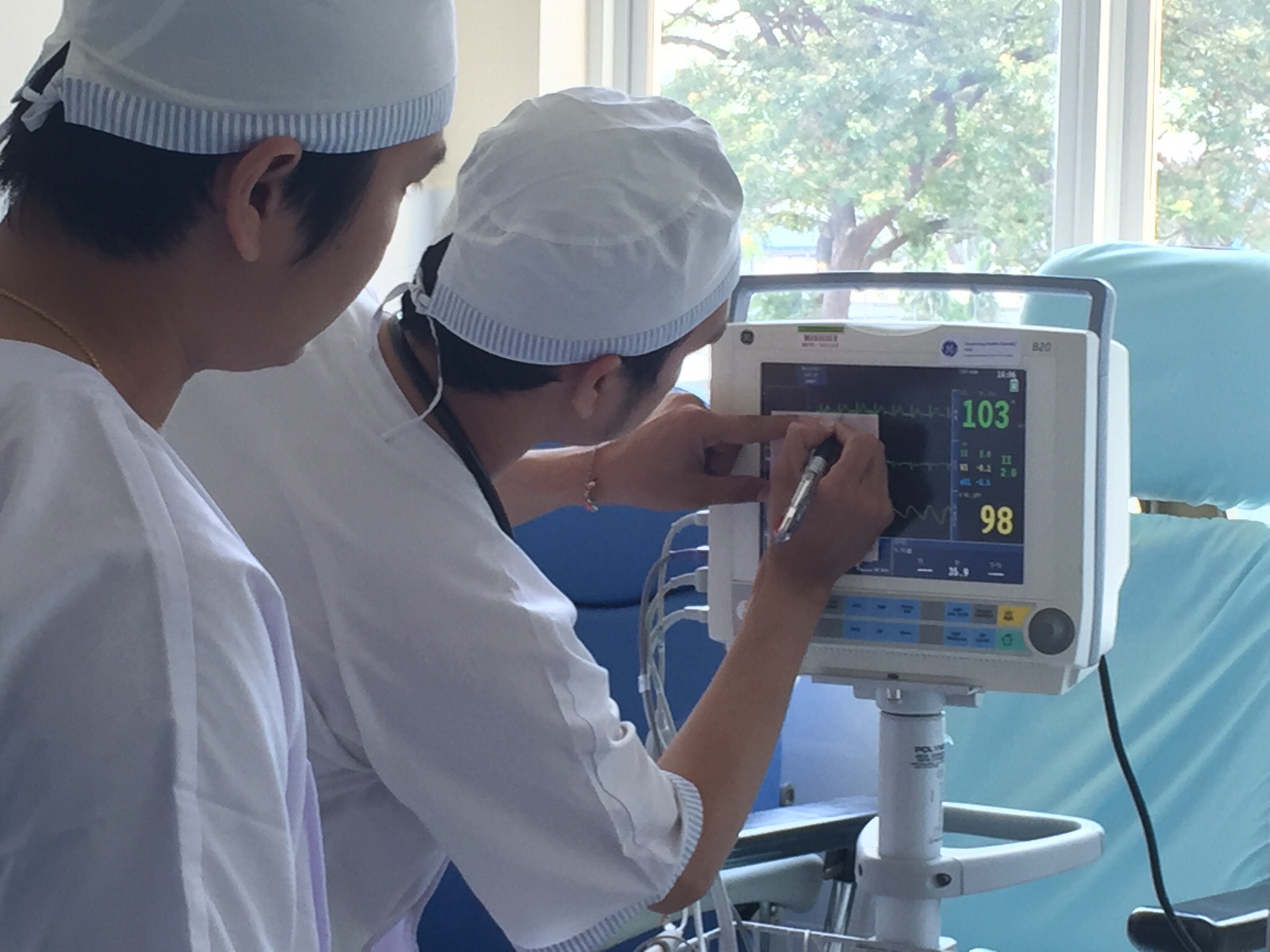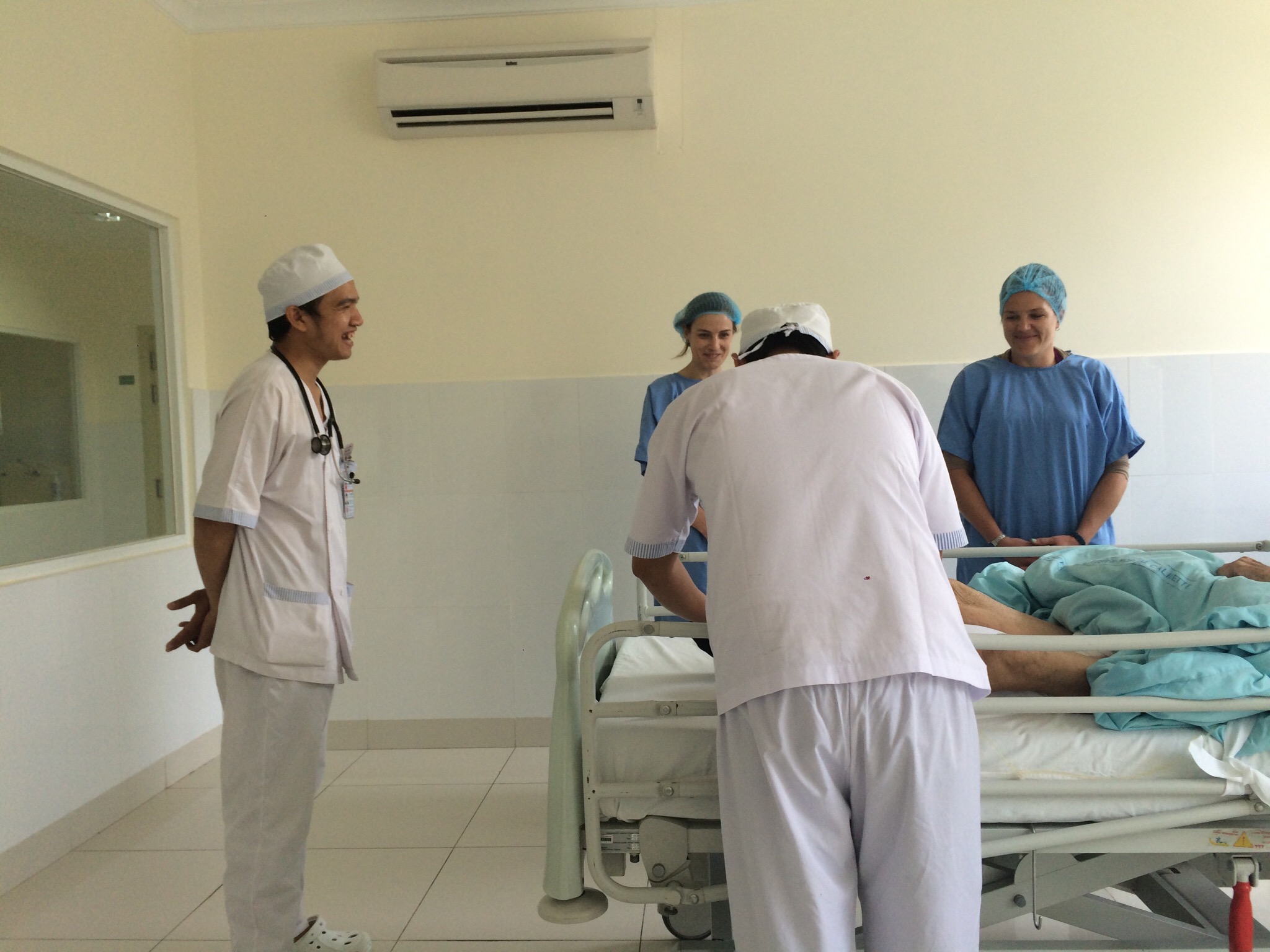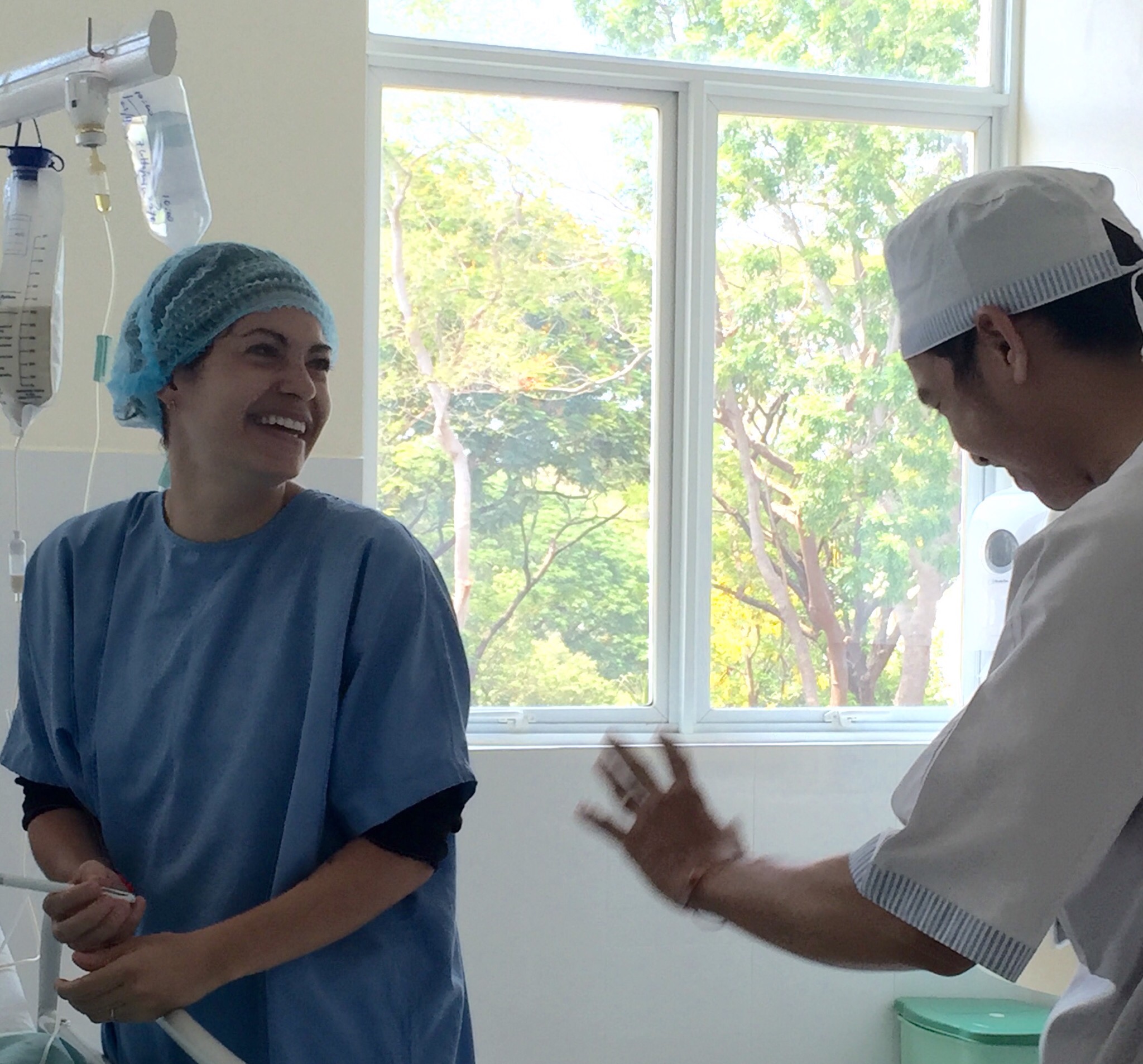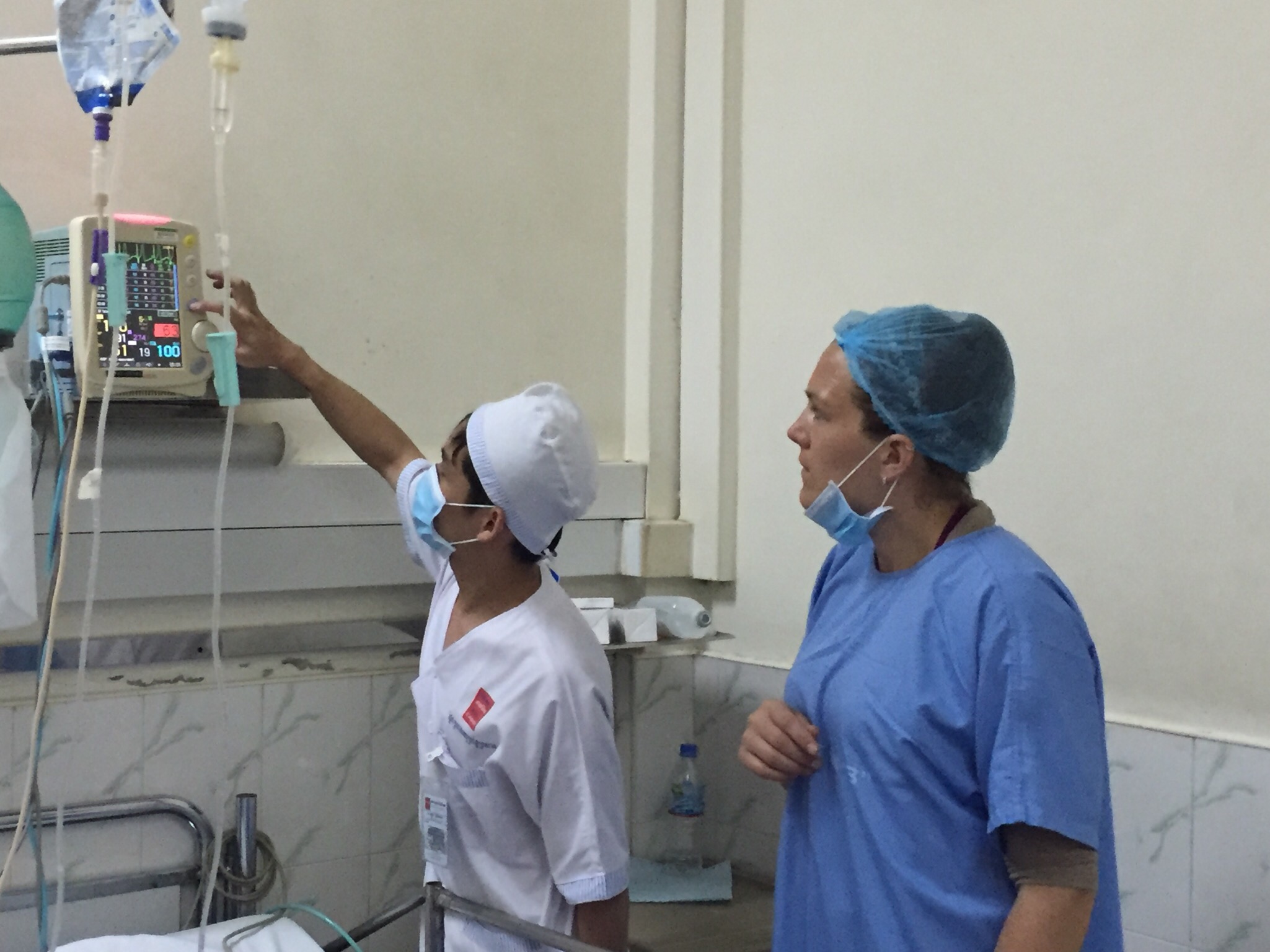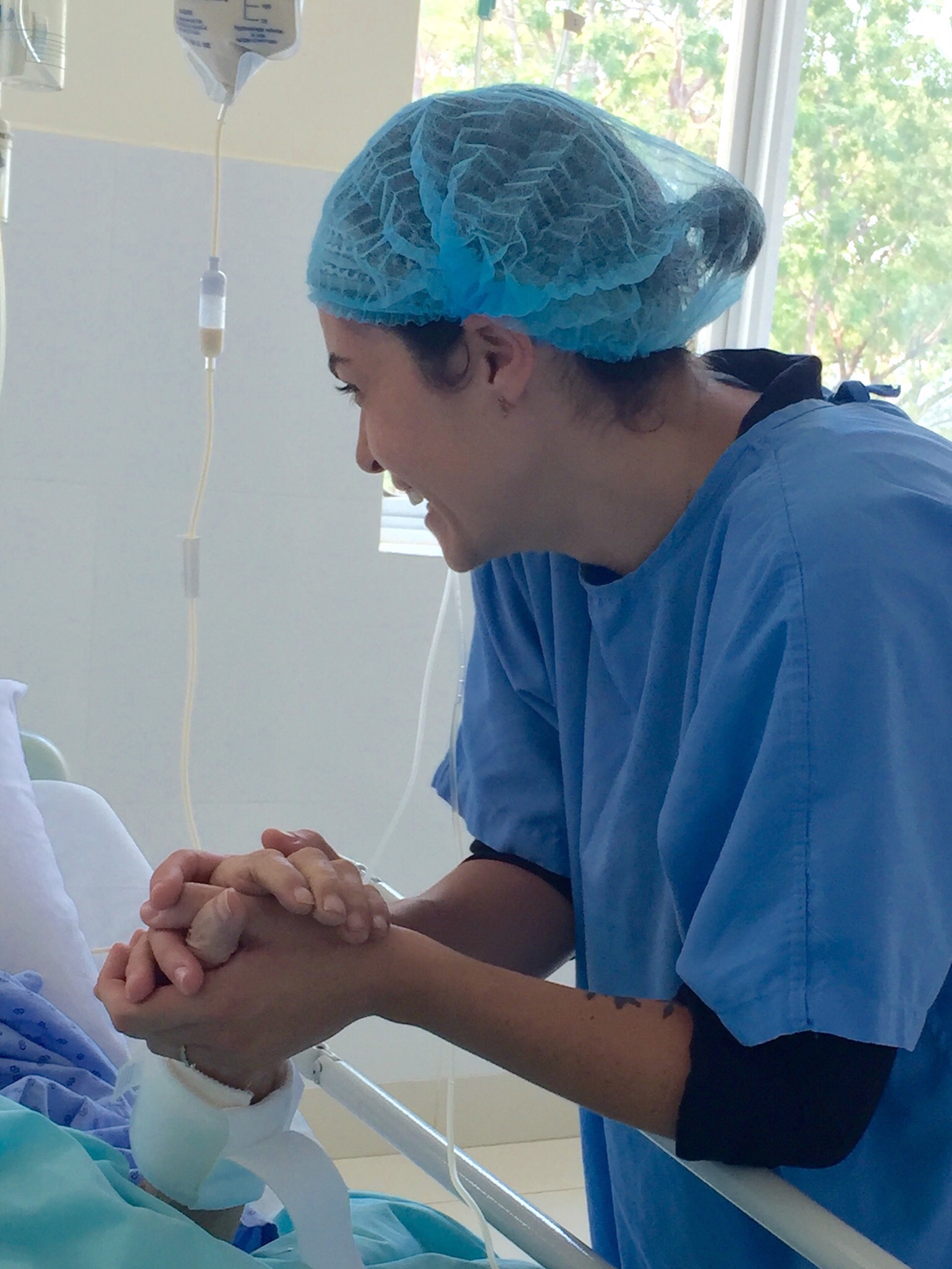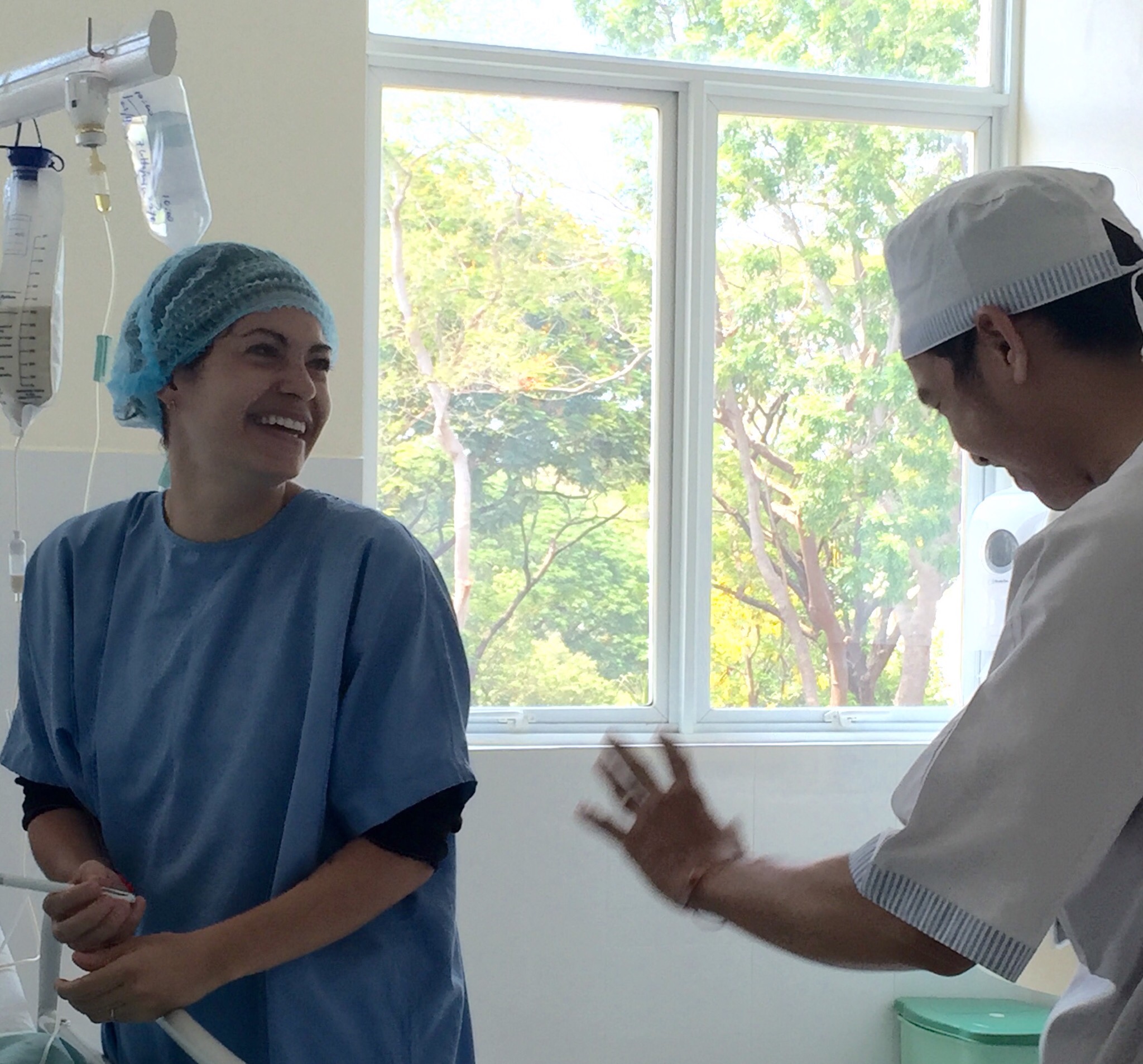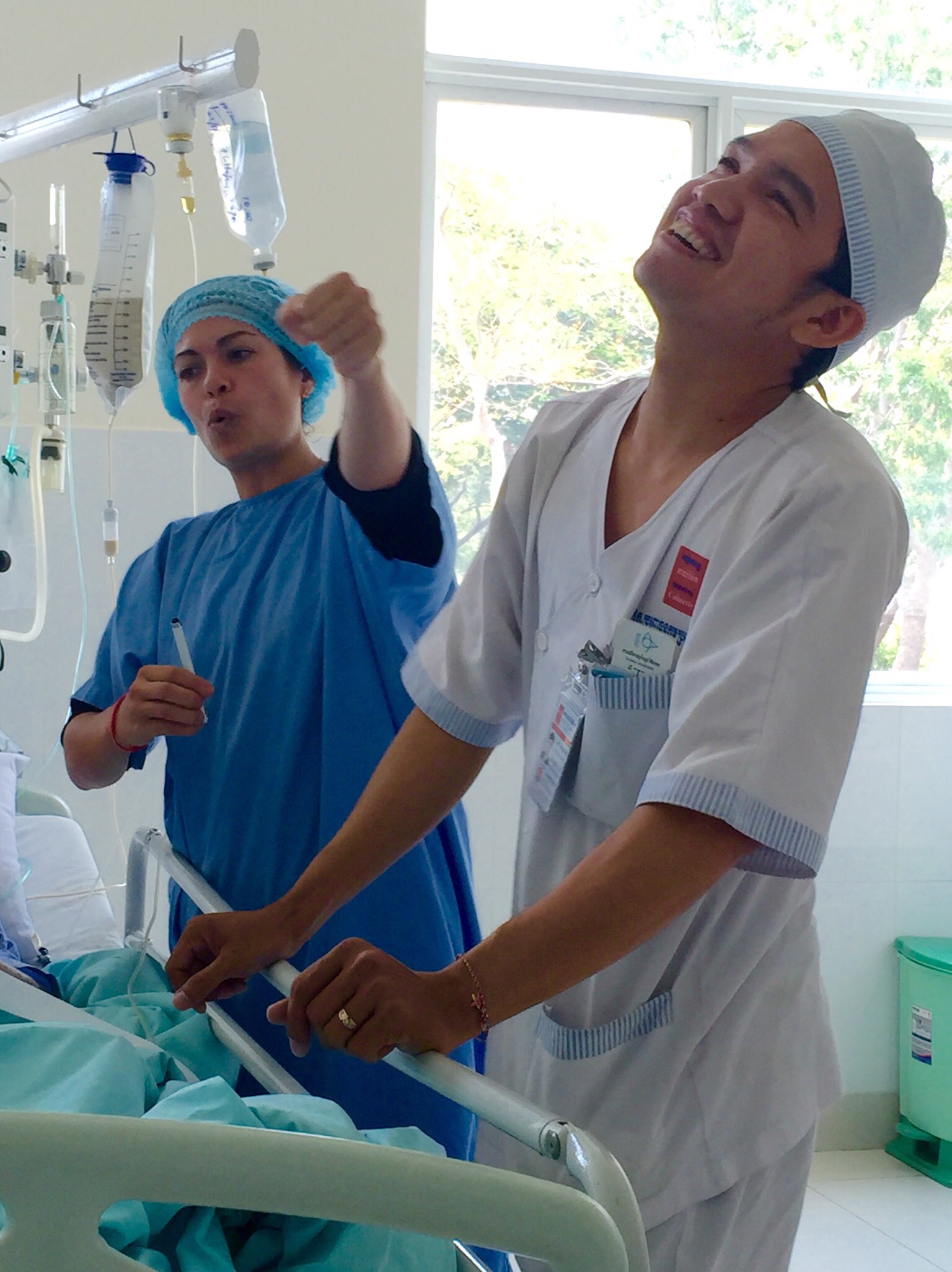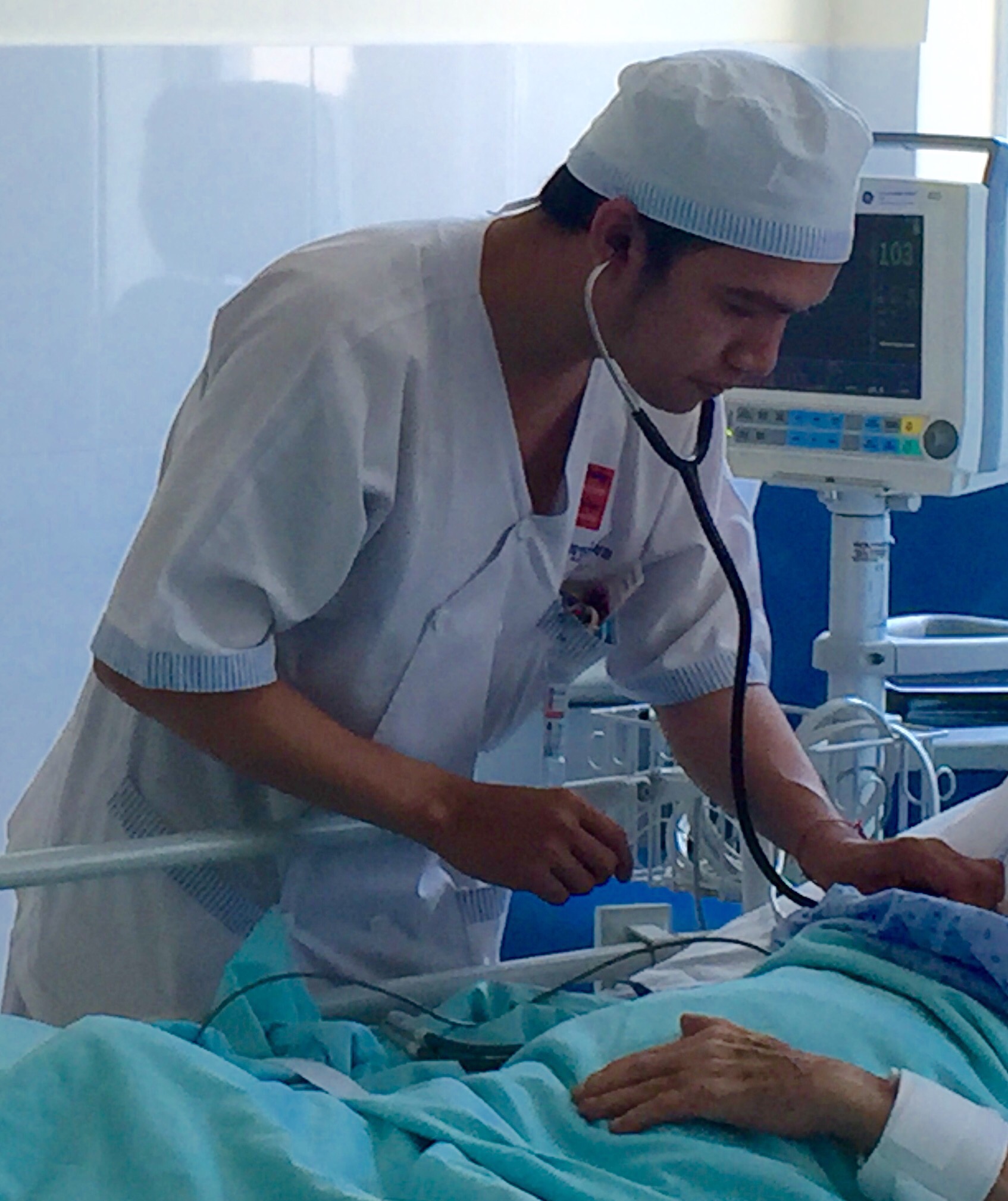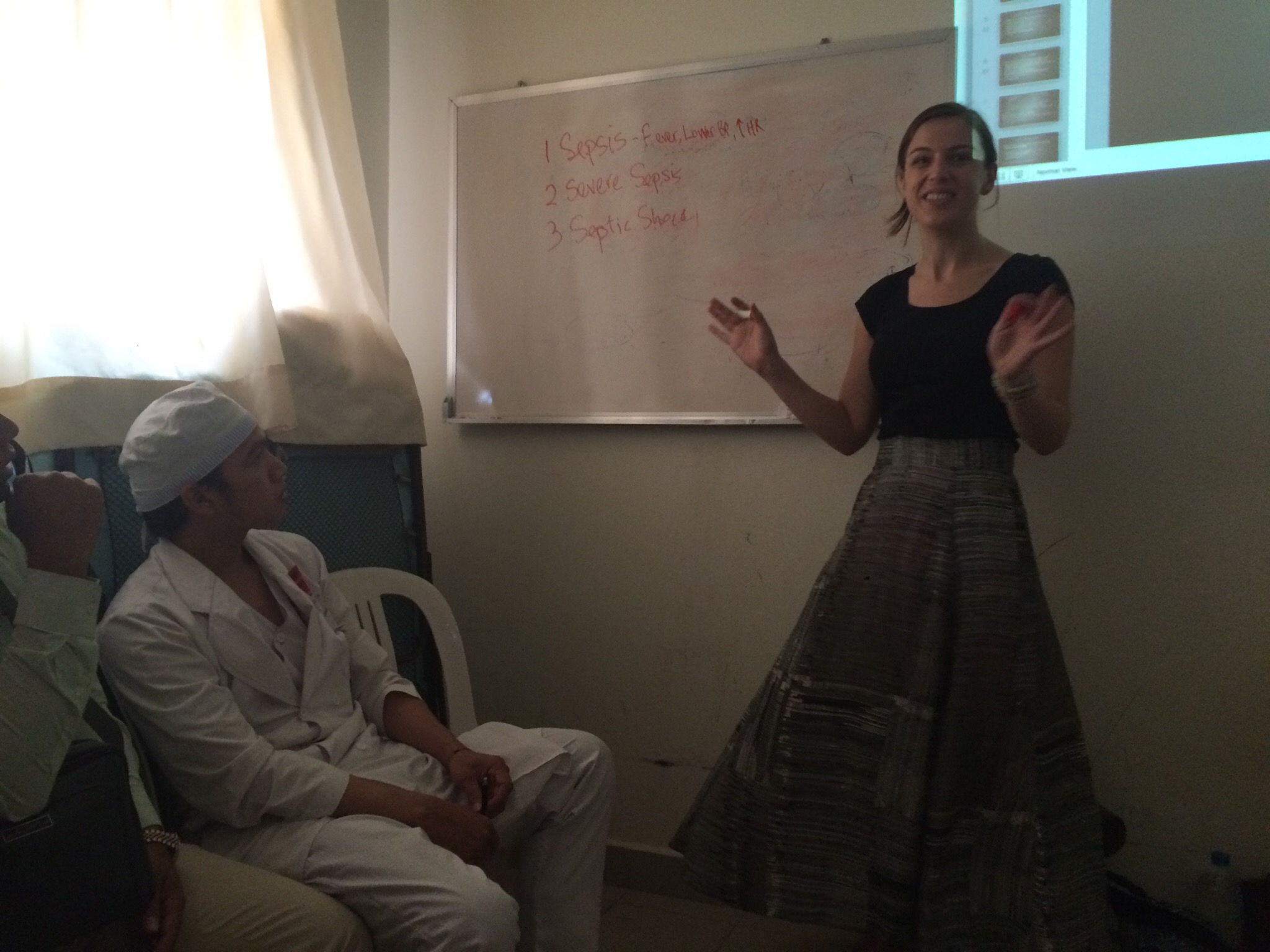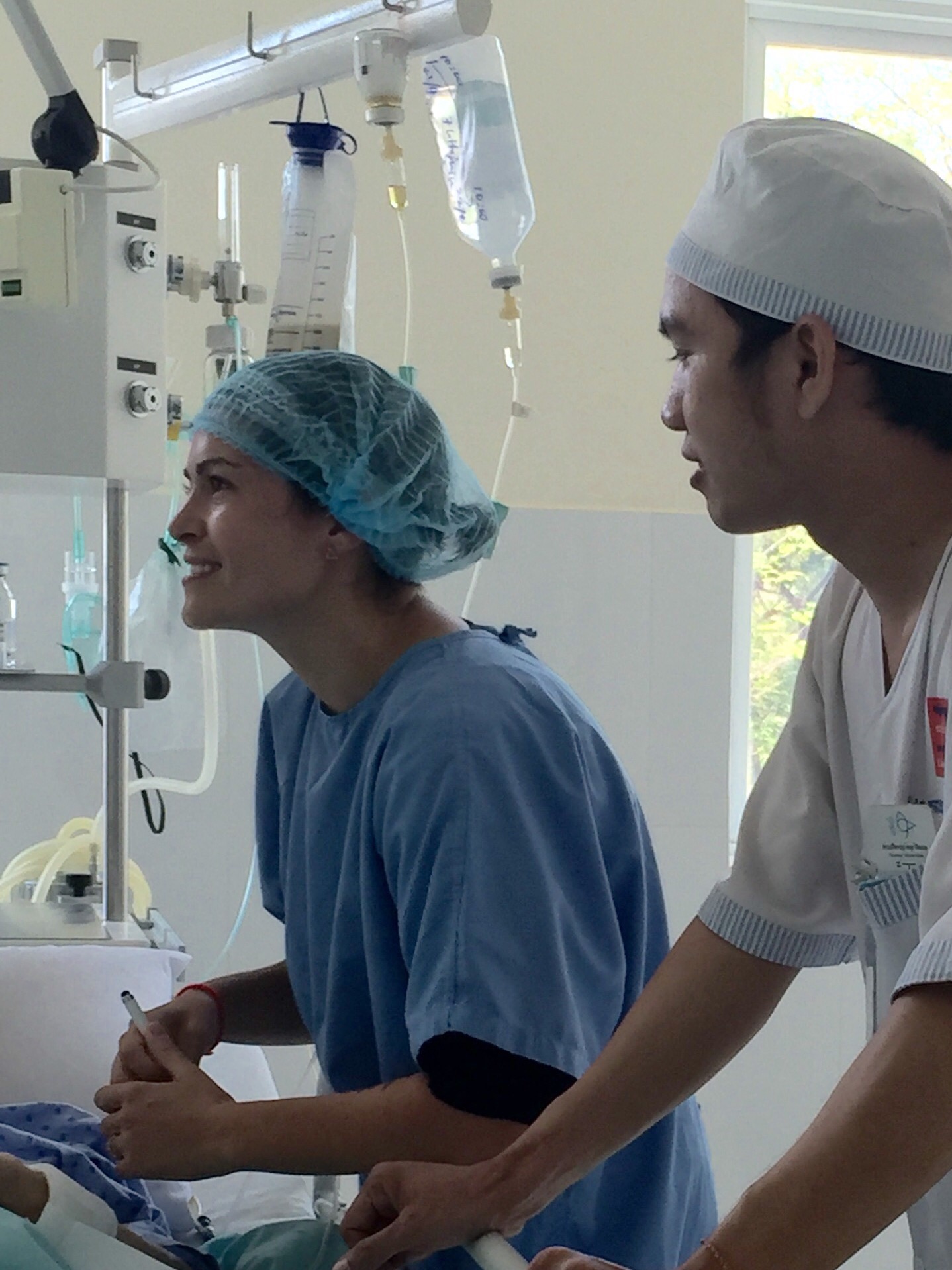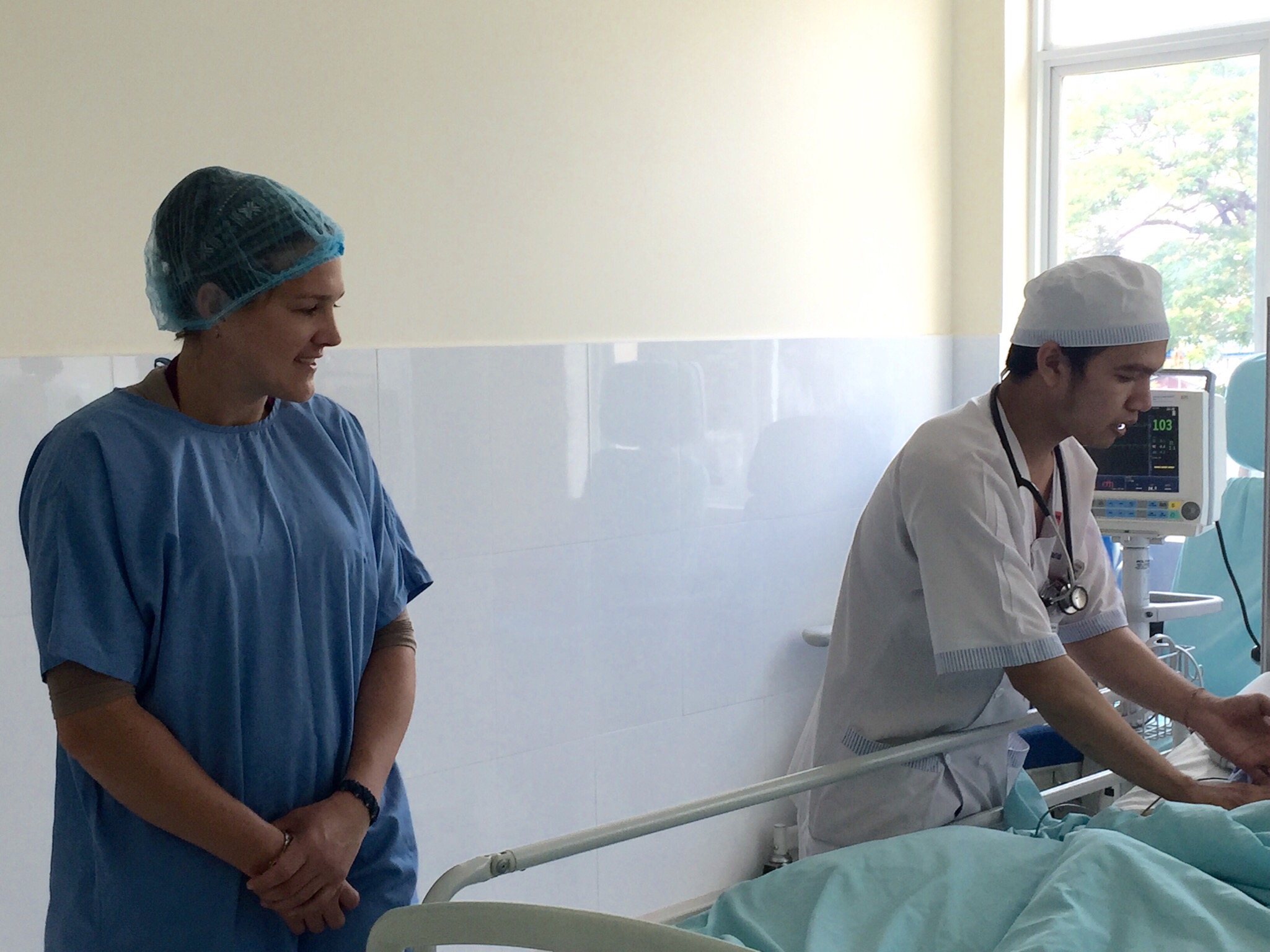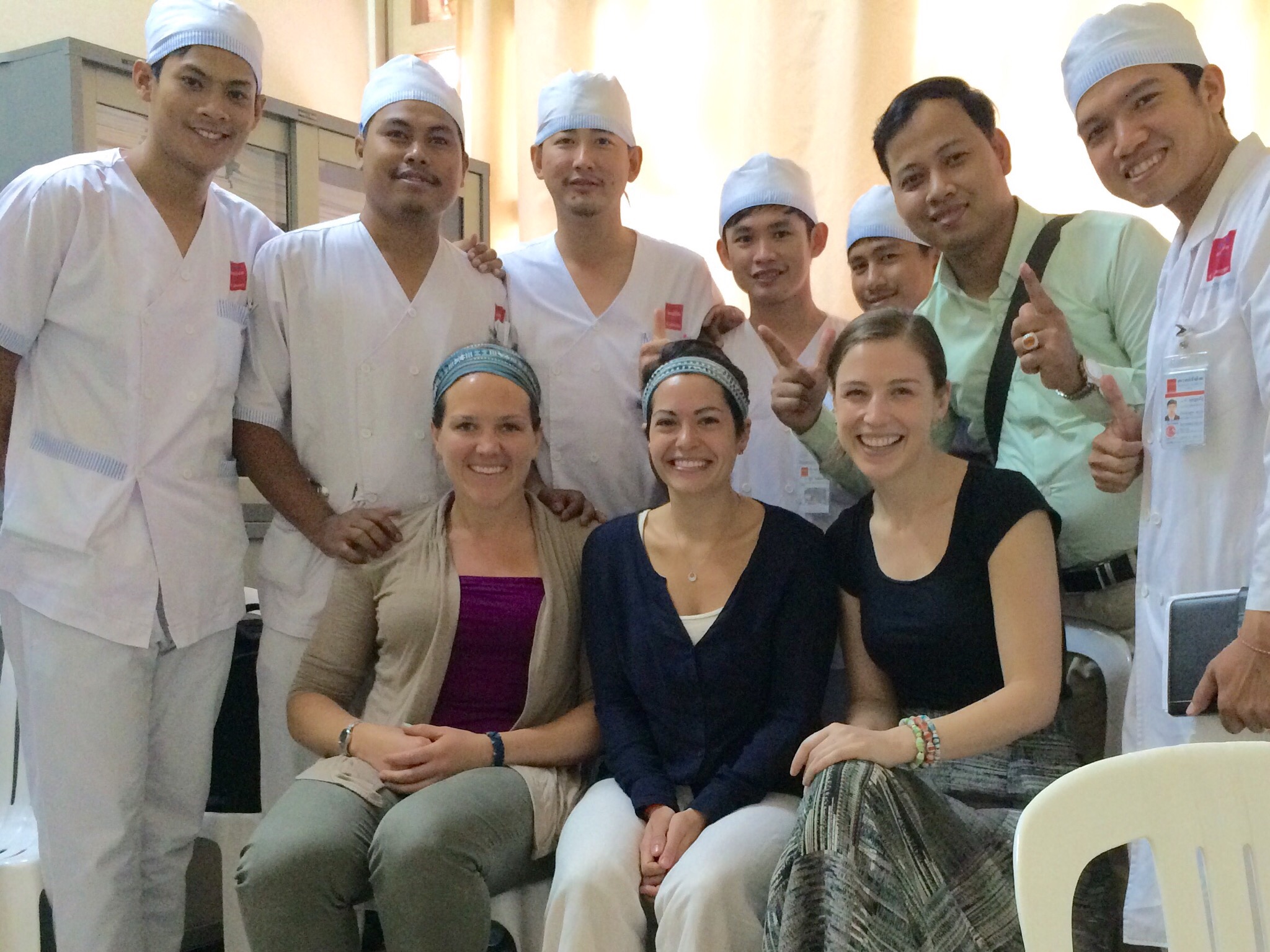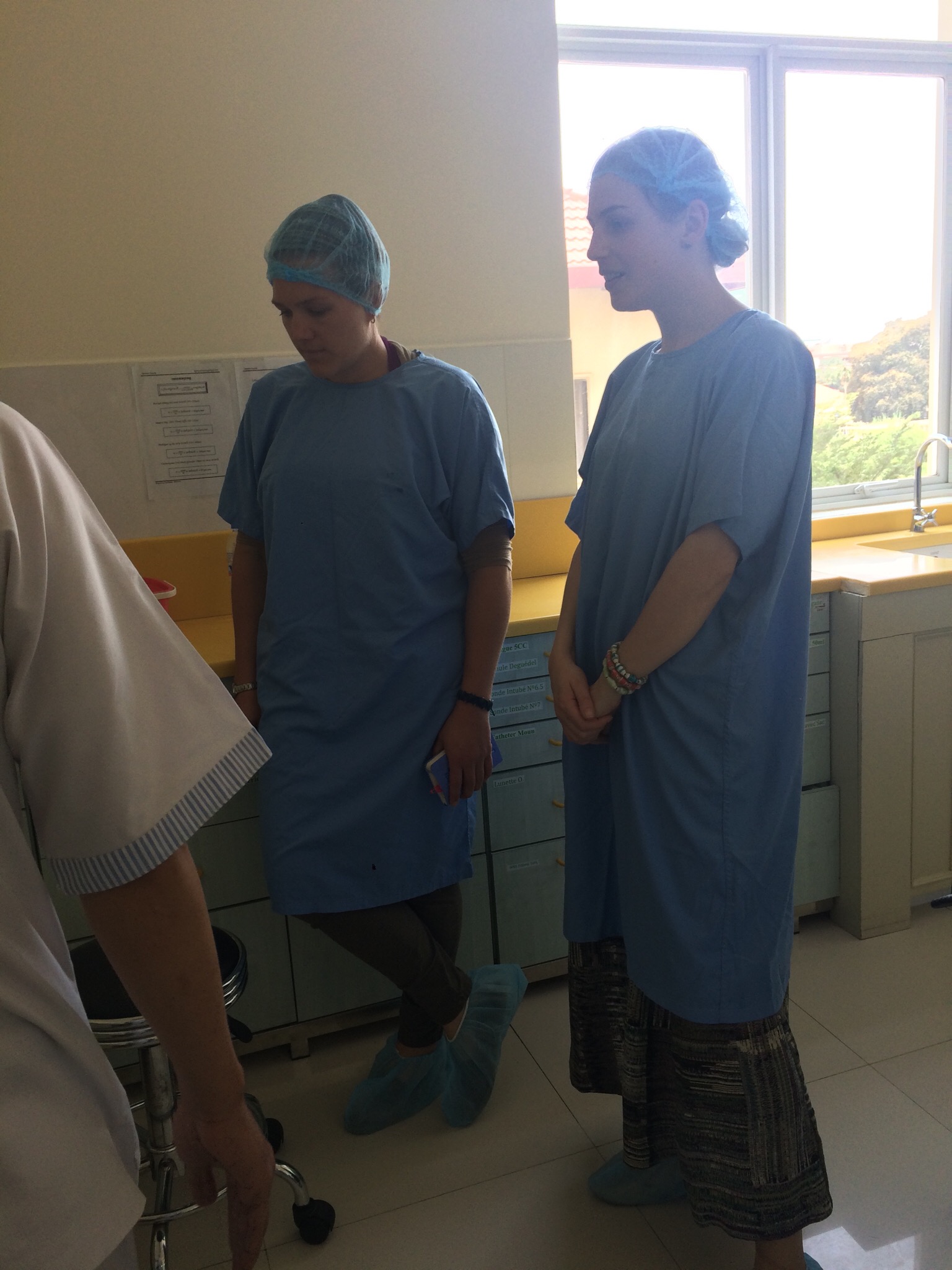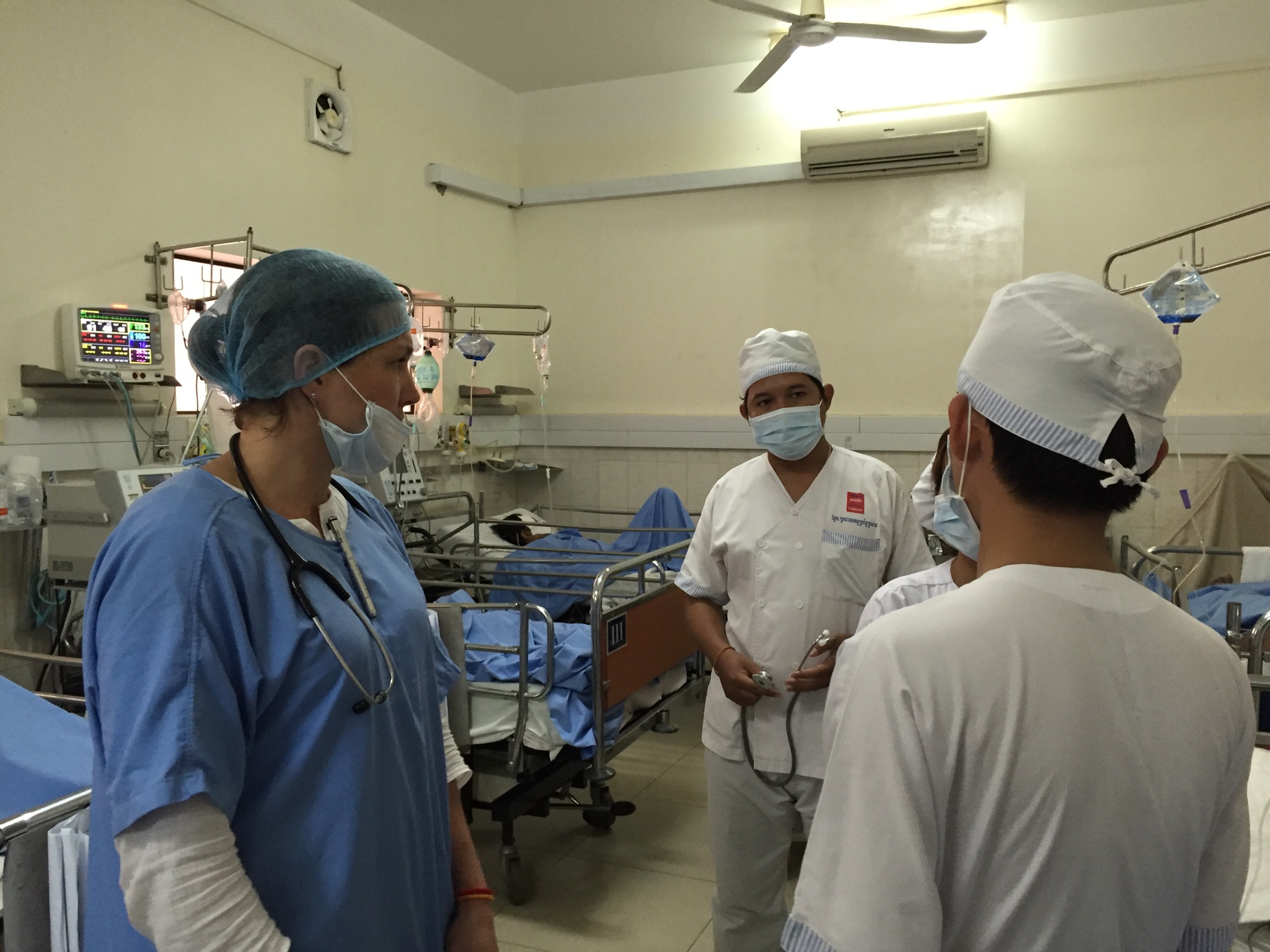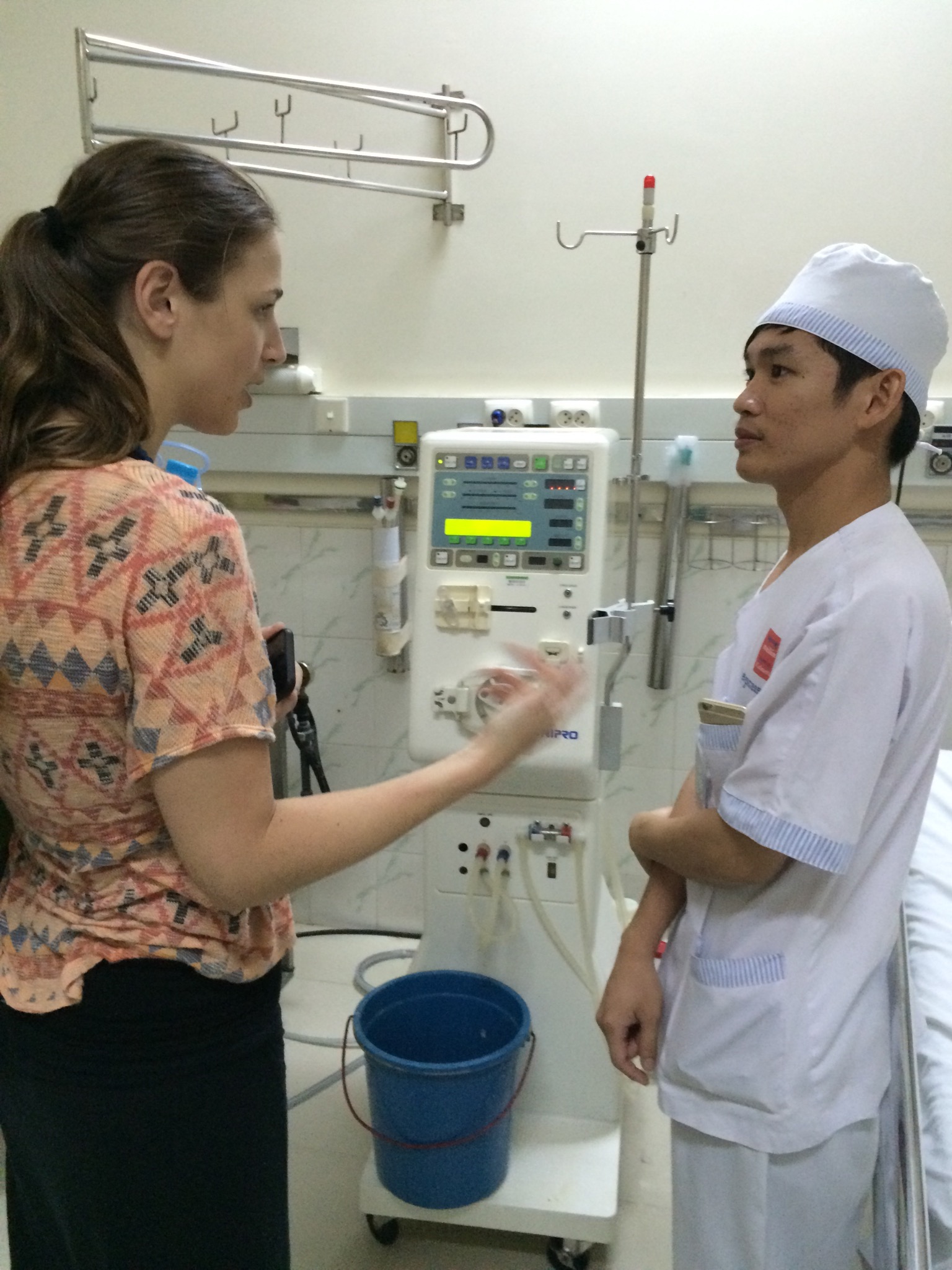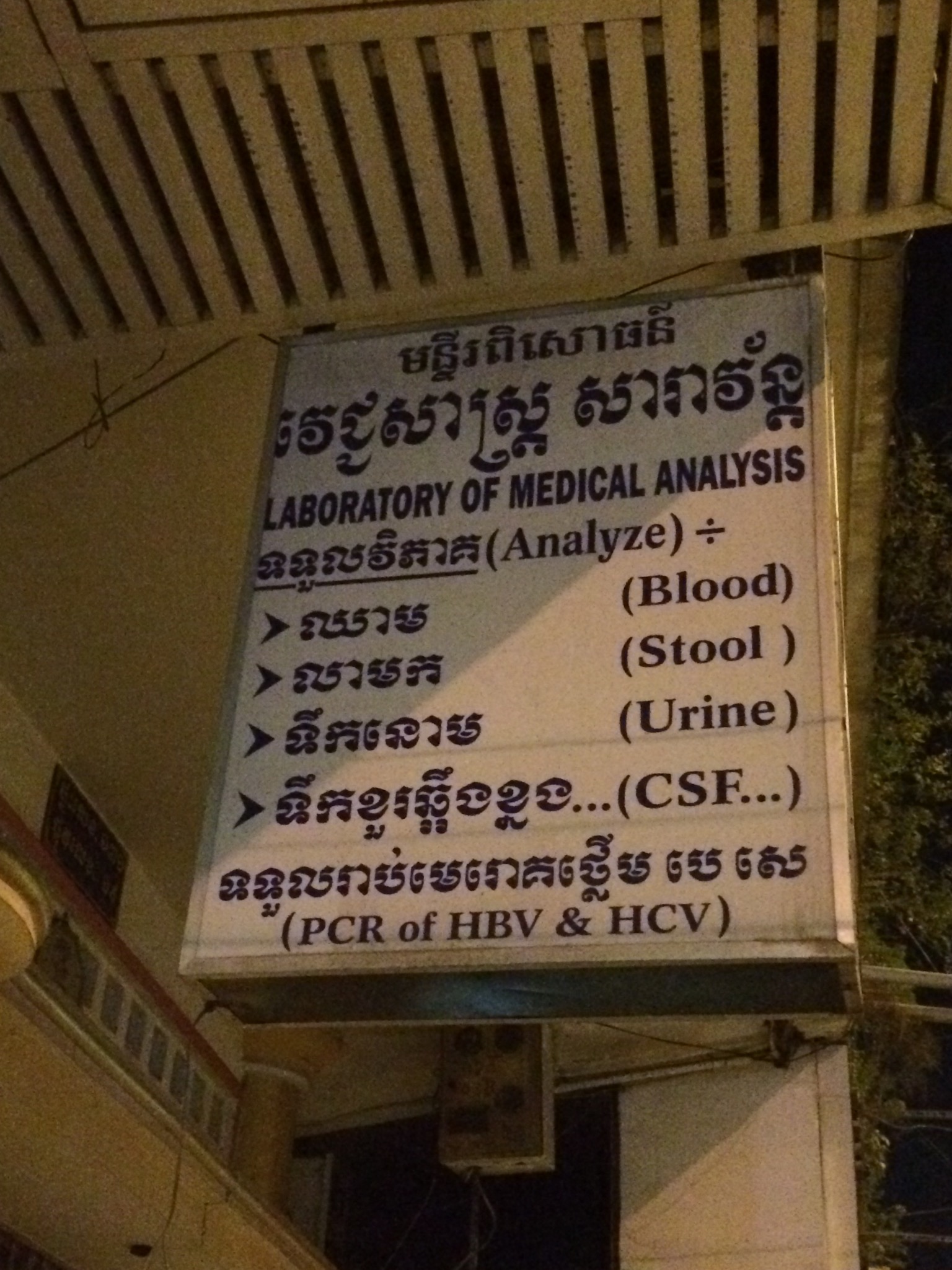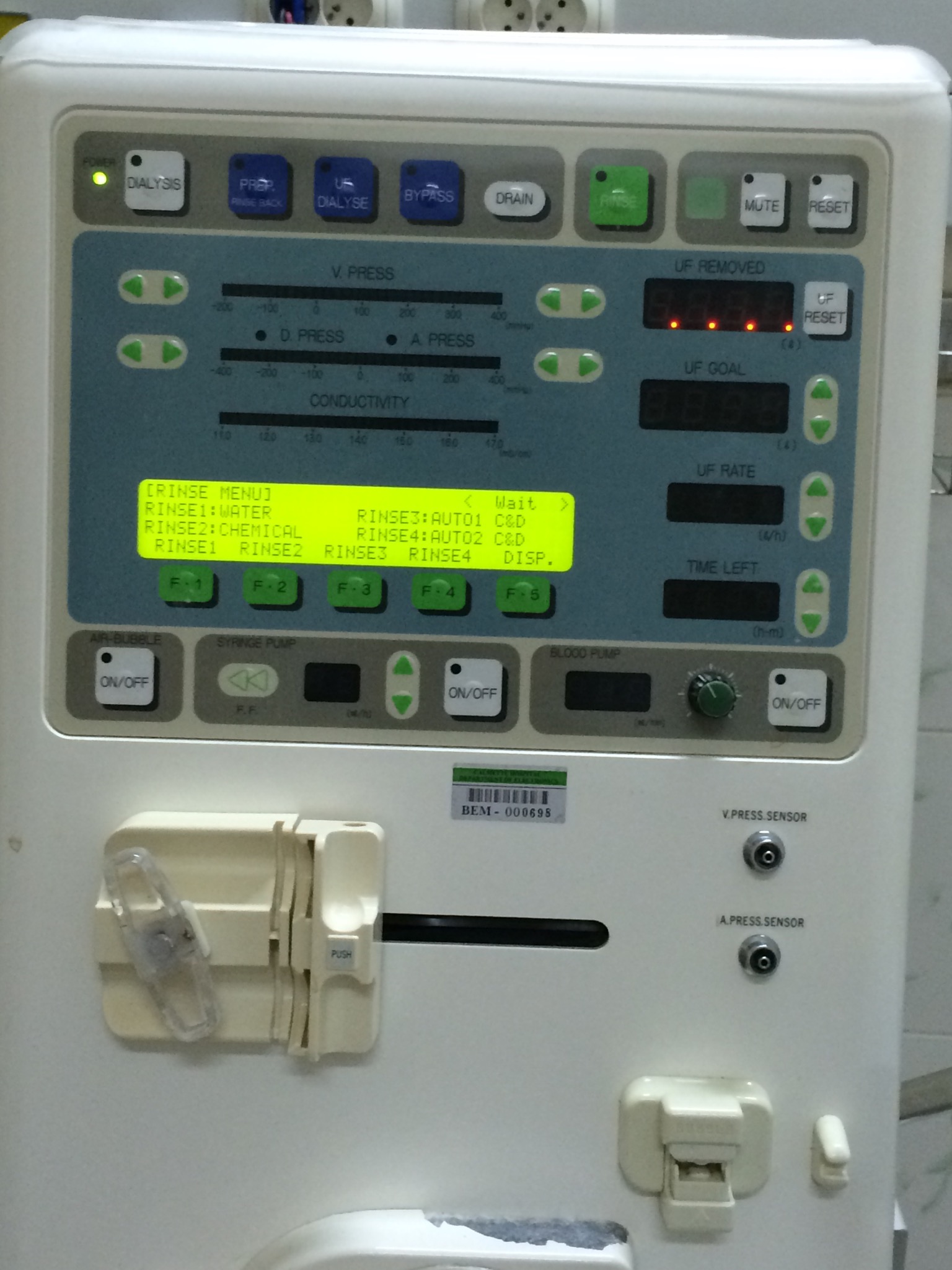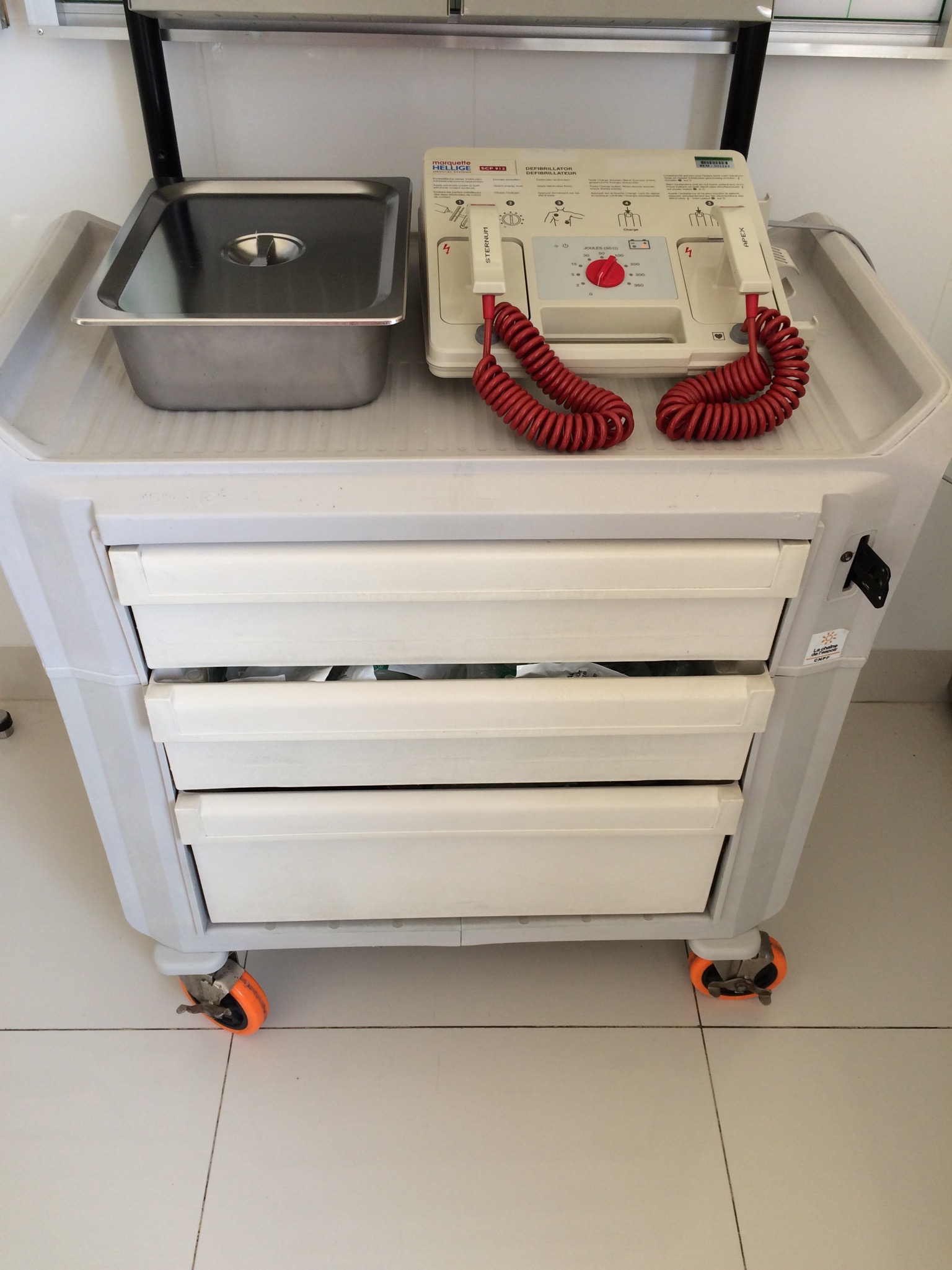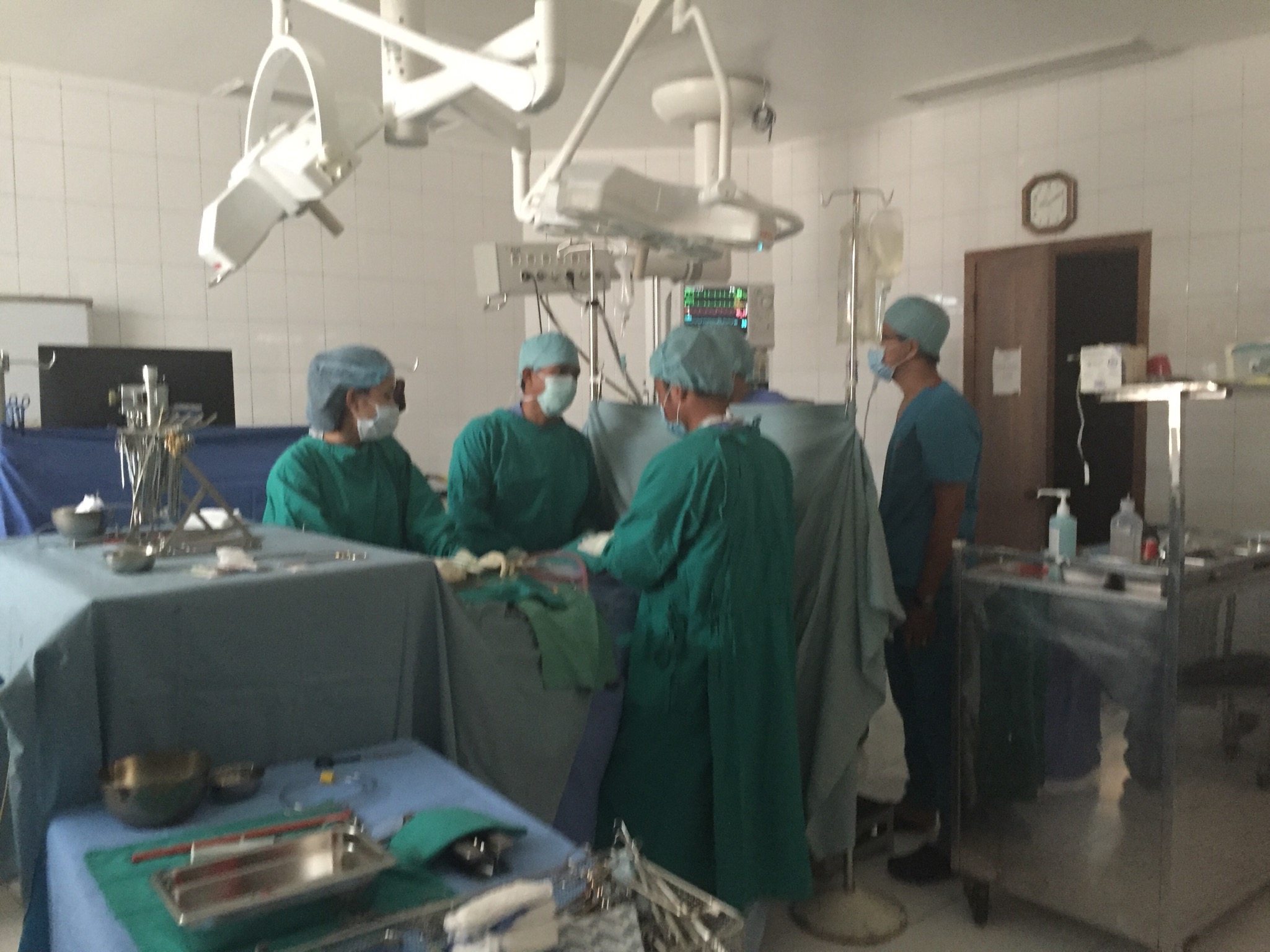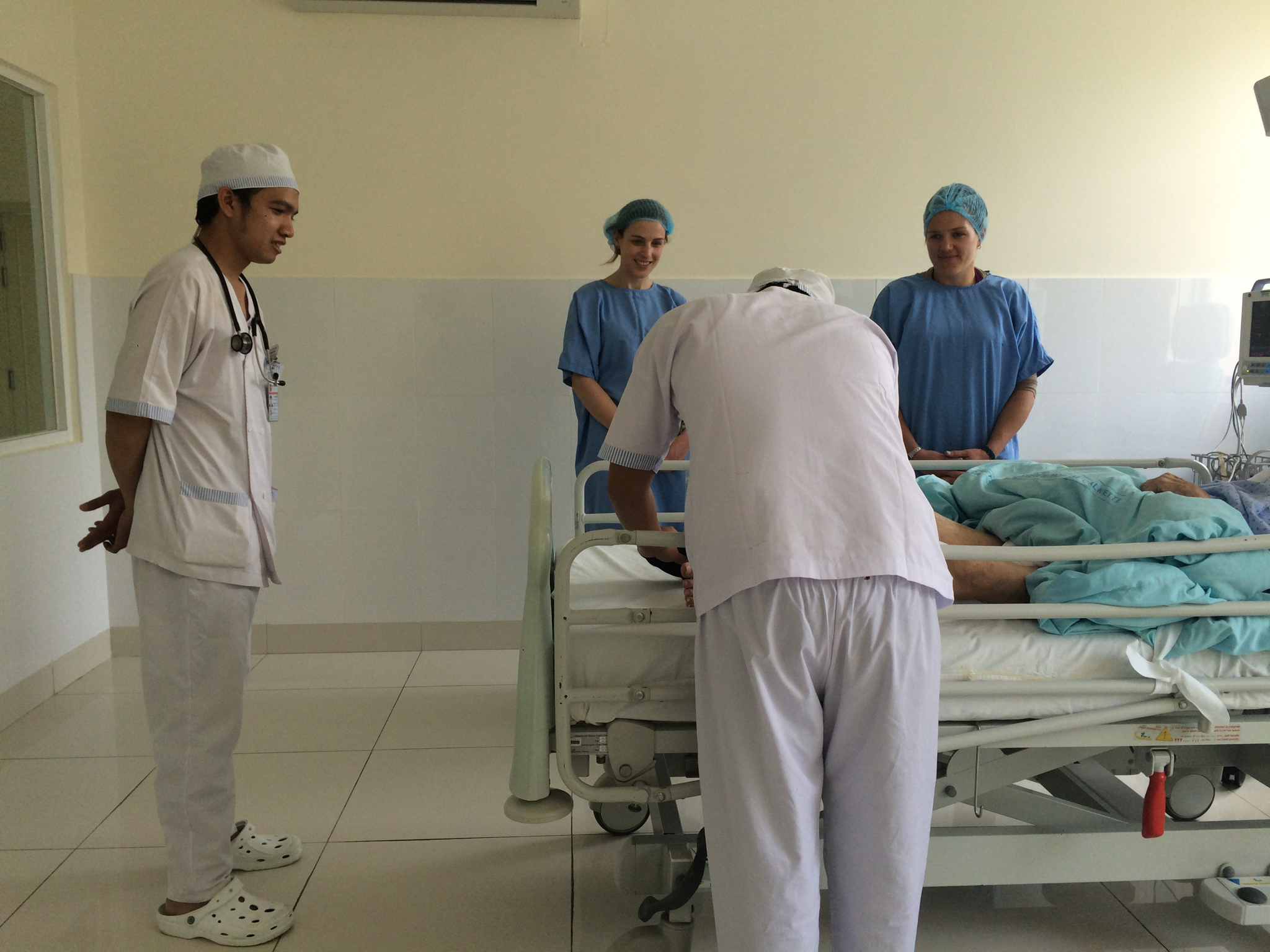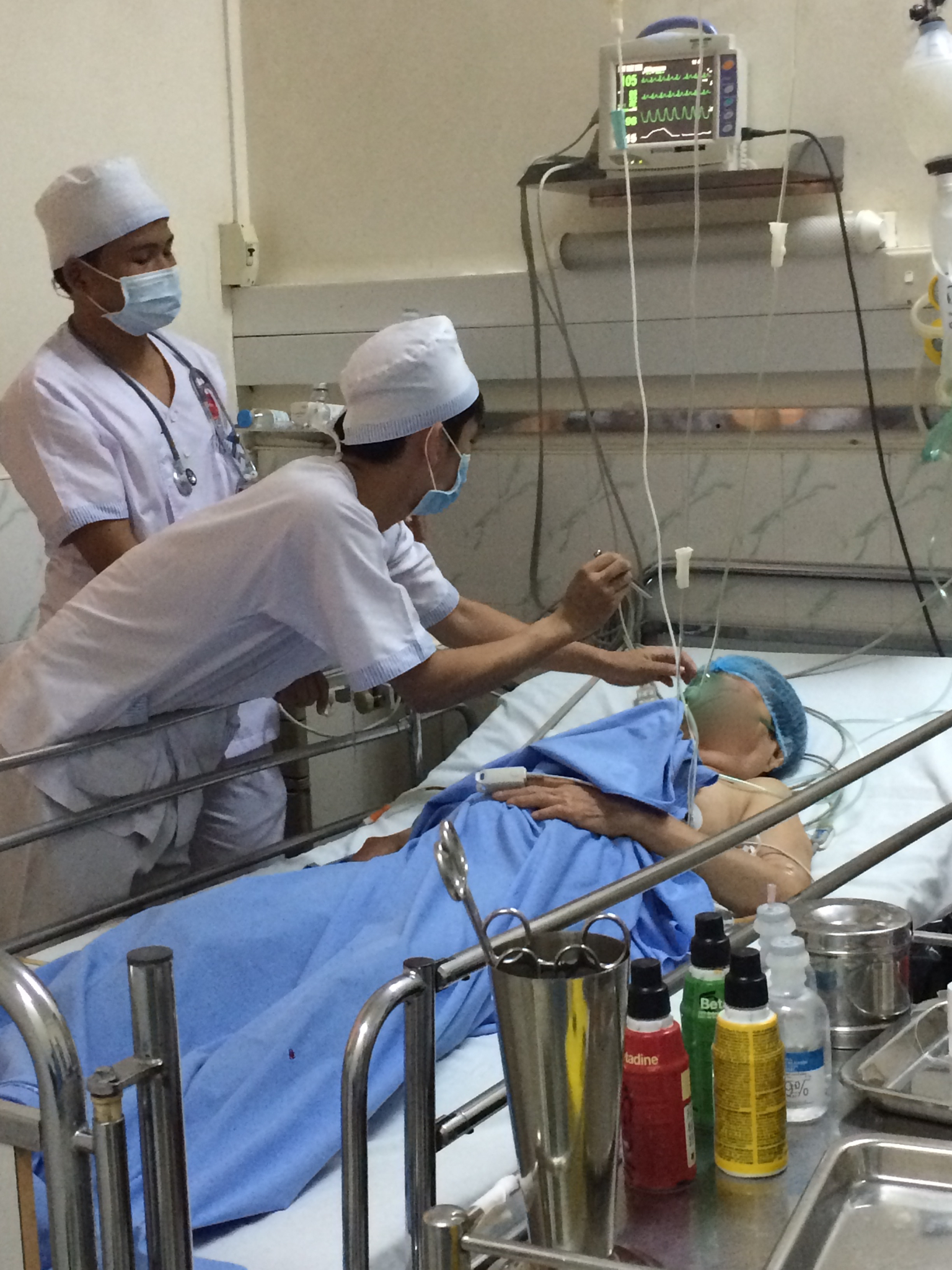#Rachel: Think of the day of the earthquake, April 25th.
#Pinky: The 25th of April was my second day of duty at Dhulikhel Hospital. I was posted to the ICU for the morning shift from 7 am to 2 pm. Faced with a brand new job immediately out of nursing school, new staff, new surroundings, I was feeling perhaps a bit overwhelmed, excited, curious, and nervous.
Dhulikhel hospital currently has a five bed ICU, and most of the time all the beds are occupied. Nearing the time of the earthquake, which was at 11:56 am, my colleagues and I had just finished our morning patient care and medical team rounds. Five ICU nurses were there for the shift. I was at the far end of the ICU, observing the chart of one of my patients. Suddenly the floor started shaking, followed by a horrible, deafening, thunderous sound from the shaking earth and building.
My voice was stuck into my throat. I was so scared. Patients in their bed, except the 2nd bed, were unconscious. He was murmuring that the earth shaking would destroy everything and I could tell he was very scared as well. I looked around and could see only one nurse standing over the bedside. I stumbled to the nursing station and saw the other nurses were hiding underneath the nurses station. I could hear the sound of all the equipment in the ICU, the metal stands clanging as they shook. The only thing I could do was stand still and wait to die.
I heard my heartbeat pounding fast and echo in my ears. Sincerely, nothing was running into my mind. The only thought in my head was that the building would collapse and we would all die. Thoughts of my family finally came to me, I felt helpless not being at my home to help my parents, my grandmother, and my brother. Then finally, the most depressive thought, “If we run, what about the patients?” Finally, after what seemed like an eternity, the shaking subsided. I tried to reach my family but all the networks were unavailable. After awhile, we got permission from hospital management to evacuate the ICU. Fortunately, none were on a ventilator but some of them were still in critical condition being an ICU patient. There is an open area just near the ICU. We didn’t waste a minute shifting the five patients in their beds and corresponding needed equipment such as oxygen cylinders, SpO2 monitors, portable suction, and vital sign monitors. The situation started to seem chaotic although every patient and staff member was evacuated successfully.
We did have some difficulty getting some of the beds through the corridors because of the aftershocks, which made us more panicked. The only thing going through everyone’s mind was getting out of the building safely. Phew! Once we were all outside, I felt a collective sigh of relief; I released all the tension from my body with a big deep breath as I realized I had been holding my breath and my muscles were tense. We then started frequently monitoring our patient’s vital signs and attending to their needs. We finally were able to check in with other wards and departments of the hospital but since we were in a separate area we didn’t need to triage incoming patients but just focus on close monitoring of our ICU patients.
#Rachel: What happened after the earthquake? How did you feel? What was your role that day as an ICU nurse?
#Pinky: Each ward of the hospital was evacuated, and all the patients were brought outside of the hospital. We stayed busy monitoring our ICU patients. After a few minutes; the head sister from the ER shouted for help. She said that the ER was overflowing with earthquake victims and they were having difficulty keeping up with flow of patients streaming in.
I had not imagined an earthquake could be that disastrous. When we went to the ER to help and I could not believe the scene before my eyes. The ER, which now temporarily resided at the front entrance to the hospital was filled with victims all over the ground. There was a huge crowd of victims, hospital staff, student volunteers, army personnel, and many more. It was like watching a disastrous type movie, an apocalypse in real life.
I was frozen in place. I could see splashes of blood on the ground. I could hear loud cries of victims and the sirens of ambulances. All the health professionals were actively involved in triage and providing first aid to victims. Suddenly I woke up to the reality. To manage the overwhelming need of first aid, severely injured victims were grouped to a red-zone with a red tag. These very critically injured victims were unconscious due to head injury, spinal injury, multiple rib fractures with dyspnea, bleeding emergency, etc. They were eventually shifted to the operating room and some were referred to other centers. Orange zone patients required bandaging to wounds, open fractures, and splints to various limbs that were crushed by houses, rocks, and other debris. Green zone patients were fairly stable; those who had already had a cast applied and needed only follow up or had gotten first aid treatment and needed minimal monitoring. I floated between the orange and green zones as needs arose.
Throughout the day I continued to hear victims crying and expressing pain, some had their family with them, but others had lost their family in the earthquake and were lone survivors. I remember one young girl carrying a baby sister and she was crying and saying, “‘we were watching TV and suddenly the earth starting shaking, my other two sisters were sleeping upstairs, I called out to them but I could only run with my younger sister after the ceiling started to fall down. My sisters were still in there but I could not do anything.” She had injured her hand and her younger sister, who she was holding, was bleeding from her leg.
My eyes were full of tears and I began to feel choked, like I could not breathe because I was thinking of my family and my home. It was about 5 pm when I did hear one sister talking on the phone, I asked if I could call my family and thankfully she let me call home. I was so relieved to hear that my family was safe!
All night long we were busy managing the earthquake victims. The grounds in front of the ER and outpatient department (OPD) were completely occupied by victims and families. We managed to catch up with the flow of patients around midnight. We tried to keep an eye on everyone; however, it was a bit chaotic and busy. So many quakes occurred after that, but later I realized that we didn’t get time to fear for each quake or the next one. Finally, it had been about 24 hours since the earthquake happened and I had not rested and was missing my family. I finally got permission to return home. When I saw my family, I breathed a sigh of relief seeing each of them, face to face, and alive.
#Rachel: Can you tell me about the second earthquake?
#Pinky: It was May 12th , which is international nurse’s day. There is usually a grand ceremony on the occasion of international nurse’s day in Dhulikhel Hospital as well as the graduation ceremony of our nursing school. Despite the disastrous quake, our hospital managed to organize a small event to celebrate the day.
As my shift was about to end, I was transporting a monitor from the OR to the ICU. It was 12:50 pm. I was in the corridor when there was a horrible jerk and a wheeled machine started rolling to and fro. Again, I started to hear people shout out so loud “vuichaalo” which means earthquake. Maybe I was desensitized due to lots of aftershocks. I didn’t think of running but instead I was observing the walls, how they were shaking, and also feeling the floor and how it was bouncing us upward. Everyone was screaming. It did stop after a while. I walked into the ICU and saw my fellow nurses standing at the nurses’ station. Those fearful eyes and shivering legs, it seemed very scary now happening all over again.
Everyone at the hospital was trying to get out of the hospital but an American doctor and the nurse Matthew entered the ICU and consoled us and assured us they would stay and help. Although the situation was very chaotic, it somehow eased our threatened hearts.
Again after a few minutes, the floor bounced me. It was like the floor was coming up to hit against us. There was a young girl just 19 years old in the second bed. She seemed very afraid and had rapid breathing. I took her hand and hiding my fear I told her there is nothing to worry upon. Again my mind moved immediately to my family, and I tried to reach them by calling. My home is in Dolakha. The epicenter of the May 12th earthquake was Dolakha and was 7.4 on the richter.
Although Dolakha was not affected in the first quake, in this second quake even new concrete houses were reduced to rubble and most houses were leaning on one side and were completely uninhabitable. I could not think of anything except my dad. Finally I was able to hear his voice on the phone, fortunately he was in a field during the quake. I did breathe a deep sigh of relief after hearing the voice of my dad and family.
Again the disaster protocol was activated, but this time we tried to make it a bit more organized than last time since we had done this before. We used the big entryway in front of the hospital gate to receive victims, provide first aid, and then after stabilization, shift to green zone. We were fully prepared. Everyone was assigned a specific task, we were very prepared this time. By the grace of god, the victims were very few this time.
The big earthquakes of 2015, April 25 and May 12, and many shocks. An uncountable number shook everyone and left our country devastated. It was an unforgettable quake for all people, either national or international, child or old, rich or poor, for anyone being in Nepal at that time.
